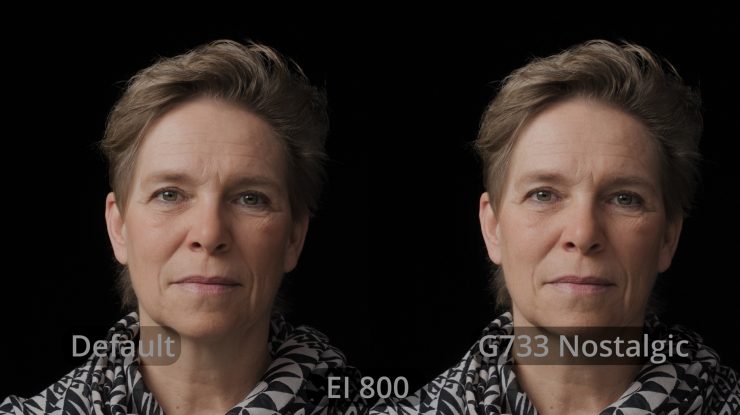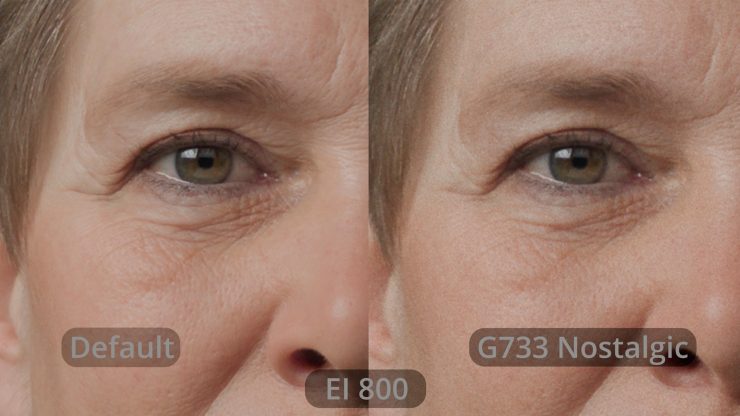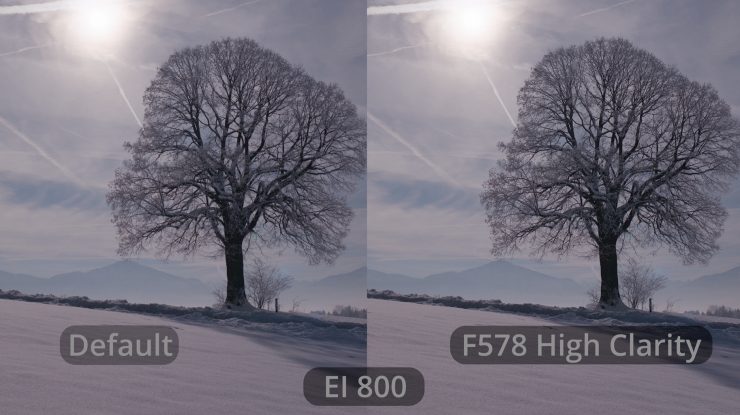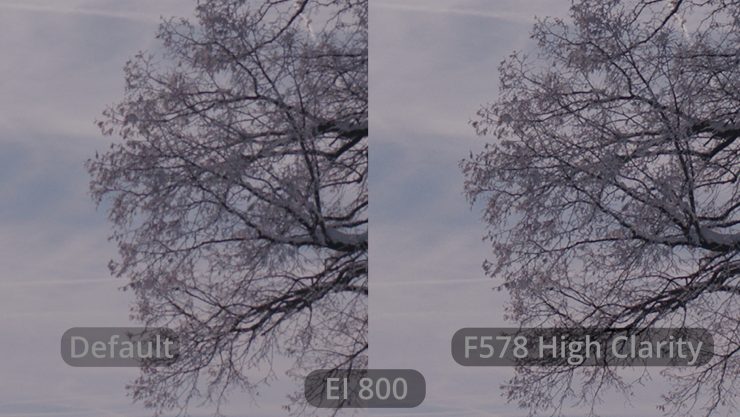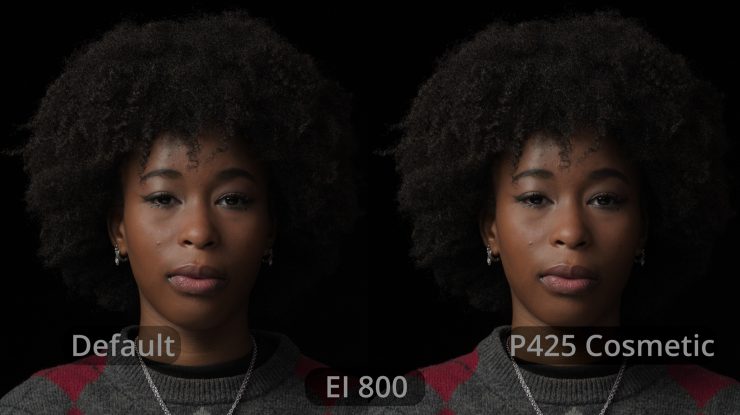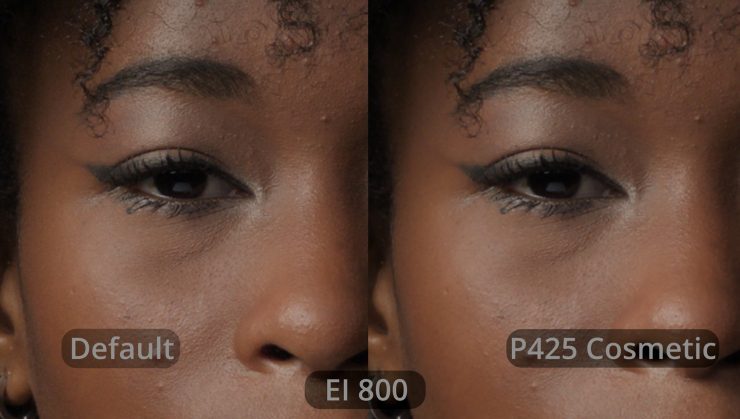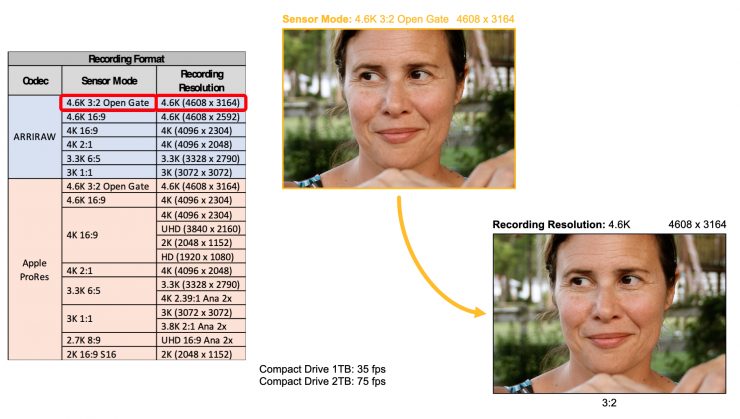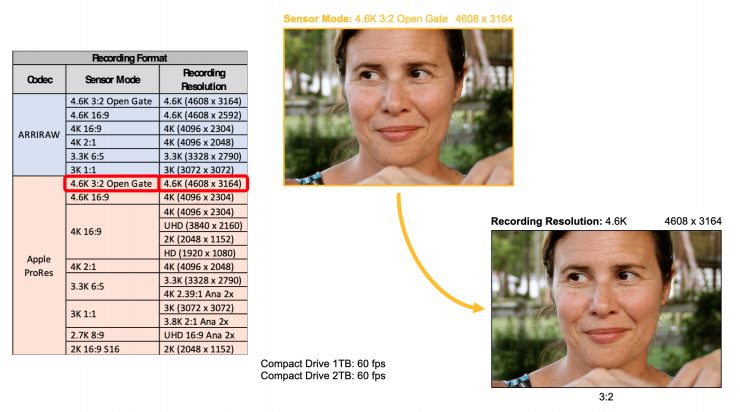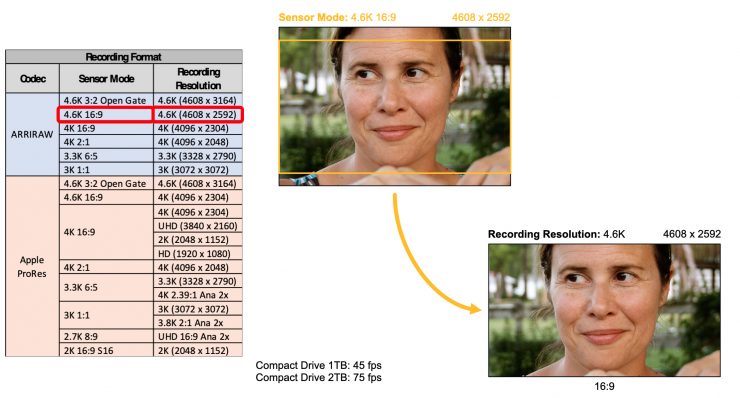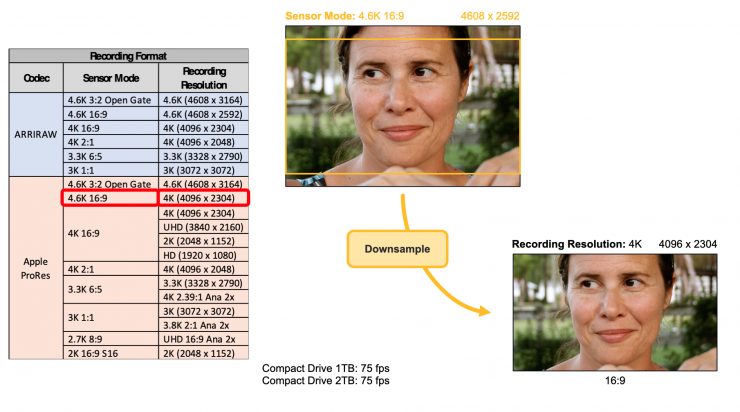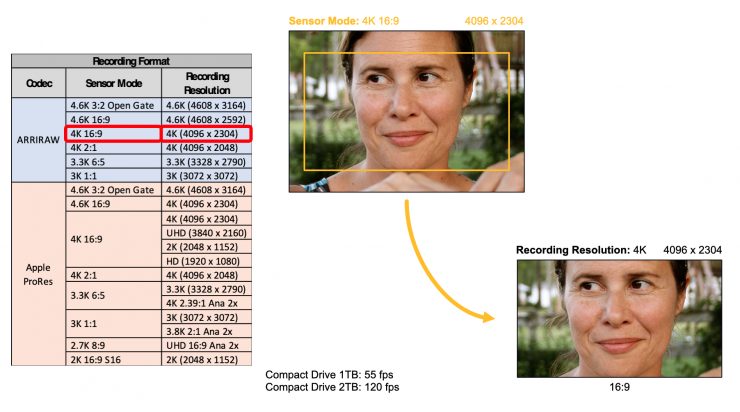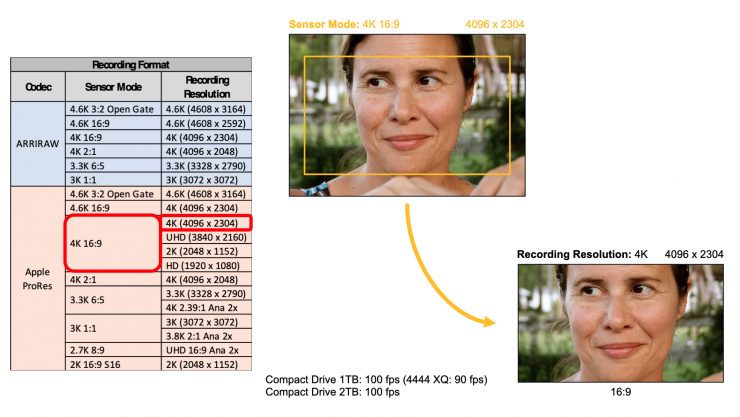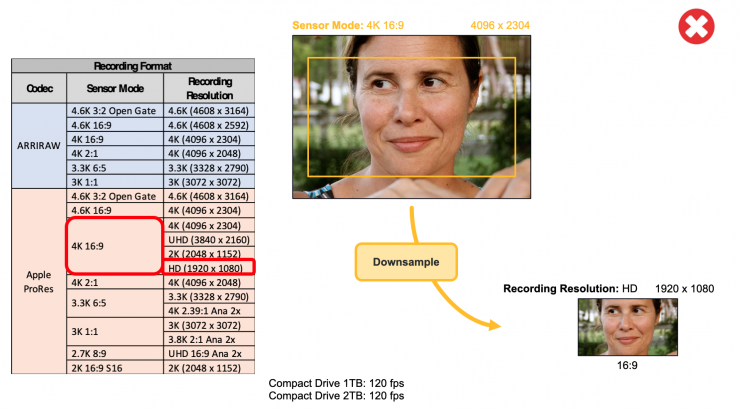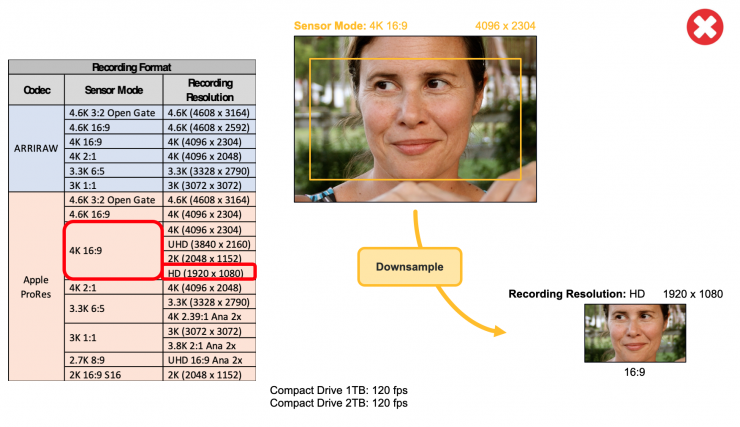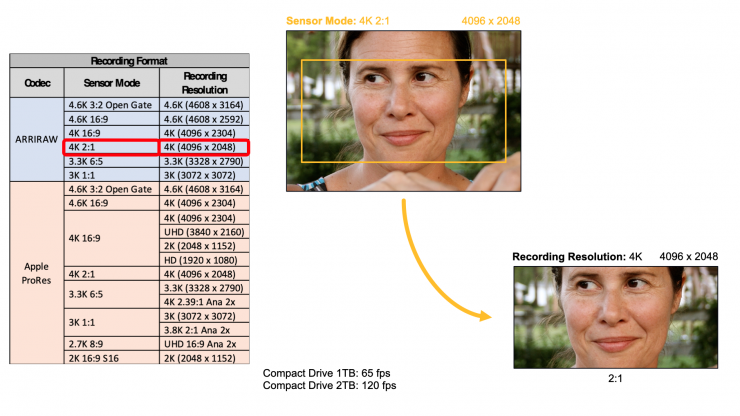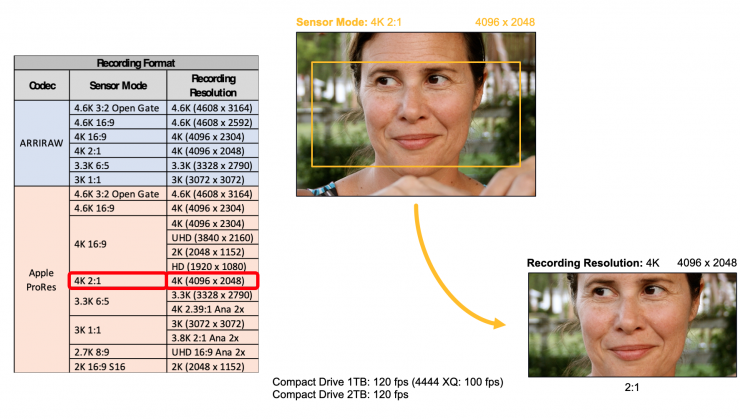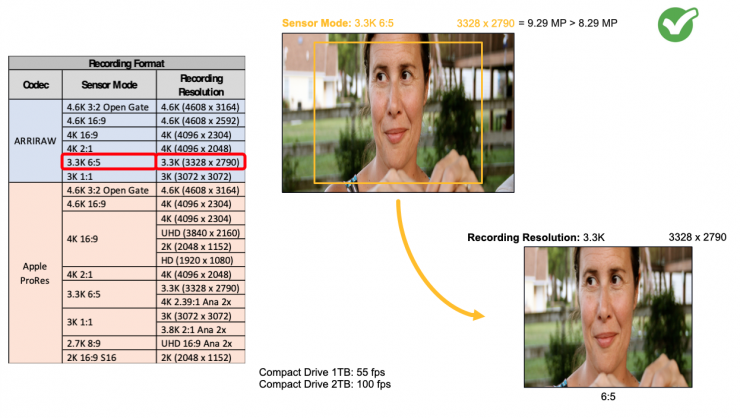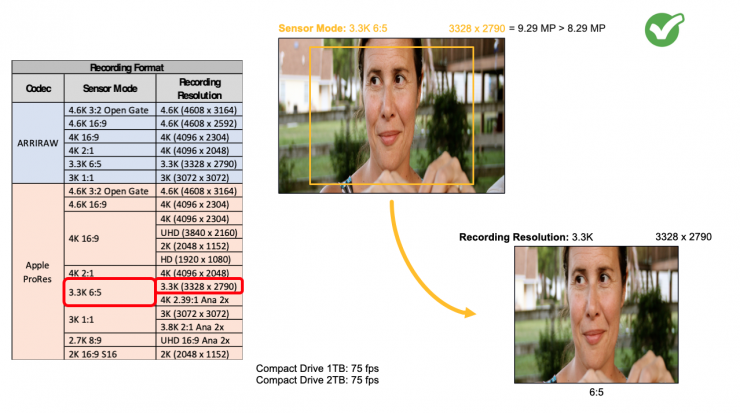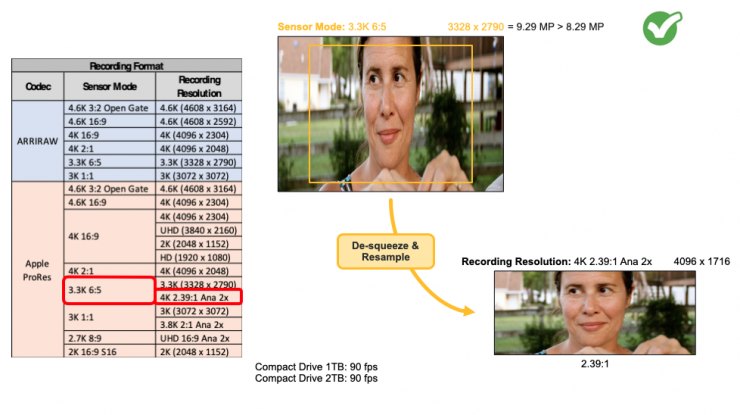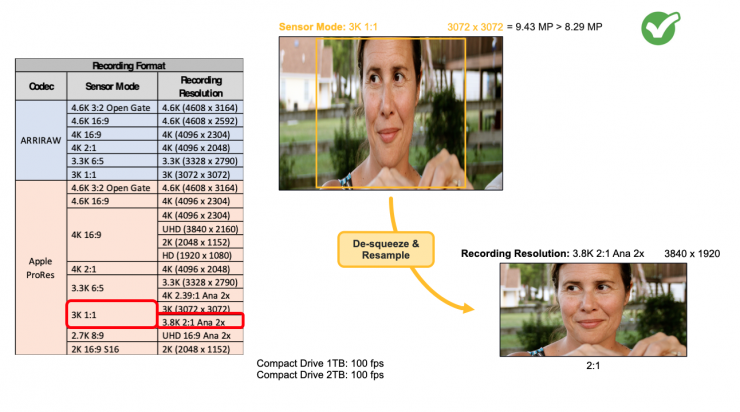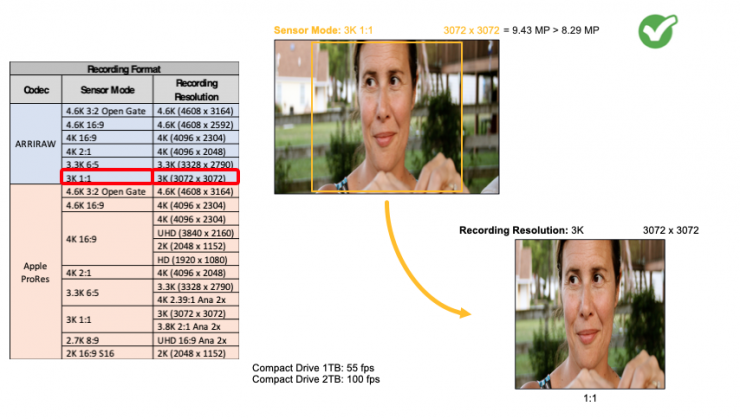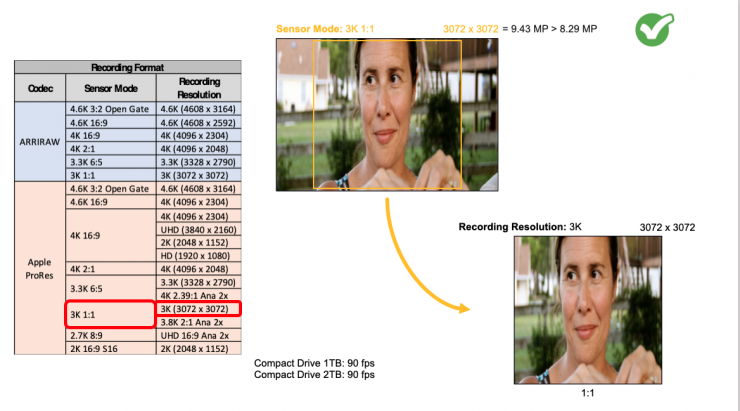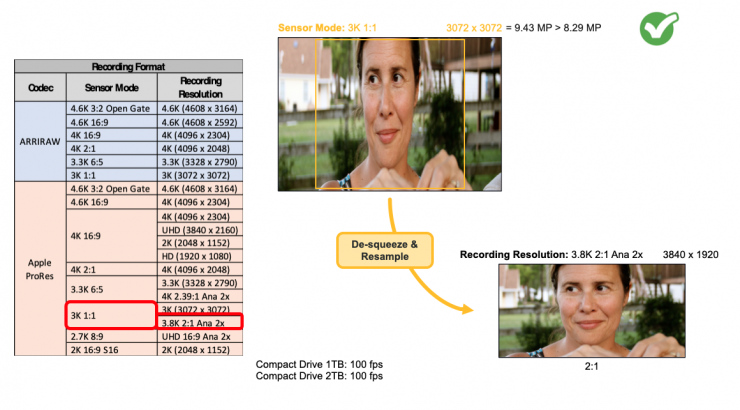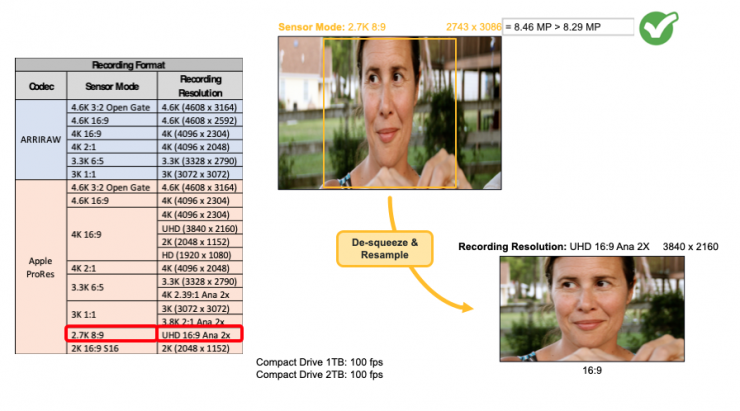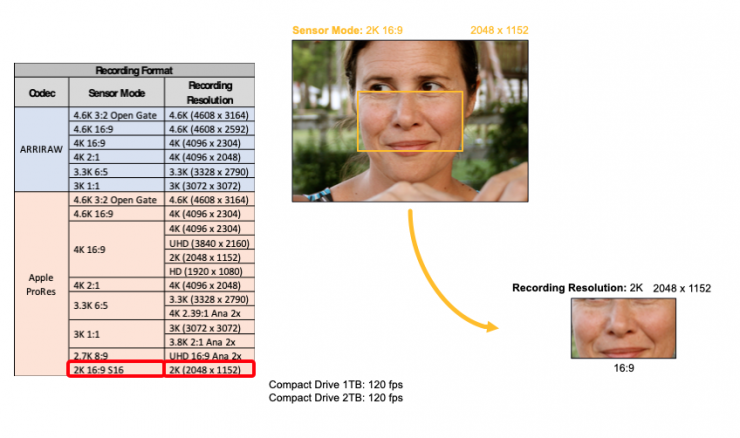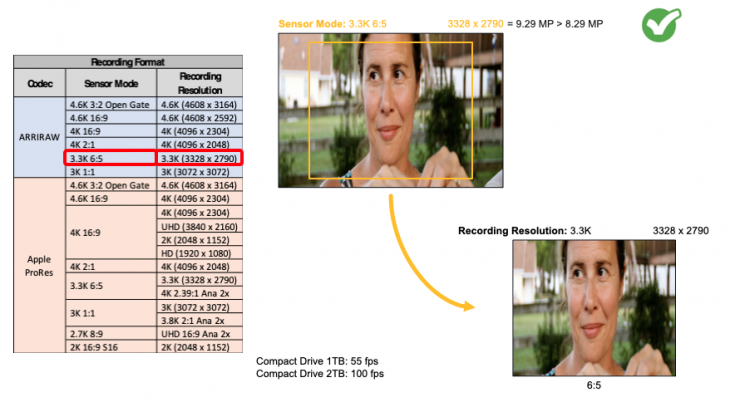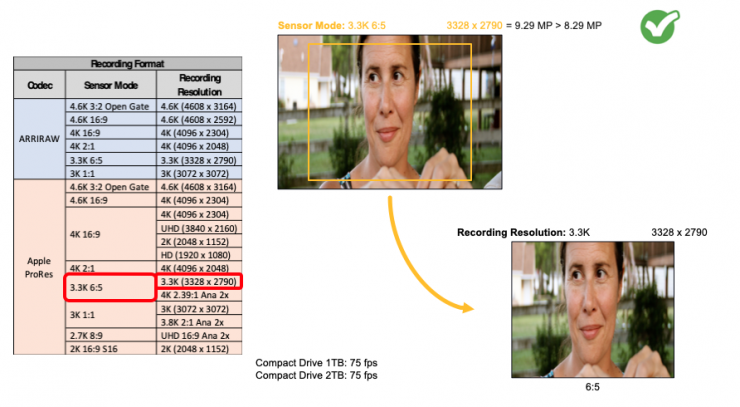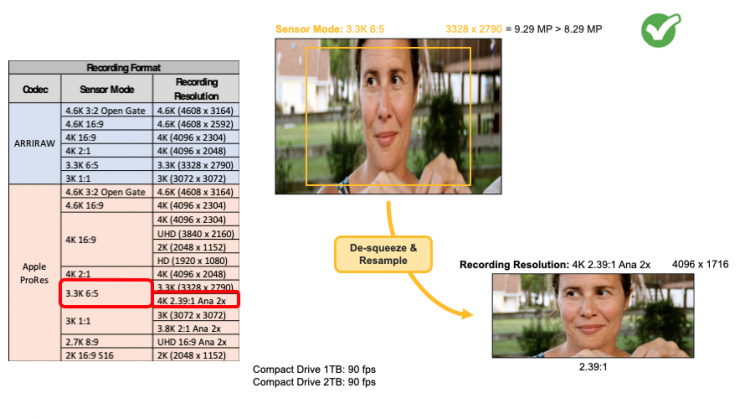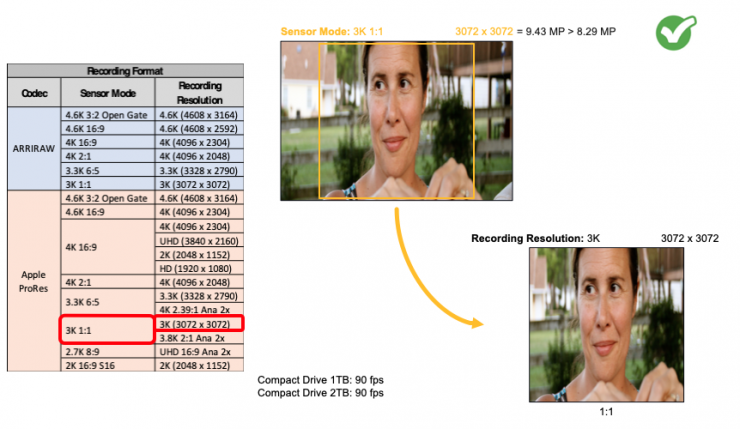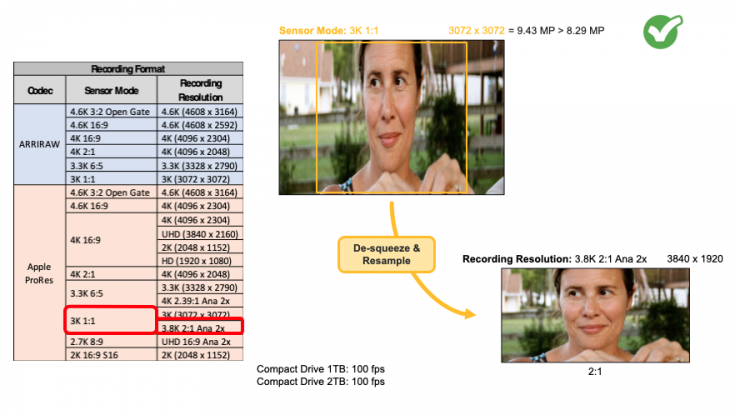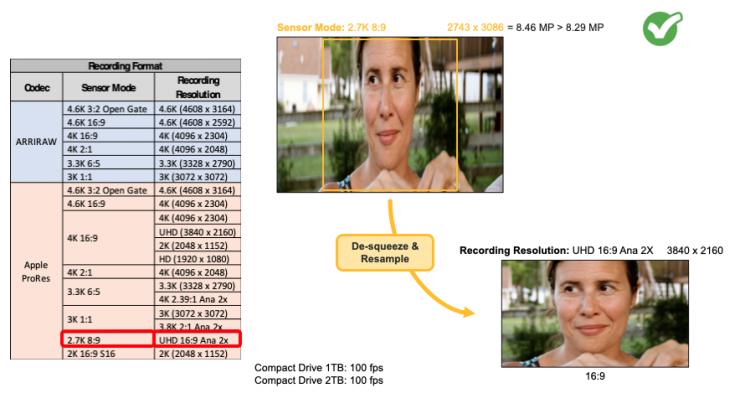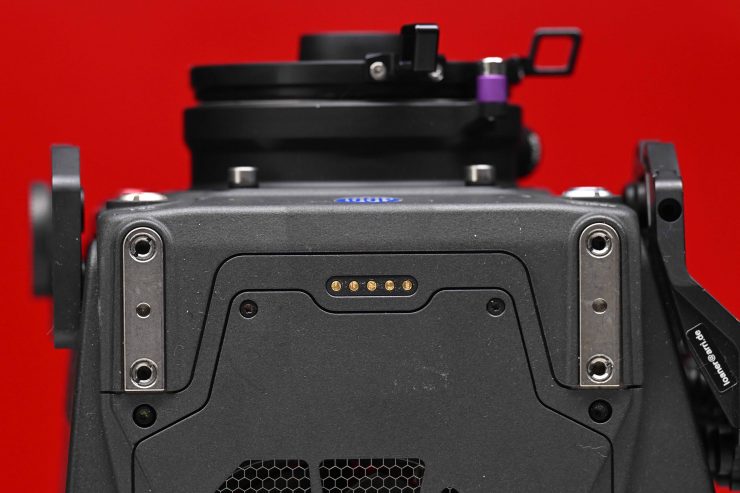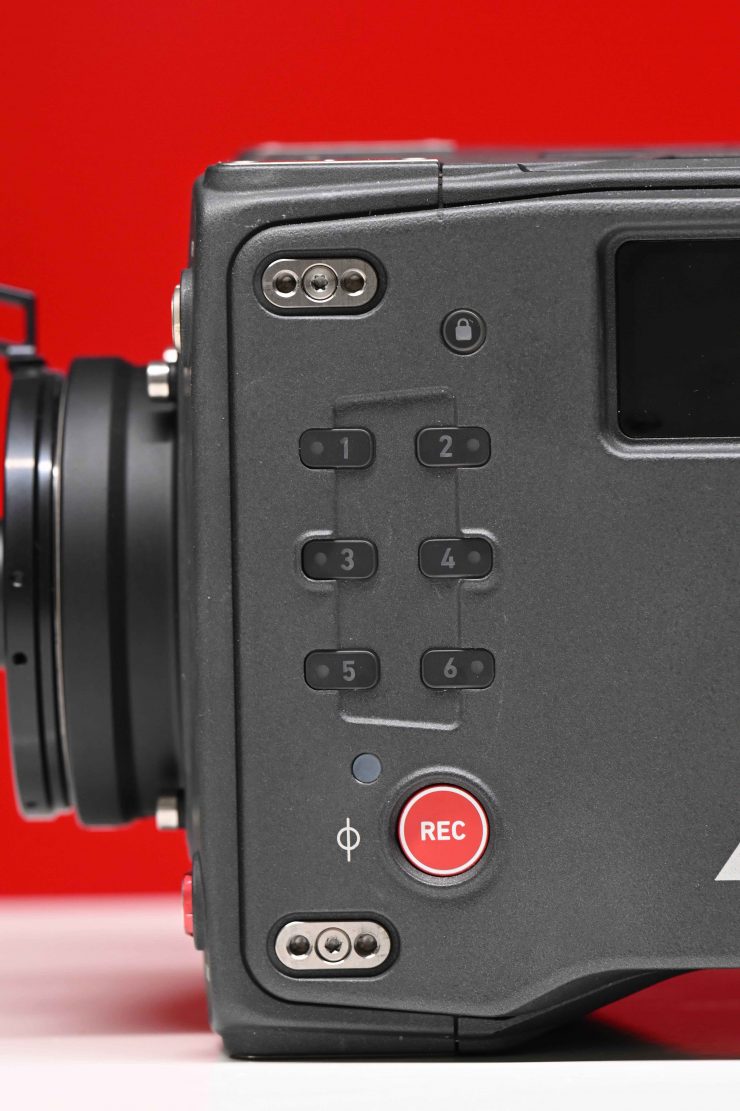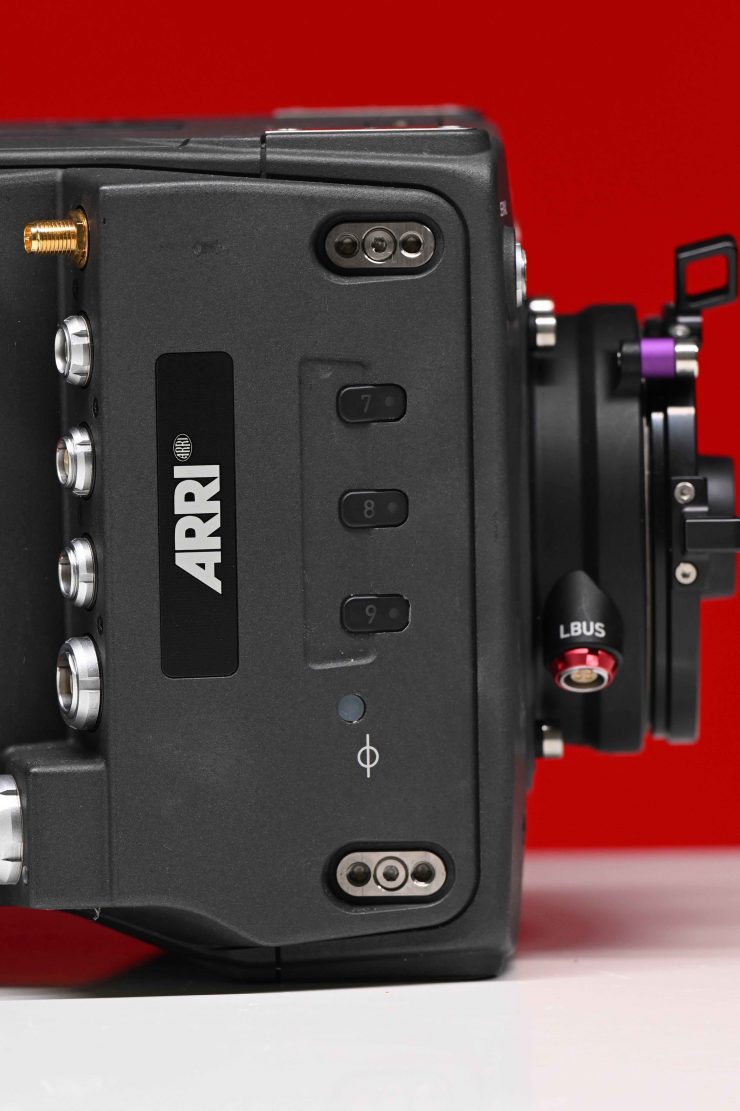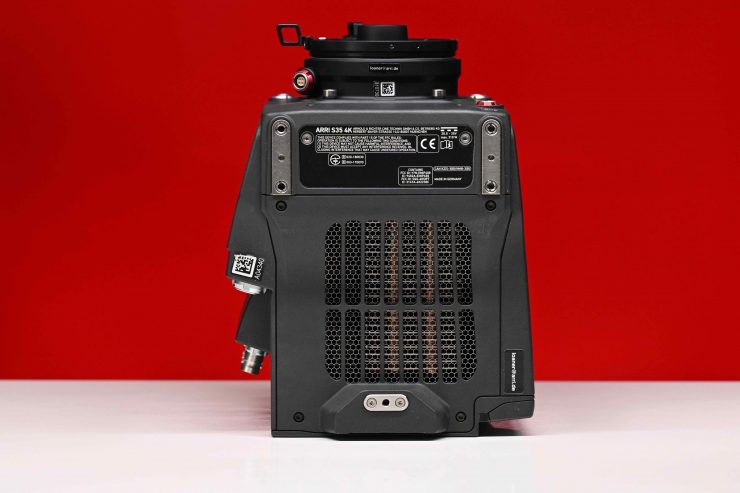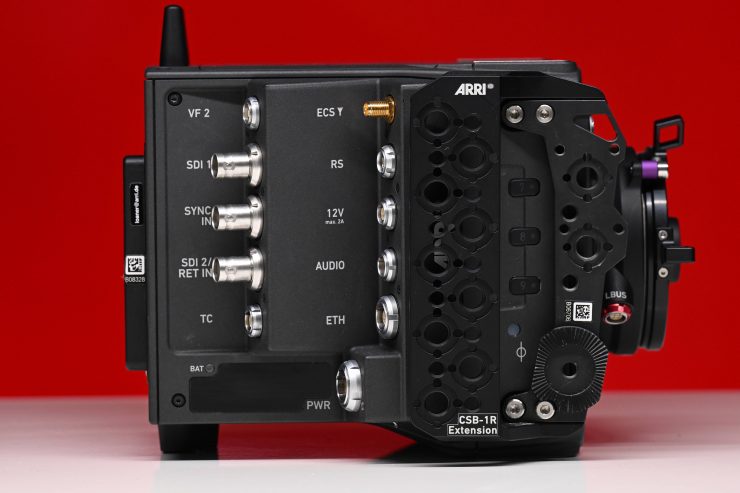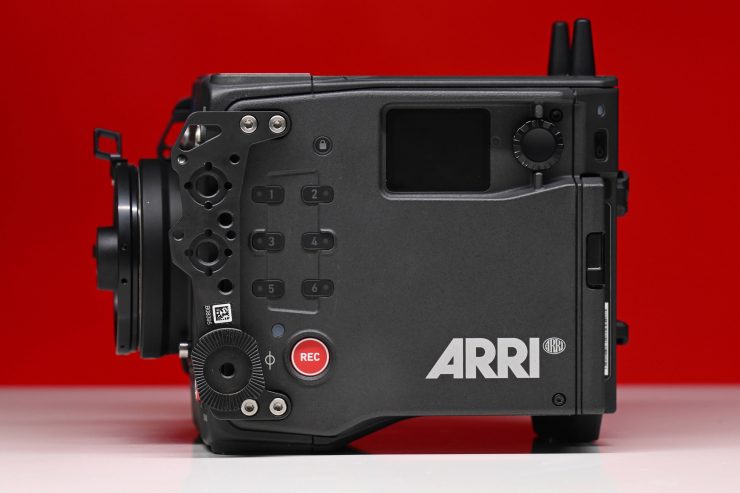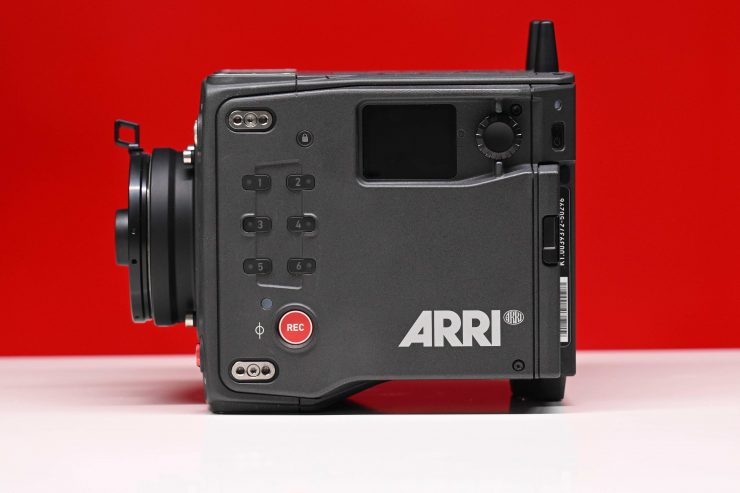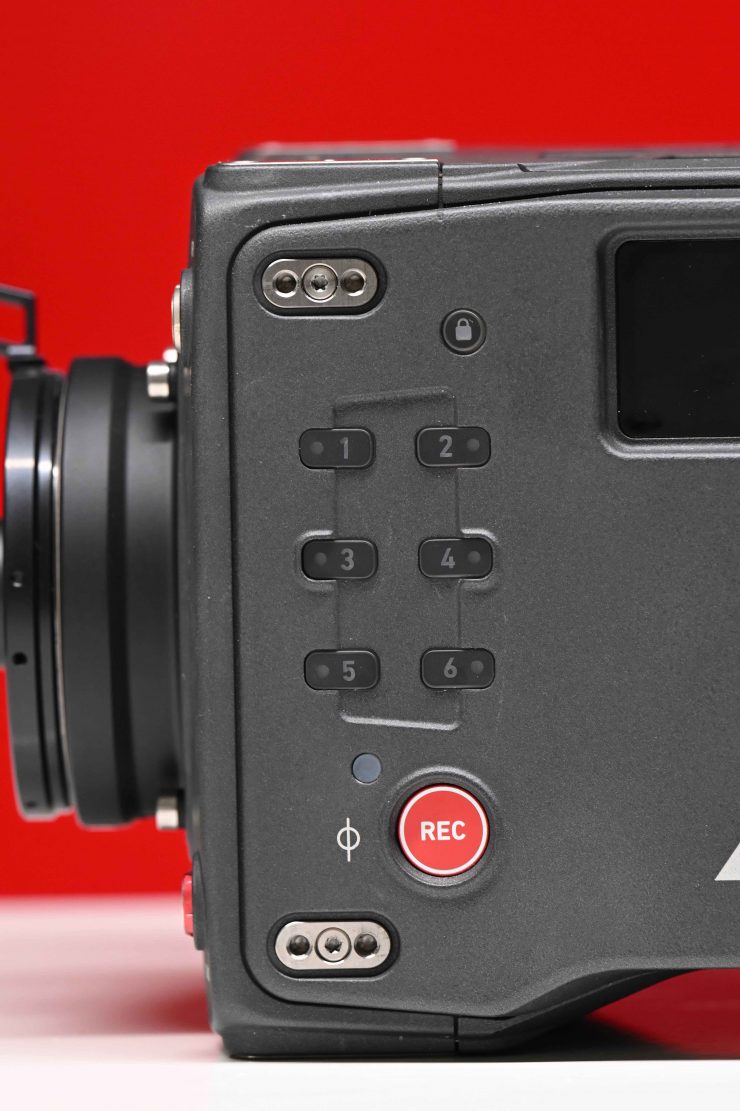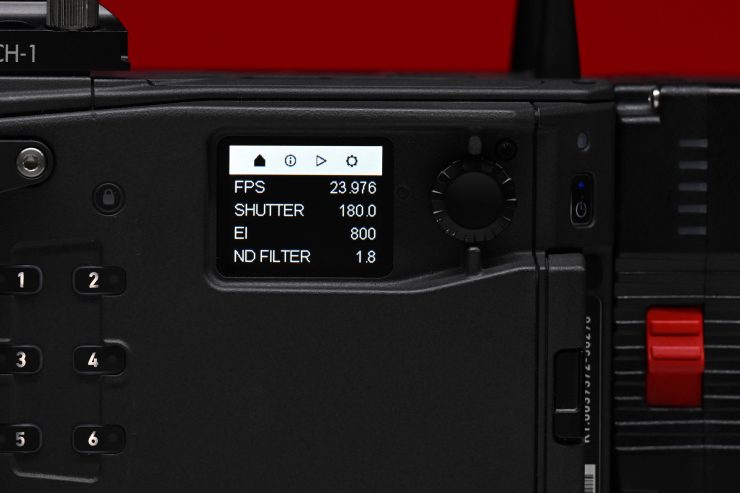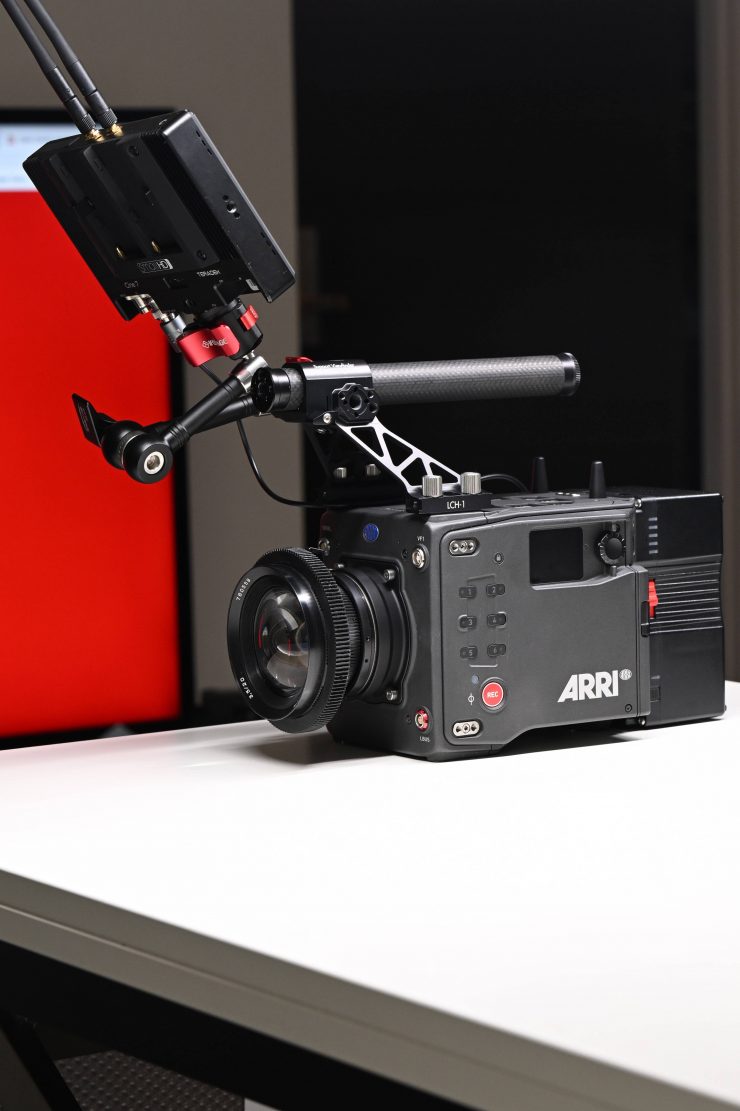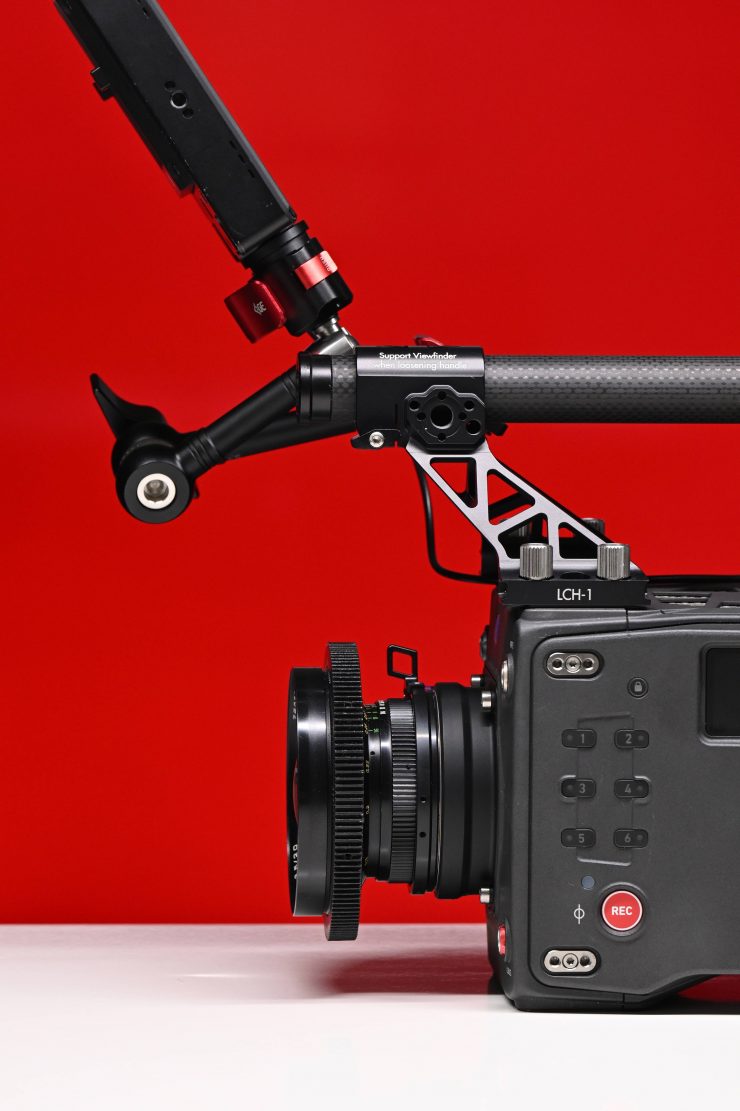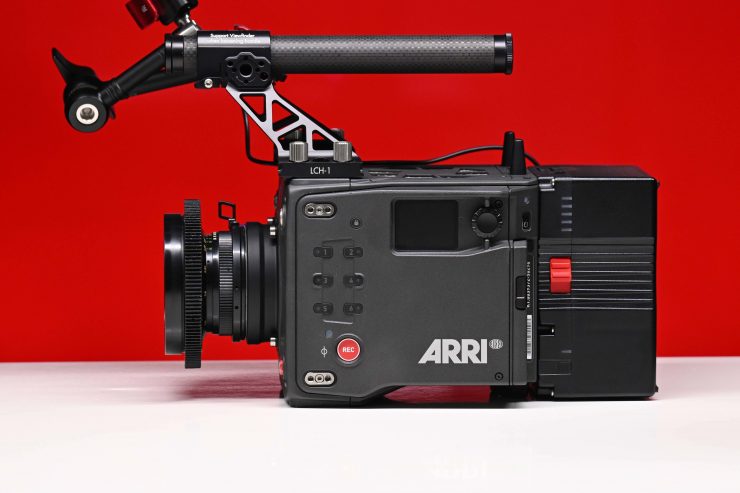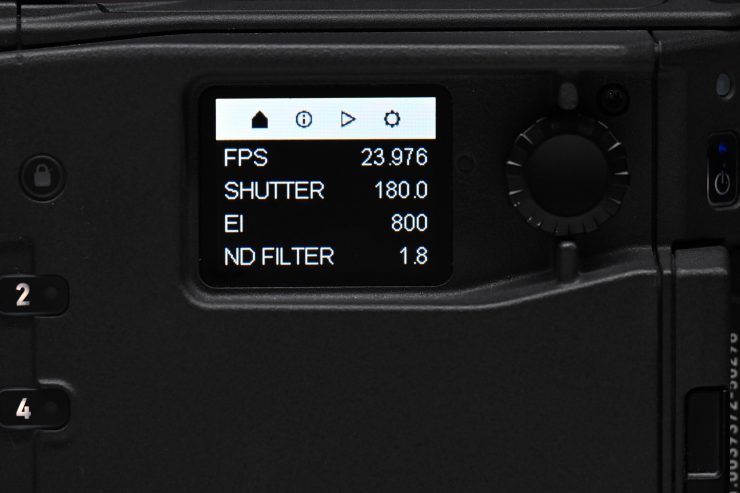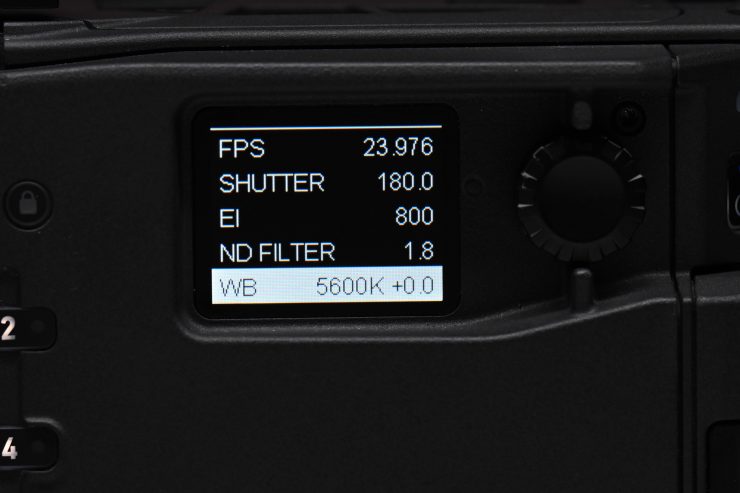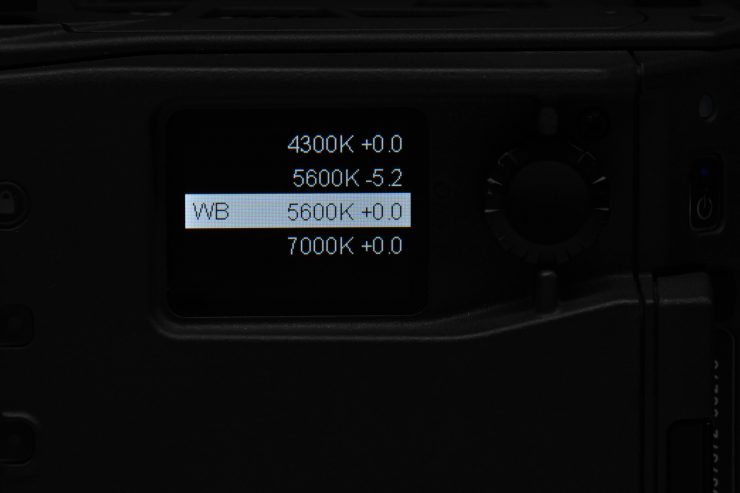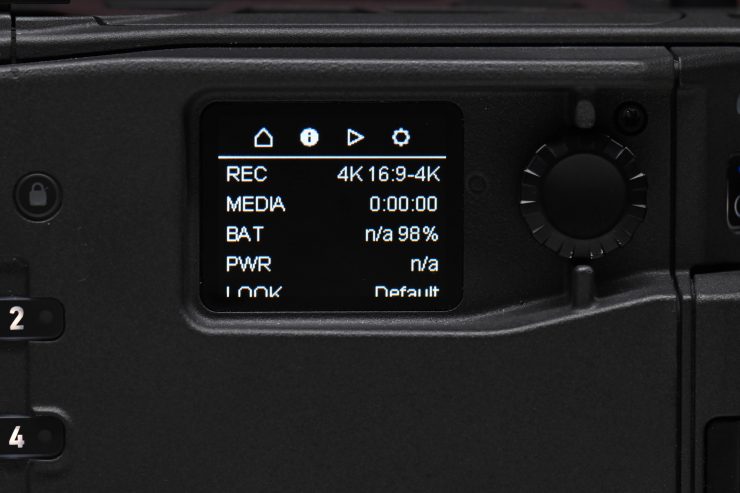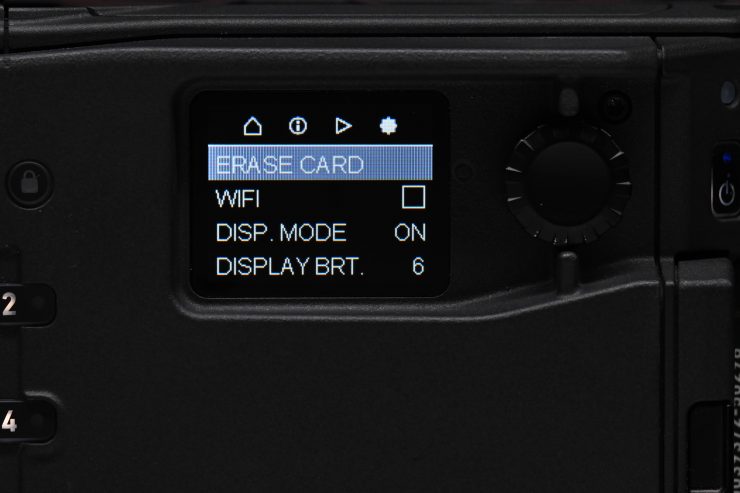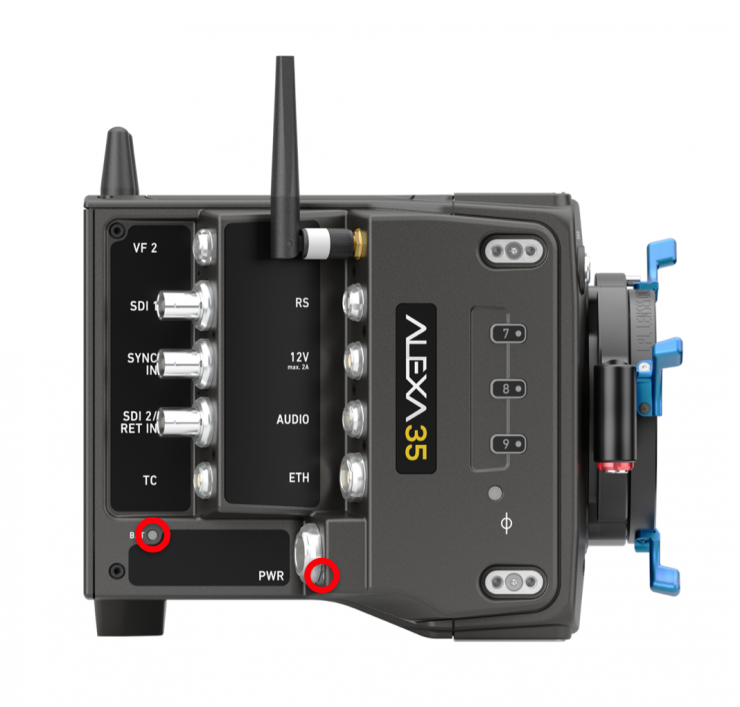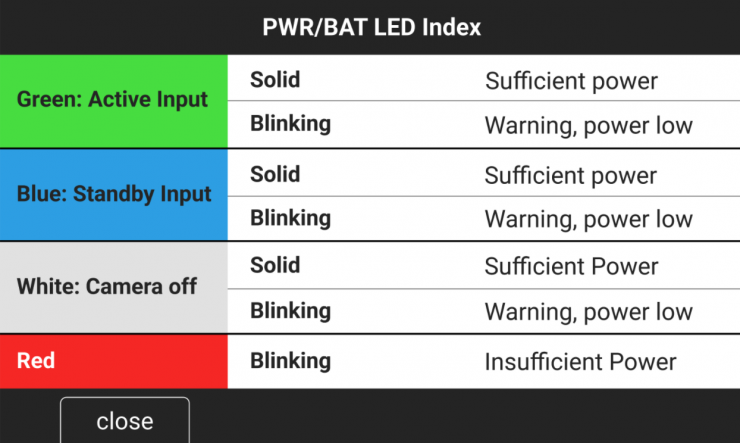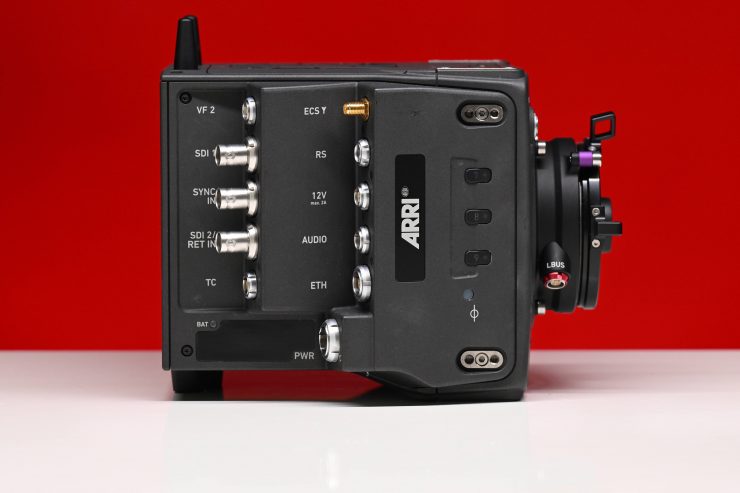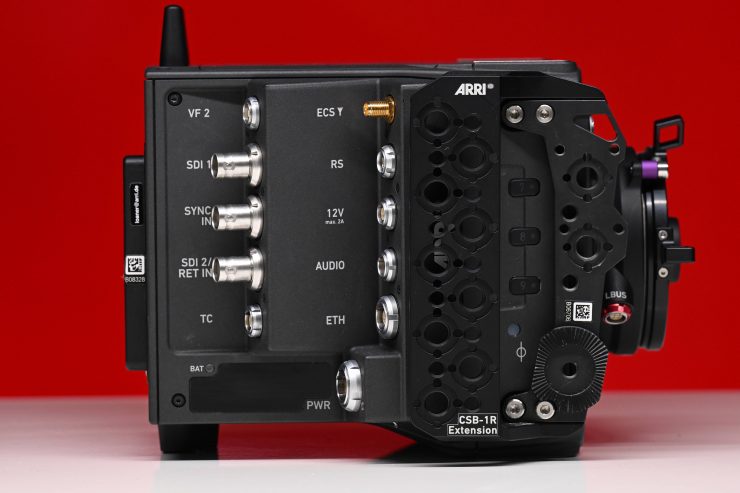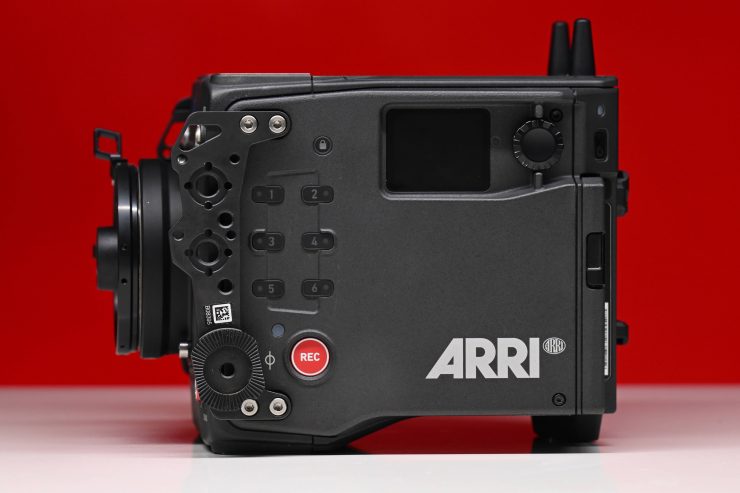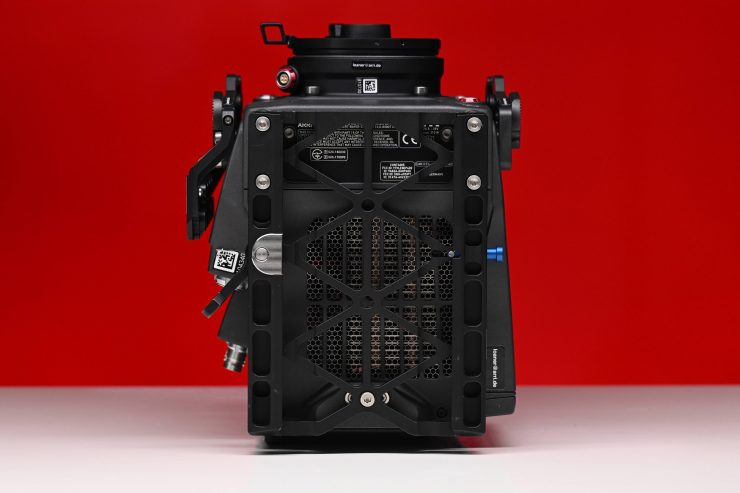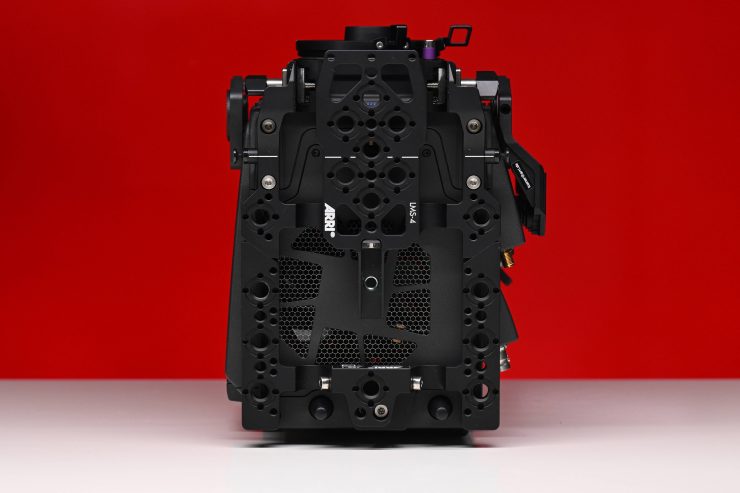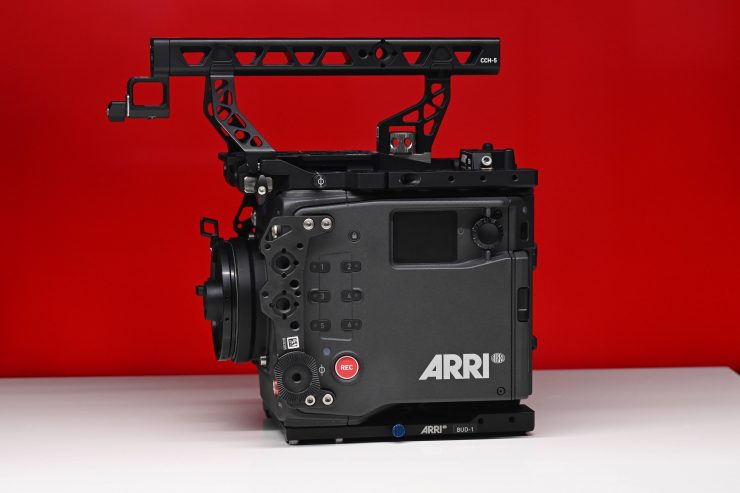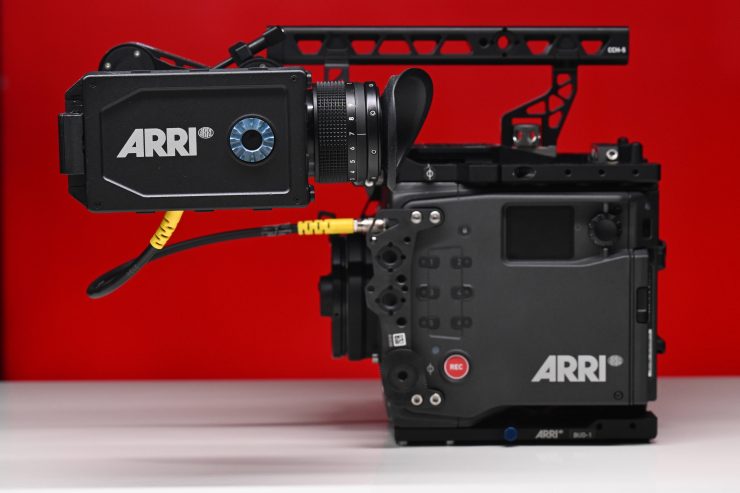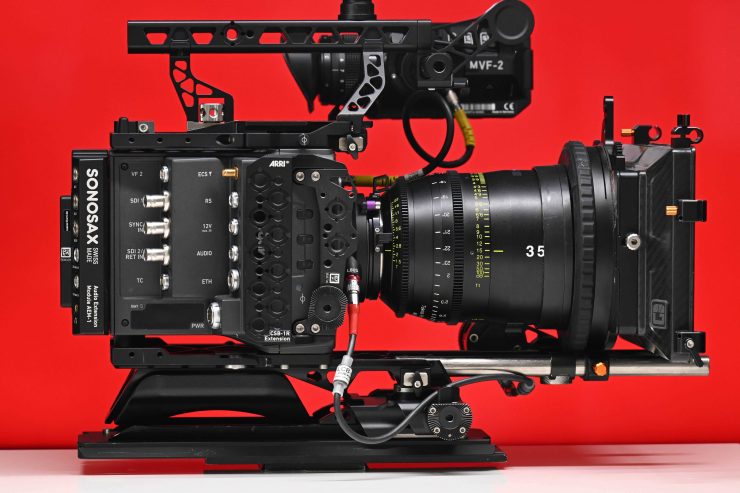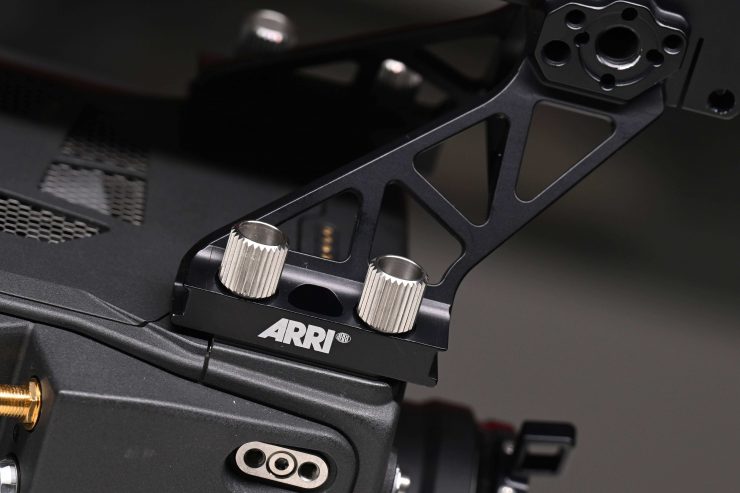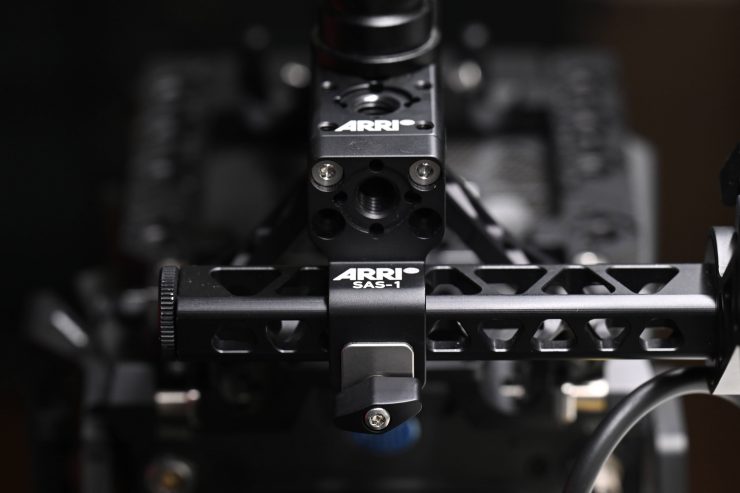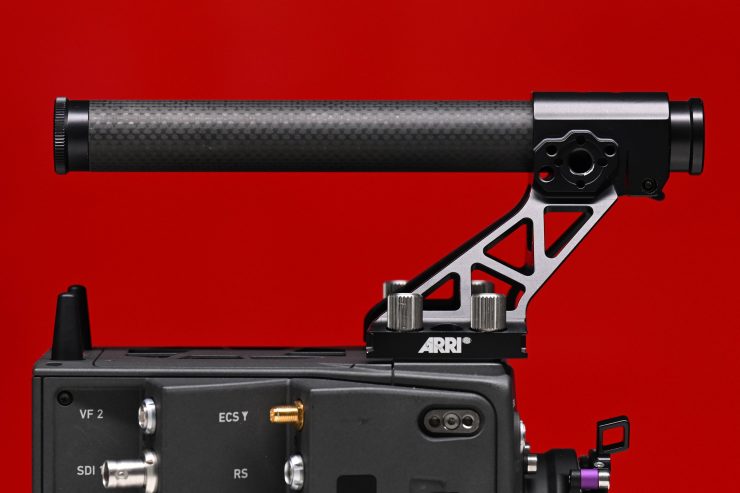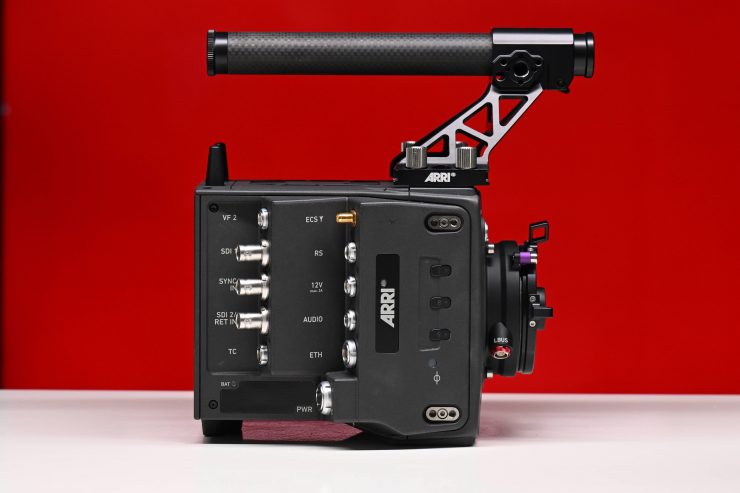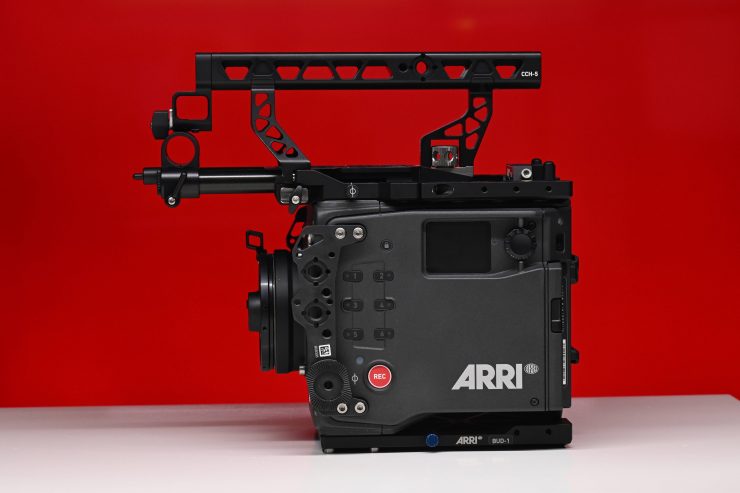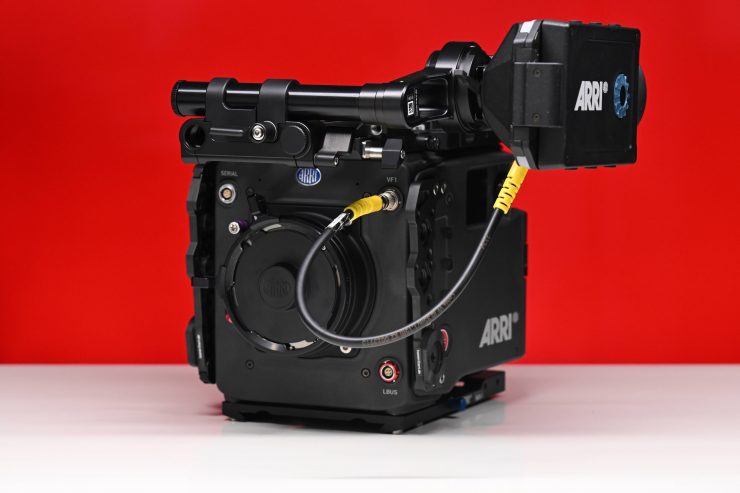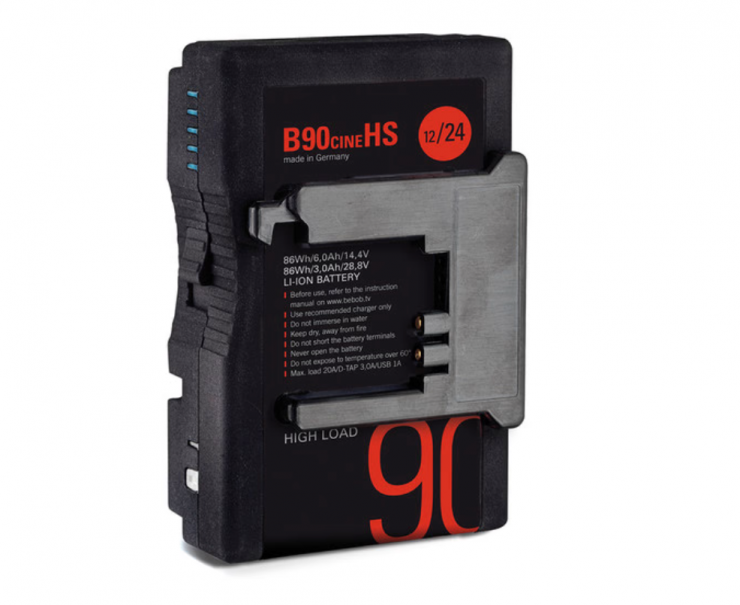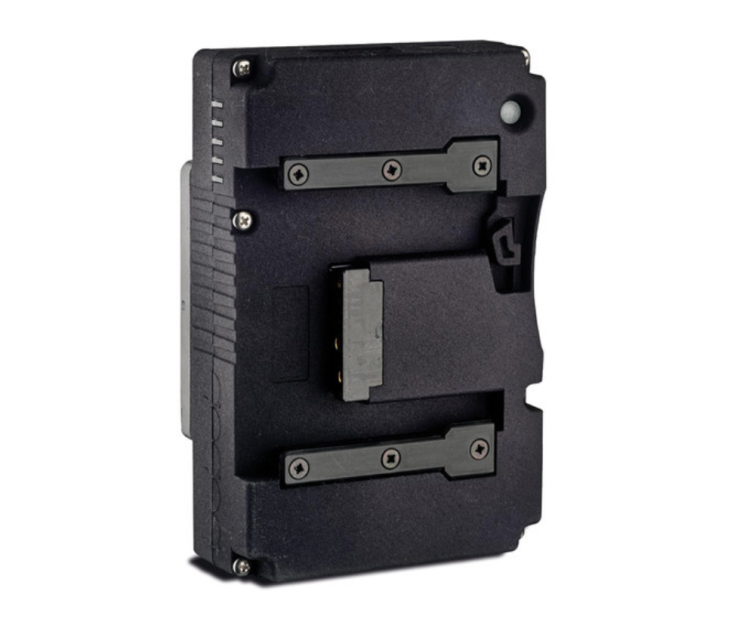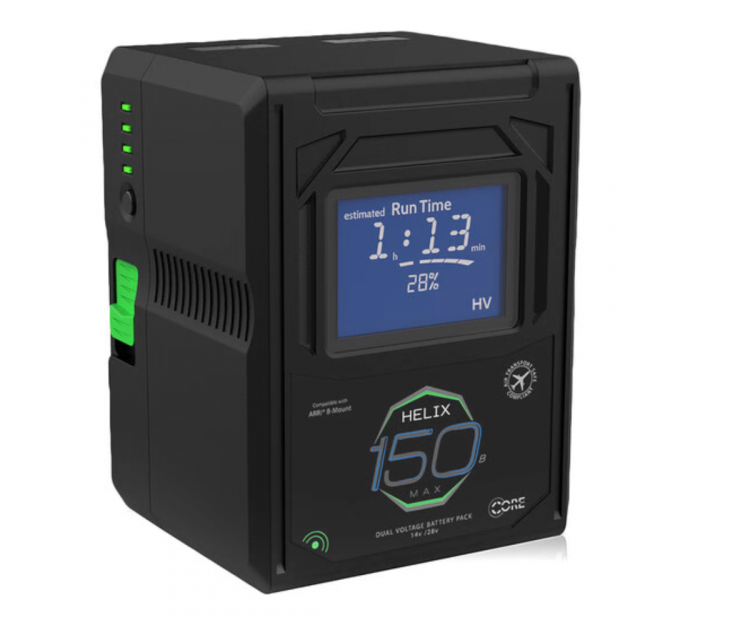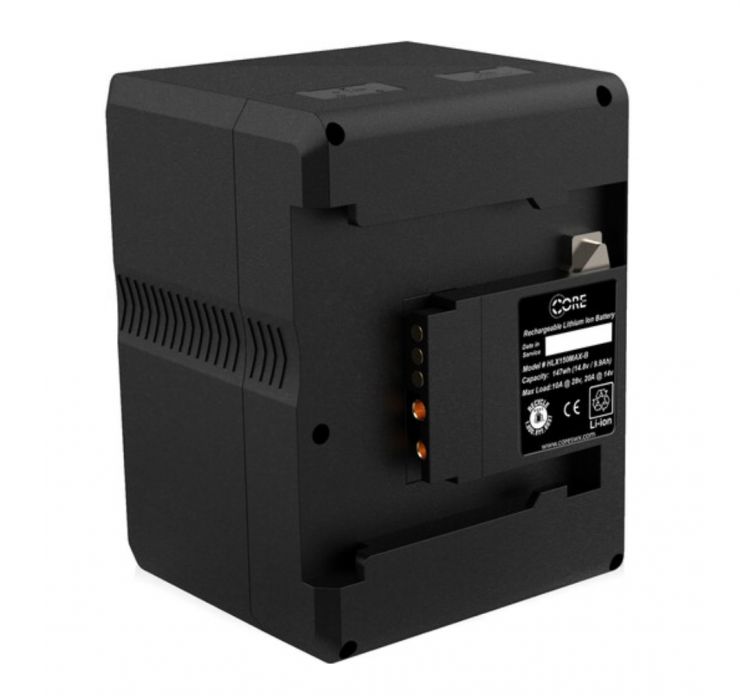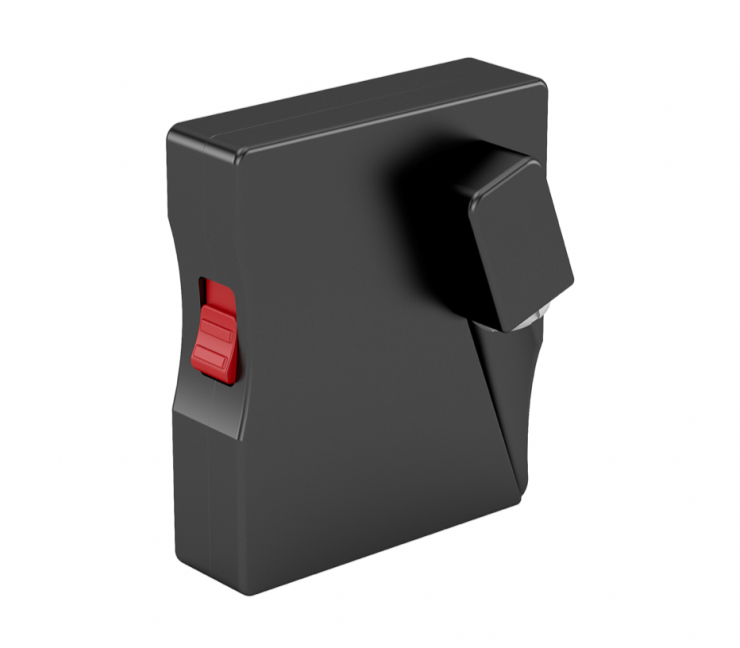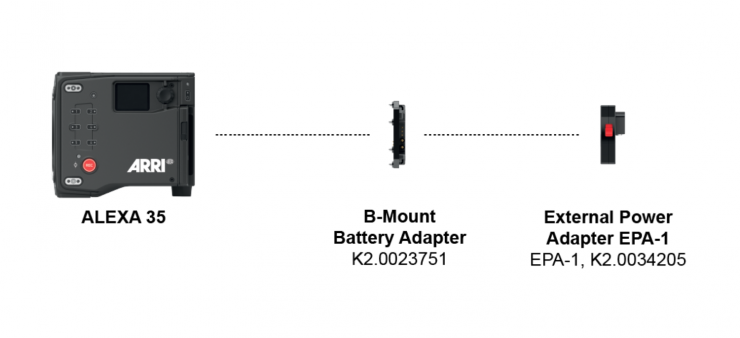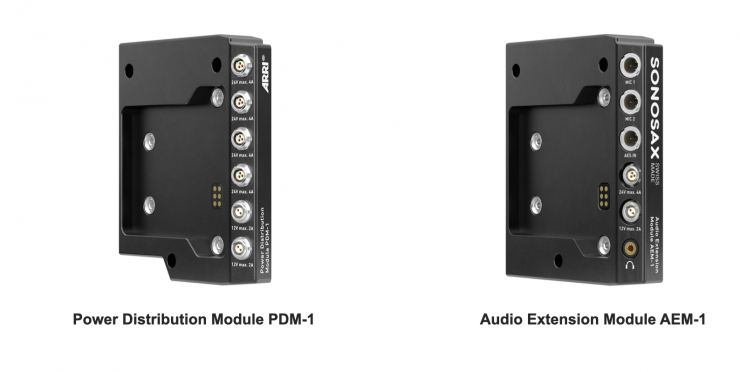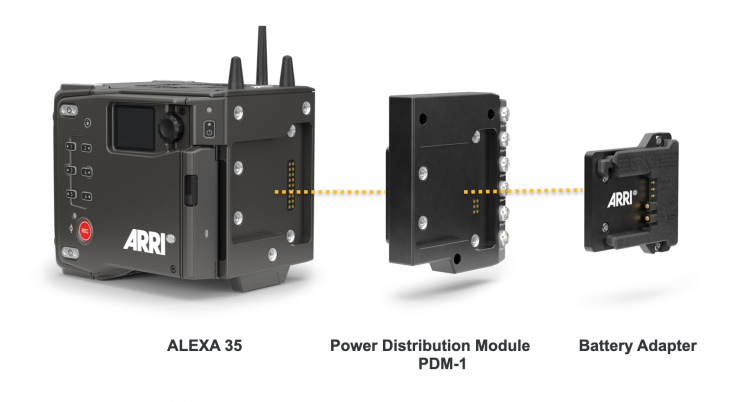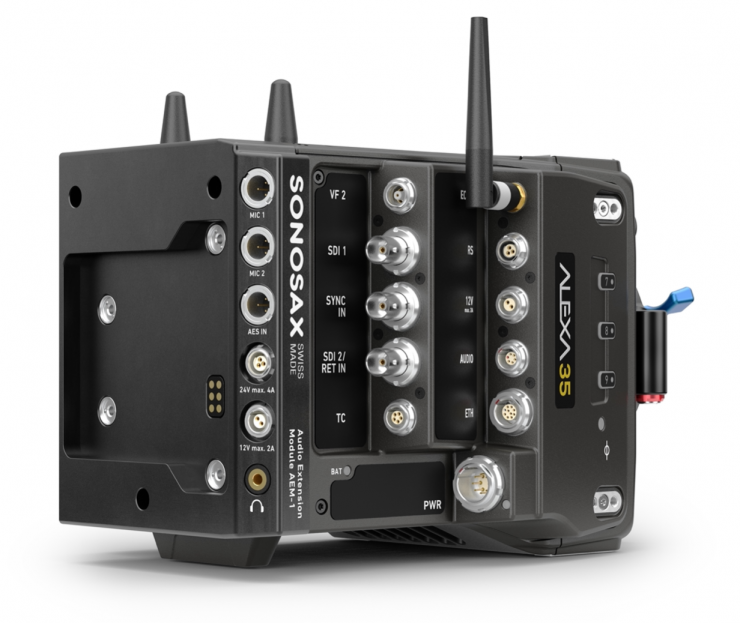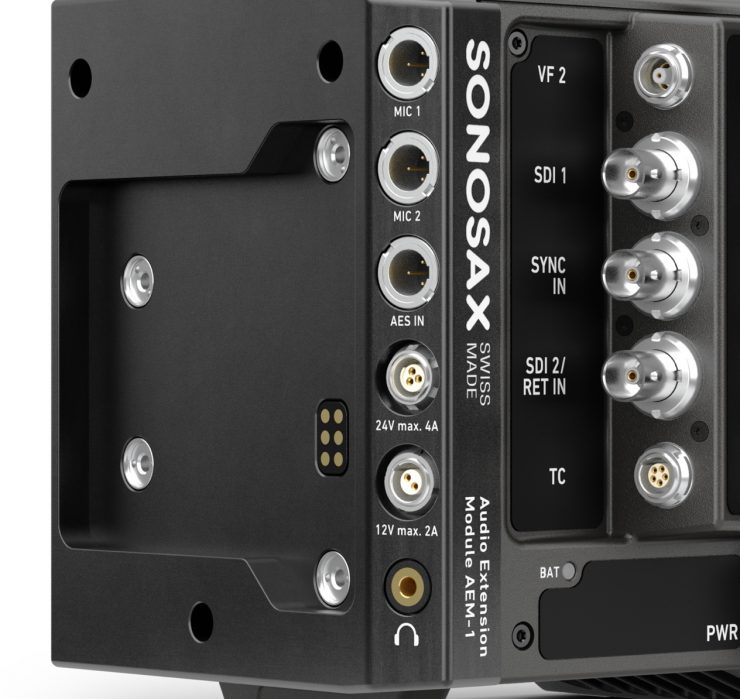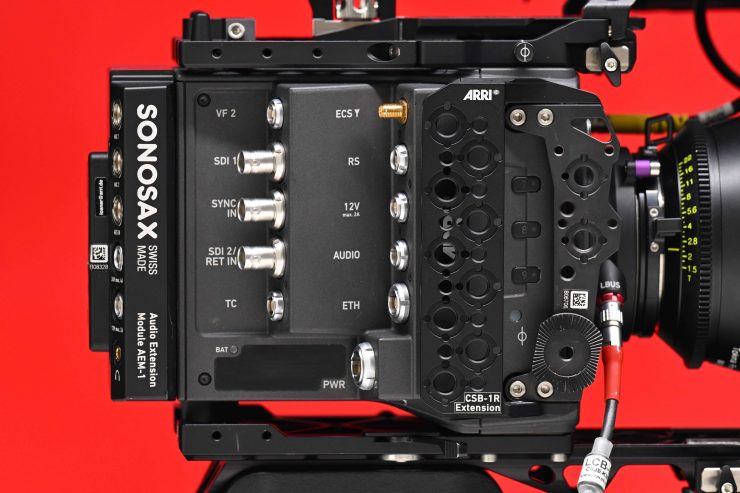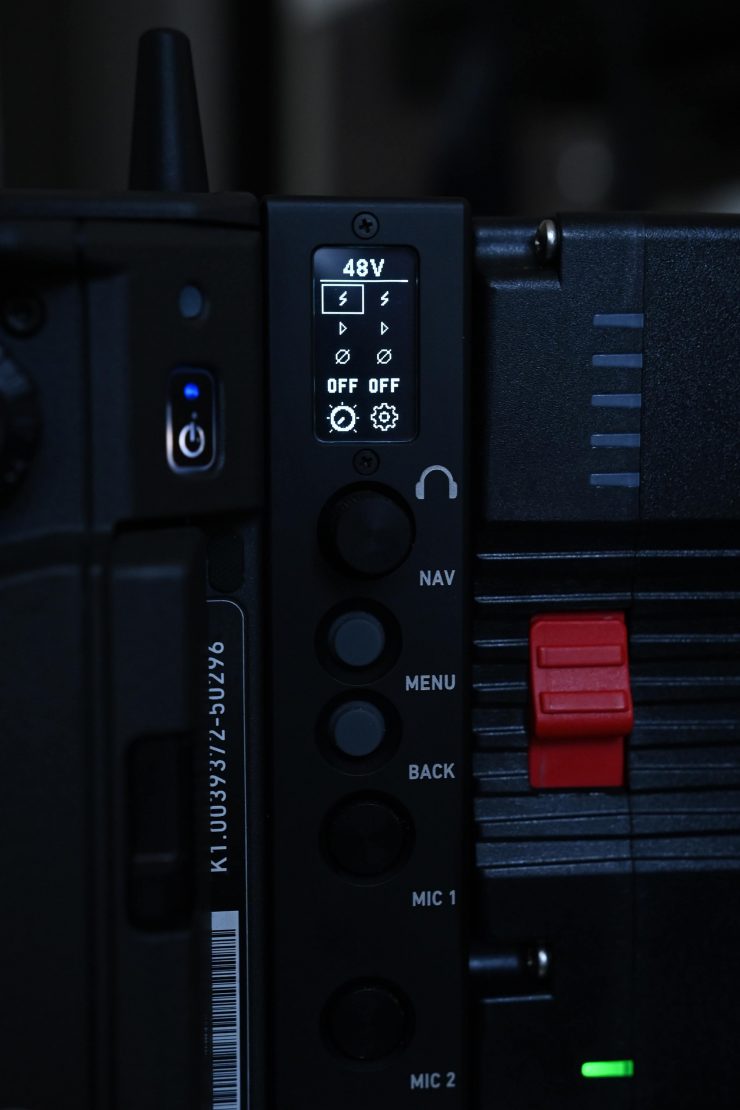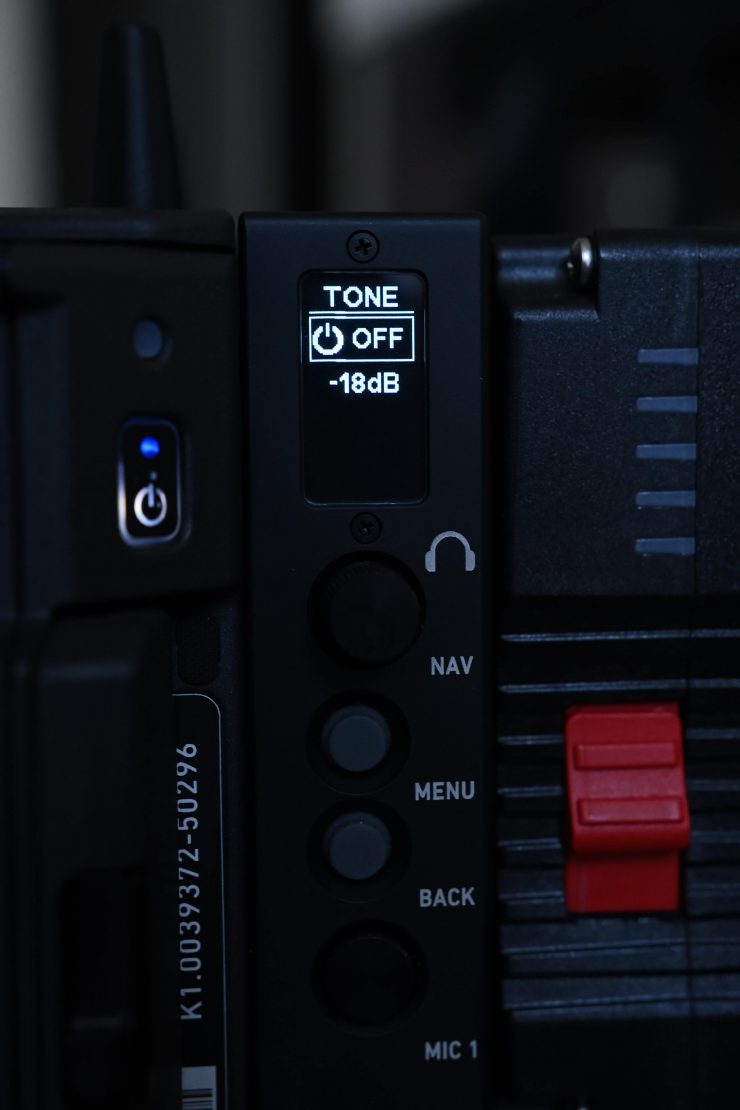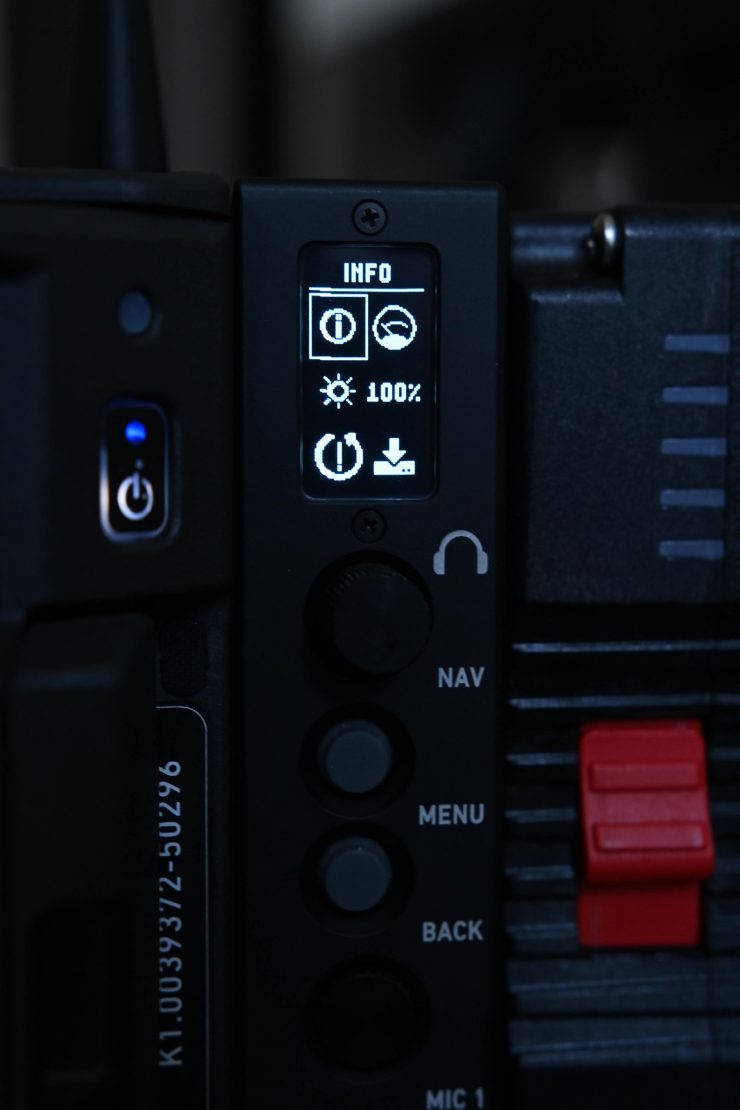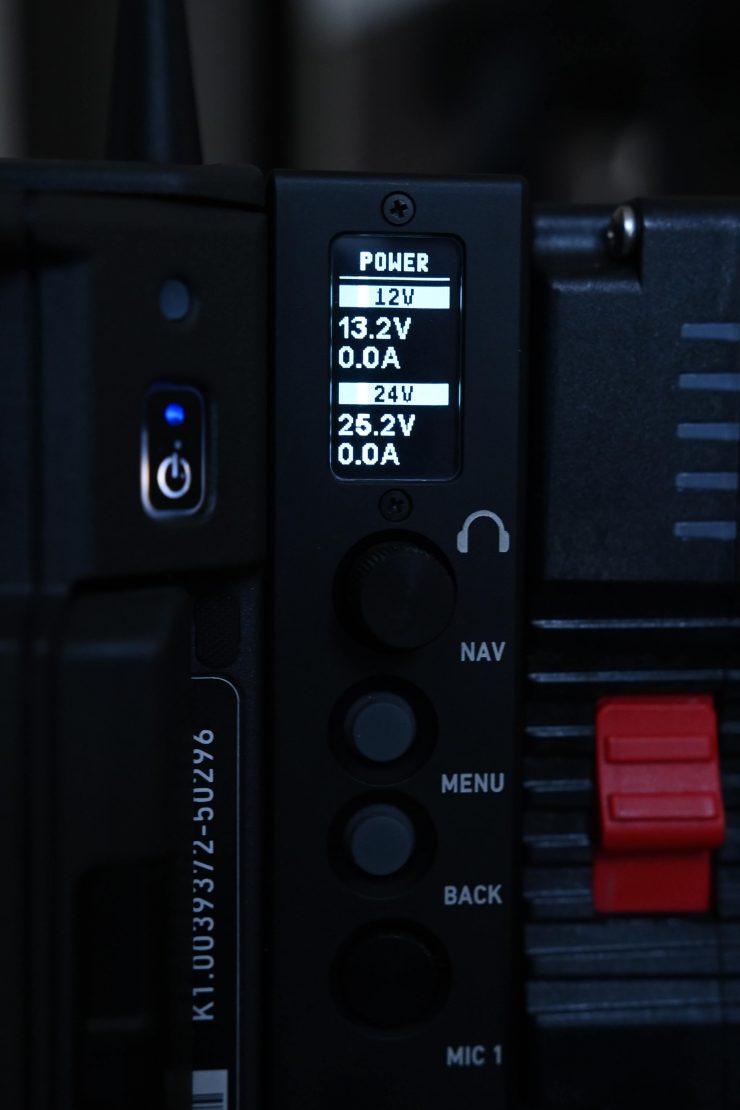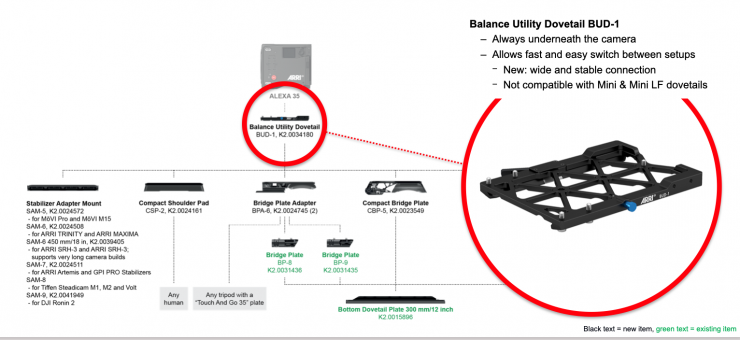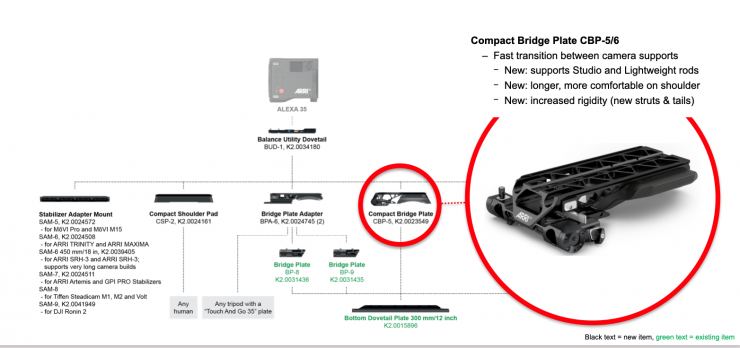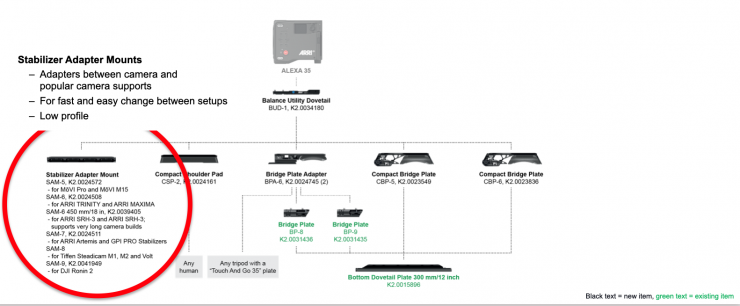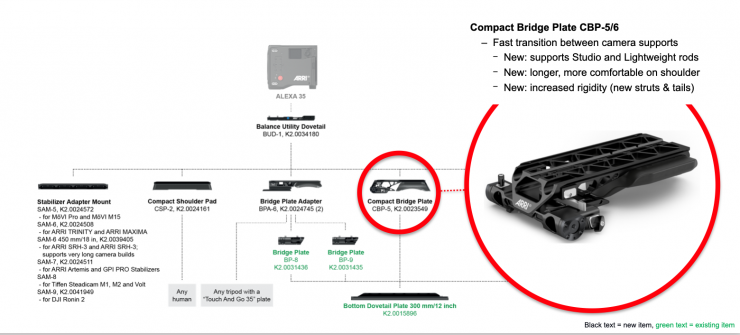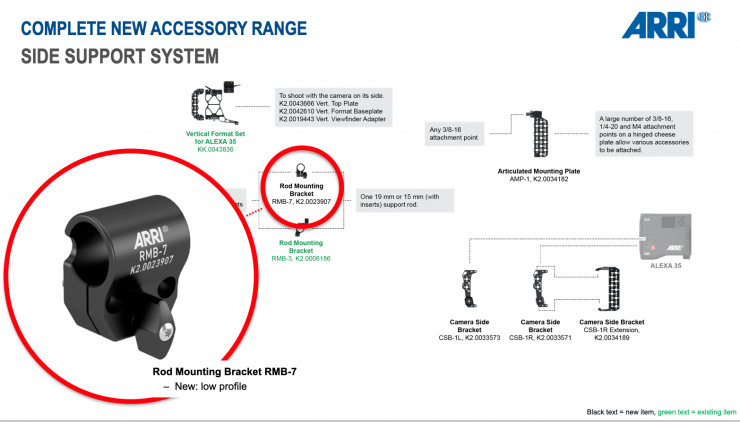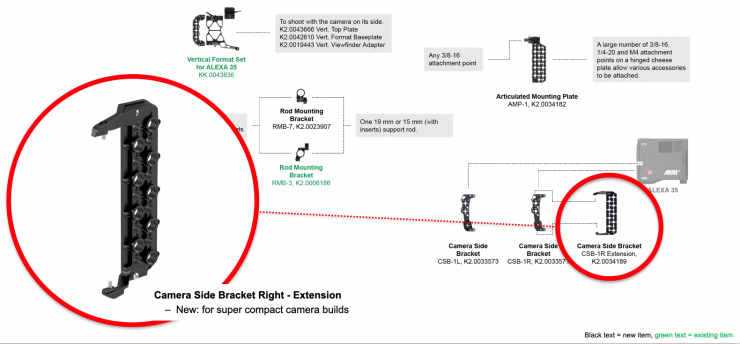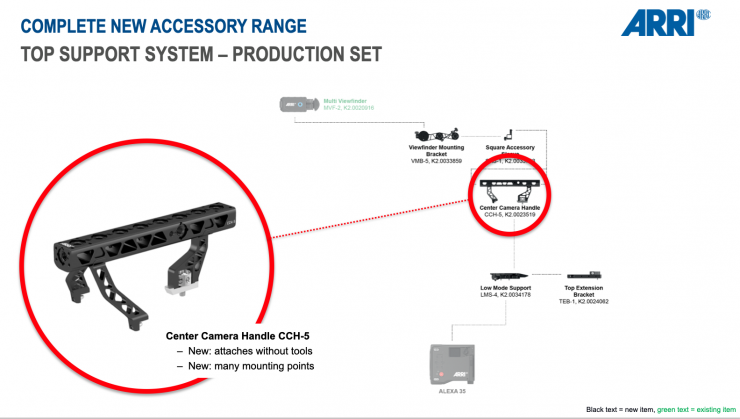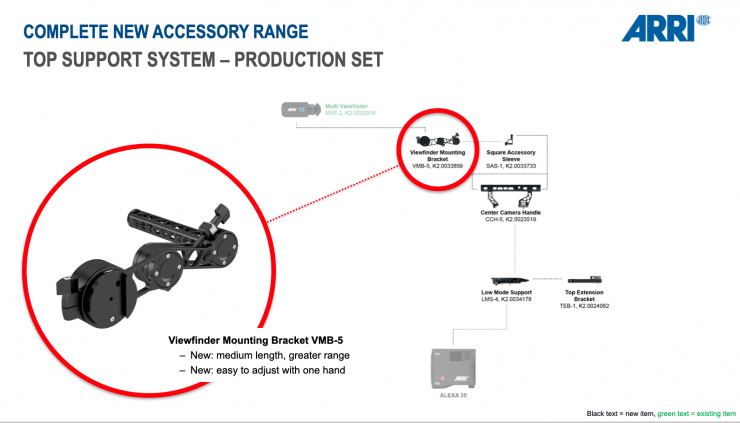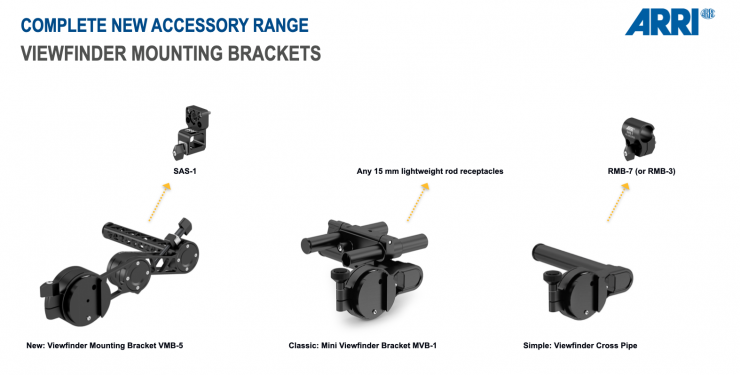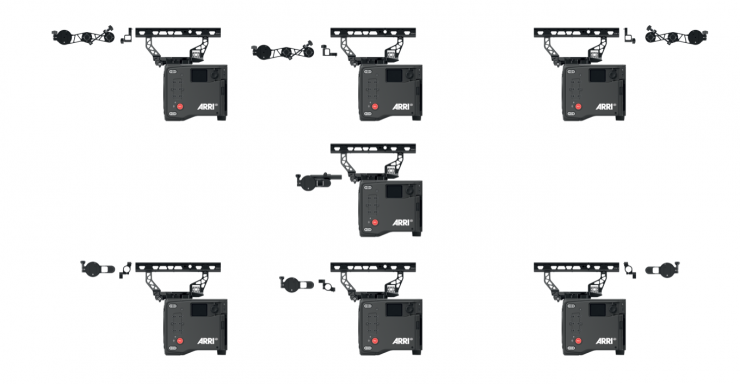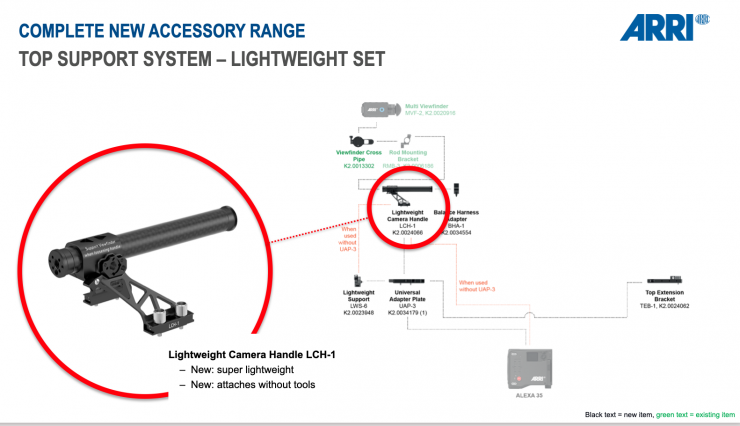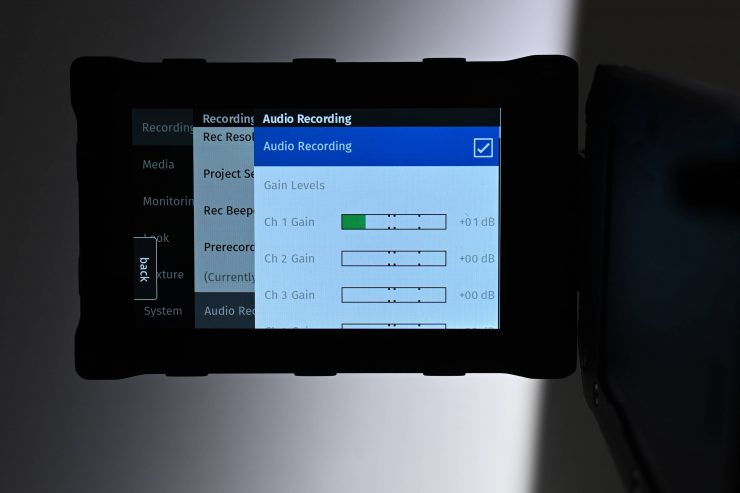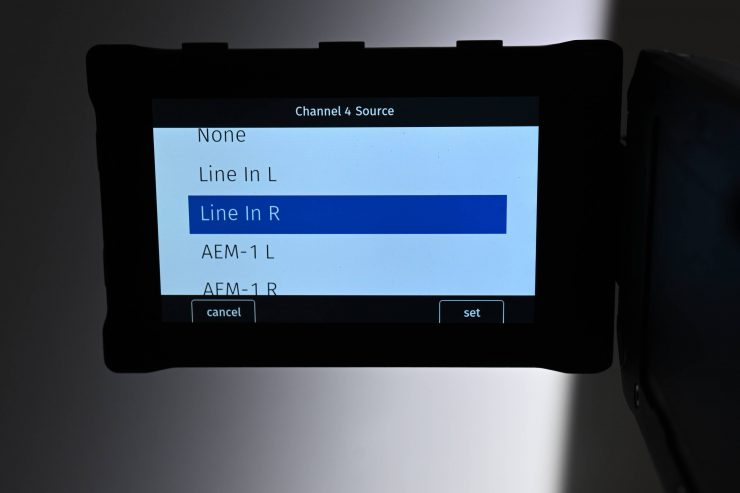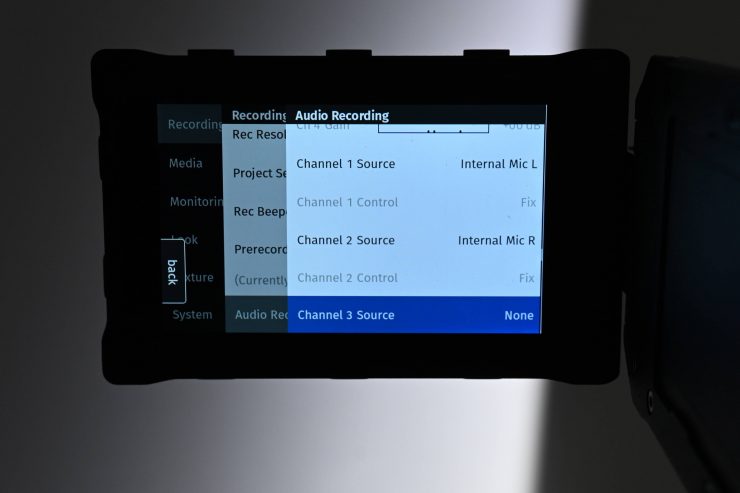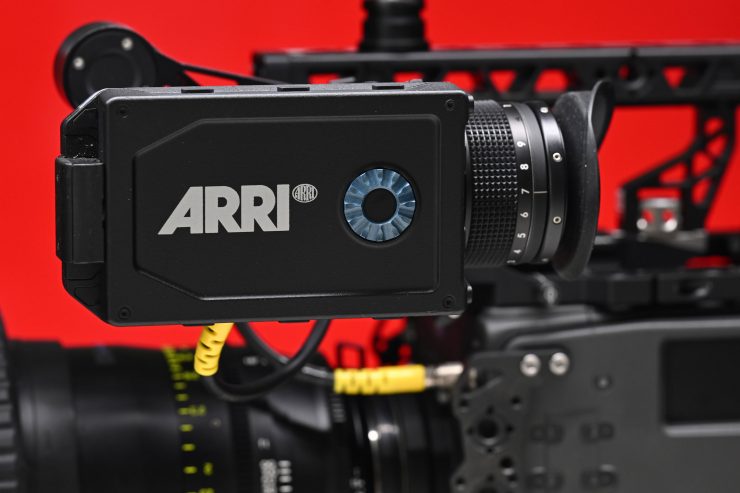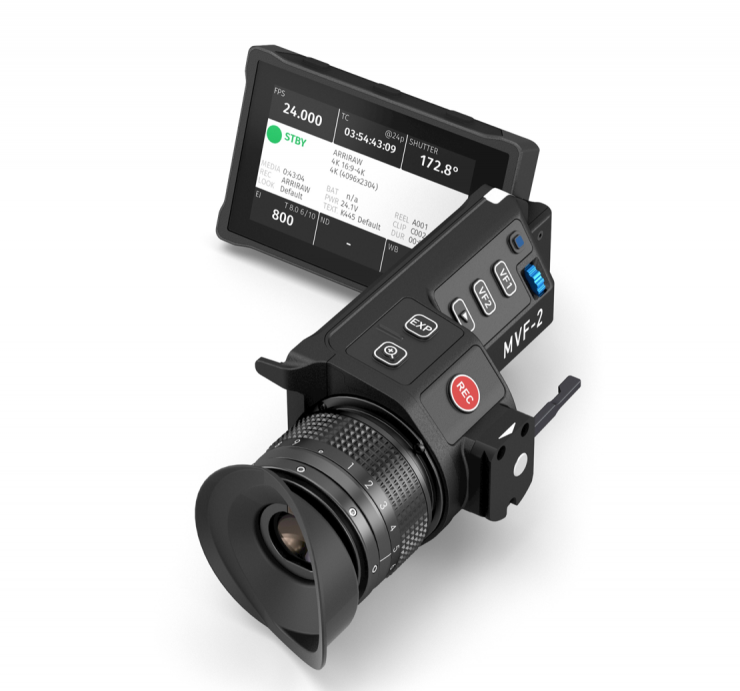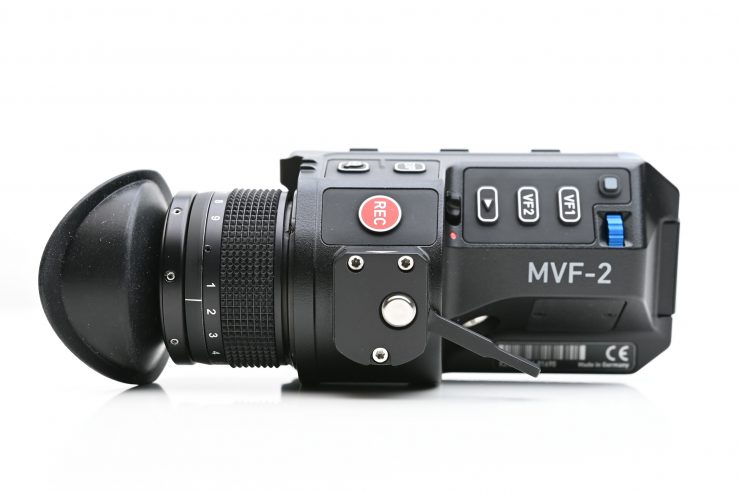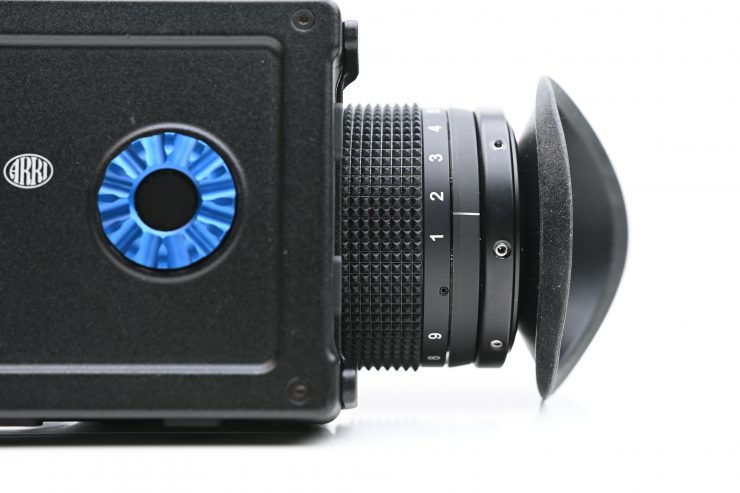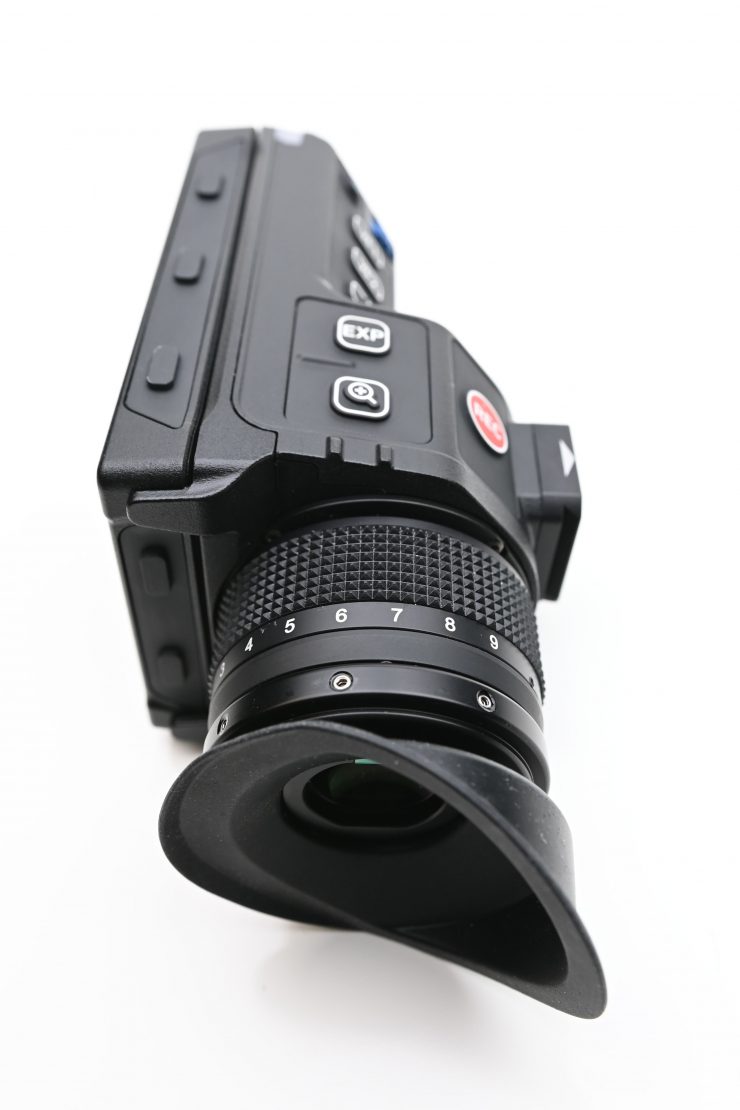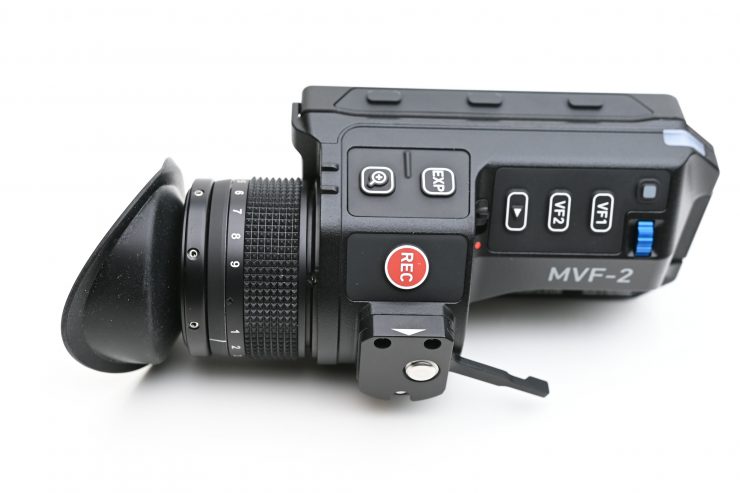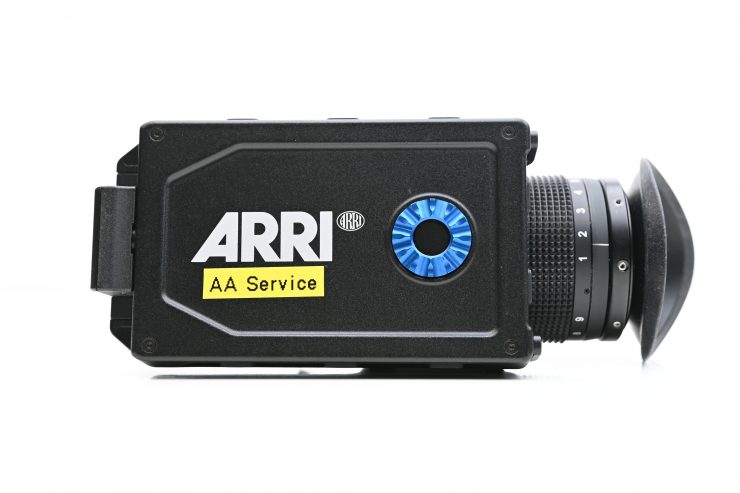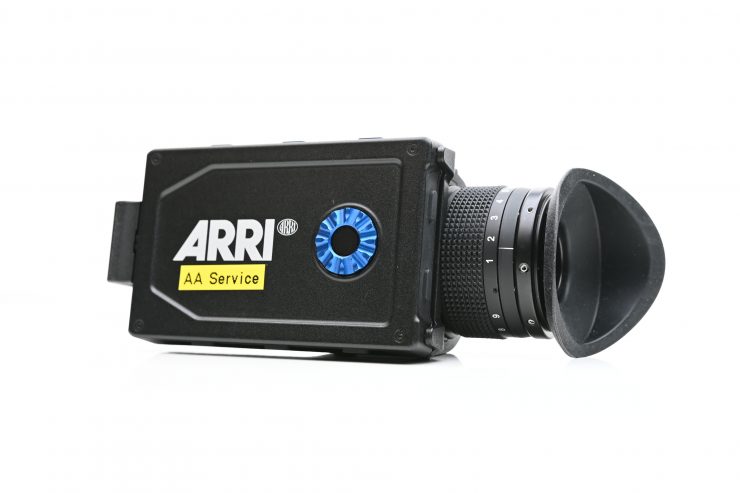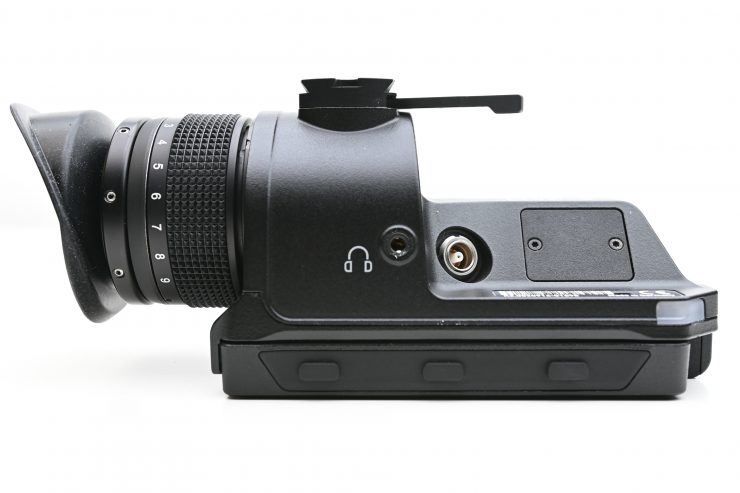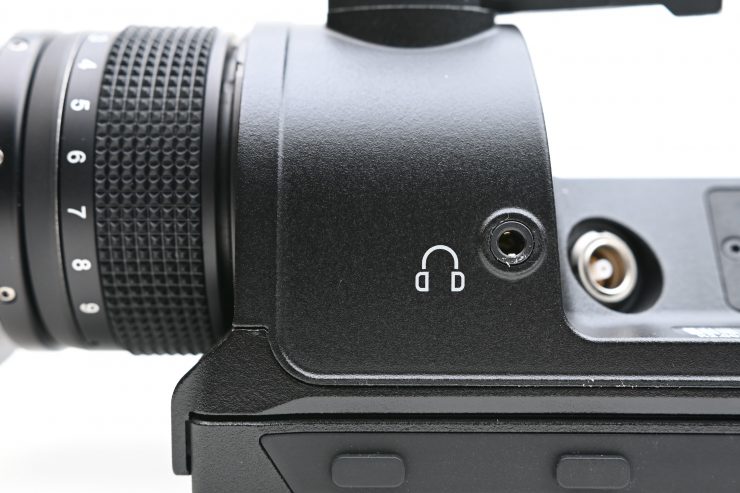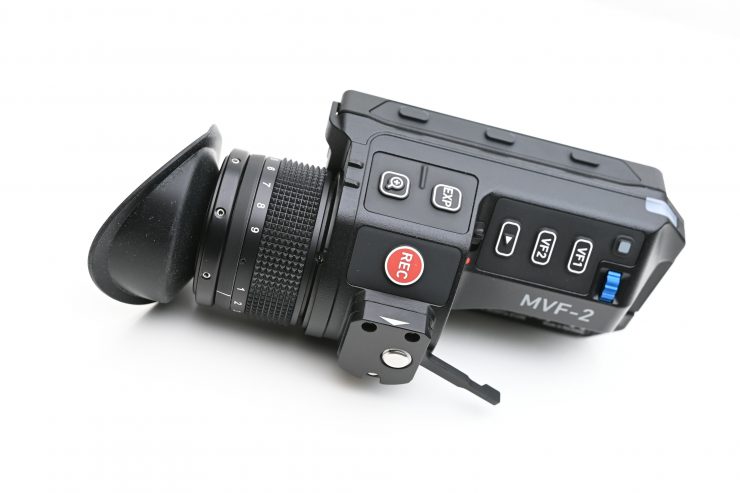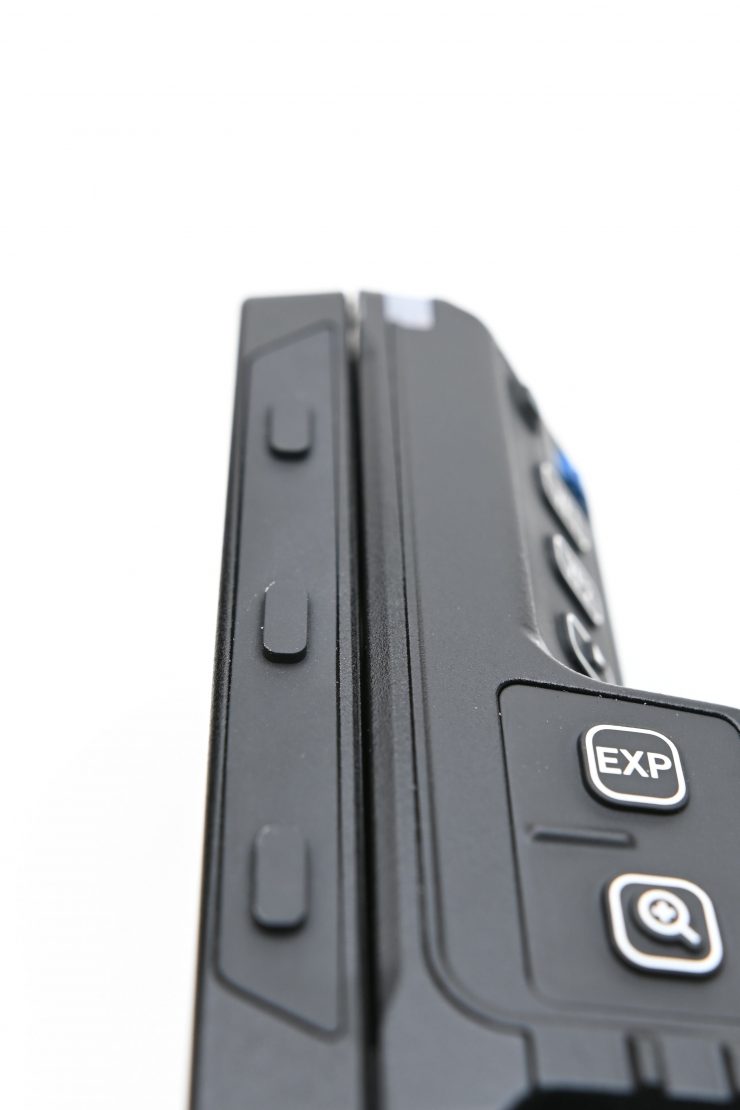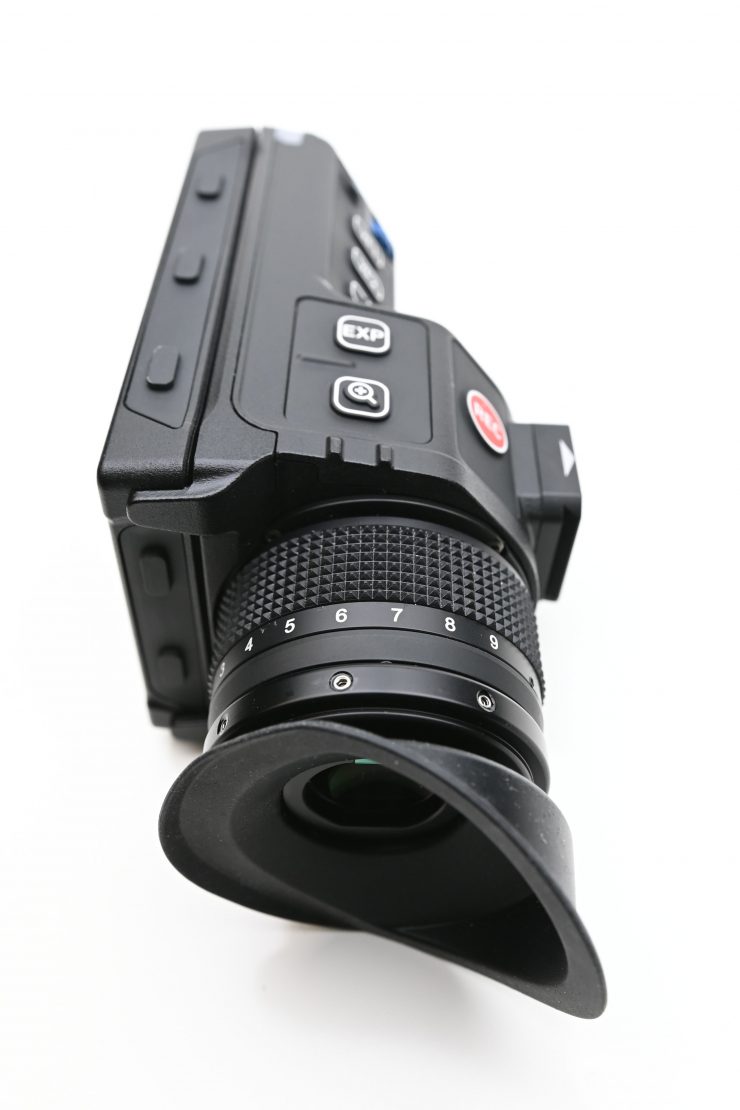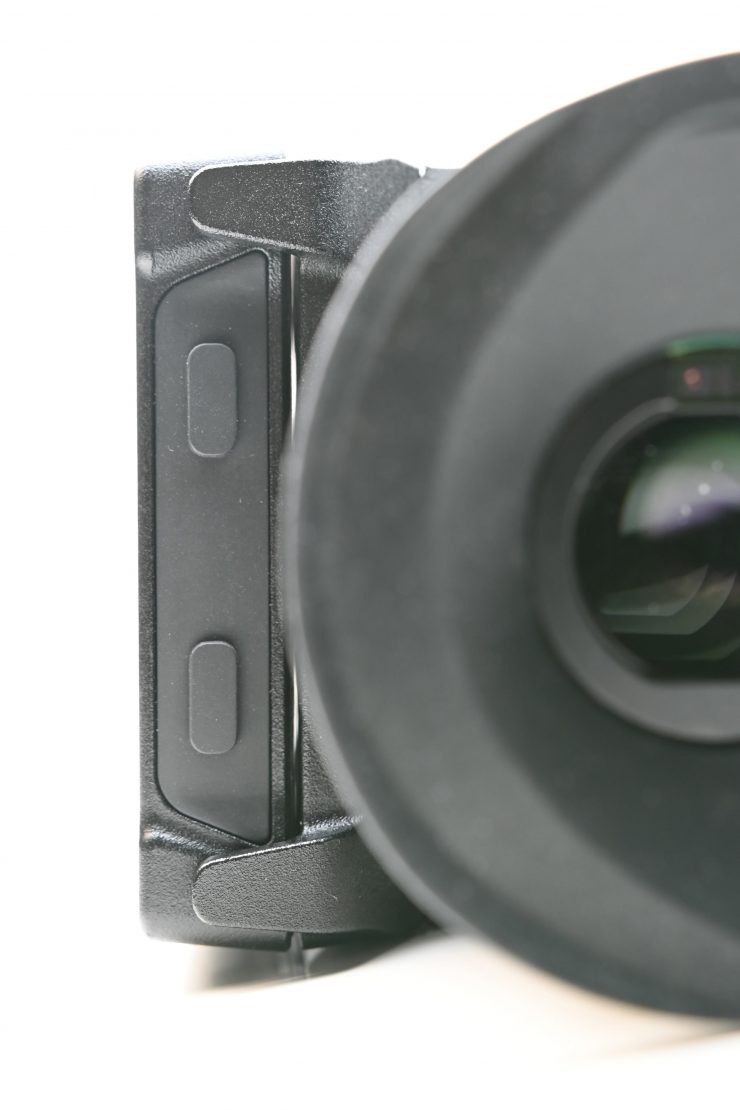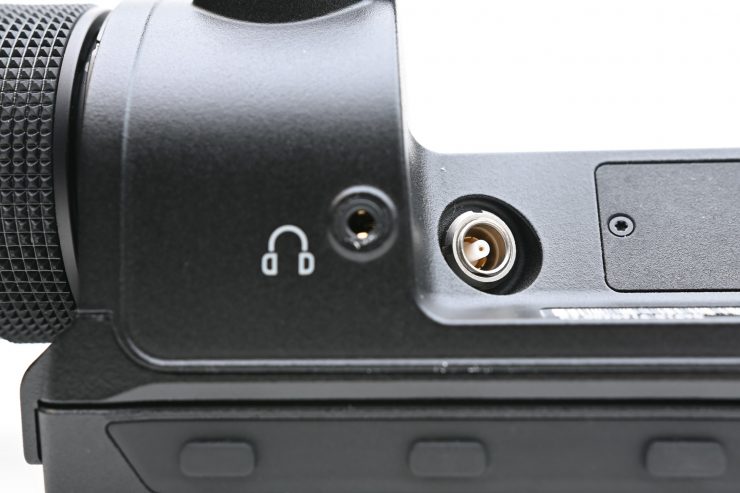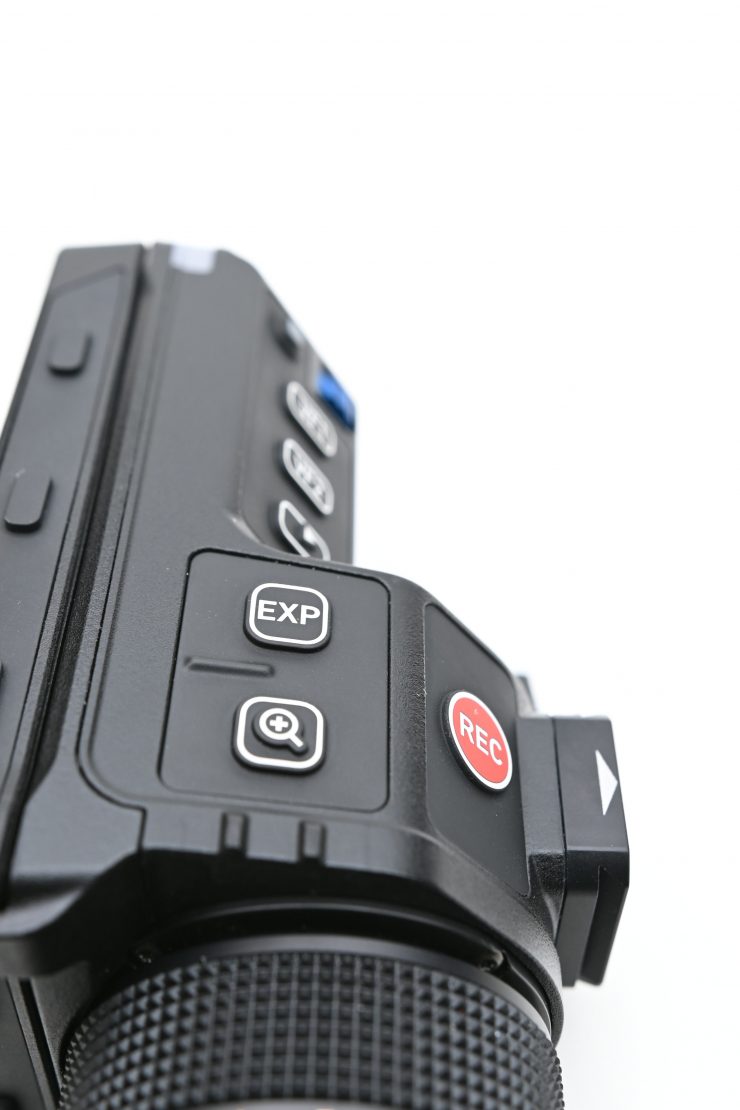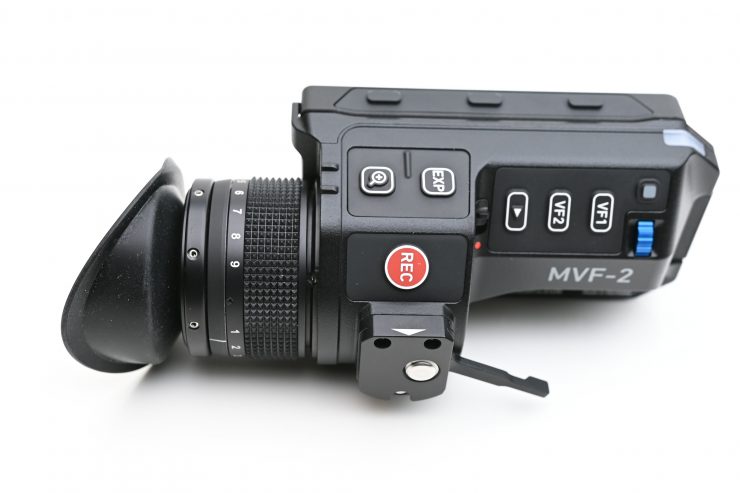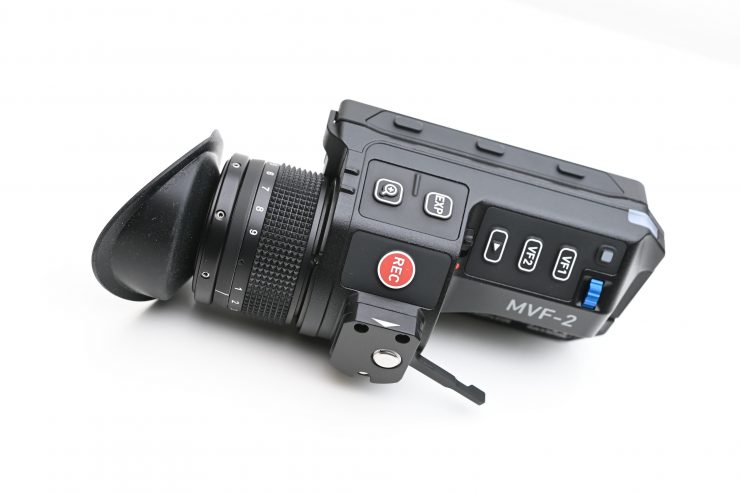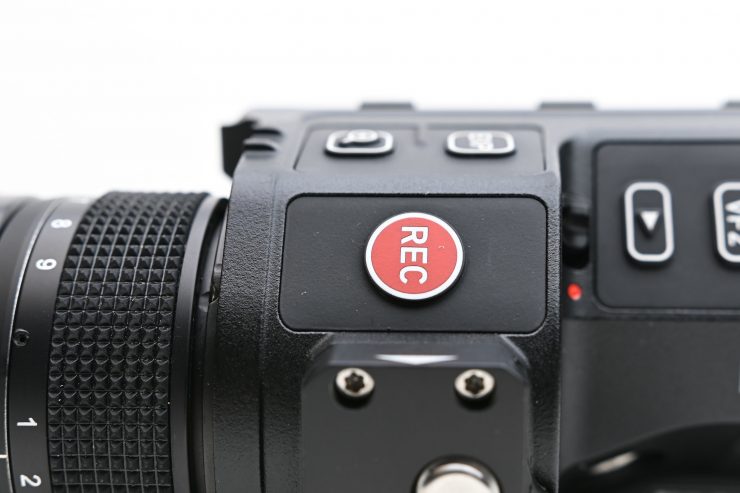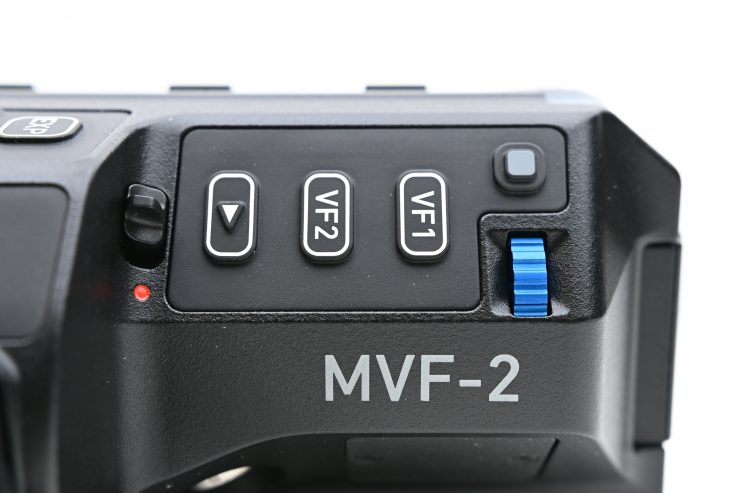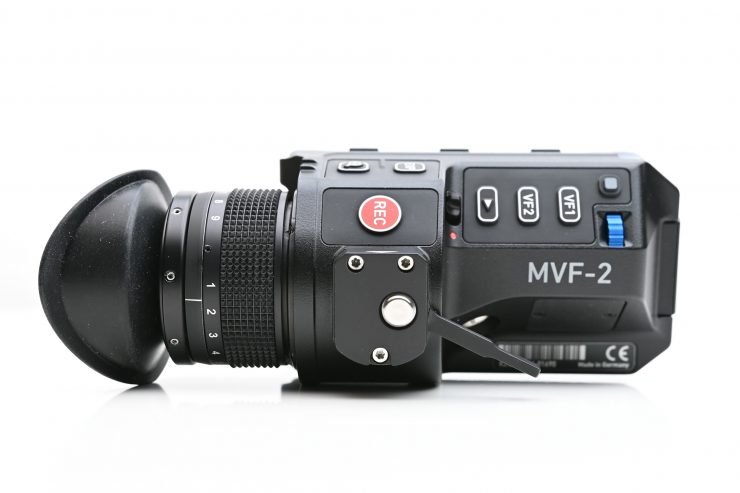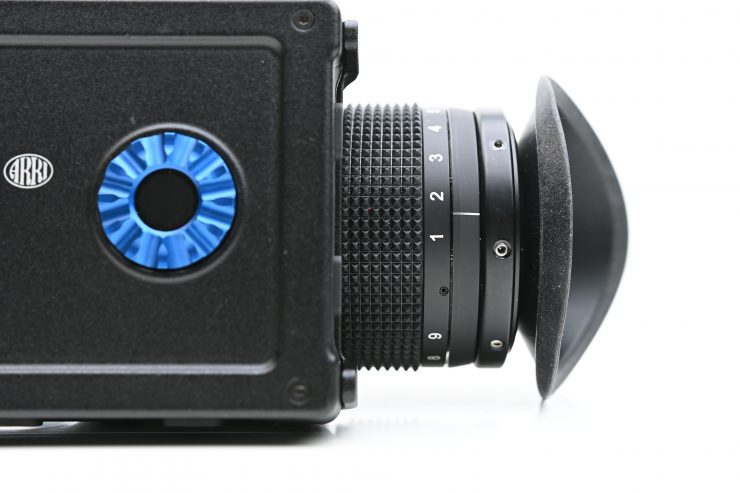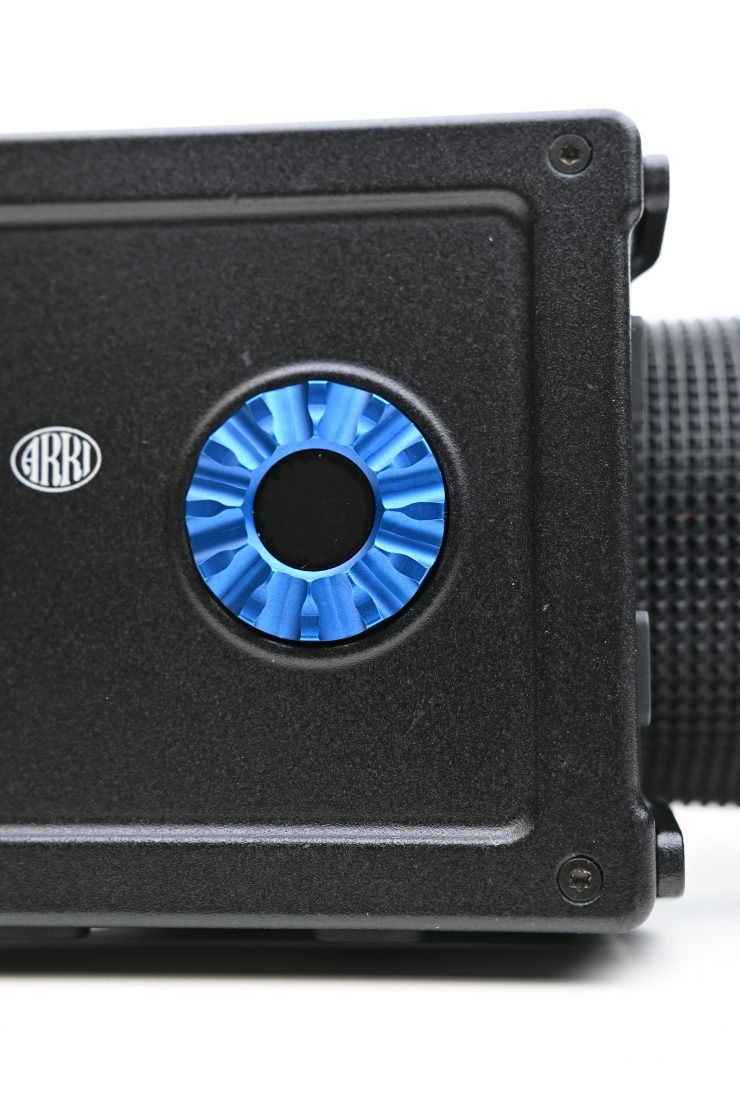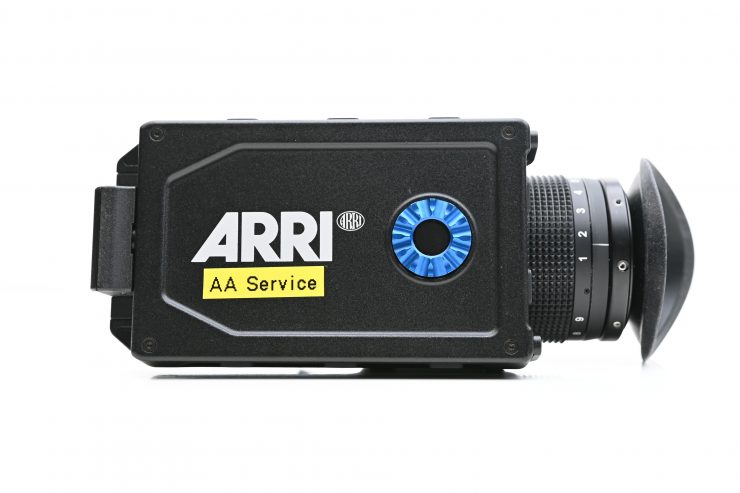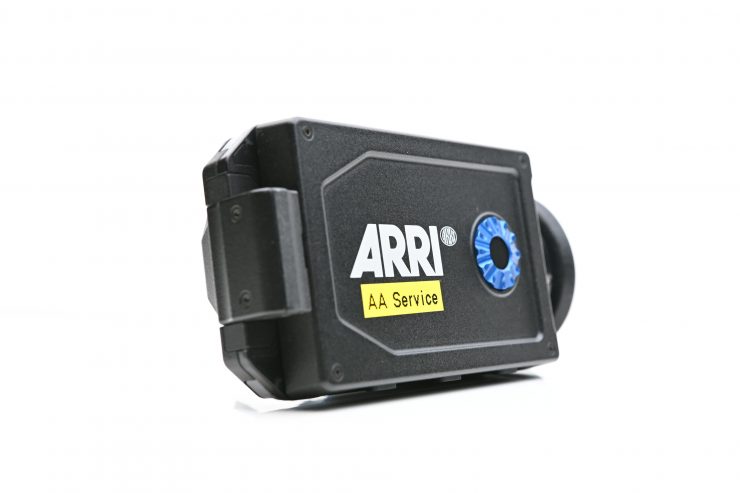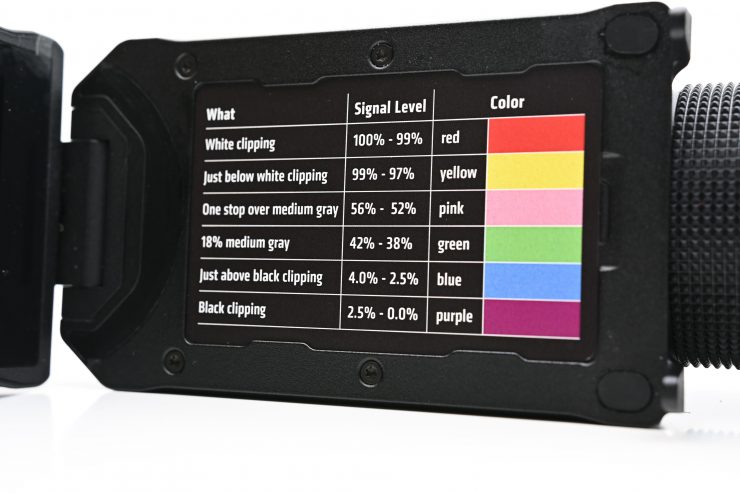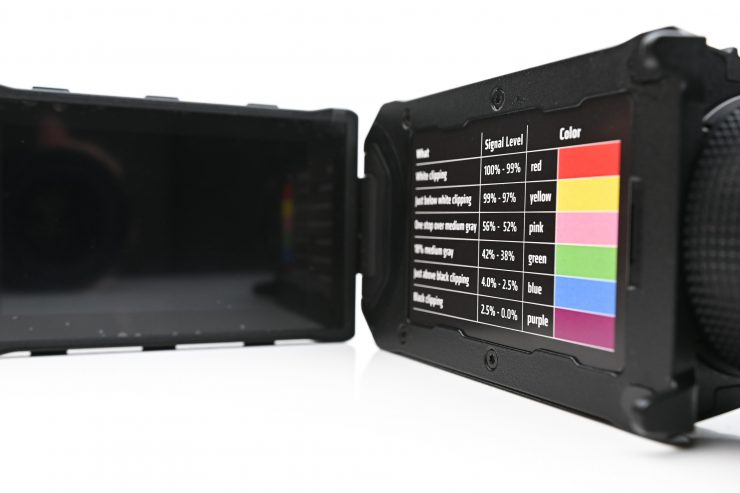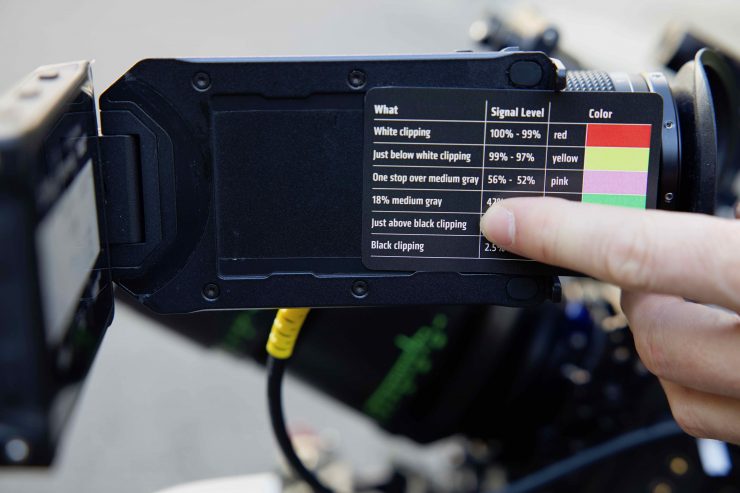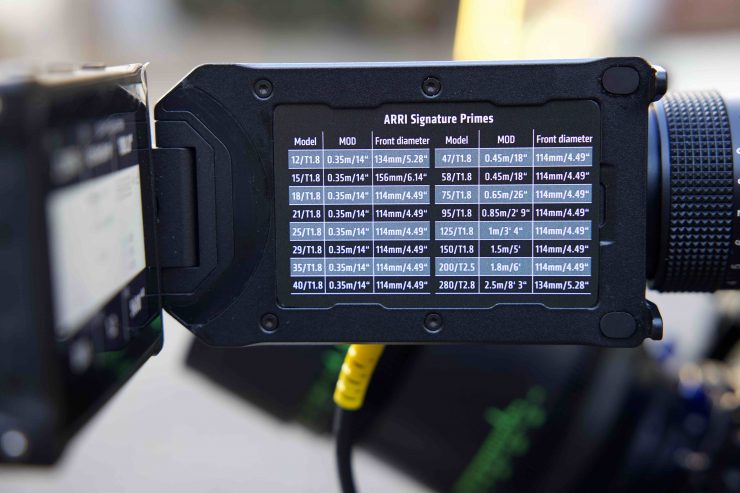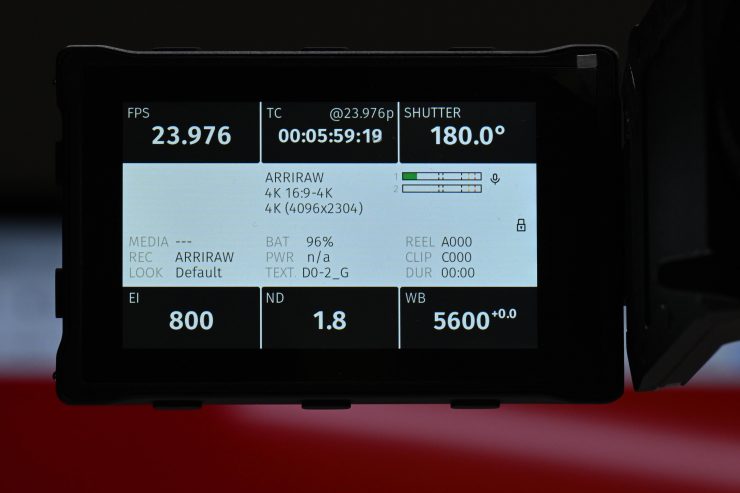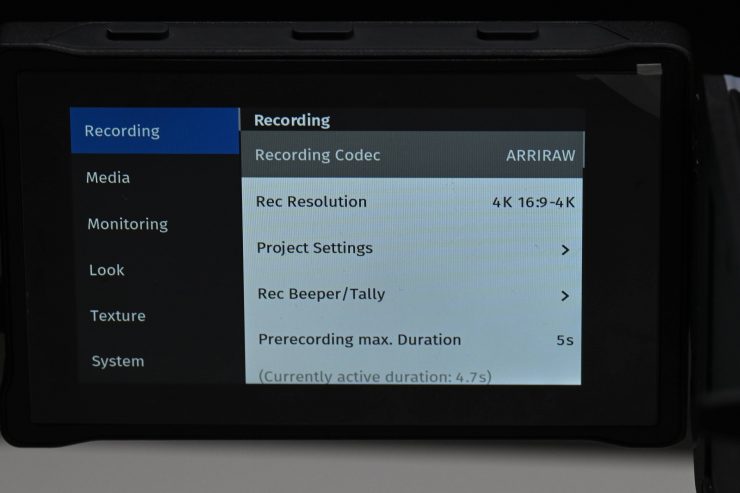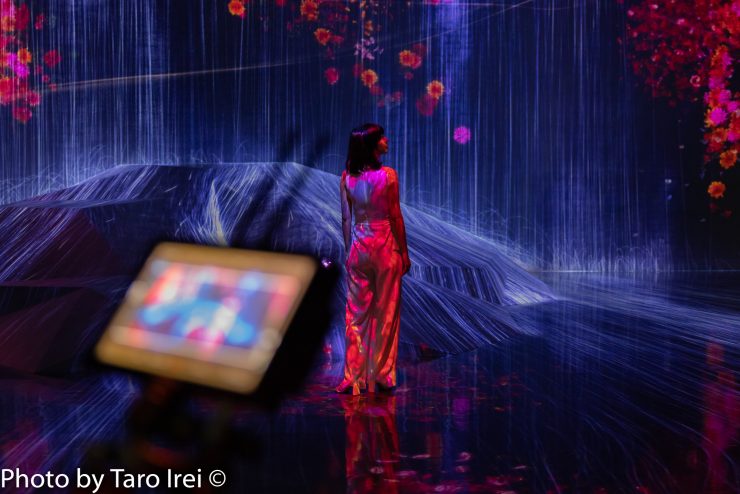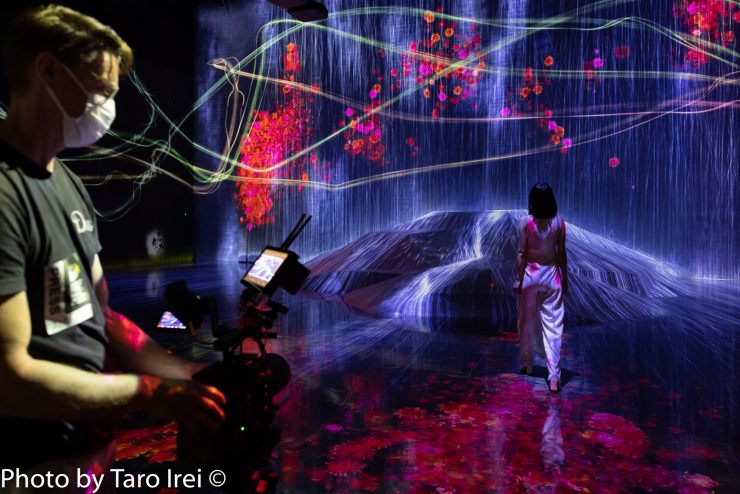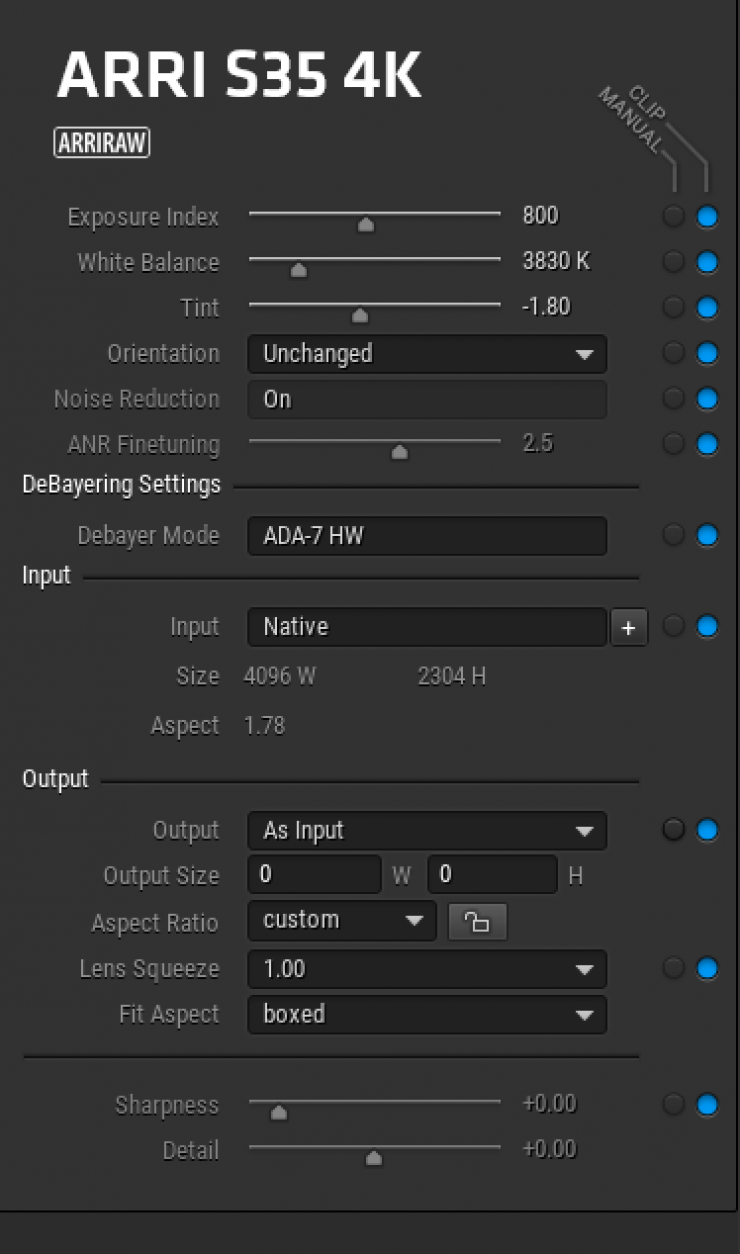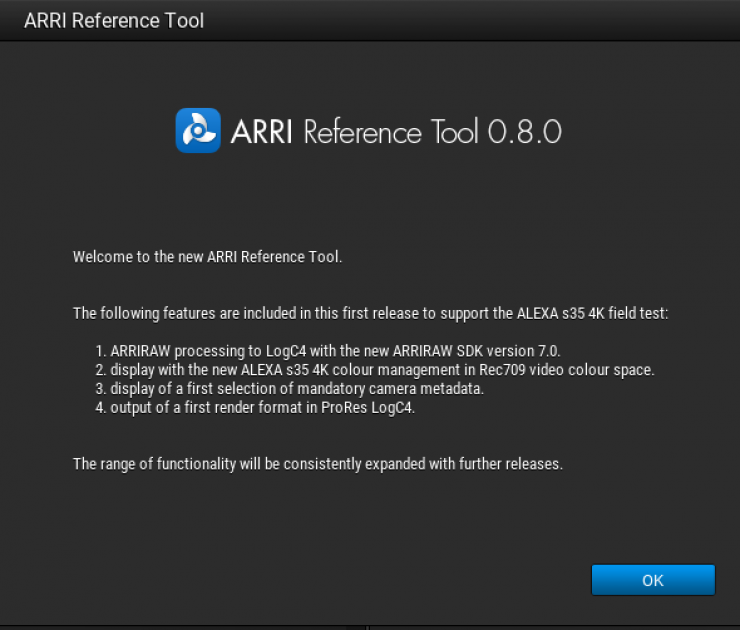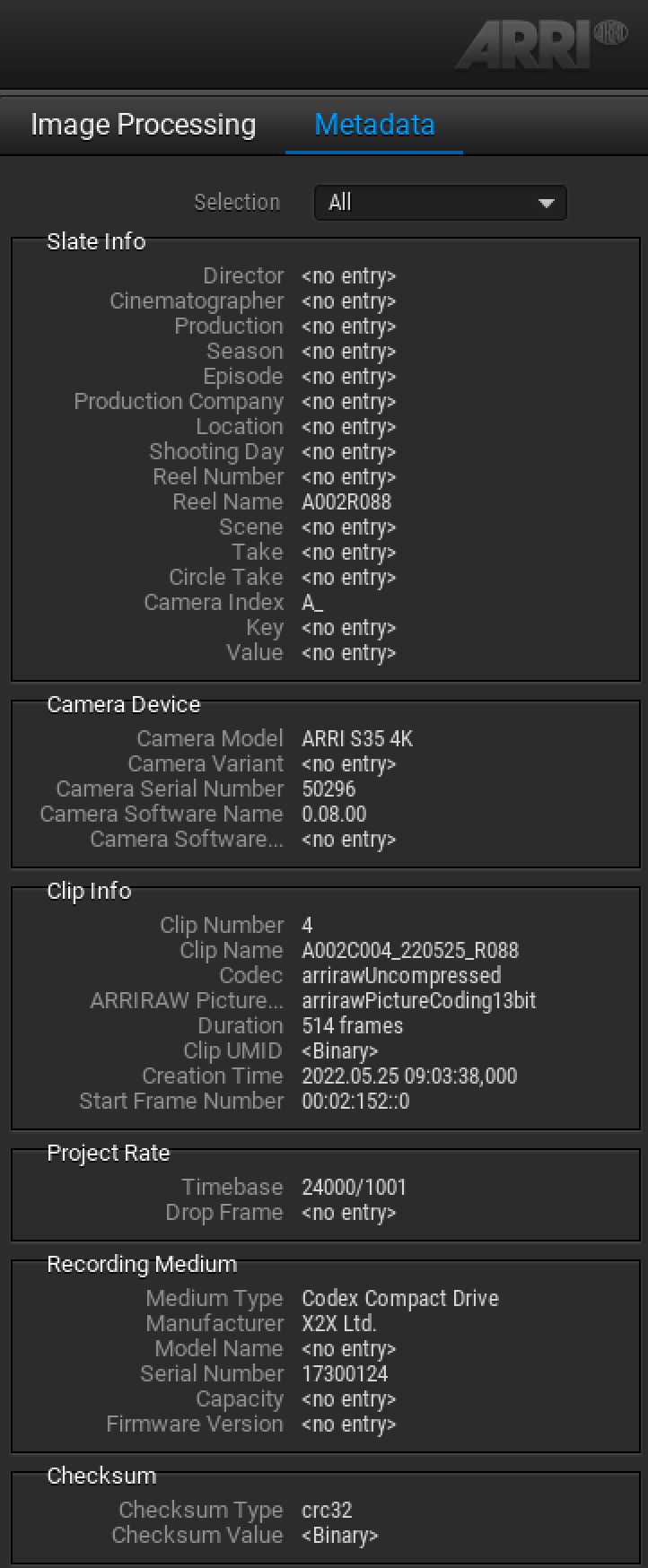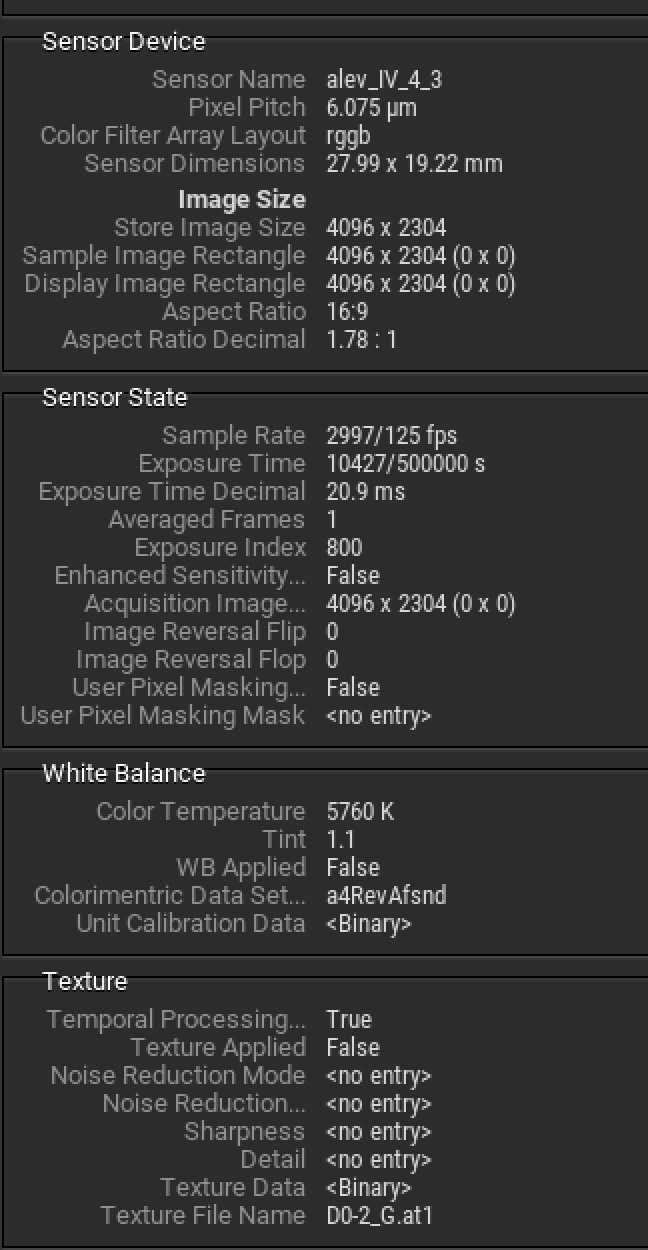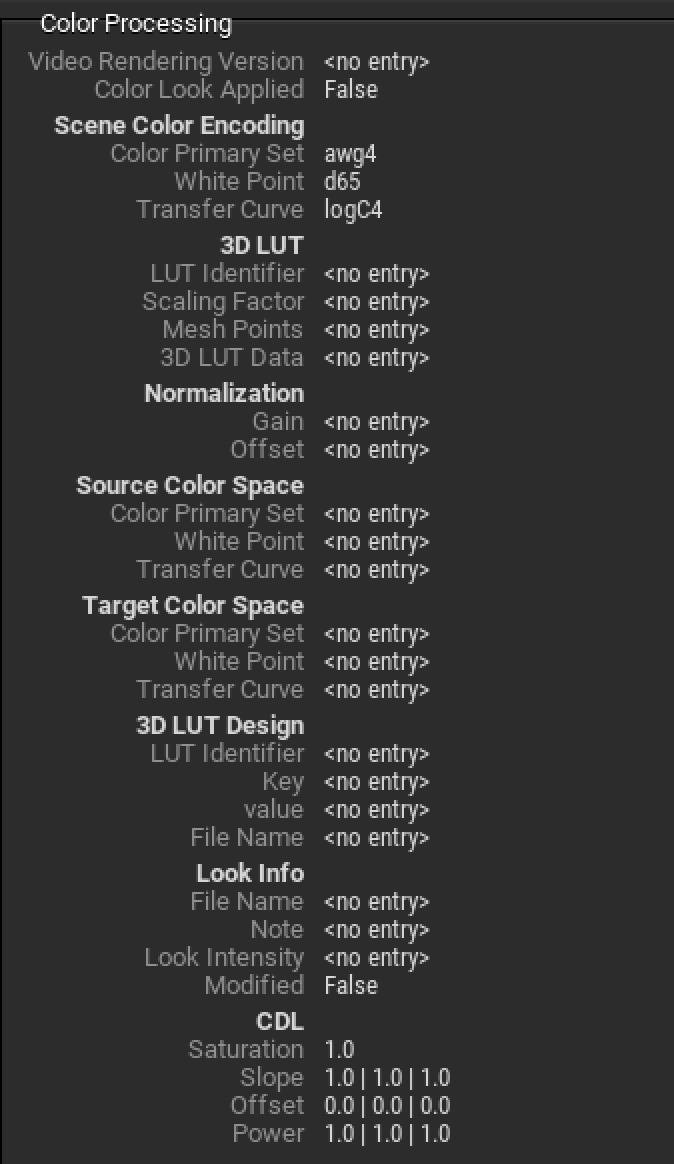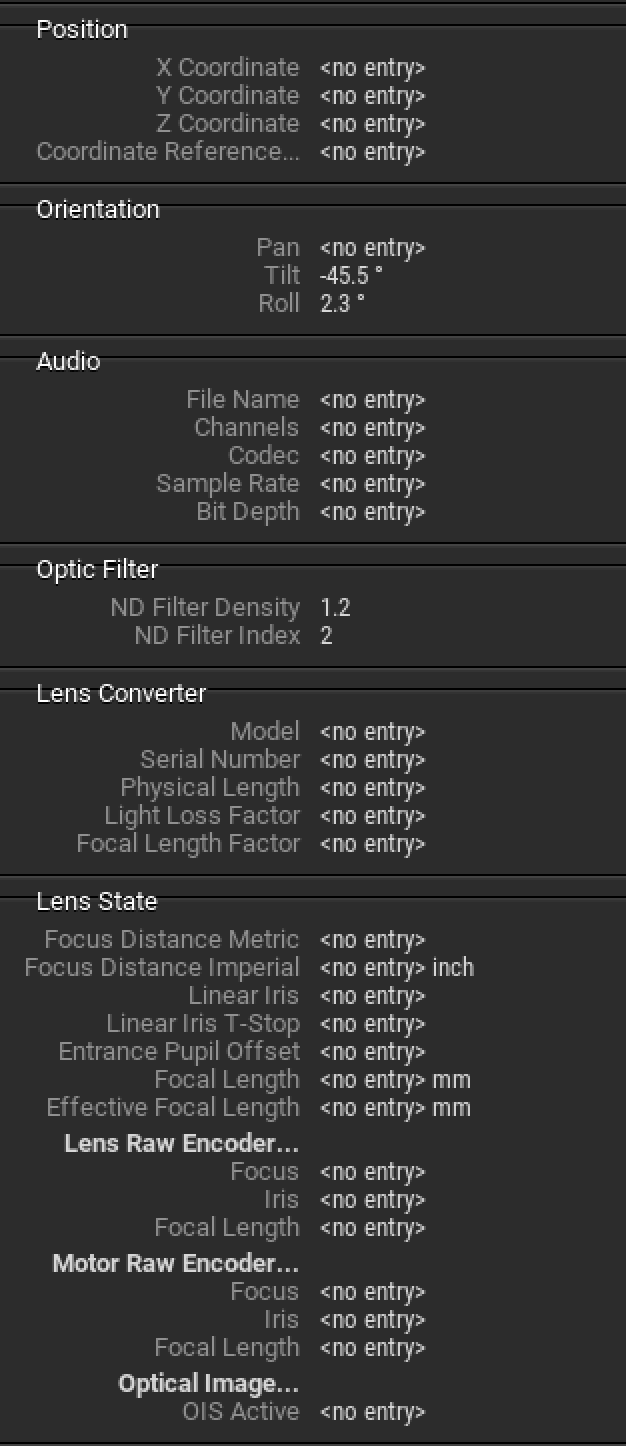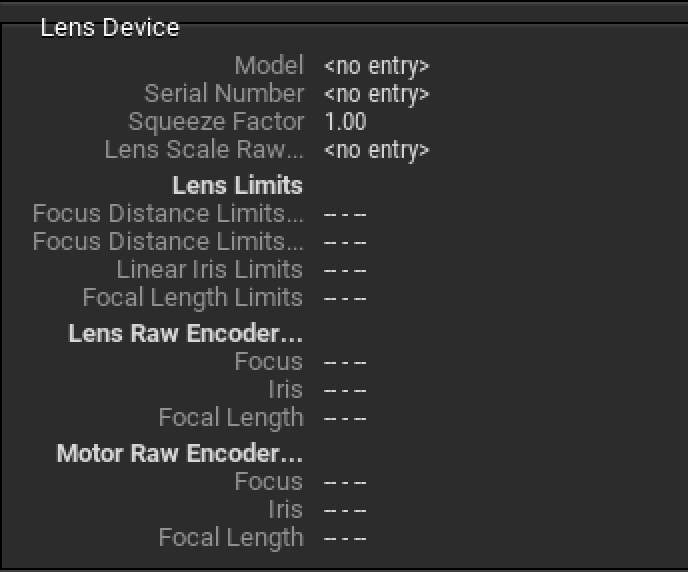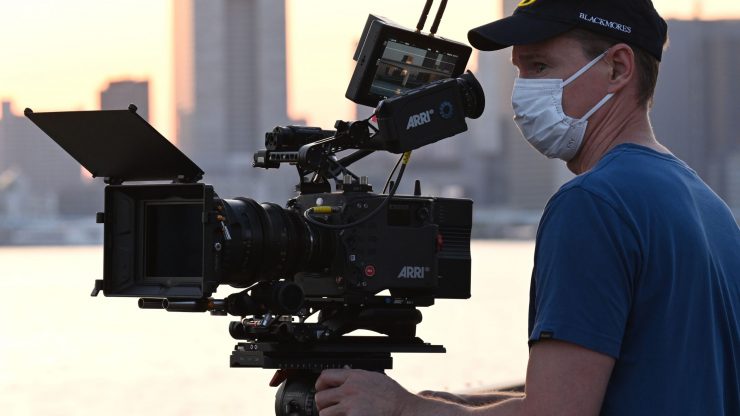
ARRI has officially unveiled the ALEXA 35, a new Super 35 digital cinema camera with 17 stops of dynamic range and a host of new features that are all aimed to provide the best possible image quality.
The ALEXA 35 has big shoes to fill as it is the first ARRI camera to feature a sensor that isn’t based on the ALEV-III. The ALEV-III has been used in various forms in every single ALEXA camera since 2010. The ALEXA 35 represents the next big step for ARRI in the evolution of the ALEXA family.
If you were looking for the next big evolution in sensor performance, I would strongly argue that is exactly what ARRI has done. The image quality (although this is always highly subjective) and the dynamic range are the best I have ever seen from any camera, period.
The sequel needs to be better than the original
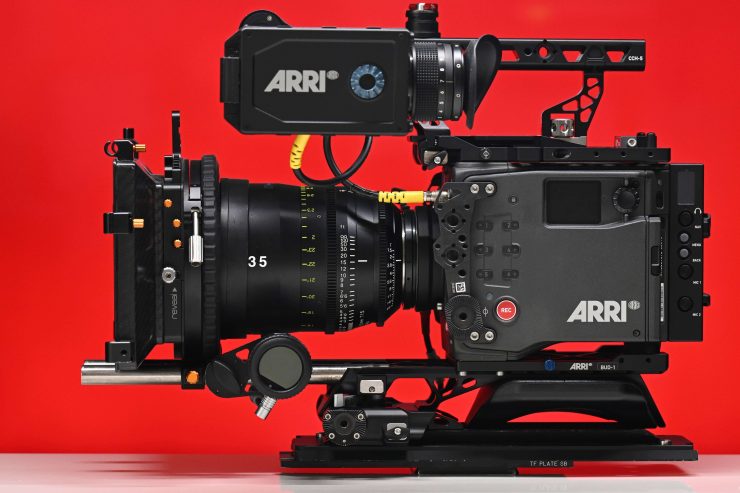
Nobody wants to make Speed 2 when they can make The Empire Strikes Back. For ARRI, the sequel had to be better than the original. Having to come up with a sensor that was better than the ALEV-III was certainly no easy task. It took a long time to develop and refine the ALEXA 35 before ARRI thought it was good enough to be released. ARRI is not the sort of company that is just going to rush a product out the door.
Setting a new standard for Super 35
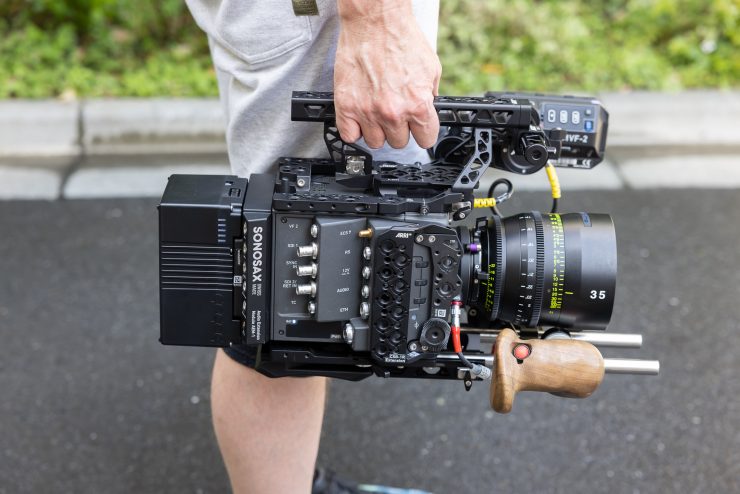
When ARRI set out to develop the ALEXA 35 it had to meet the following requirements:
- Native 4K
- Best image quality
- More creative control
- Fast and easy operation
- Complete new accessory range
- Comprehensive workflow tools
- Robust and reliable
Best Image Quality
ARRI has always prioritized image quality over resolution. At the end of the day, it’s the image quality that matters the most, and ARRI’s philosophy has always been to create the best image quality with no compromises.
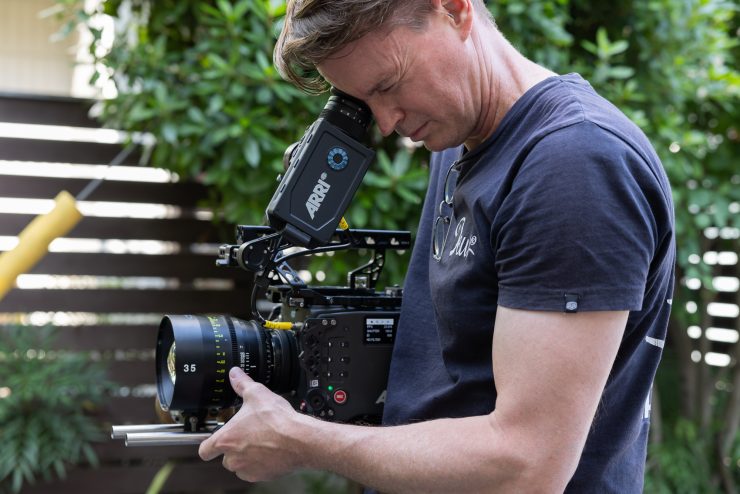
You don’t mess with something people already like, you just improve on it. If there is one thing ARRI does well, it is listening to the end-user. By getting feedback from DPs around the world ARRI was able to come up with a camera that becomes yet another arrow in its impressive quiver. No camera is ever going to be exactly what every user wants, and that is why we have so many options available in the market. There is no such thing as the perfect camera and there probably never will be.
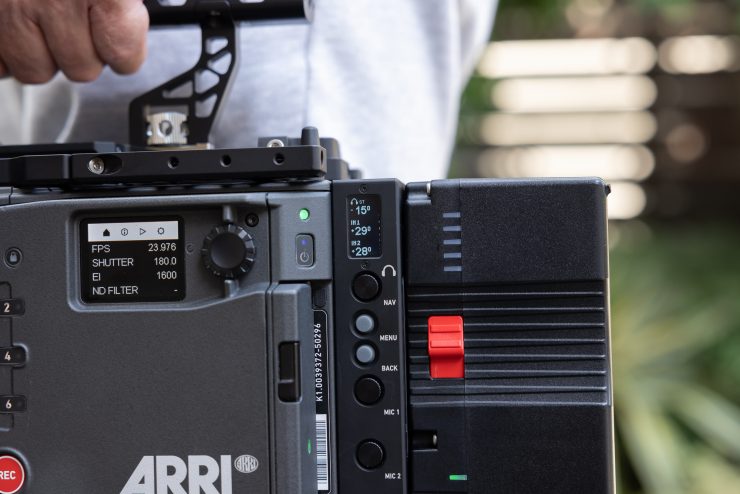
There is absolutely no doubt that certain streaming service mandates were one of the reasons behind the development of the ALEXA 35, ALEXA LF, and Mini LF. With DPs not able to use the ALEXA Mini or AMIRA for certain productions, ARRI did need to bring out a Super 35 camera that could meet streaming mandates, to compliment the ALEXA LF and Mini LF.
Hands On
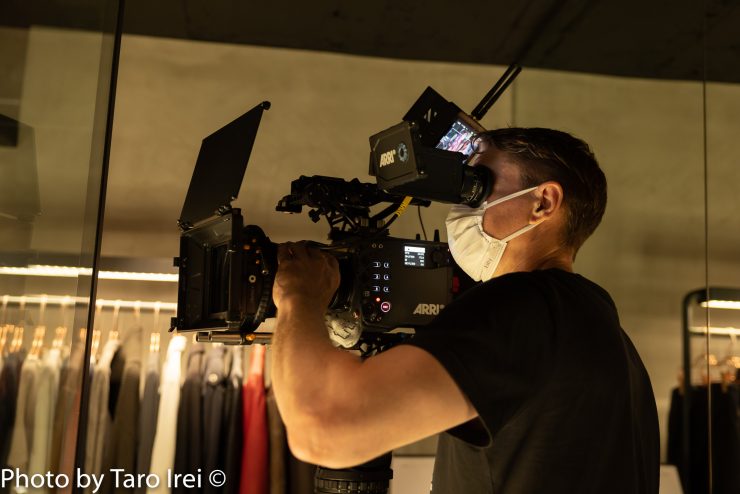
I only got a relatively small amount of time to use the ALEXA 35 and it would be a disservice to the camera to call this a review. That is why this is just a first look. This was not a shipping version of the camera and it was still using quite early firmware, so I wasn’t able to test some of the features because they weren’t available.
I used the camera on a couple of TVCs and I was extremely impressed with the results I got. I can’t show any of that footage because it hasn’t been released yet.
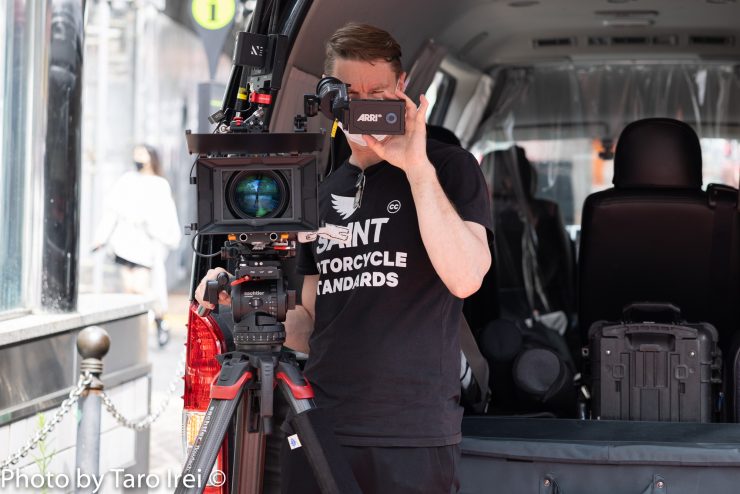
This is a top tier high-end digital cinema camera that will be used on major Hollywood theatrical releases and episodic television. For this first look, apart from testing some of the features and telling you what the camera can and can’t do, from an operational perspective, I’m primarily interested in seeing how the ALEXA 35 fares when used by a single shooter or small crew. I wasn’t interested in shooting in supercontrolled environments because there are already countless examples out there of how the camera performs in those conditions.
The ALEXA 35 is not necessarily going to be a camera that a lot of owner/operators are going to buy, although, the Mini LF had far more owner-operator preorder customers worldwide compared to rental houses than the original ALEXA Mini did. For most people, it is going to be a camera that you will rent.
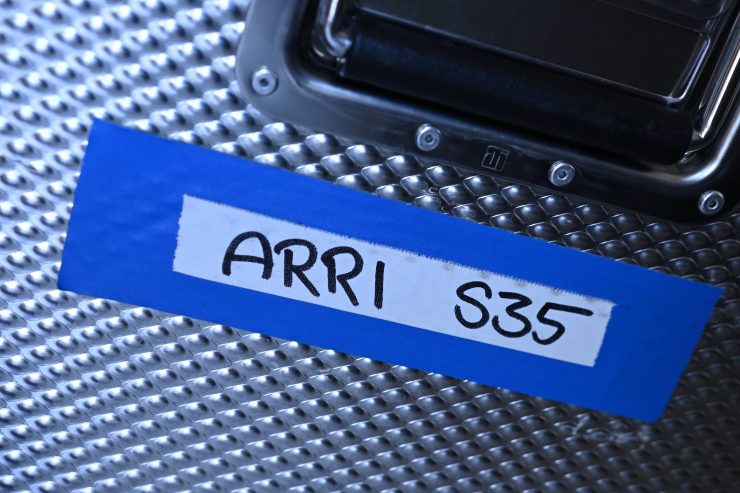
If you ever plan on renting or buying an ALEXA 35 then I hope this will give you a good insight into how to use the camera and what its strengths and weaknesses are.
Key features
- Best Image Quality at native 4K and 120 fps
- More dynamic range: 17 stops can handle any situation on set and is best for HDR
- More contrast: Sophisticated stray-light suppression to accurately capture the full contrast range and character of each lens
- More sensitivity: Lower noise, EI 6400 and optional Enhanced Sensitivity Mode
- More accurate colors: REVEAL Color Science for better color reproduction, cleaner edges and faster grading
- More Creative Control
- The camera supports all S35 and LF lenses while fulfilling all 4K mandates
- ARRI Textures: A new way to define grain and contrast in-camera, giving control back to the cinematographer
- New look handling: View SDR and HDR of the same look on set, set Look Intensity, use in-camera LogC4 Look Library
- Fast and Easy Operation
- The smallest fully featured ALEXA
- New left side display
- Familiar MVF-2 viewfinder (now also in HDR), menu structure, Compact Drives 1TB & 2TB
- 19 recording formats for all requirements
- Advanced Color Match (ACM)
- Streaming metadata for virtual studios
- Comprehensive Workflow Tools: ARRI online tools, stand-alone apps & 3rd party tools
- Robust and Reliable: For dependable working on set, a long product cycle, and a safe return on investment
Above are 10 films that were commissioned by ARRI.
Sensor
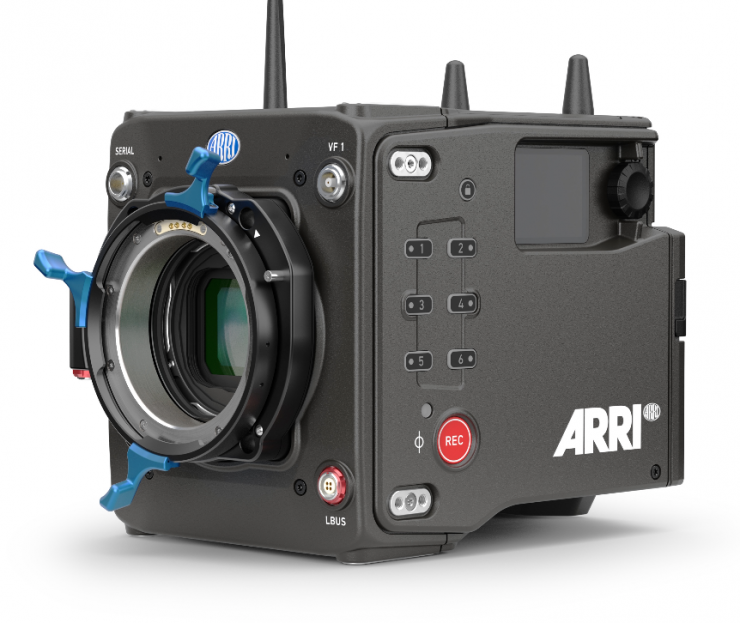
There was immense pressure on ARRI to come up with an entirely new sensor that was better than the ALEV-III. The ALEV-III exceeded ARRI’s greatest expectations and if you think that every ARRI camera released in the last 12 years has used a variation of the original ALEV-III sensor that is the ultimate testament to just how good it is.
In an age where technology continues to move rapidly, the fact that the ALEV-III sensor is still revered in the industry as the gold standard shows you just how right ARRI got it back in 2010. Because that sensor was so good, that is why ARRI continued to use it for so long.
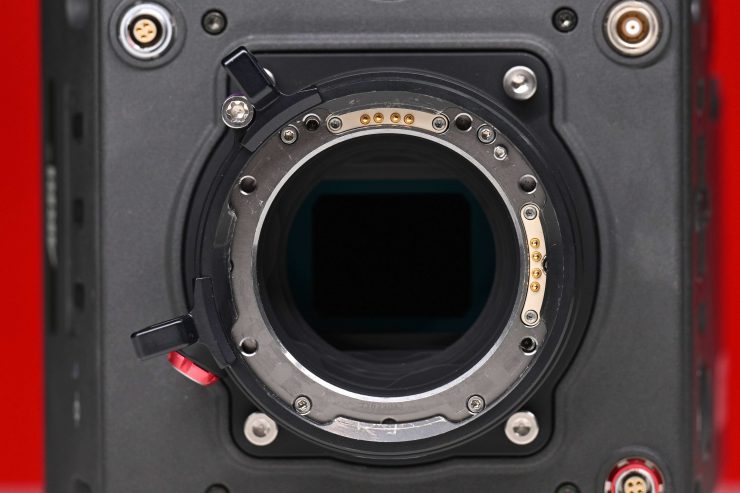
You can’t just magically pluck a sensor out of thin air and expect it to be better than the ALEV-III. ARRI tried numerous sensors until they eventually found the right one. The new ALEV-IV sensor is made by onsemi to ARRI’s design. onsemi has made every single CMOS sensor found in ARRI cameras dating back to the ARRIFLEX D-20.
The development of the camera started way back in 2016 when ARRI first saw the basis of what is now the new sensor, the ALEV-IV. From there it was a long process and it wasn’t till 2019 that they really started to put together and design what is now the ALEXA 35.
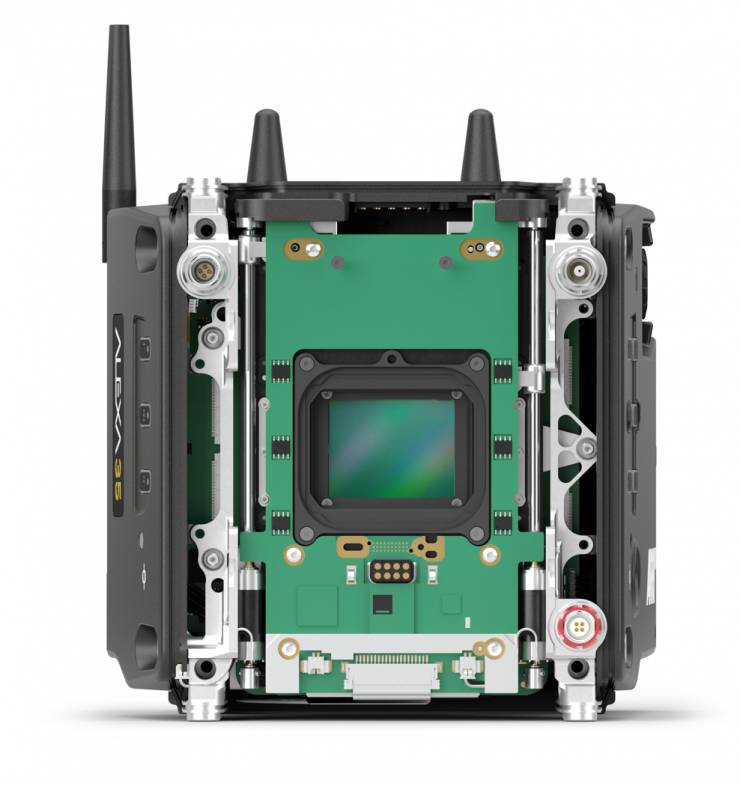
The new ALEV-IV sensor that is in the ALEXA 35 was developed specifically for the Super 35 format and it utilizes a technology where the analog to digital converters actually sit on the sensor board. Previously ARRI always had two boards, a sensor board and a separate board that housed the analog to digital converters. Having the analog to digital converters actually sitting on the sensor board allows ARRI to shorten the high-frequency analog lines which in turn allows you to create a cleaner image with less line noise, and less fixed pattern noise. The caveat to doing this is that you can’t stitch a sensor board like this anymore, which is what ARRI was doing in the past with cameras like the ALEXA 65, ALEXA LF, and Mini LF. So ARRI can’t just stitch this new sensor to create a larger sensor.
Creating a good-looking roll-off in the highlights is probably one of the most difficult tasks for any sensor designer and ARRI uses considerable resources to ensure exceptional highlight handling. The ALEXA 35 sensor’s wide exposure latitude translates into a “thick” digital negative; which provides tremendous flexibility when color grading. The sensor’s ability to retain definition, even when extremely under or overexposed, provides that extra bit of security in post. Its high dynamic range makes the images from the ALEXA 35, from day one, future-proof for high dynamic range (HDR) display technologies. The unique design of the sensor ensures wide exposure latitude and low noise at all sensitivity settings without making any compromises in image quality.
The New Super 35 format native 4K 3:2 sensor allows you to shoot at up to 120 fps and it has 17 stops of dynamic range. 17 stops is a whopping 2.5 stops more than previous ARRI cameras and more than any other digital camera on the market today. These are actual stops of dynamic range and not claimed dynamic range numbers that some manufacturers like to throw around. ARRI has a history of accurately, or rather conservatively, measuring the dynamic range of its sensors.
Now, I have used this camera and I can tell you that I have never seen or used another camera that comes anywhere near what the ALEXA 35 is capable of. The sensor in this camera is simply phenomenal.
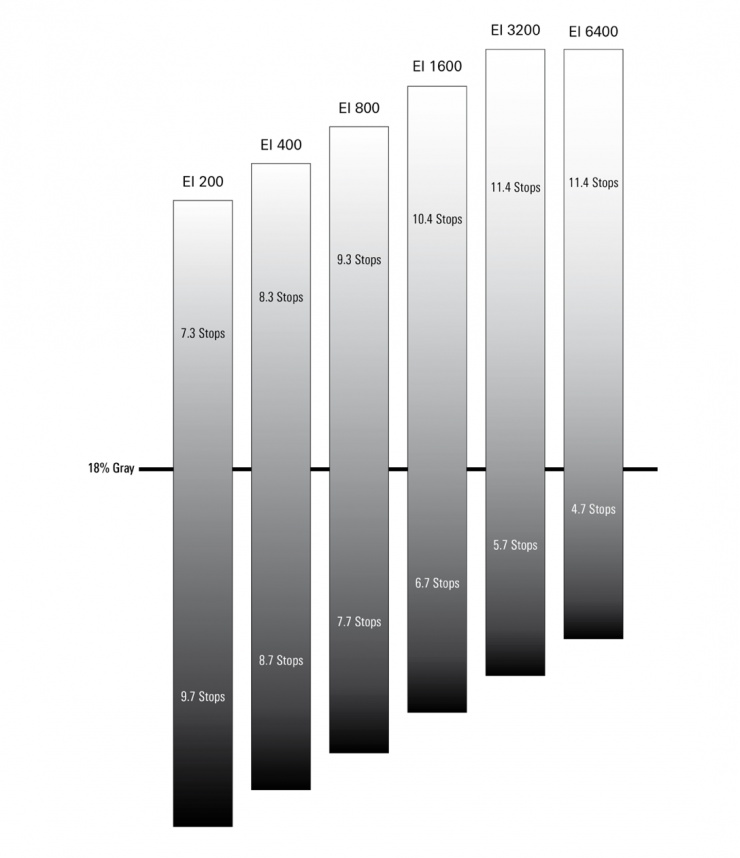
The new sensor in the ALEXA 35 has 1.5 stops more in the highlights while still retaining that renowned ARRI highlight roll-off. Additionally, you also get 1 more stop in the shadows as well. All of this while still maintaining a base sensitivity of EI 800. At every EI value, you are getting 17 stops (except at EI 6400, where you lose one stop in the highlights). The only difference is where those stops are getting allocated depending on what EI value you are using. The fact that you can still get 7.3 stops above middle grey when shooting at EI 200 is astounding. If you use EI 3200 or 6400 you are getting a whopping 11.4 stops above middle grey. That’s more stops than some cameras have in total.
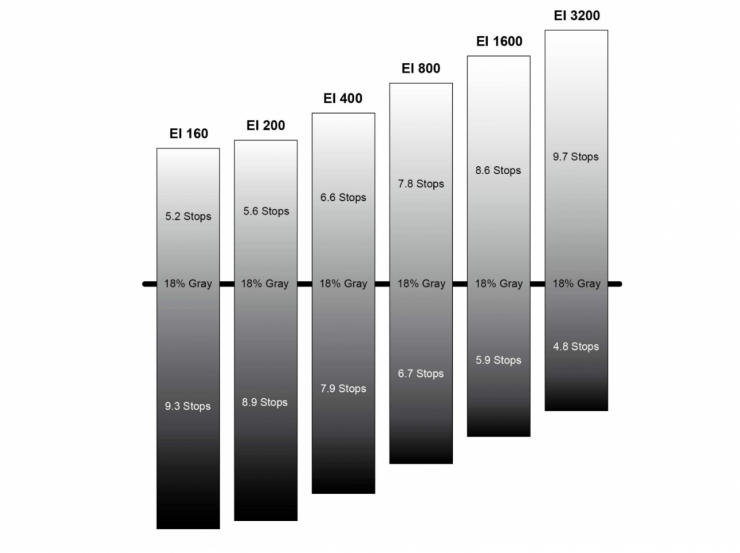
As a comparison, above you can see the stop distribution above and below middle grey for the ALEV-III sensor
So what does having 17 stops really mean in the real world? Well, not only do you end up with a camera that can handle just about any lighting conditions you can throw at it, but it gives you so much flexibility and room in post for manipulating and stretching your image. In conditions where you may have previously had to ND windows, there will be situations where you won’t need to do that anymore. If you are working on HDR projects this is a camera you will want to use.
It was very evident to me from just looking at some images from the camera that the amount of highlight retention is far better than any camera I have ever used or seen, and that includes the Mini LF, by some considerable margin. I could see details in the highlights that I couldn’t see with other cameras. The usable latitude that the camera has is extremely impressive.
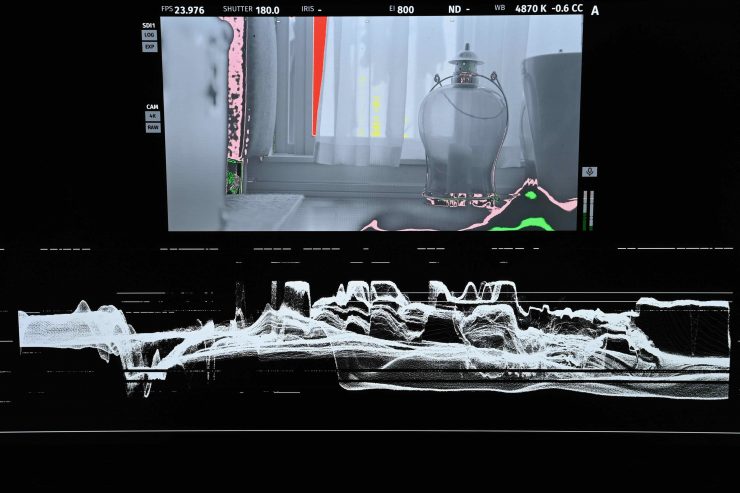
ARRI ALEXA 35 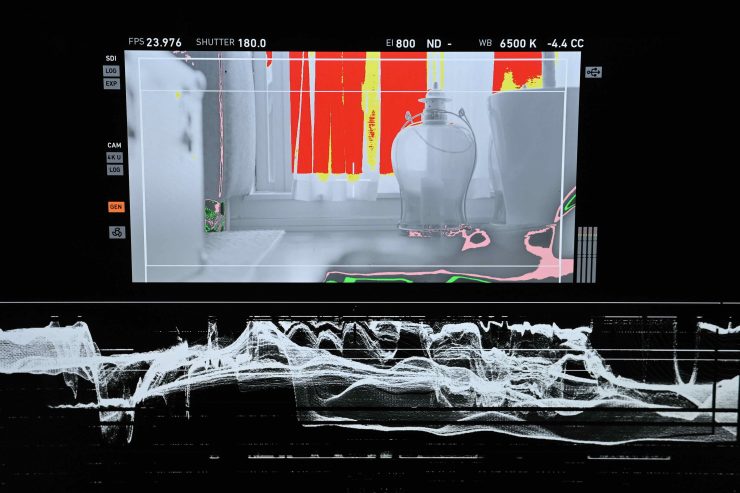
ARRI AMIRA 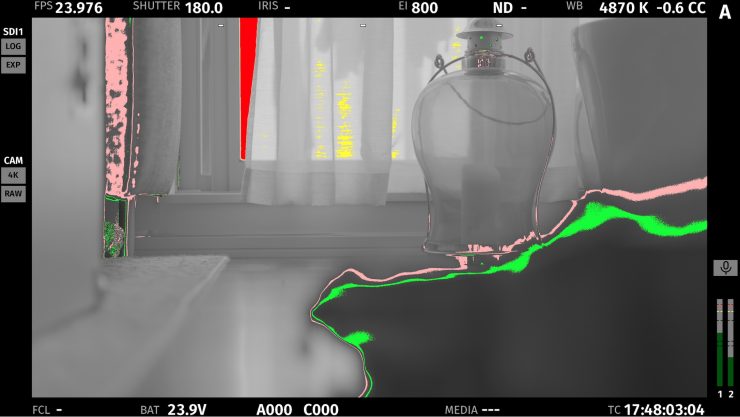
ARRI ALEXA 35 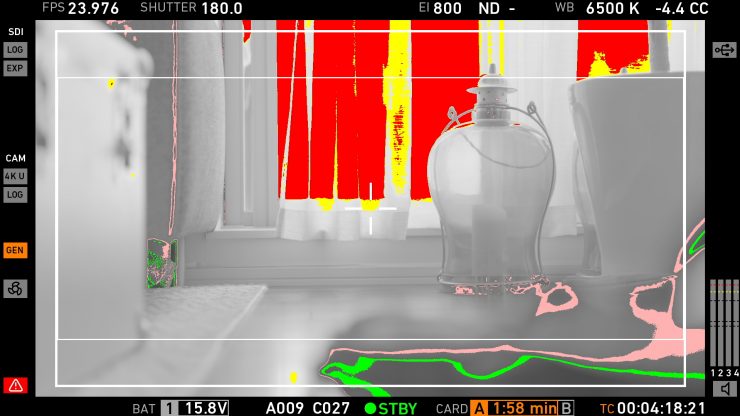
ARRI AMIRA
You don’t need to shoot dynamic range test charts to see the difference, you can clearly see it with your own eyes. Above you can see comparison images between the ALEXA 35 and the AMIRA. Both cameras were set at EI 800 and the exact same lens and T stop were used. I set the ALEXA 35 to a point where clipping just started to appear in the absolute brightest part of the scene. False color for both cameras is being sent out over their respective SDI outputs
I did this test and my jaw dropped to the floor. The amount of highlight retention the ALEXA 35 has is ridiculous. All you have to do is look at the waveform differences.
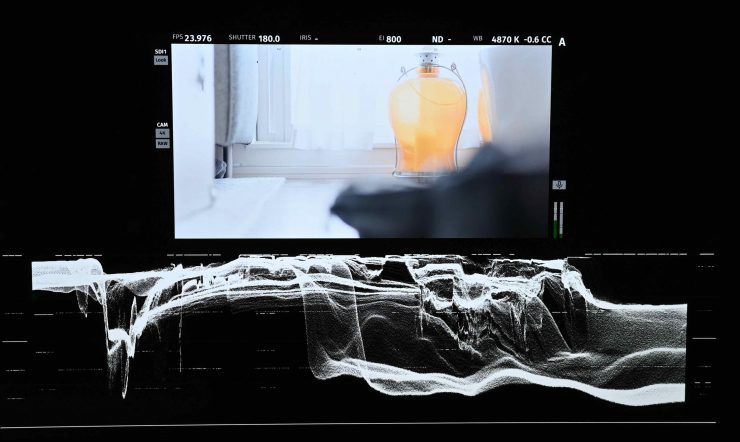
ARRI ALEXA 35 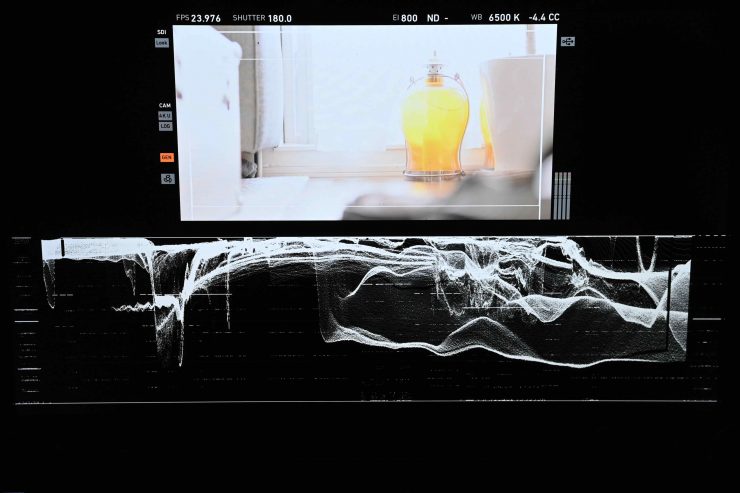
ARRI AMIRA
If you look at the same image from both cameras with a Look applied you can see how heavily they both appear to be clipped. However, the LogC4 image from the ALEXA 35 retains so much information, that everything is still there.
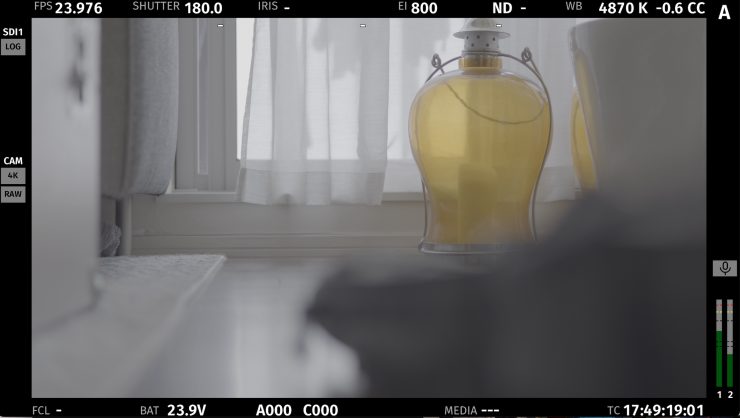
LogC4 image 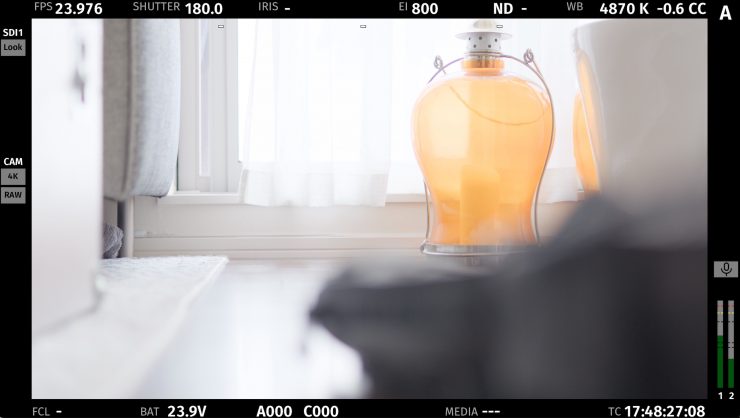
Look applied
Just as another comparison, above you can see the LogC4 image from the ALEXA 35, and the same image with a Look applied. This clearly shows you just how much latitude this camera gives you with highlight retention.
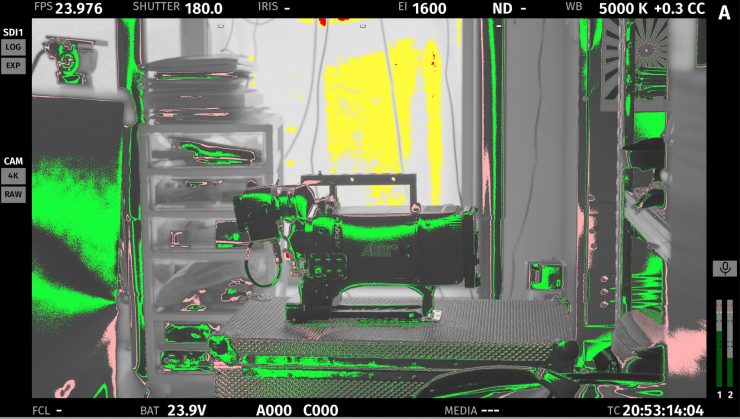
False color CLog4 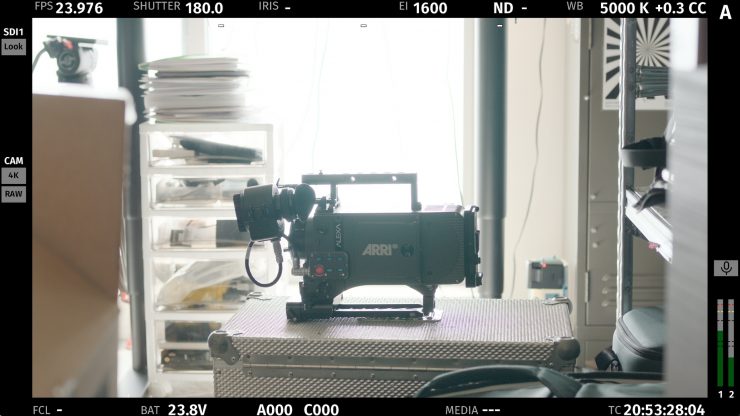
Look applied 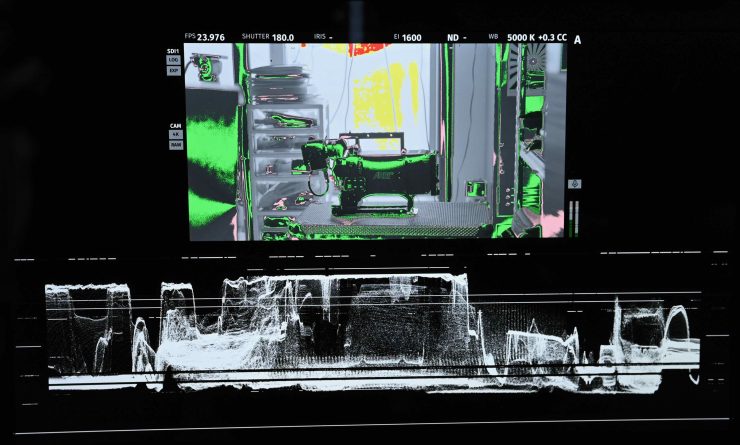
LogC4 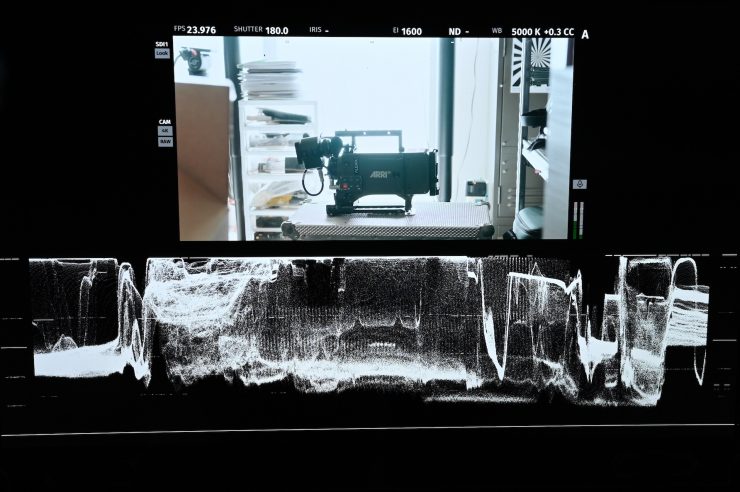
Look applied
If you want to go a step further, here is the ALEXA 35 set at EI 1600, where you get 10.4 stops above middle grey.
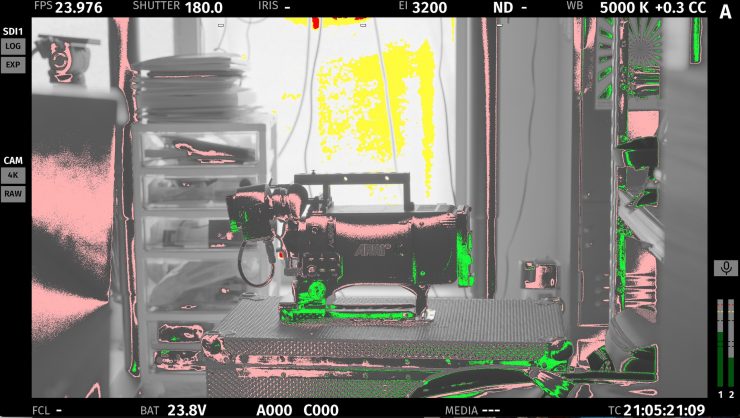
False color CLog4 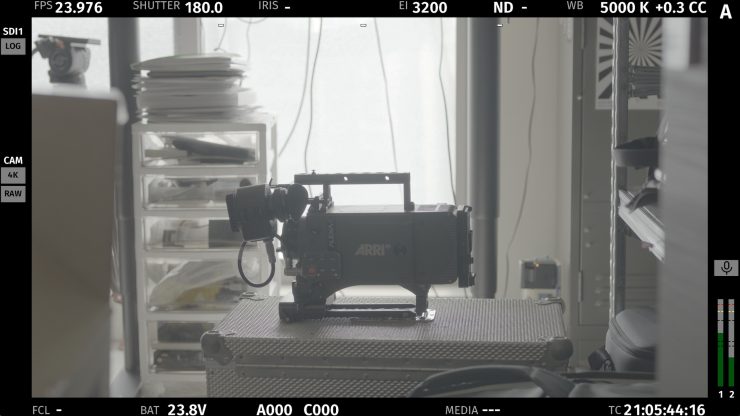
LogC4 Image 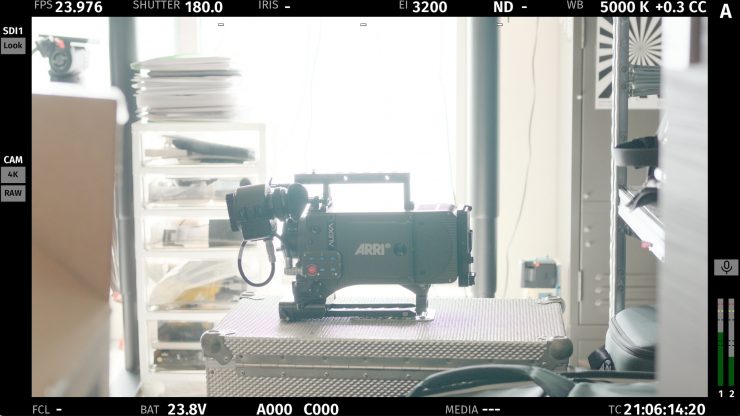
Look applied 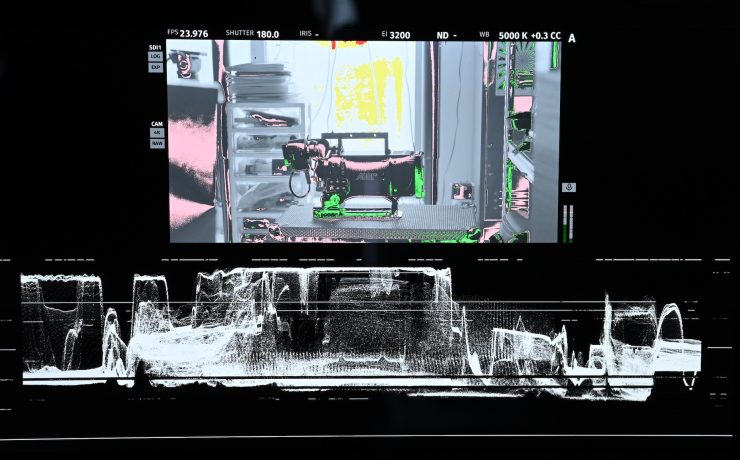
LogC4
Ok, let’s step it up one more level and have a look at EI 3200 where you can a whopping 11.4 stops above middle grey. I could almost expose correctly for middle grey on the camera that had no direct light on it while not blowing out the window.
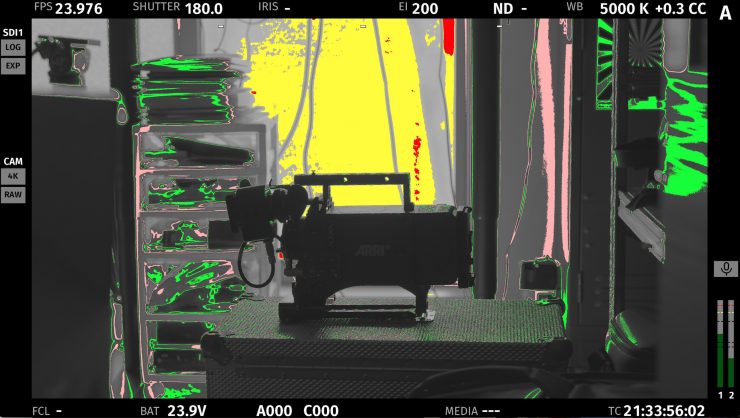
LogC4 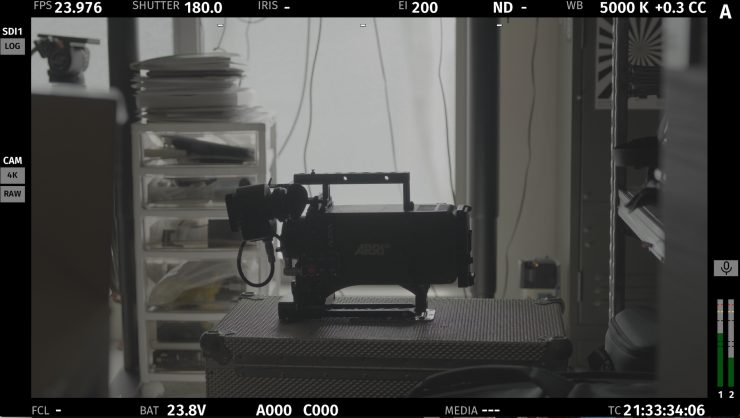
LogC4 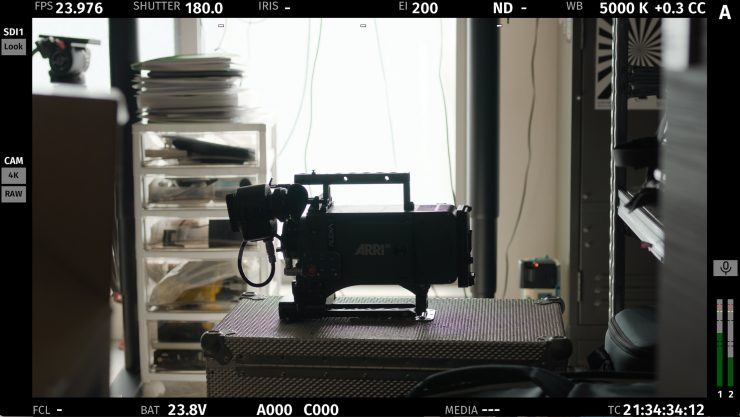
Look applied 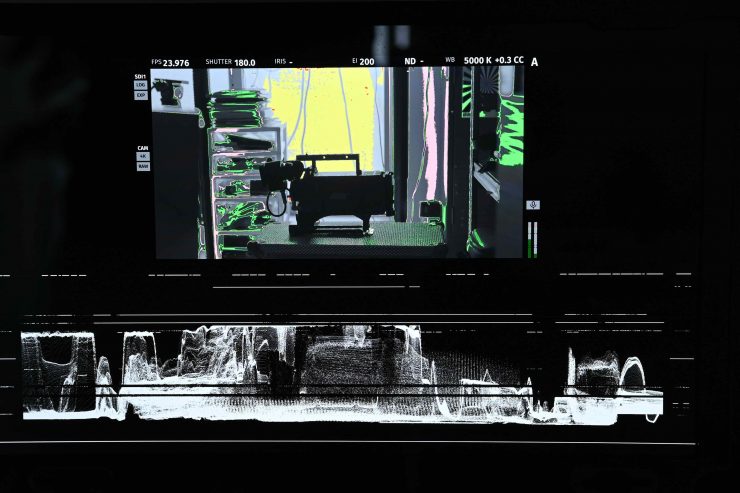
LogC4
If we go to another extreme we can look at how the camera behaves at a very low EI setting of 200. Here, you get 7.3 stops above middle grey. This is almost comical because there are a lot of cameras on the market where even if you shoot as their base ISO you won’t see 7.3 stops above middle grey.
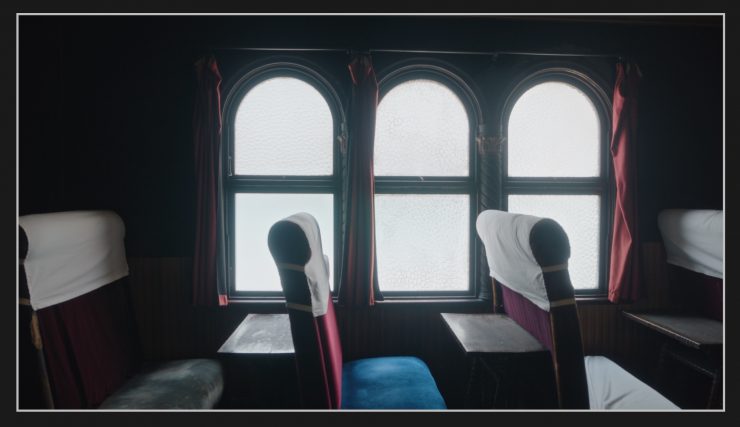
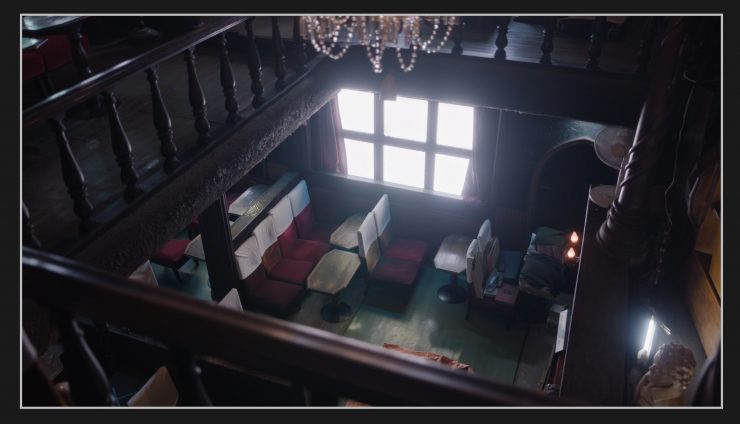
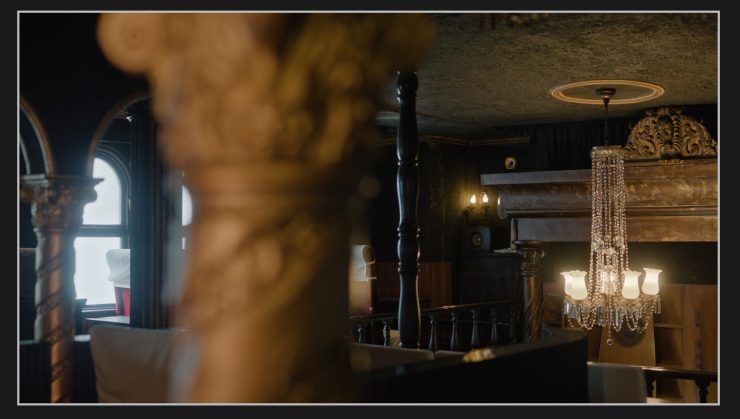
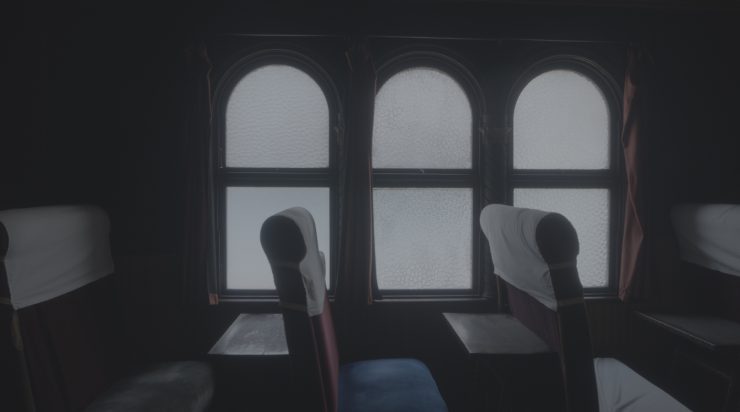
LogC4 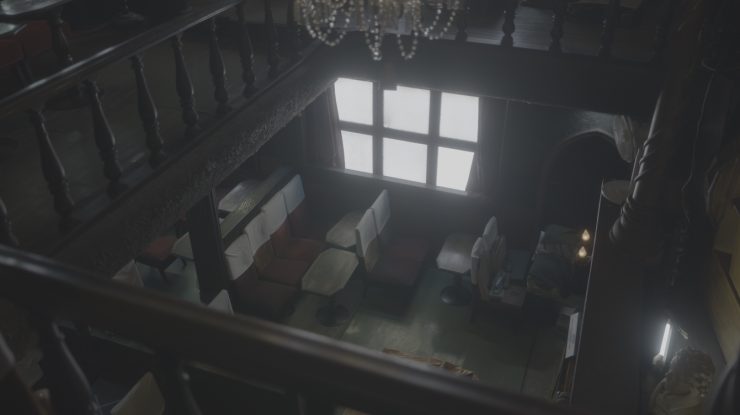
LogC4 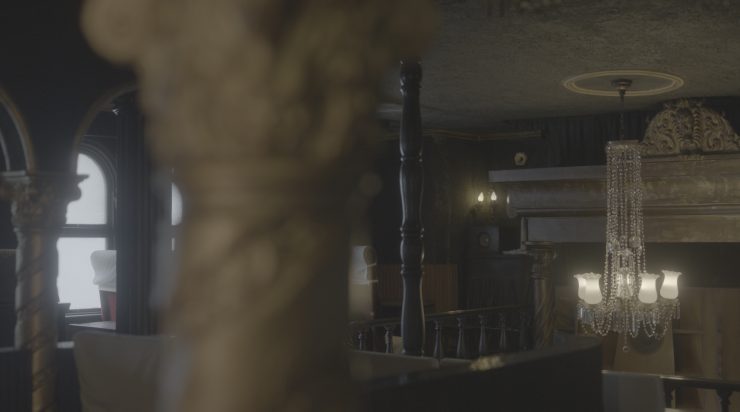
LogC4
Above you can see a couple of frames taken in very difficult lighting conditions. You can recover details in very bright windows very easily. The dynamic range of the camera is so impressive. These aren’t even graded images! These are just with a LUT and highlight recovery applied in the DaVinci Resolve RAW tab.
When shooting high dynamic range scenes or scenes where you need to protect your highlights, the ALEXA 35 provides a large safety net.
I will do a lot more tests once I get hold of the camera for a proper review. Please remember this is just a first look and not a review.
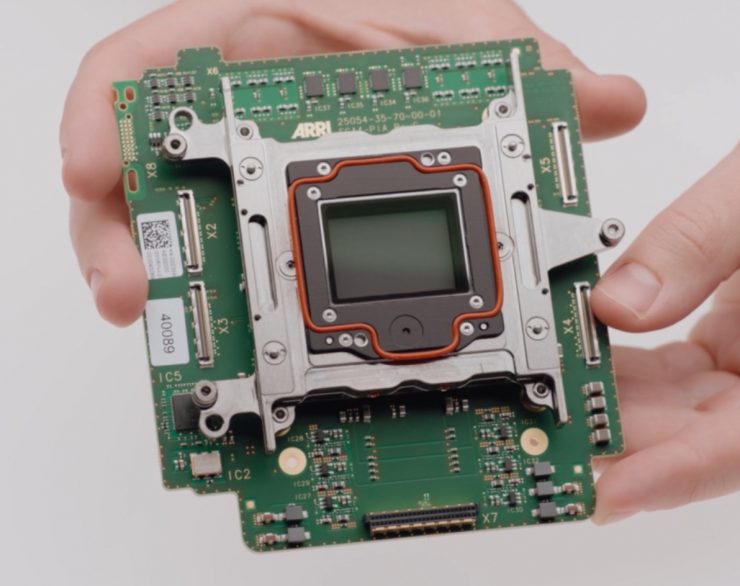
The actual physical size of the sensor used in the ALEXA 35 is fairly comparable to that of the ALEXA Mini. It is a 4.6K (4608 x 3164) 3:2 sensor and it has physical dimensions of 27.99 x 19.22mm.
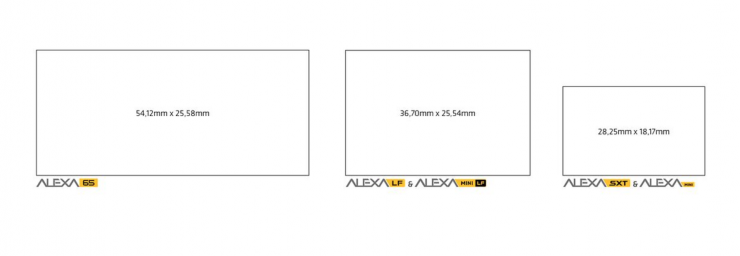
Above you can see the comparative sensor sizes of the ALEXA 65, ALEXA LF and Mini LF, as well as the ALEXA SXT and ALEXA Mini.
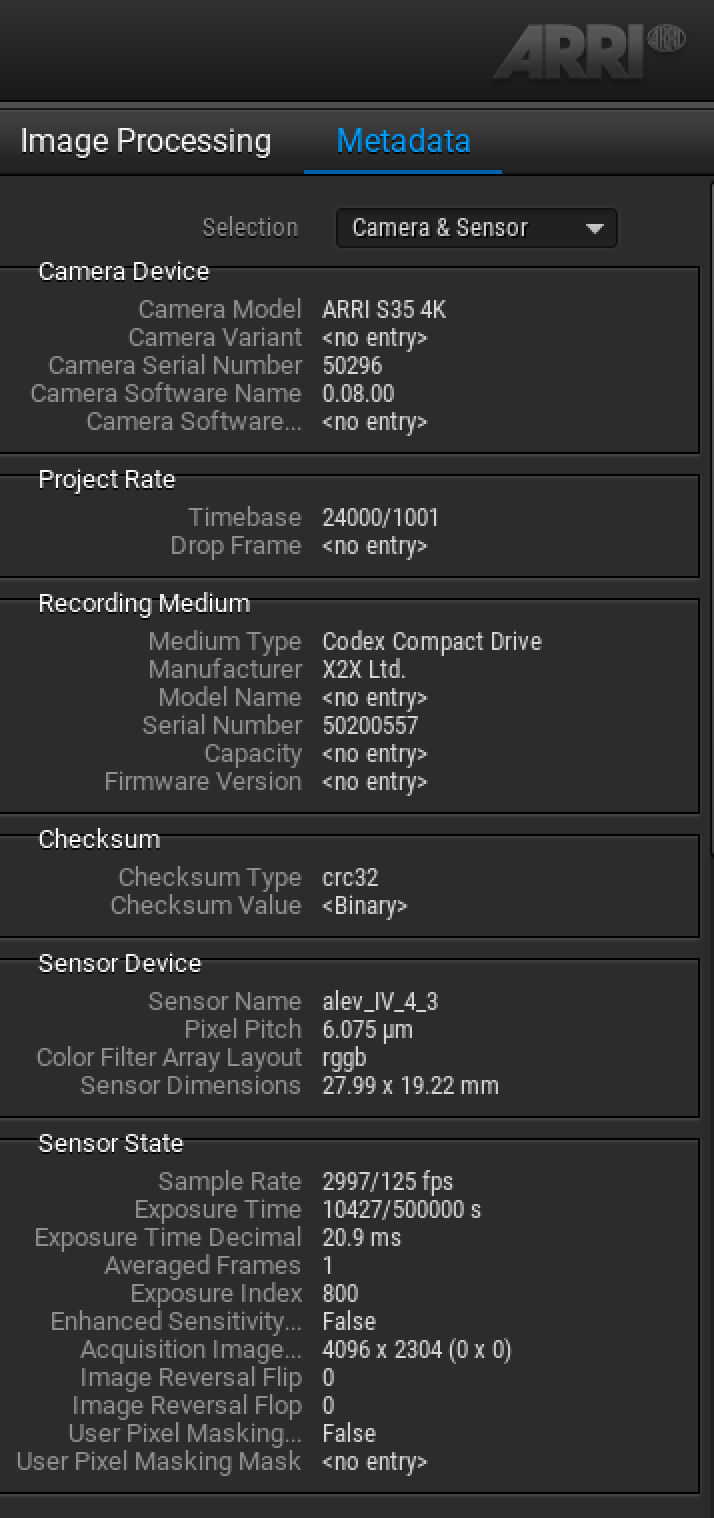
The ALEV-IV 4:3 sensor has a pixel pitch of 6.075 μm.
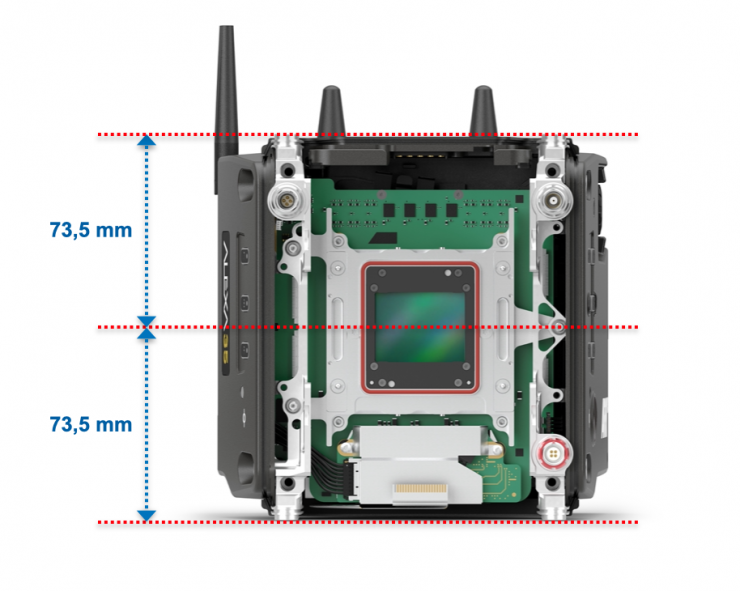
ARRI has also made sure that the sensor has been optimally centered in the camera body. This allows you to flip the camera upside down and get the exact same result.
ARRI is also utilizing a special calibration that is applied to the sensor during manufacturing. This allows them to make sure that the images from every sensor in every ALEXA 35 look identical. The servicing department can also access this calibration if need be.
The front of the sensor board also features ARRI’s motorized FSND filters.
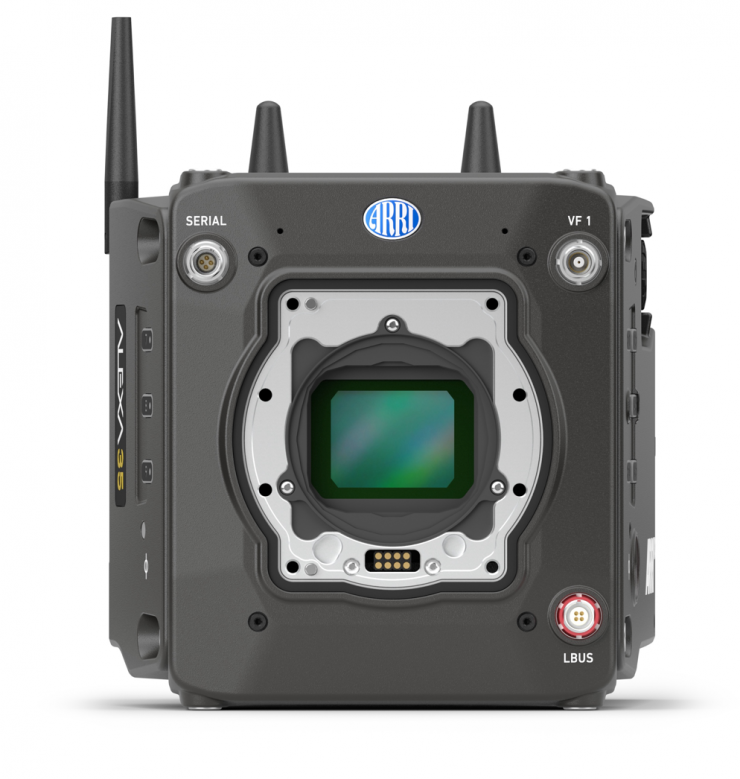
The ALEXA 35 can read lens metadata and it supports ARRI LDS-1, ARRI LDS-2, Cooke /i, Canon EF mount and ENG (Hirose connector).
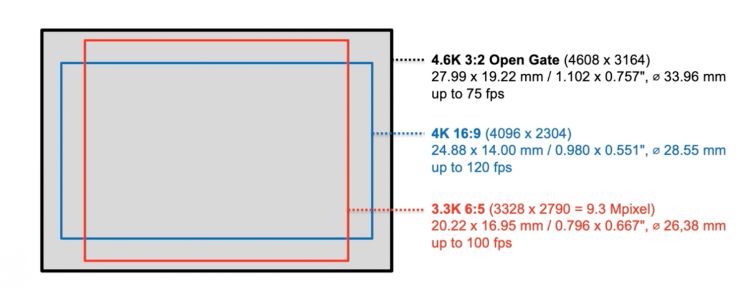
The new sensor in the ALEXA 35 allows you to record in quite a few different frame sizes depending on your needs. This allows you to meet all of the 4K mandates imposed by ceratin streaming services. Now, you may be thinking, hold on, how does a 3.3K 6:5 recording mode meet 4K streaming requirements. Well, I am glad you asked. The minimum 4K mandate for using 2x anamorphic lenses is 4K UHD, which is 3840 x 2160 pixels (8.29 MP). It is not the resolution or aspect ratio that matters, but the number of megapixels that dictates the requirement. When shooting 3.3K 6:5 on the ALEXA 35 you are actually capturing 9.3 MP.
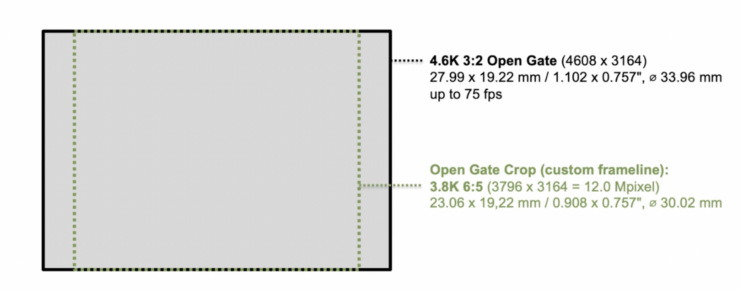
Some other streaming services actually require more than 8.29 MP when shooting 2x anamorphic so what has ARRI done to meet these requirements? Well, you can also shoot in 4.6K 3:2 Open Gate and use custom 3.8K 6:5 frame lines to get a 3796 x 3164 12MP image to meet those requirements.
As it is a Super 35-sized sensor DPs have the ability to use both S35 and LF lenses on the camera. This allows for a lot of creative freedom and if you already own existing S35 lenses you can use them on this camera. That is great for anyone who has an ALEXA Mini and is thinking of upgrading to the ALEXA 35.
In a lot of ways, the original ALEXA and its sensor were a make-or-break moment for ARRI. If they hadn’t gotten it right, who knows where they would be today. I don’t think you would be able to find any modern-day camera that is utilizing the same sensor or variation of that sensor 10 years later. This was a big part of what made the ALEXA family of cameras so successful. This new sensor looks to continue that strong legacy that was forged more than a decade ago.
This is just the third camera (if you don’t count the rental only ALEXA 65) that ARRI has released with a sensor that is capable of recording 4K images without the need for upscaling.
I have seen overexposure tests where the ALEXA 35 is placed next to a competing high-end camera and the results are truly outstanding.
More Contrast
The unexpected issue that ARRI ran into is that because the sensor in the ALEXA 35 is capable of so many stops of dynamic range they found that there was so much light bouncing around inside the camera and lens mount that it was affecting contrast. This led to the shadows and dark areas in the image looking milky. The veiling light that bounces around and makes the blacks milky actually takes away from the dynamic range. You ideally want rich deep blacks and not milky blacks.
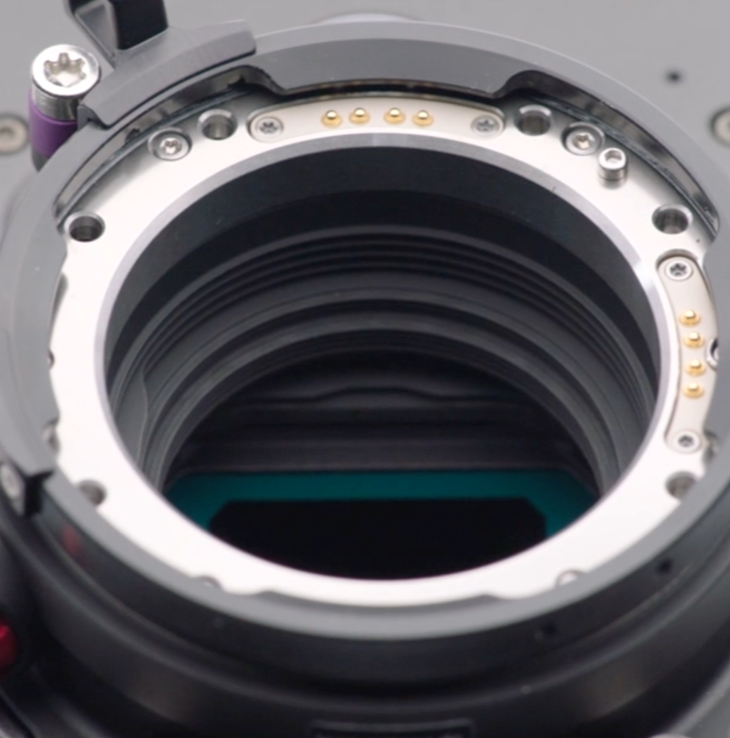
What ARRI needed to do is to find a way of suppressing this stray light and this was a project that took more than a year to solve. Most light suppressing coatings are not very robust and they rub off easily. This means that they weren’t suitable for use in a lens mount. After a lot of trial and error, ARRI eventually came up with a very sophisticated stray light suppression technology that involved using a very expensive coating in combination with special ridges and light masks that are placed inside of the camera cavity.
What this ultimately achieves is that it lets the camera accurately capture the full contrast range and character of each lens while also providing deep and rich blacks. The other benefit of reducing this stray light is that now you can more clearly see the difference between lenses. This allows you to see a much more accurate representation of what the lens is actually capturing. This means that the camera isn’t going to alter the characteristics of the lens that you are using.
After trying this out with the camera I certainly did notice more contrast and richer blacks than what I usually see on my AMIRA.
This stray light suppression in camera will help any lens and lens mount combination, however, for the absolute best contrast ARRI recommends using their own stray light optimized lens mounts:
- Existing ARRI LPL Mount (LBUS)
- Existing ARRI PL-to-LPL Adapter
- Existing ARRI EF Mount (LBUS)
- New ARRI PL Mount (LBUS)
- New ARRI PL Mount (Hirose)
All of the above lens mounts have been optimized using these new stray light suppression techniques.
All the existing lens mounts that work on the ALEXA Mini, Mini LF, and AMIRA will fit on the ALEXA 35, however, they are not going to offer the same light suppression capabilities.
More Sensitivity & Less Noise
ARRI is actually calling the ALEXA 35 a ‘High ISO’ camera. Not only does it have less image noise than any previous ARRI camera, but you can also now set the exposure index up to EI 6400. Previously the maximum EI available on any ARRI camera was EI 3200.
EI settings on the ALEXA 35 range from EI 160 to EI 6400.
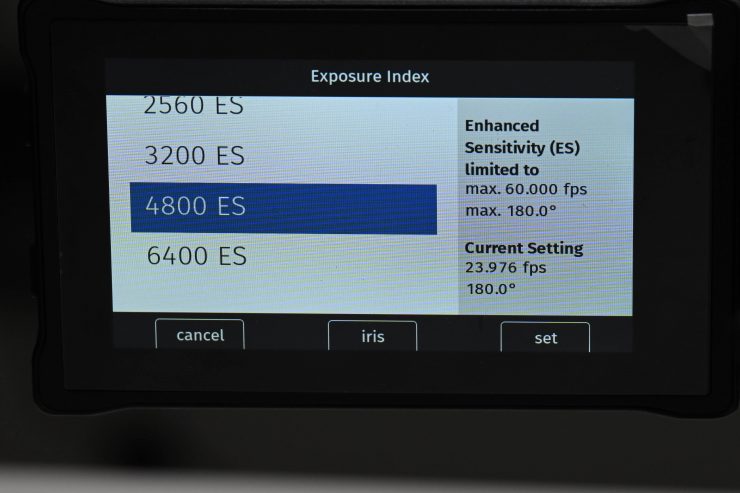
ARRI has also added a secondary EI setting called Enhanced Sensitivity Mode. Essentially this is a mode where more noise reduction is applied. This mode is available from EI 2560 to EI 6400 and it is denoted by the EI value having the letters ES after it. ARRI hasn’t made the Enhanced Sensitivity Mode for lower EI values because at settings under EI 2560 it didn’t make a big difference
These Enhanced Sensitivity Mode settings are available in the same place where you find the regular EI values.
Anytime you shoot in the Enhanced Sensitivity Mode, the noise reduction is getting baked into both ARRIRAW and ProRes files.
So how does the Enhanced Sensitivity Mode actually work and what is it doing? Well, I am glad you asked. If, for example, you are shooting at 24fps and 180° shutter angle, half the time the camera is capturing an image, and half the time it isn’t. So what ARRI has done is to utilize that time when the camera isn’t capturing an image to have the camera capture a second image. They are then just taking the noise reduction that is being applied to that second image and combining it with the noise from the first image to reduce the noise of the image that is actually being recorded. The second frame is then thrown away because there is no need to process it. This may all sound complicated, but it is actually a very smart way of applying noise reduction without affecting the image in an overly negative way.
The issue with noise reduction is if you just have one frame, the algorithm that is being used can have a hard time trying to differentiate between fine image detail and noise. Because noise is random, the moment you have two frames, it becomes a lot easier to distinguish between noise and fine image detail.
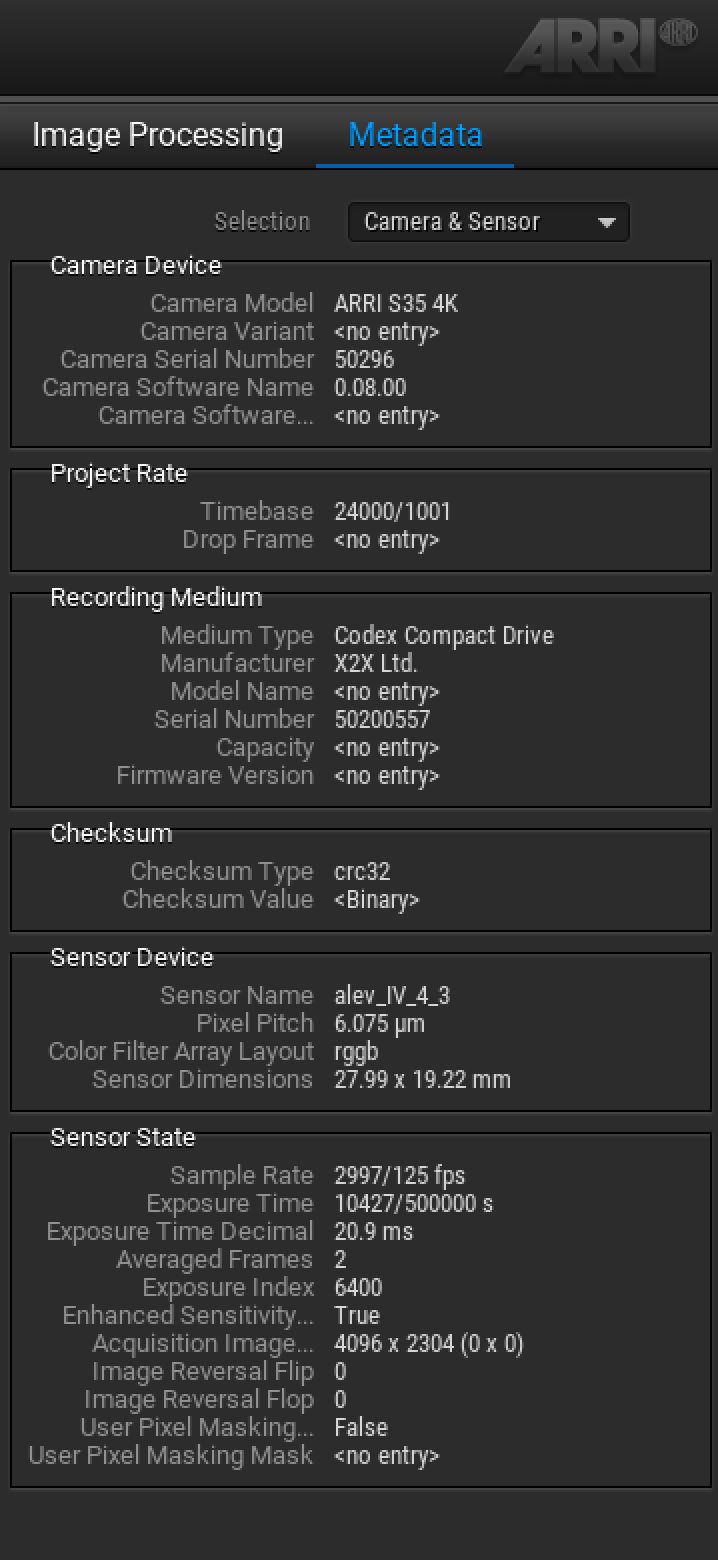
Above you can see from the camera metadata that the averaged frames are listed as 2 instead of 1 when using the Enhanced Sensitivity Mode. This does not mean that the image data of the two frames is being merged, but rather just the image noise. The motion blur is not affected in this process.
Now, there are some caveats when using the Enhanced Sensitivity Mode because there’s no such thing as a free lunch. Because this is a form of temporal noise reduction it is possible to see some faint ghost trails with fast movements or if a really large flash goes off. It can take a couple of frames after a big change happens in ceratin images for the noise reduction to react. ARRI is being very upfront about this because they want customers to be very aware of these potential issues.
I did notice this faint ghost trail when I was shooting at 6400 ES and following a train moving across a bridge.

There are also limitations when it comes to frame rates because the camera is having to run at twice the nominal framerate. Above you can see that the maximum frames per second when using a 180° shutter angle drops to 60fps when shooting ARRIRAW, 30fps when shooting 4.6K 3:2 Open Gate ProRes, 48fps when shooting 4.6K 16:9, and 60fps in all other ProRes recording modes.
You also need to be aware that the shutter angle needs to be 180° or less for the Enhanced Sensitivity Mode to work.
The ES works well and for the first time ever when using an ARRI camera I was comfortable shooting at higher ISO levels.
Major Overhaul of ARRI Color Science
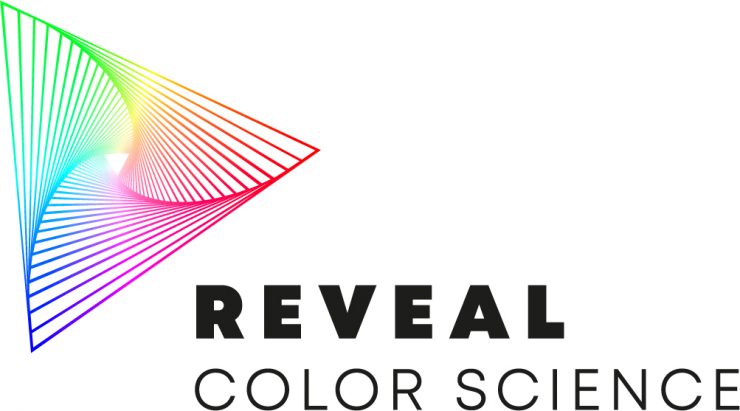
Having extra dynamic range, better contrast and better noise suppression are only parts of the puzzle. Image processing is the next big step and this ultimately goes a long way toward determining what your images will look like.
Over the last few years, ARRI color scientists have looked closely at the processing and spent a lot of time talking to DPs, colorists, and post supervisors to get a better picture of what could be improved.
This led to the creation of what ARRI calls the Reveal Color Science. Yes, this is just a marketing term, but what it actually does is a very important step in the overall creation of the image.
So what is the Reveal Color Science and what does it do? The Reveal Color Science happens in the camera. ARRIRAW goes through the Reveal Color Science pipeline and then the ProRes recordings are created and the various outputs can be displayed in the viewfinder, SDI outputs, and frame grabs. Now, if you shoot ARRIRAW, you will be seeing images processed with Reveal Color Science on your monitor, but the heavy lifting is done later on. You can then utilize the new ARRI Reference Tool (ART) software or programs like DaVinci Resolve, FilmLight, Colorfront, etc. to process your images with Reveal.
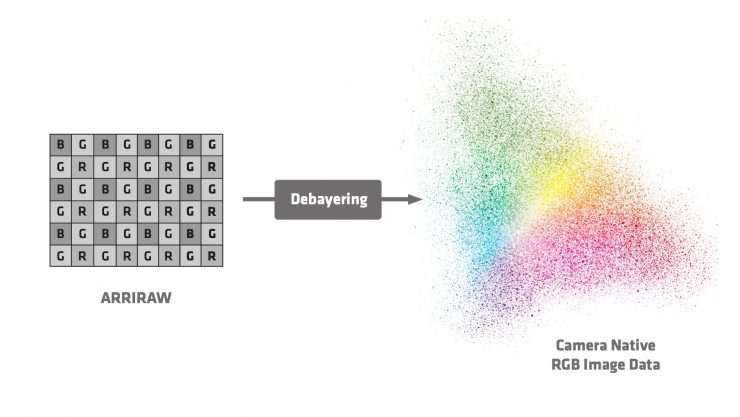
So what exactly is it? Well, Reveal Color Science consists of quite a few different processes. The first is a new ARRI Debayer algorithm called ADA-7 which converts ARRIRAW into camera native RGB image data. ADA-7 is a much more powerful algorithm than ARRI has used before and this is only possible because of the increased processing power in the ALEXA 35. ADA-7 now provides cleaner images and cleaner edges when working with green or blue screens.
When the ARRIRAW is Debayered into RGB image data it is literally just a cloud of points of color values that represent what parts of the spectrum the sensor is sensitive to. You can’t do anything with this information, yet, because this is just the first step.
Now that you have this representation of what the sensor is seeing, you need to do something with it. It has to be converted into a color space. Ideally, you want to put it into a color space that is a good representation of what the human eye sees.
What ARRI has done is come up with what they call ARRI Color Engine ACE4. This is not a traditional matrix and what that means is that it is able to more accurately recreate nuanced colors. It also allows for better skin tone reproduction and better chroma tracking across different exposure levels. If you underexpose or overexpose your image, once you correct that footage the colors remain true without skewing and changing.
It also helps with creating more deeply saturated colors when shooting objects like neon signs, brake lights, or anything else that has very strong colors. Usually, these are the type of things that never quite look right when you are shooting with a digital camera.
The other benefit is if you are filming in low key scenes such as overcast days you can get better colors and better color differentiation.
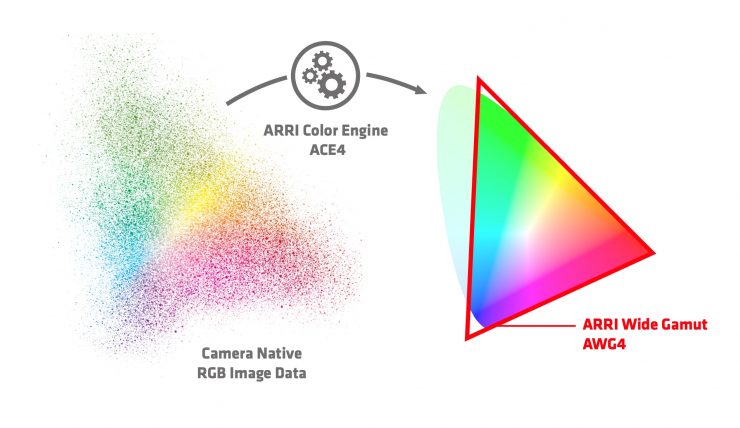
The RGB image data is placed in a new color space called ARRI Wide Gamut AWG4. If you are not familiar with what a color space is, it is a method for writing down colors as numbers in order to store, process, and display images. There are two different types of color spaces, scene referred color spaces and display referred color spaces. Display referred color spaces you may be familiar with are Rec.709, P3, and Rec.2020. Scene referred color spaces are not limited by display technologies. and they are optimal for capturing more color information. Scene referred color spaces are spaces like ARRI Wide Gamut and ACES.
You would think that the bigger the scene referred color space, the better, but this is not the case. The trouble with scene referred color spaces is that they contain ‘virtual’ colors that are outside of the human spectrum and we can’t actually see them. The other problem with ‘virtual’ colors is that they can result in negative values and some post production programs see these neagtive values and then just place them at a value of zero which results in gamut clipping. This is why capturing ‘virtual’ colors is not ideal. Bigger isn’t always better.
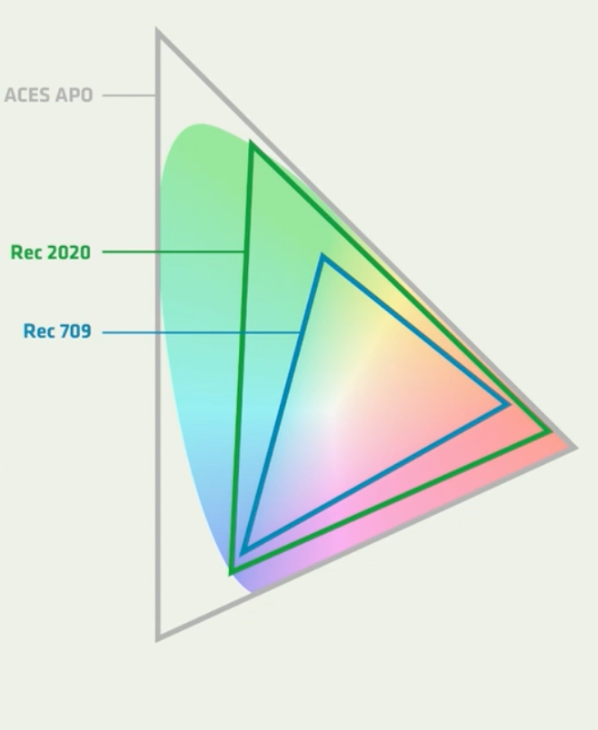
Above is the spectrum of colors we can see (the horseshoe shape) and how that compares to color spaces like ACES, Rec.2020, and Rec.709.
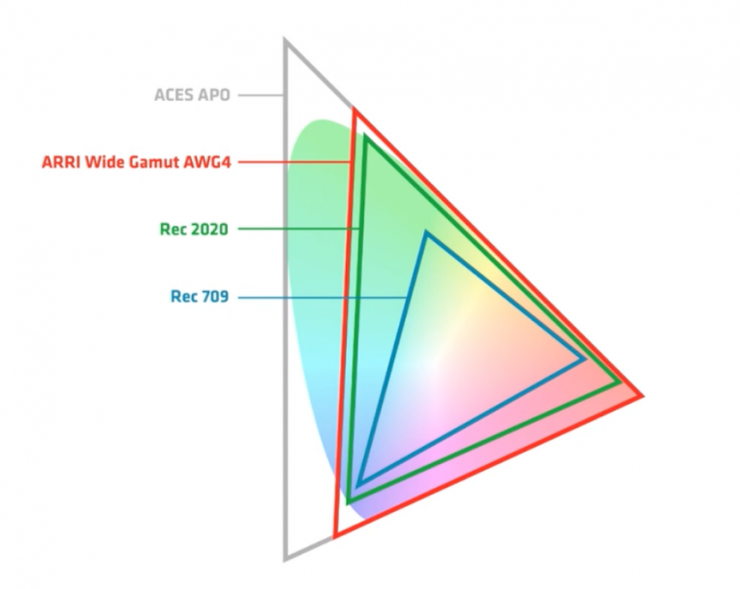
Now, if we look at ARRI Wide Gamut AWG4 you can see that it is slightly larger than Rec.2020, but not too large that it introduces too many ‘virtual’ colors that can’t be seen by the human eye. Also, you don’t want to capture too much extra blue/green color information that the human eye can see because it makes it harder for a colorist to grade footage. Eyes are not cameras and cameras are not eyes. What they both see is different and it is a fine balancing act to get a good compromise that works well for both.
ARRI Wide Gamut AWG4 is fully enclosed and compatible with ACES. ALEXA Wide Gamut, used on all previous ALEXA cameras, was not fully enclosed by ACES and required extra processing steps to prevent strange color processing.
The camera captures really accurate colors straight out of the box. I found that in a lot of cases all I had to do it to apply the Rec 709-D65 LUT to get a great looking image.
New LogC Curve
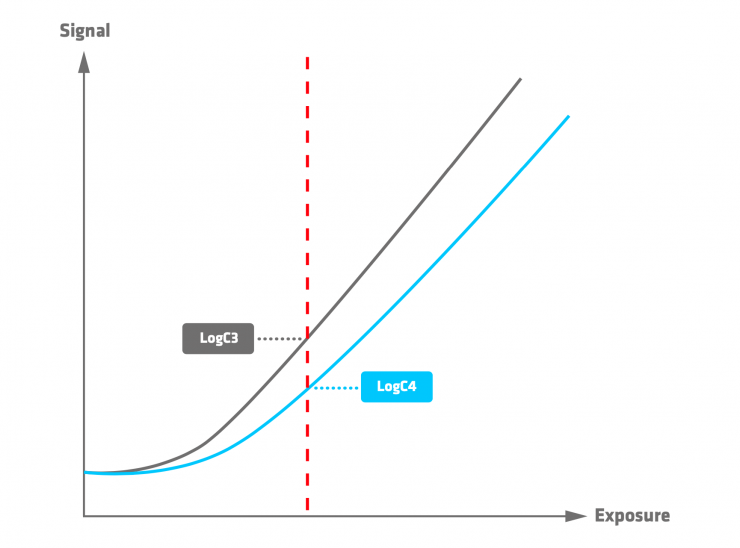
Because the sensor in the ALEXA 35 is capturing more dynamic range, ARRI needed to come up with a new Log curve (LogC4). What is interesting, and this is hard to get your head around at first, is that middle grey with LogC4 is 29%, which is considerably less than the 38% of LogC3 (the current version of LogC). Yes, the image looks dark if you are viewing LogC4, but once you apply one of the new LUTs which I will talk about further in the next section, the image will look correctly exposed. I usually monitor with a LUT, but occasionally I want to have a quick look at the Log image. This took some getting used to with the ALEXA 35 because the image looks dark and you think you are underexposing.
With the existing LogC curve there is a different curve depending on the ASA setting. Now, with LogC4 it is the same curve for all ASA settings.
LogC4 LUTS
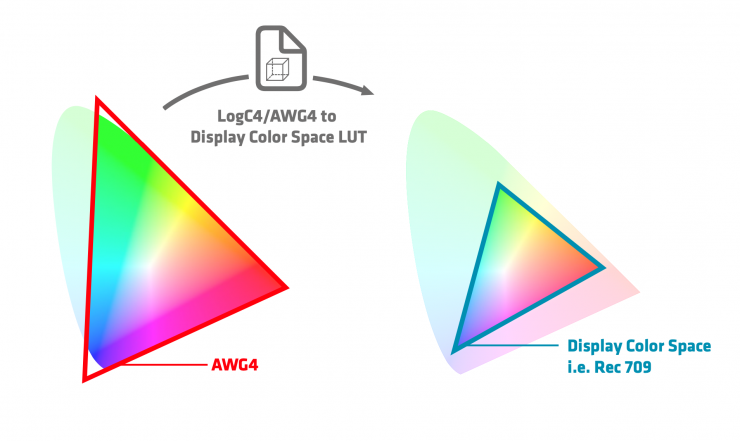
An image in a new color space with a new Log curve requires new LUTs. The new ARRI LUTs for LogC4 are able to take full advantage of the new sensor’s dynamic range, color space and Log curve to provide optimal results for DPs and colorists. The LogC4 LUTs have more saturation and more contrast than previous LogC3 LUTs.
These new LUTs are free and they are available for a wide range of different color space transforms. ARRI highly recommends that you use these new LUTs because if you try and just grade a LogC4 image without doing a color transform first you will run into issues. It isn’t the same as working with a LogC3 image.
Older 3D LUTs that were used for ARRI LogC3 (e.g. for ALEXA, AMIRA, ALEXA Mini, ALEXA LF and ALEXA Mini LF) should not be used for screening or post-production workflows together with the ARRI S35 4K footage.
Can you intercut images from other ARRI cameras with the ALEXA 35?
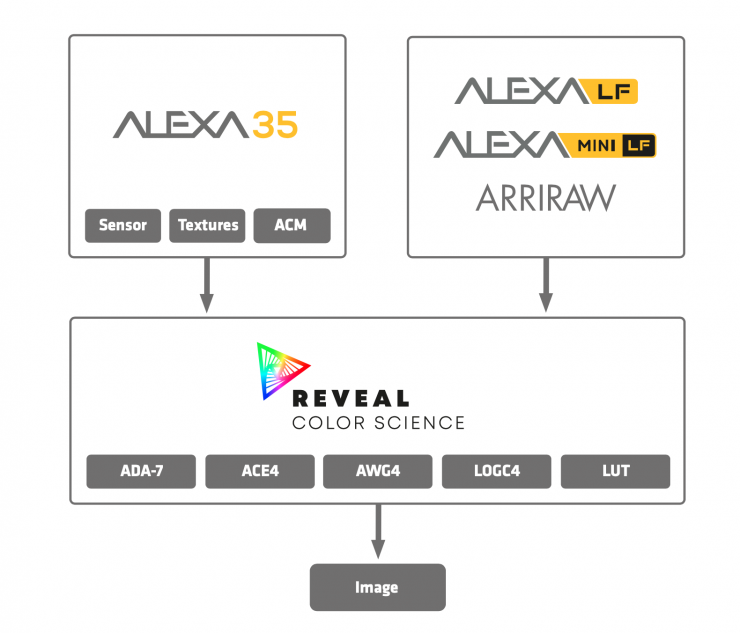
Because this is an entirely new sensor, the ALEXA 35 isn’t going to be an exact match with existing ARRI cameras. Since the sensor and color science was created by the same people who created the ALEV 3 sensor and the color science on all previous ARRI digital cameras, you will get a reasonably close match, and intercutting should be possible. Even better, with the ALEXA LF and the Mini LF if you are shooting ARRIRAW you can take that footage and utilize the new Reveal Color Science. This way your footage can be processed in the same way as the ALEXA 35. You can then utilize all of the benefits of the new processing including the same Debayering technique, ARRI Wide Gamut AWG4, LogC4, and the new LUTs. Just to be crystal clear you are not going to get the extra dynamic range, the ARRI Textures, or the Advanced Color Match of the ALEXA 35 by doing this, however, this all helps in matching the ALEXA LF and Mini LF with the ALEXA 35 if you are using them together.
More Creative Control
I know we have already talked a lot about the new sensor and image processing, but ARRI has also put a lot of other items in the ALEXA 35 that enable DPs to have more creative control with how they use the camera. So let’s have a closer look at what these new items in the ALEXA 35 are.
ARRI Textures
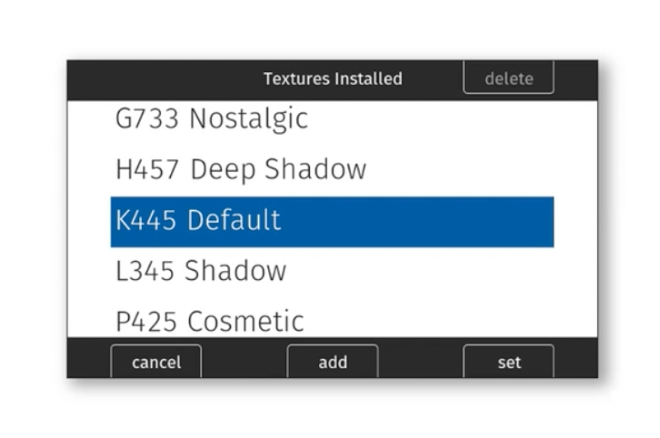
ARRI has added a new feature called ARRI Textures where users of the ALEXA 35 can choose from a wide array of different image settings.
An ARRI Texture file is a combination of 30 image settings. ARRI Textures can be chosen in-camera like Look files, or a film stock. The ALEXA 35 comes with several ARRI Texture files pre-installed.
There are different textures for different shooting situations. These range from options for shooting skin tones, vintage looks, higher contrast looks, and for night scenes, etc.
What you clearly need to be aware of when using ARRI Textures is that it is an in-camera process and they are always baked into ProRes and ARRIRAW files.
You can test and choose an ARRI Texture in pre-production in exactly the same way as you would with a show LUT.
The default texture is called K445 Default. This is what you would get if there was no ARRI textures feature. The other Textures are merely an option and they are not something that you have to use.
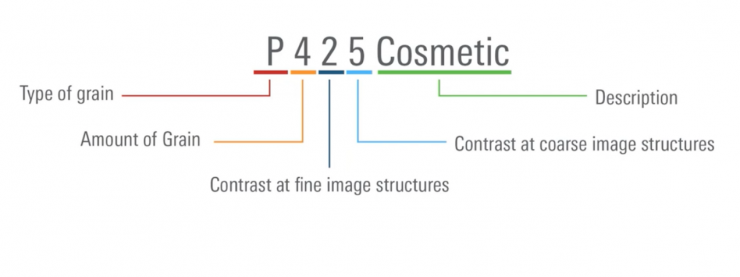
Now, if you are wondering what the letter and number combinations of the different Textures mean, above you can see what they represent.
ARRI Textures are visible on both the viewfinder and the SDI outputs. They have been designed to be quite subtle and ARRI recommends that they are best viewed on a high-quality large HDR screen. They have been purposely designed so that they don’t push the look too far.
I wasn’t able to try out the ARRI Textures feature because the version of the camera I had didn’t have the latest firmware installed.
New Look Handling
The ALEXA 35 also has new look handling features.
- New Log-to-Log look file (ALF4)
- Ability to set the Look Intensity on set
- Built-in LogC4 Look Library
So let’s have a look at these a little more closely.
Log-to-Log look file (ALF4)

The ability to create a Log-to-Log look file without first converting to a color display space has been something you have been able to do in postproduction for a while. ARRI now gives you the ability to do this in camera as well. Essentially a Log-to-Log look file allows for the separation of creative intent from the conversion to a display color space.
With the ALEXA 35 you can take a LogC4 image and then apply a LogC4 LUT without a conversion color display space happening at the same time. In the next step, you can then choose what color display space to convert it to. This allows you to simultaneously send out a Rec. 709 image and a Rec 2100 PQ HDR image over two different SDI outputs.
Look Intensity
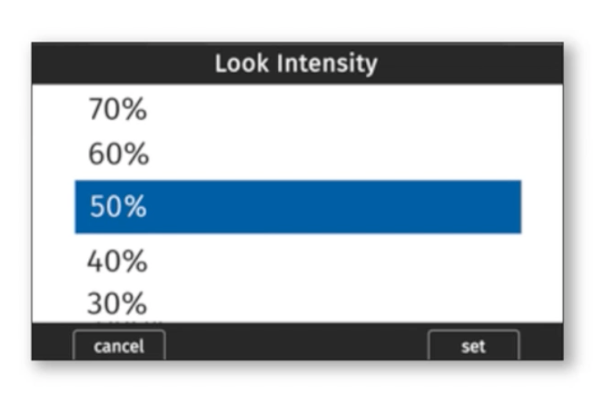
Another new addition to the ALEXA 35 is the ability to set the intensity of any LUT you select. ARRI gives users the ability to change the intensity from 10-100% in steps of 10%. This means you can change how the LUT behaves which is great for making subtle or larger changes to the look.
If you would set the intensity to 0% you would just be getting the LogC4 image, however, the lowest it can be set is 10% (because otherwise, it would be LogC4 and that would be confusing).
It is important to remember that the camera ALWAYS records a LogC4 image, it can’t record an image with a baked-in look. Looks are simply recorded in the camera’s metadata along with the chosen intensity. This allows dailies to be made with the same look and intensity that was being used on set.
New Look Library

ARRI is now including a new version of the Look Libray for free. This features the same looks that were previously a paid option for the ALEXA Mini and Amira. However, they have all now been upgraded to work with the new Reveal Color Science and LogC4. Logc3 and LogC4 Look Libraries are also available in the new ARRI Reference Tool.
What can the ALEXA 35 Record?
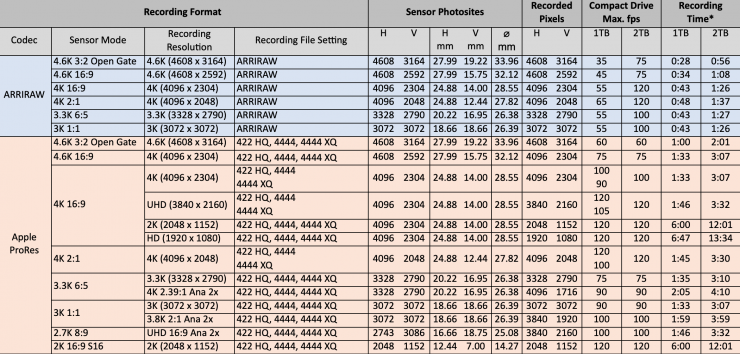
On paper, there is nothing that jumps out at you as far as recording resolutions and frame rates are concerned. There is no 6K or 8K, or extremely high frame rates. There is a huge range of much more affordable cameras out there that have far better specifications on paper. This is the problem with specifications, they rarely tell you the true story about any camera. Judging any camera based on some listed specifications is like reading the synposis of a movie without actually watching it.
With ARRI, it is never about the specifications, it is about usability, reliability, image quality, and creating a whole ecosystem.
The ALEXA 35 has a wide array of recording options available. You can record in either ARRIRAW or ProRes 422HQ/4444/4444 XQ. There is a whopping 19 different recording format combinations to choose from.
Why so many recording options? Well, ARRI did an extensive industry survey only to find that everyone wanted something different, so that is why they decided to give users so many options. There are also options for in-camera down-sampling and in-camera anamorphic de-squeezing when shooting ProRes.
ARRI has listed all of the image circle coverage requirements for the various shooting modes so you can clearly see what S35 lenses will work.
If storage and money aren’t an issue for you, then shooting ARRIRAW 4.6K 3:2 Open Gate will provide you with the best results. This will not only provide you with the absolute best image quality, but it will also give you the greatest flexibility in post, and the safest archiving solution. The 18-bit (linear) raw data stream from the sensor can be recorded as 13-bit (log) ARRIRAW files. Nothing is “baked” into an ARRIRAW image. Image processing steps like de-Bayer, white balance, sensitivity, up-sampling, or down-sampling, which are irreversibly applied in-camera for compressed recording, HD-SDI outputs, and the viewfinder image, are not applied to ARRIRAW. All these parameters can be applied to the image in post.
ARRIRAW is also an excellent future-proof archiving format. ARRIRAW is uncompressed and unencrypted, which means that anyone can access their ARRIRAW data with standard software tools in the future without any proprietary decryption or decompression.
While the creation of ARRIRAW inside the camera is relatively straightforward, the creation of color images for compressed recording, SDI outputs and the viewfinder is more complex, as the camera has to create multiple streams of full color images from the raw image data in real-time. Not only that, but the viewfinder image, the recorded image and a number of SDI outputs can have different resolutions and possibly different looks and different output gamma settings. To achieve this, a powerful image processing engine de-bayers the raw image data, applies white balance and sensitivity and up/down-samples the images depending on the required recording/output format.
To achieve the tremendous processing power for all those steps, ARRI cameras’ image processing hardware consists of the latest generation of FPGAs (Field Programmable Gate Array), which are re-programmable processing chips. FPGAs not only have the horsepower to deliver multiple streams of the highest image quality, but their re-programmable nature ensures that improvements in processing can be made available to all existing ARRI cameras.
Anamorphic shooting
For anamorphic shooting, along with 4.6K 3:2 Open Gate, ARRI gives you a few options such as 3.3K 6:5 which can be recorded in either ARRIRAW or ProRes.
There is also the ability when using the 3.3K 6:5 sensor mode to have the camera de-squeeze and resample the image for you, so you end up with a 4K (4096 x 1716) 2.39:1 image. This can only be done when shooting ProRes.
There is also a 3K 1:1 sensor mode and you want to use a 2x anamorphic lens for a 2:1 aspect ratio result. Again, just like with the 3.3K 6:5 mode, you can have the camera de-squeeze and resample the image for you, so you end up with a UHD (3840 x 1920) 2.39:1 image. This de-squeeze and downsample can only be done when shooting ProRes.
If you want to go another route you can also choose to shoot 2.7K 8:9 where the camera will de-squeeze and resample the image so you end up with a UHD 16:9 frame. Again this is only available in ProRes.
The lens squeeze factor determines the factor that is used for anamorphic de-squeeze on EVF/Monitor and SDI. This value is also written into the metadata of the clip and allows video players and editing software to automatically de-squeeze clips that have been shot with anamorphic lenses.
The ALEXA 35 supports a wide variety of squeeze factors.
The following lens squeeze factors are available:
- 1.00 for all spherical lenses
- 1.25 e.g. Ultra Panavision 70 Lenses
- 1.30 e.g. Vantage Hawk Lenses
- 1.50 e.g. P+S Technovision, Iscorama, Kowa
- 1.65 e.g Panavision Ultra Vista Anamorphic lenses
- 1.80 e.g Cooke Anamorphic/i Full Frame Plus lenses
- 2.00 for classic 2x squeeze CinemaScope S35 lenses
Frame Rates
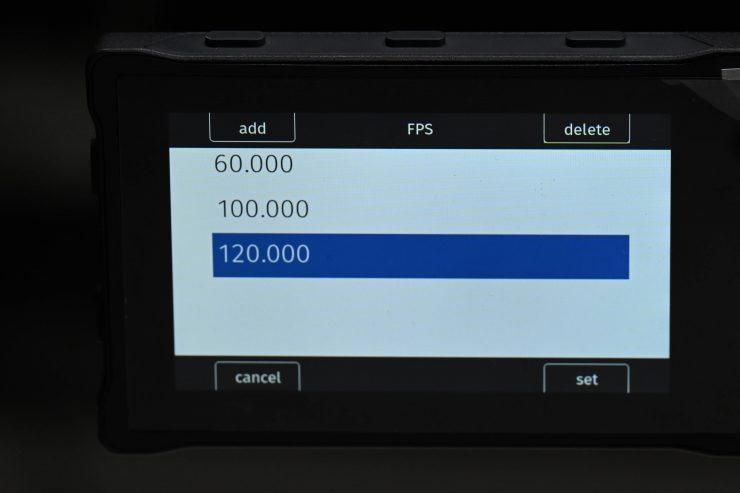
The maximum frame rates the camera can record depend on whether or not you are shooting in ARRIRAW or ProRes and also whether you are using a 1TB or 2TB Codex Compact drive. The new 2TB Codex Compact drive which is being introduced along with the ALEXA 35 allows for capturing higher frame rates when shooting ARRIRAW. I will talk more about this further down in the article.
| SENSOR MODE | RECORDED RESOLUTION | MAXIMUM FPS |
| 4.6K 3:2 Open Gate | 4.6K (4608 x 3164) | 75fps |
| 4.6K 16:9 | 4.6K (4608 x 2592) | 75fps |
| 4K 2:1 | 4K (4096 x 2048) | 120fps |
| 3.3K 6:5 | 3.3K (3328 x 2790) | 120fps |
| 3K 2:1 | 3K (3072 x 3072) | 100fps |
Above you can see the maximum framerates when recording in ARRIRAW in the various recorded resolutions and sensor modes.
| SENSOR MODE | RECORDED RESOLUTION | MAXIMUM FPS |
| 4.6K 3:2 Open Gate | 4.6K (4608 x 3164) | 60fps |
| 4.6K 16:9 | 4K (4096 x 2304) | 75fps |
| 4K 16:9 | 4K (4096 x 2048) UHD (3840 x 2160) 2K (2048 x 1152) HD (1920 x 1080) | 100fps 120fps 120fps 120fps |
| 4K 2:1 | 4K (4096 x 2048) | 120fps |
| 3.3K 6:5 | 3.3K (3328 x 2790) 4K 2.39:1 Ana 2x | 75fps 90fps |
| 3K 1:1 | 3K (3072 x 3072) 3.8K 2:1 Ana 2x | 90fps 100fps |
| 2.7K 8:9 | UHD 16:9 Ana 2x | 100fps |
| 2K 16:9 S16 | 2K (2048 x 1152) | 120fps |
Above you can see the maximum frame rates when recording in ProRes in the various resolutions and frame sizes. Now, you need to be aware that some of these maximum frame rates are not available when recording in ProRes 4444XQ.
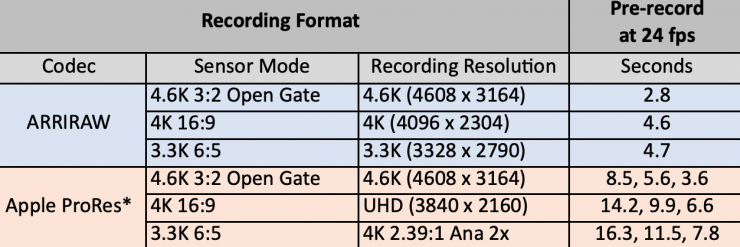
ARRI has also included increased pre-recording capabilities in the ALEXA 35. Above you can see how many seconds of pre-record are available when shooting various resolutions as 24fps. Pre-record will work in all frame rates, but the times will vary depending on what you choose.
These new extended pre-recording times will be welcomed by wildlife and documentary shooters.
Bit-depths & Data Rates
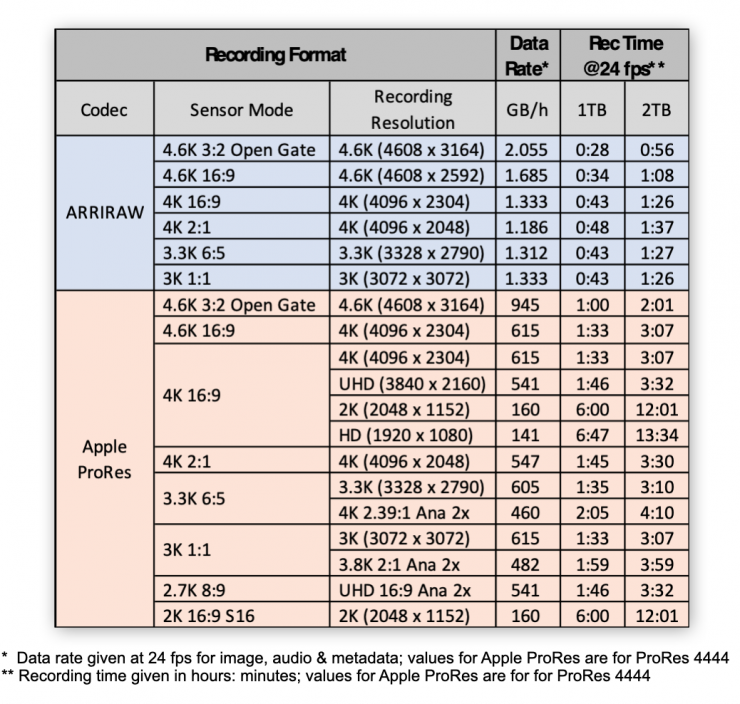
Here is where things get very interesting. Because of the increased dynamic range that the ALEXA 35 is able to capture, the existing ARRIRAW and ProRes 422 HQ bit-depths weren’t big enough to keep all of the information. In Layman’s terms, it is like having a glass that only takes 500ml of milk, but you want to put 750ml of milk in it. The only solution is to get a bigger glass, and that is essentially what ARRI did.
The ALEXA 35 uses 18-bit linear processing in-camera. With previous ALEXA cameras, it was 16-bit linear saved as 12-bit Log.
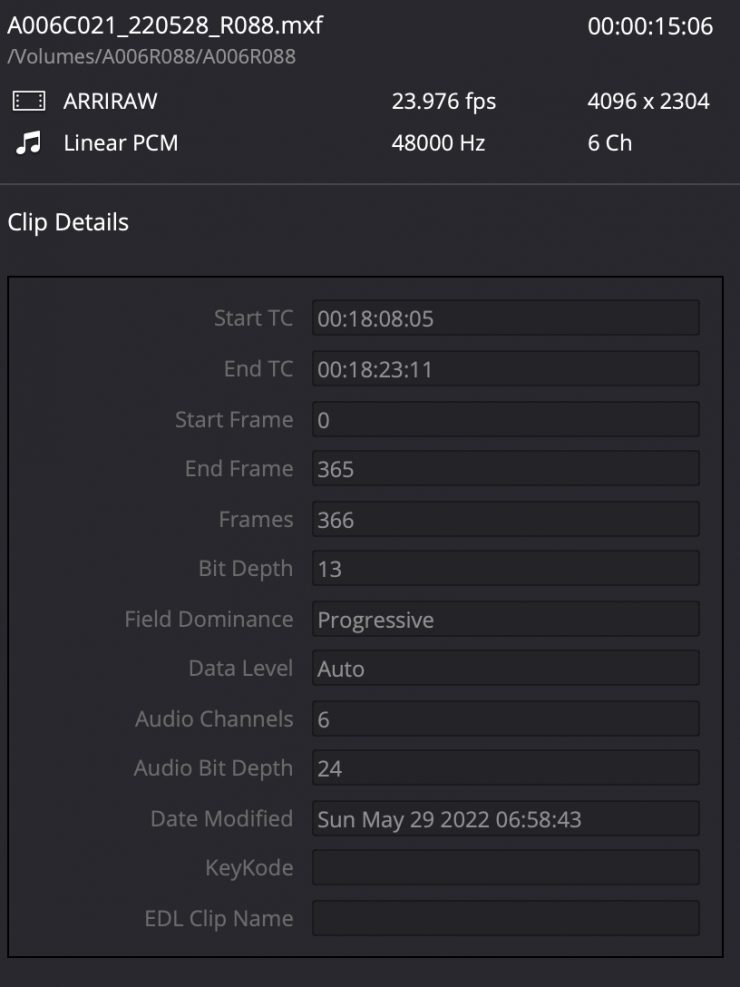
So what else has changed? Well, ARRIRAW recording has now changed from 12-bit Log to 13-bit Log. Additionally, Apple ProRes 422HQ recording has also changed from 10-bit LogC3 to 12-bit LogC4. This means that all ProRes recordings, regardless of what you choose will be 12-bit. You can’t technically fit 17 stops of dynamic range into a 10-bit container.
Now, you may be saying rubbish! ProRes 422HQ is only 10-bit! I thought so too, but that is simply not the case. Neither ProRes 422HQ or ProRes 4444/4444XQ actually has a bit-depth. All it knows is that somebody fed it an image that had 10 or 12 bits. What ARRI is doing is that they are only feeding the compression 12-bit images and that is what it is being recorded as. If NLE and color grading systems correctly show ARRI’s metadata they will show 12-bit. Some programs may be hardcoded and they won’t read the ARRI metadata and they will by default just always show ProRes 422HQ as 10-bit.
These increased bit-rates mean that the ALEXA 35 has a slightly higher data rate than the ALEXA Mini LF.
Small in size but big on features
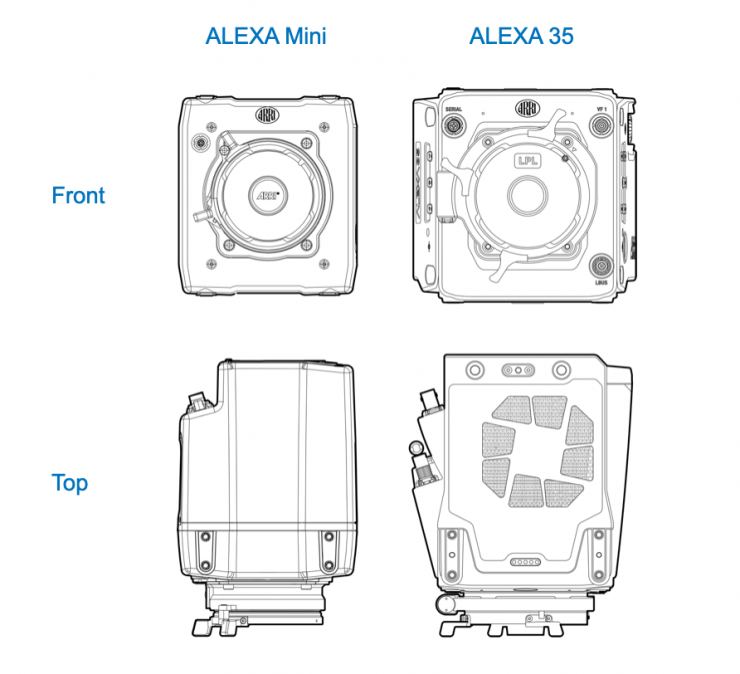
The ALEXA 35 is fairly similar in size to the original ALEXA Mini, however, it is slightly wider.
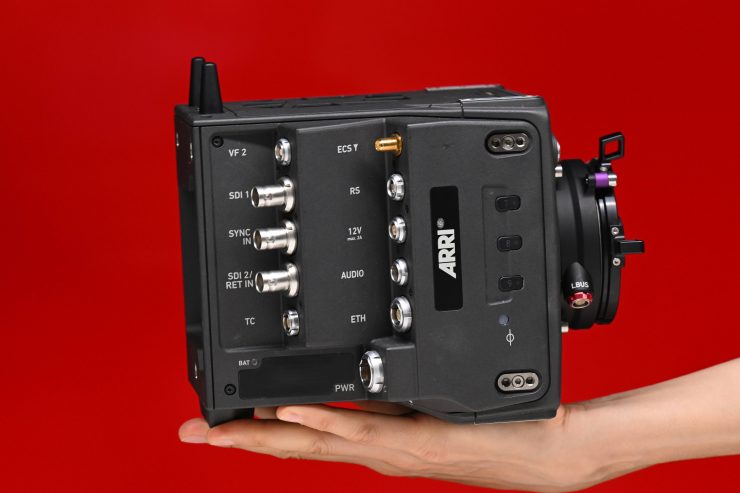
The ALEXA 35 with an LPL lens mount weighs 2.9 kg / 6.4 lb, as a comparison, the ALEXA Mini LF with an LPL mount weighs 2.6 kg / 5.7 lbs

ALEXA 35 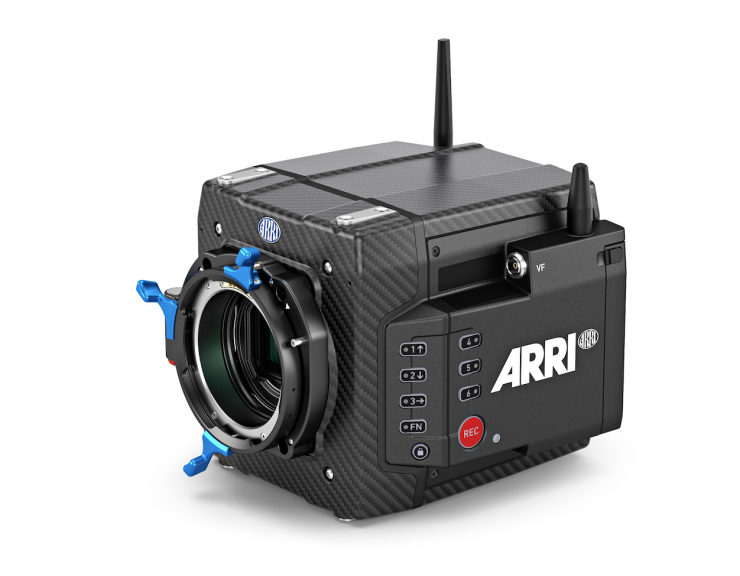
ALEXA Mini LF
The ALEXA 35 shares a similar design to the ALEXA Mini LF. This design and form factor has proven to be popular with users
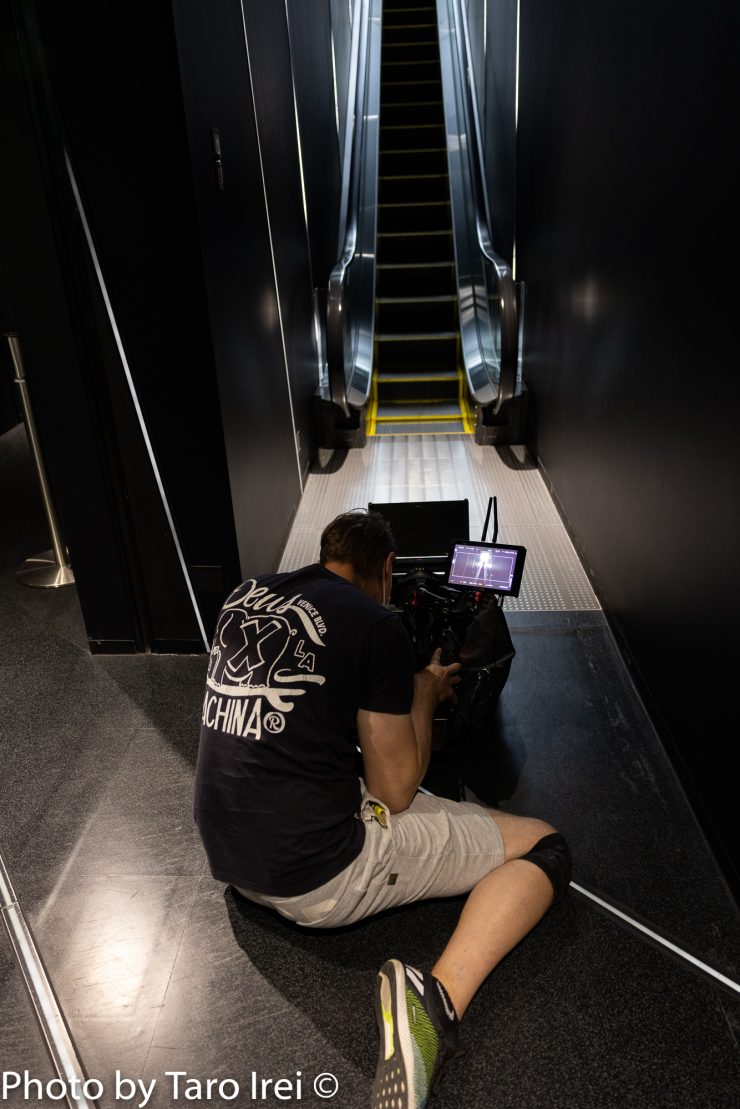
The camera itself is pretty small, but like any camera that comes in this form factor, you have to add a few parts to make it usable.
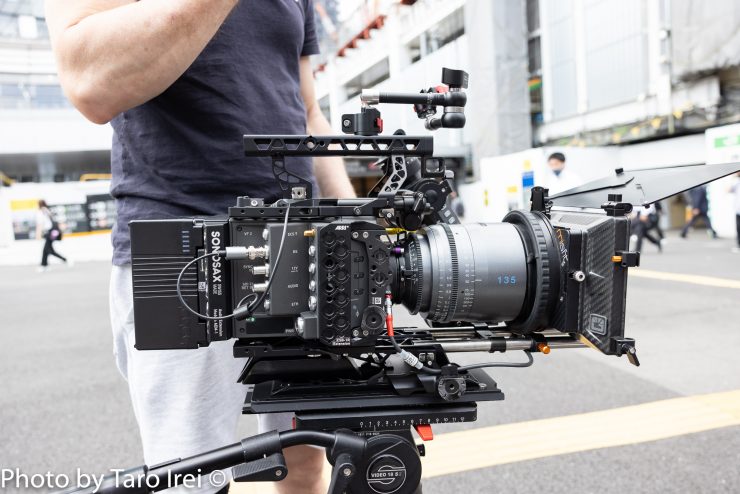
In the past, ARRI tended to have one large and fully-featured ALEXA and one small and lightweight ALEXA that had reduced features. The ALEXA 35 is the first small-form-factor ALEXA with all of the high-end features and no compromises. If you want to simplify things, the ALEXA 35 is essentially a supercomputer with a sensor on the front.
What about the heat?
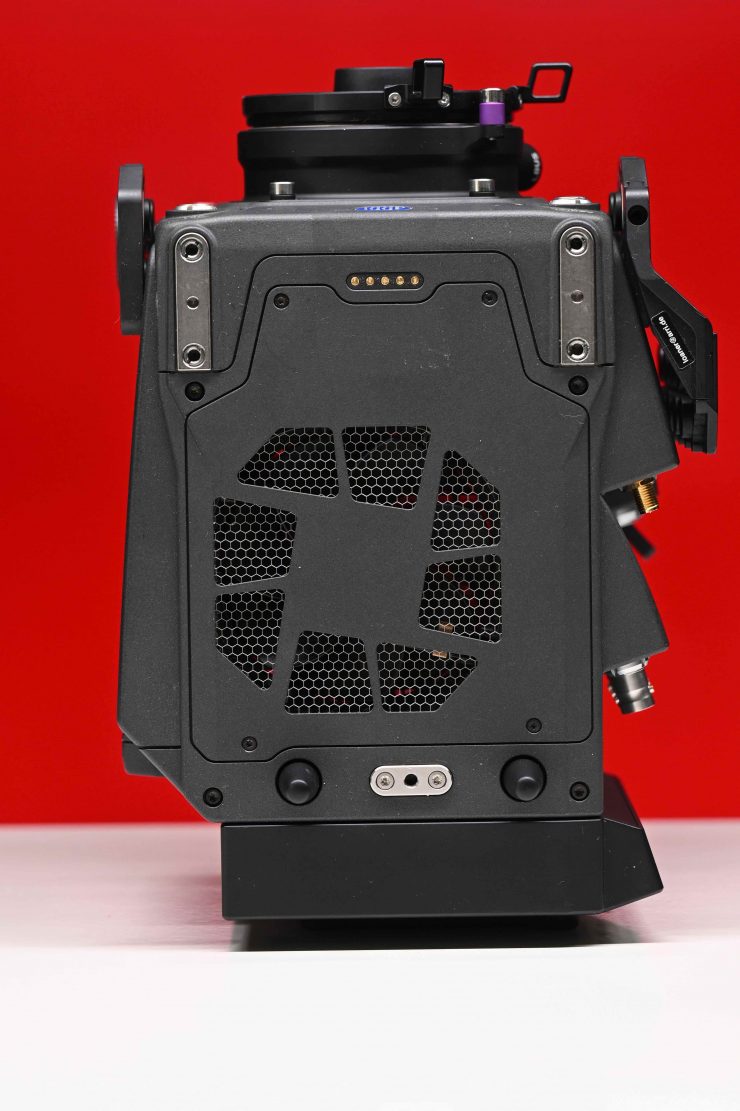
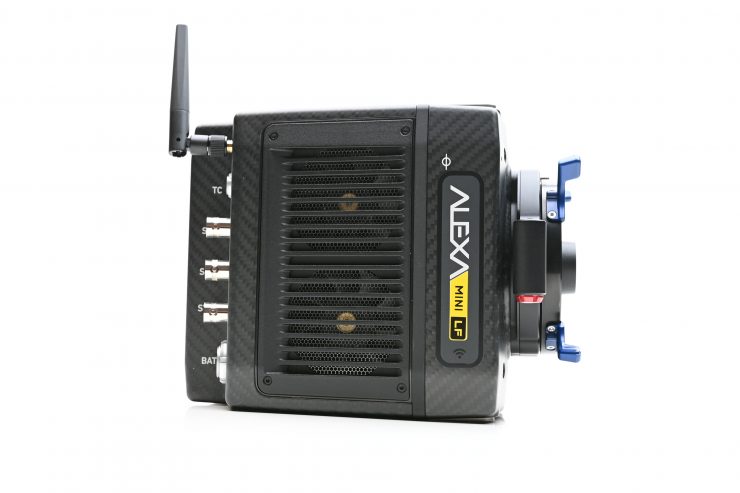
ALEXA Mini LF
The ALEXA 35 has a massive cooling fan and exhaust vent on top of the camera. This is completely different to the ALEXA Mini LF which has two fans on the right-hand side of the camera.
ARRI cameras are stabilized at exactly 40 degrees and because of this they never require black shading. I’m pretty sure this is unique amongst cameras. Every camera must pass a full image quality test at -20 and +45 degrees celsius before it ships.
The ALEXA 35 uses a Peltier element that keeps the image sensor at a stable temperature. Keeping the image sensor at a stable temperature is key to maintaining constant image quality. There is a reason digital cinema cameras use very large cooling systems and fans! The warmer the sensor, analog amplifiers, and digital processing units get, the more dark current they will generate. The more dark current generated, the more recorded image noise you will see.
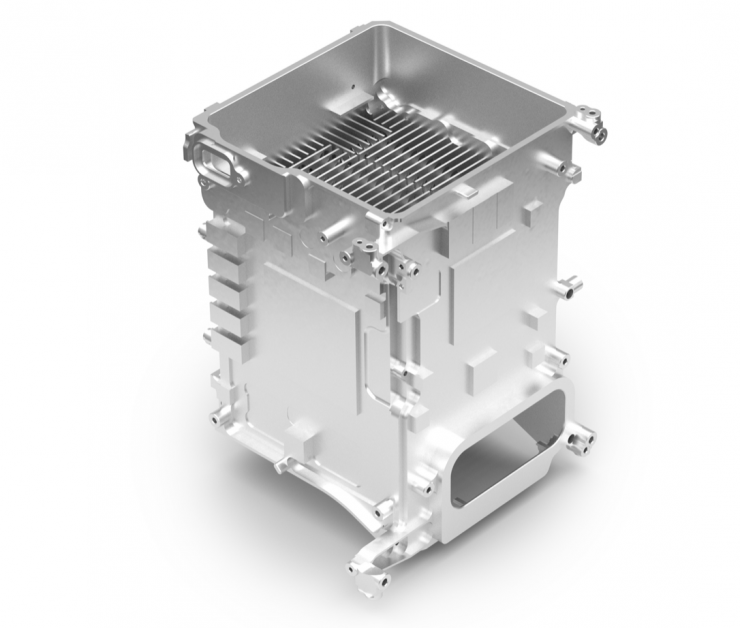
Now, because ARRI hasn’t compromised on features but they have gone with a smaller form factor which means more processing power is required. With more processing power comes more heat. To deal with this heat ARRI has designed a cooling core that essentially acts as a vertical chimney.
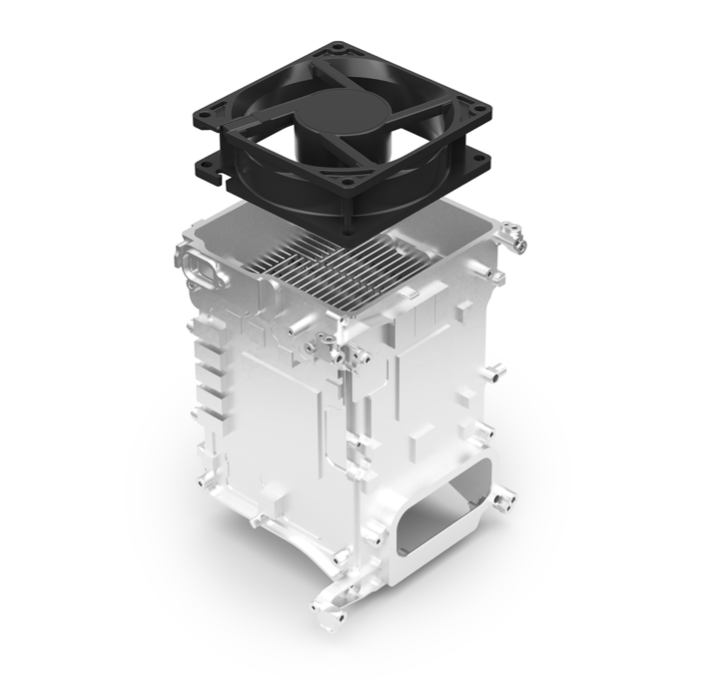
This central vertical chimney has a large fan that sits on top of it.
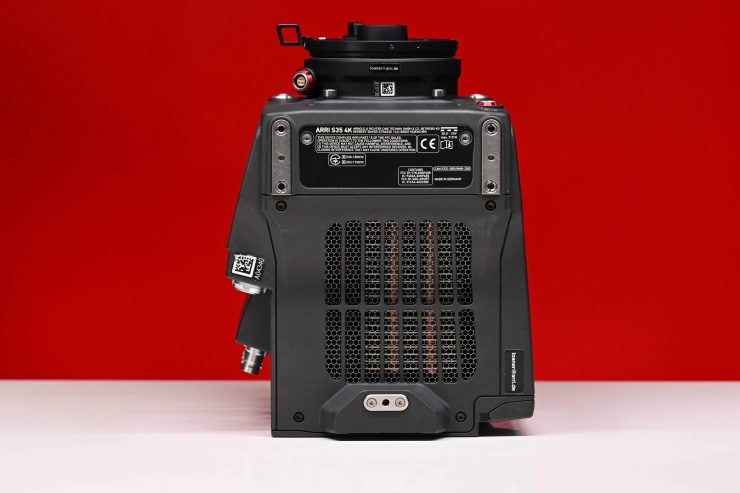
The bottom of the camera 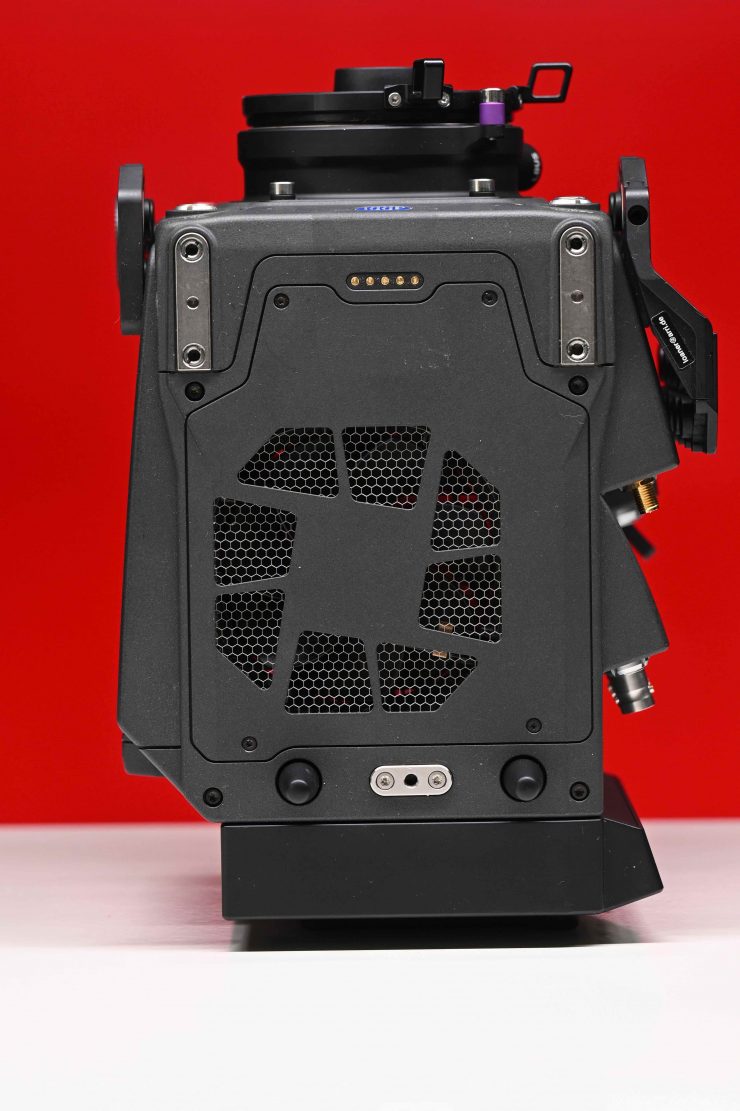
The top of the camera
This fan pulls the air from the bottom of the camera and then exhausts it out of the top.
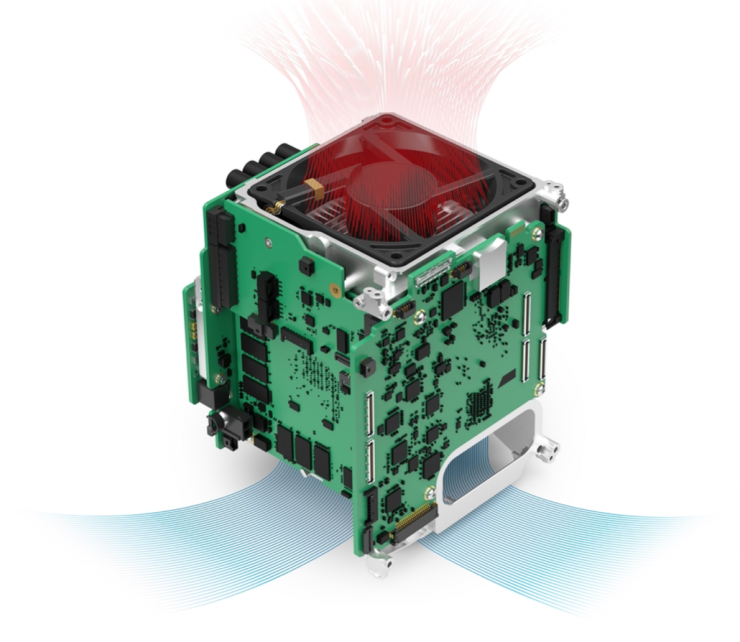
What ARRI has done to further help with cooling is to cluster all of the electronic boards around the core for the closest possible heat transfer. The electronic boards and actually right up against radiator fins so that the air that gets sucked up through the chimney from the fan goes directly over them.
ARRI has also chosen materials and shapes that have been optimized for low weight and high heat conductivity.
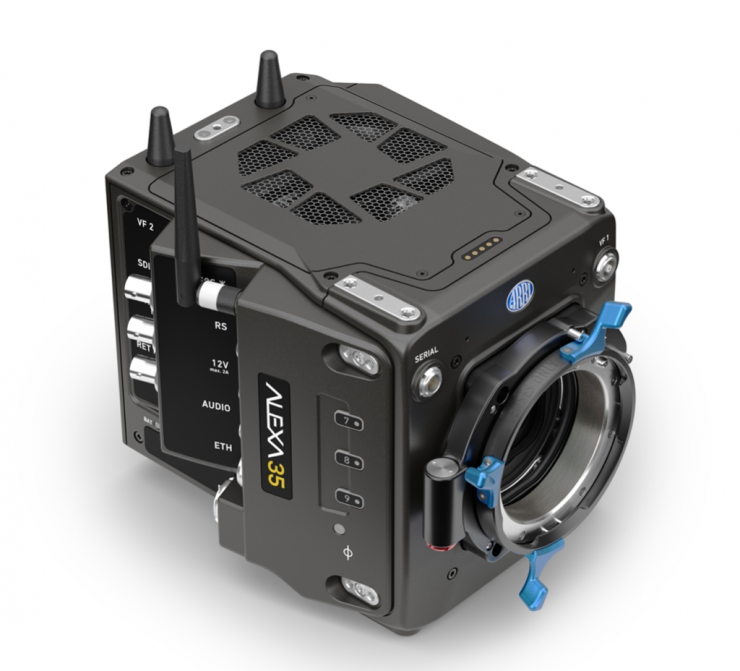
ARRI states that the cooling in the ALEXA 35 is twice as efficient as that of the ALEXA Mini.
ARRI has also been careful to make accessories that don’t obstruct the airflow.
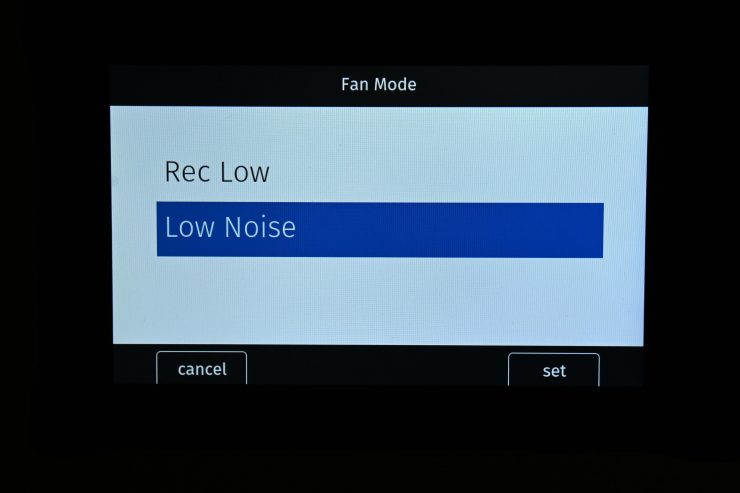
You can choose in the menu settings to set the fan to Rec Low or Low Noise.
Rec Low– Increases fan speed during standby to cool the camera. Minimizes fan speed/noise during recording.
Note: Ideal in an environment warmer than 30 °C (86 °F).
Low Noise– Minimizes fan noise during standby and recording.
Note: With data rates above 100 MB/s (due to fps/codec setting), the fan
speed automatically increases to prevent the recording media from overheating.
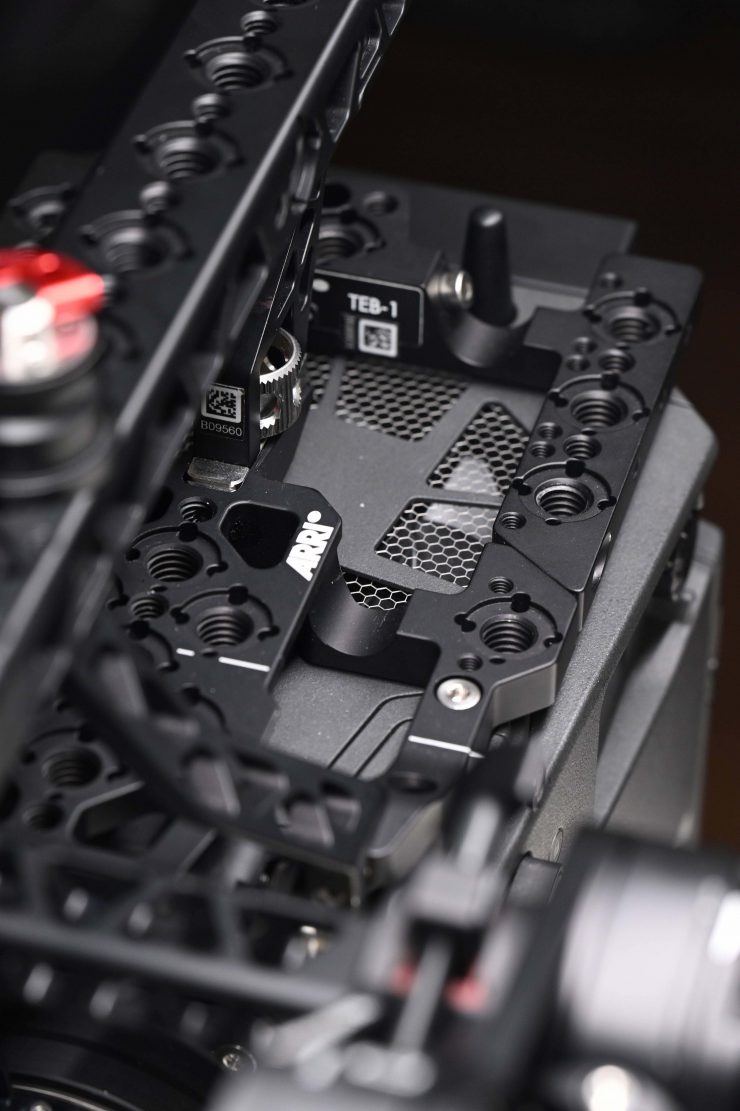
The fan is relatively quiet and I don’t think it will be of much concern to most users. It certainly works well and you can feel the air getting exhausted out of the top of the camera.
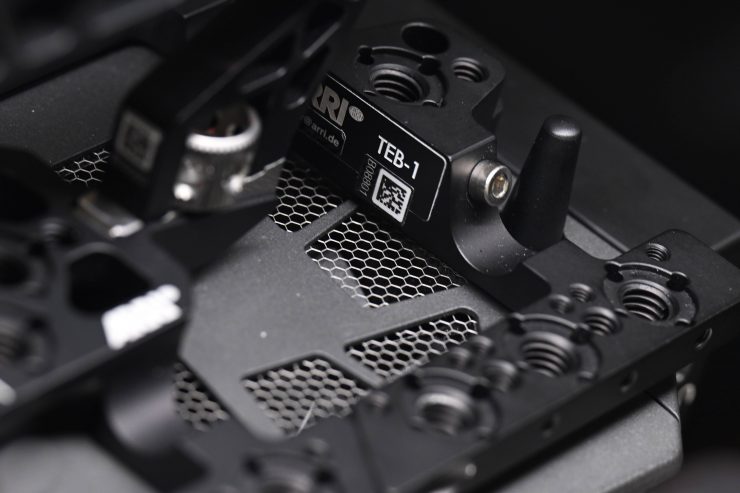
What did slightly bother me was that when you have the camera on your shoulder you do get the fan noise and some airflow going straight into your ear. I think this could be because the exhausted air is hitting some of the top plate and then getting pushed left.
Usability
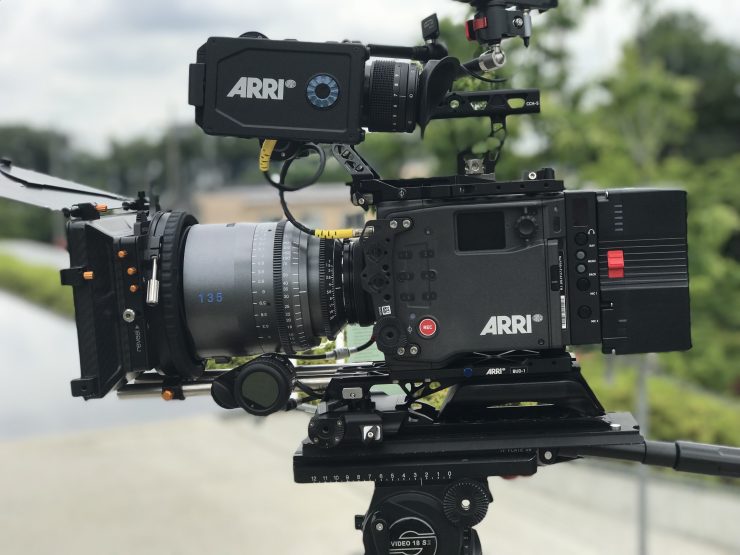
Image copyright Newsshooter 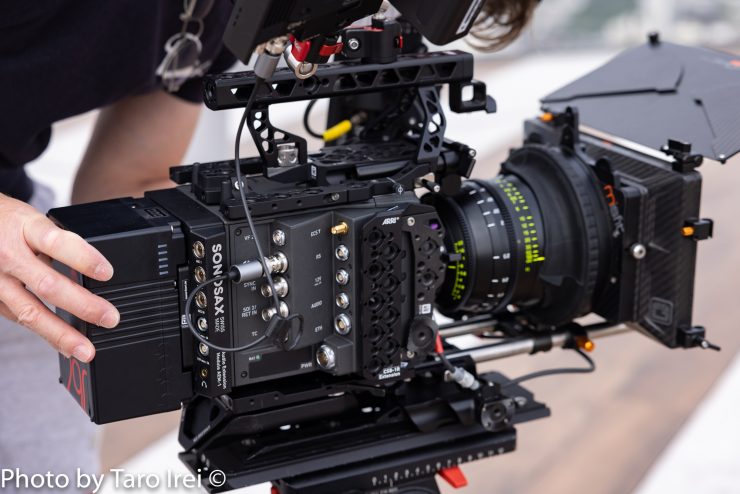
Usability is a big part of what makes ARRI cameras so desirable and ARRI has designed a whole range of new accessories for the ALEXA 35.
These new accessories allow you to create many different camera configurations, large and small.
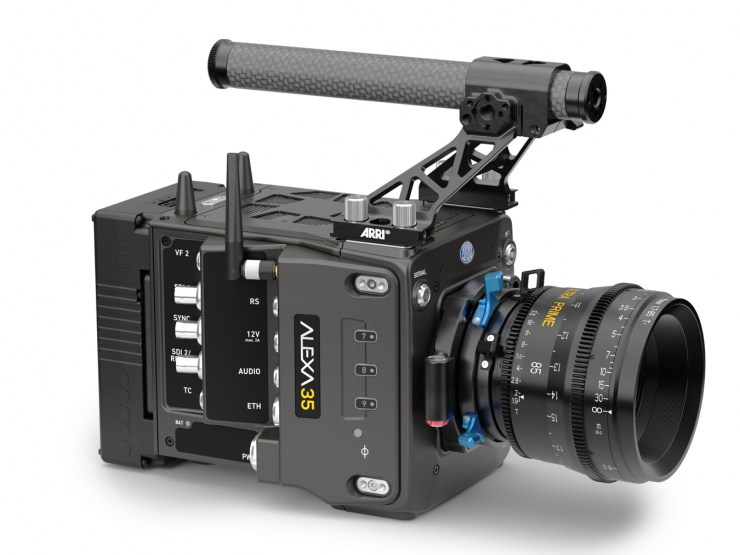
Unlike the ALEXA Mini LF, the on-board battery for the ALEXA 35 can attach directly to the back of the camera. This is because of the new cooling system and where it is located within the camera. With previous ARRI cameras like the ALEXA Mini and Mini LF this wasn’t possible because of the way those cooling systems had been designed.
There are attachment points on the top, bottom, left, and right sides of the camera.
You can also independently attach and remove second layer side, top and bottom accessories without needing any tools. What is a welcome change is that all of these new accessories can be attached independently of each other. This allows users a lot more flexibility and versatility when deciding how they would like to configure their camera. Please note, that you still have to physically screw in the LMS-4 top plate with an Allen key if you are going to use that accessory.
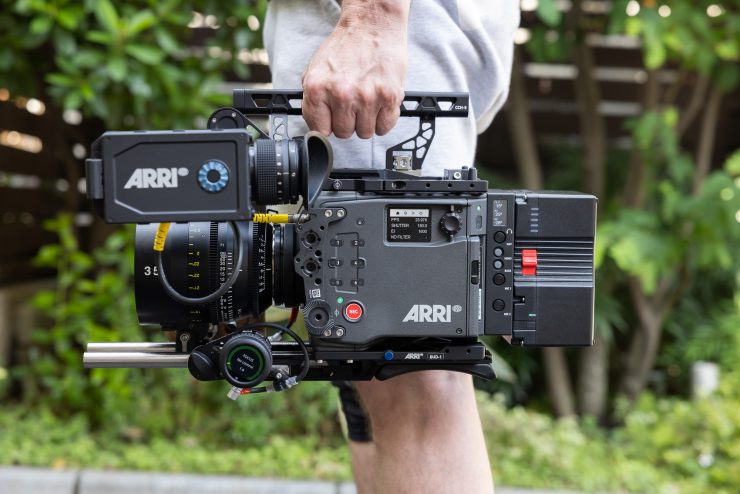
The user buttons can be set to do just about anything you like. I love this aspect of ARRI cameras. It gives you the ability to customize how you like to work and operate. You don’t have locked-in buttons like so many other cameras do. If you add an OCU-1 or Master Grips to the camera, you can add even more custom user buttons to your setup.
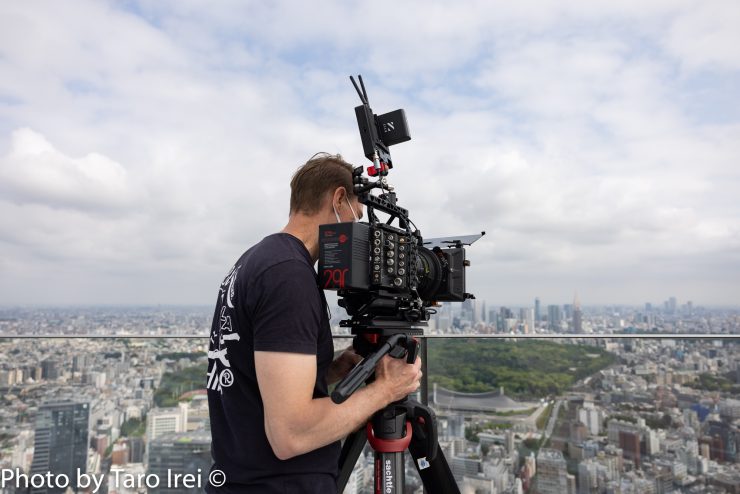
You can literally set up the ALEXA 35 so you don’t have to go into the menu to make the main operational changes. This vastly speeds up productivity when you are shooting.
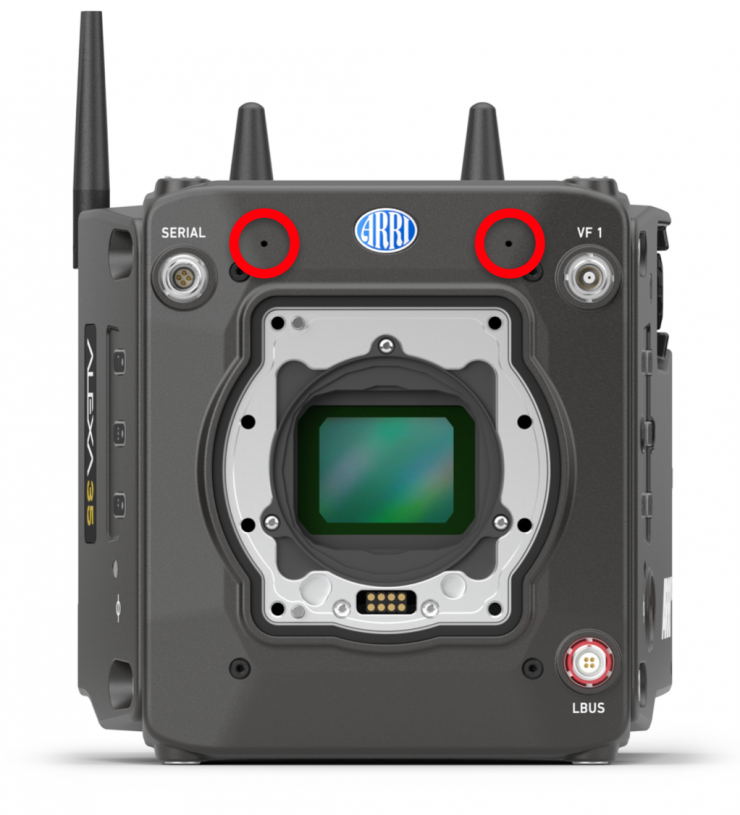
Just like the Mini LF, the ALEXA 35 also features two scratch microphones on the front of the camera. I will talk more about these and audio further down in the article.
Camera Tour
So let’s now have a look at the camera itself. On the operator’s side, you will see 6 user-assignable buttons, a record button, power on/off button, lock button, and a display screen with a multi-purpose dial. The ALEXA 35 features a very clean layout and you are not confronted by buttons and switches all over the side of the camera.
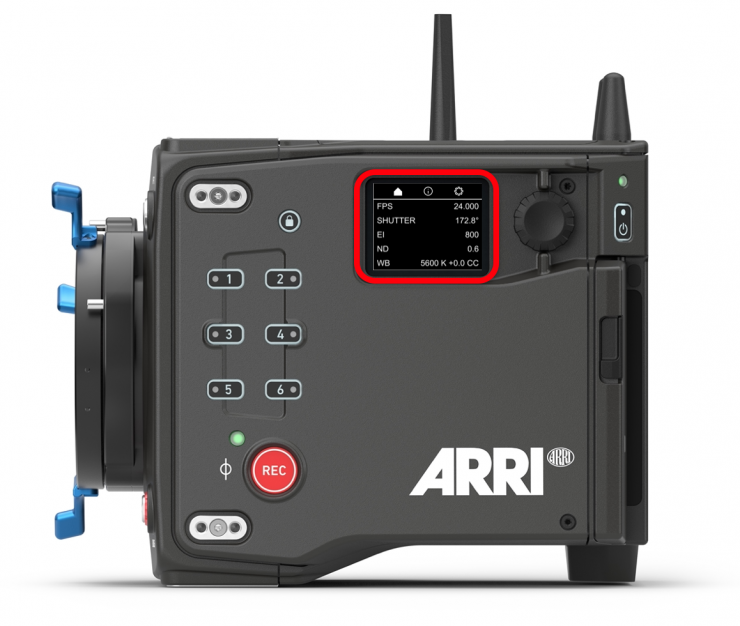
This new side display panel allows you to see the status of the camera, but more importantly, it allows you to change settings without needing to use the viewfinder.
This allows you to use smaller, lighter camera configurations. Above you can see I have just used the lightweight handle and attached a monitor to it.
The side screen is a welcome addition and I think a lot of users of the camera will be happy to see it included. While I personally didn’t find myself using it very often, It is nice to know that it is there if you need it.
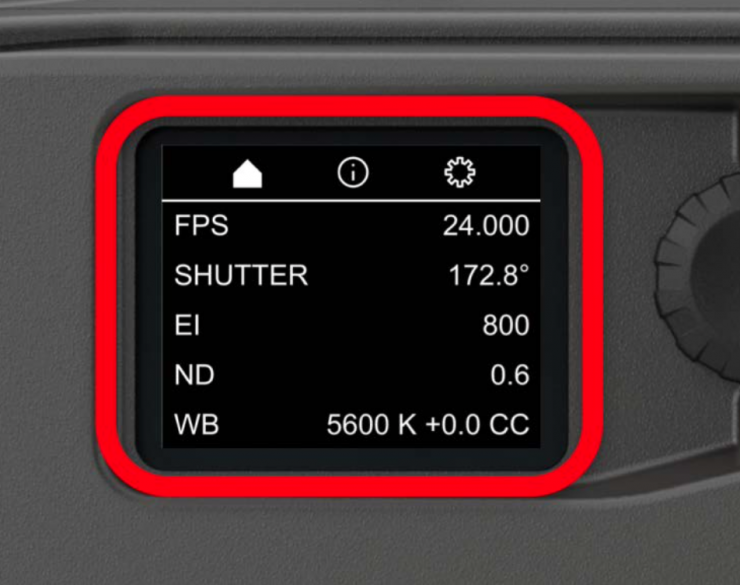
Home 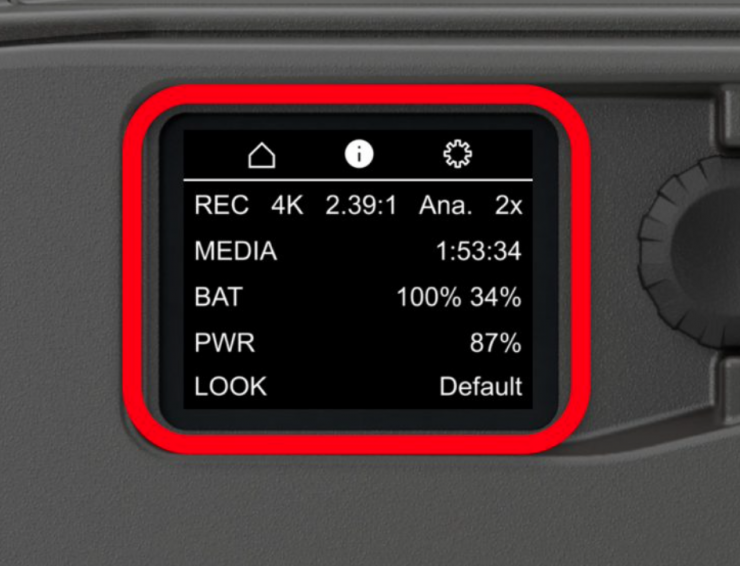
Info 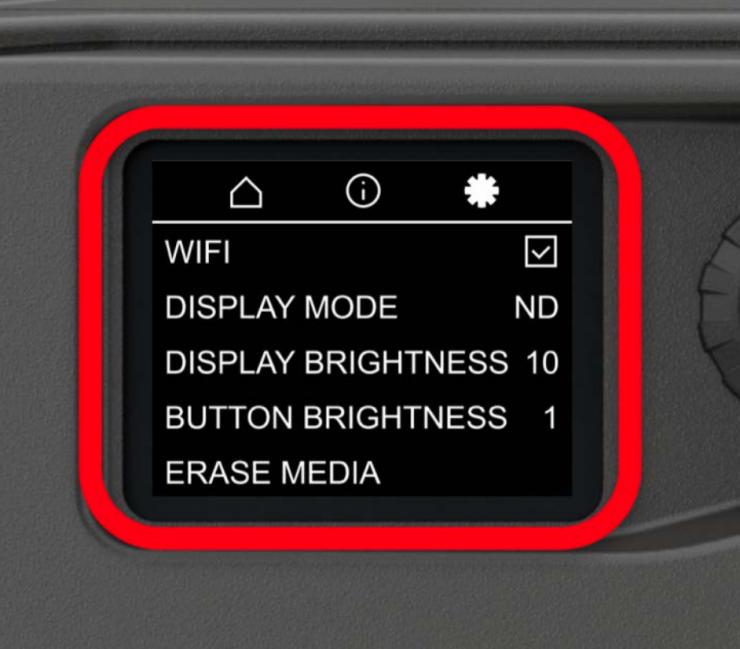
Settings
The display screen has three main sections:
- Home
- Info
- Settings
When Enhanced Sensitivity Mode is turned on, the EI value will be followed by an “ES”.
Note that the BAT battery status shows two numbers. This is because there are two onboard batteries attached to this camera, the second on the back of the first. The B-Mount is smart enough to recognize this, and the camera will show capacity for both batteries and will drain the one furthest out first, so it can be exchanged and the first battery will act as a buffer, to keep the camera powered up.
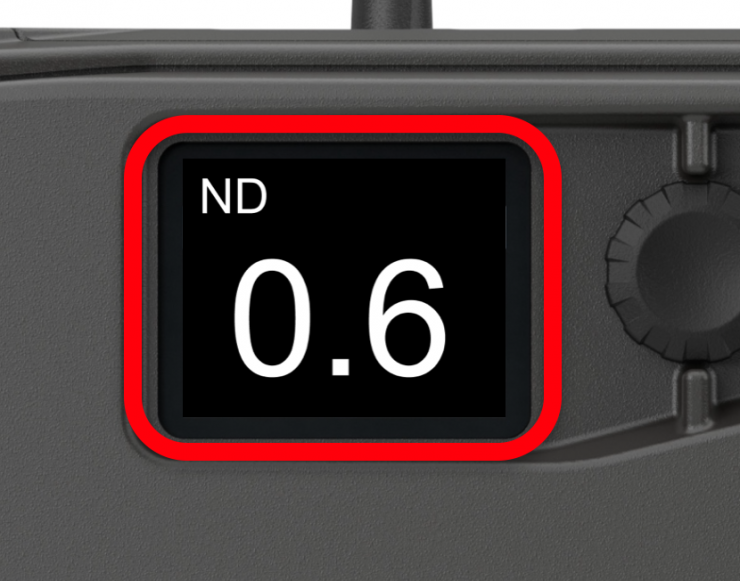
If you don’t use the screen for more than 60 seconds it defaults to show your ND setting, like a filter tag. There are several default screen options available.
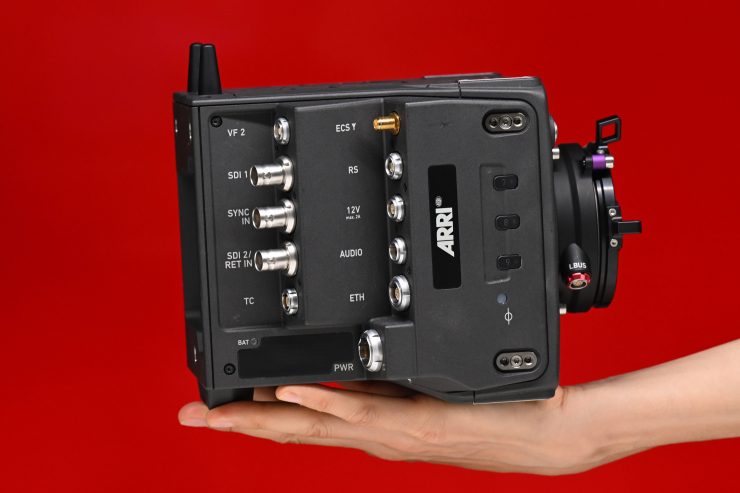
Image copyright Newsshooter 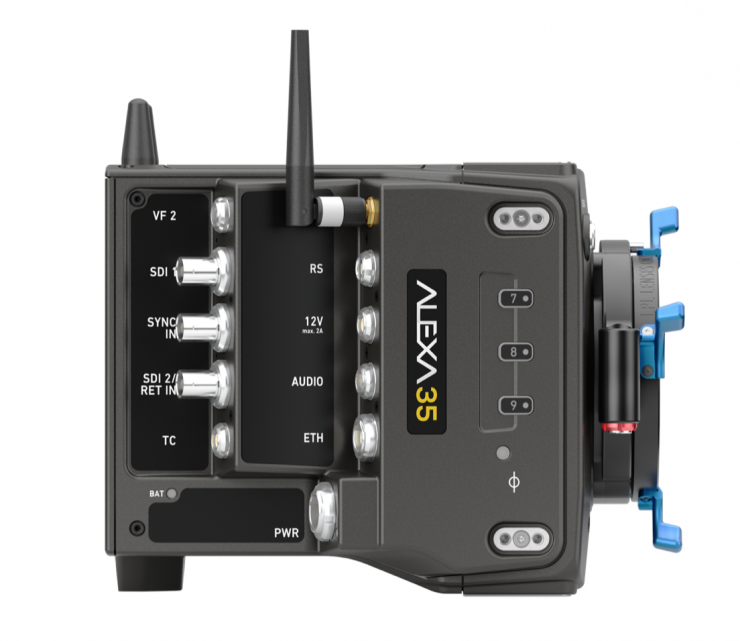
On the non-operator side of the camera, you will find three more user-assignable buttons and most of the inputs and outputs.
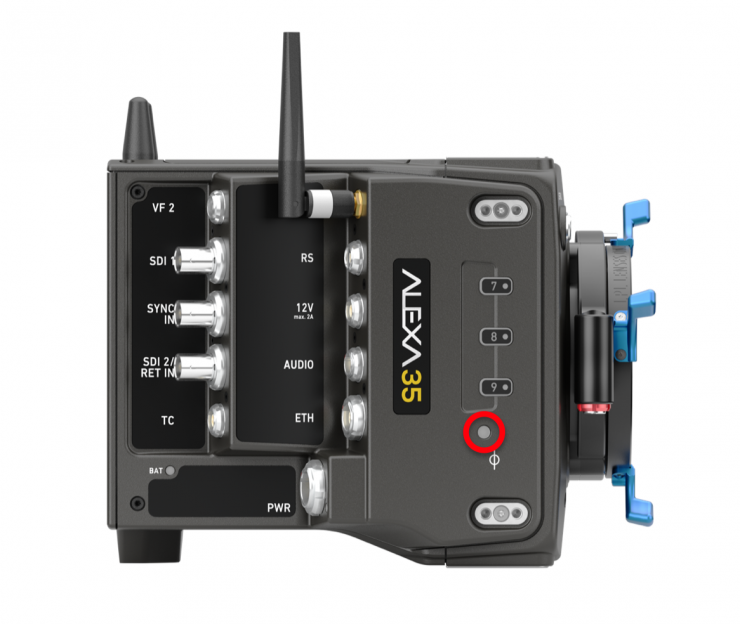
There is also a small record light that is located just under the user buttons.
Additionally, ARRI has also placed two BAT/PWR LEDs on the side of the camera. You can see in one of the above images what the various colors represent.
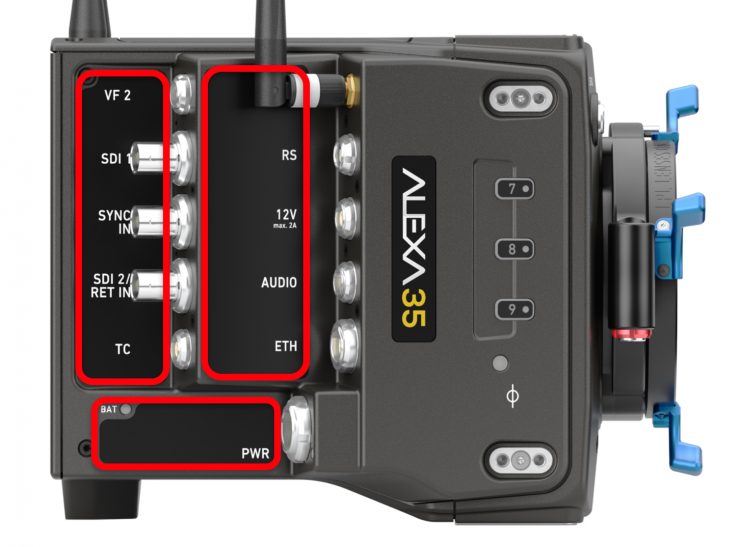
In a nice touch, ARRI has equipped the ALEXA 35 with removable and replaceable industrial scratch-resistant foils on critical surfaces near where cables and connectors are plugged in. This helps to protect the camera from getting scratched.
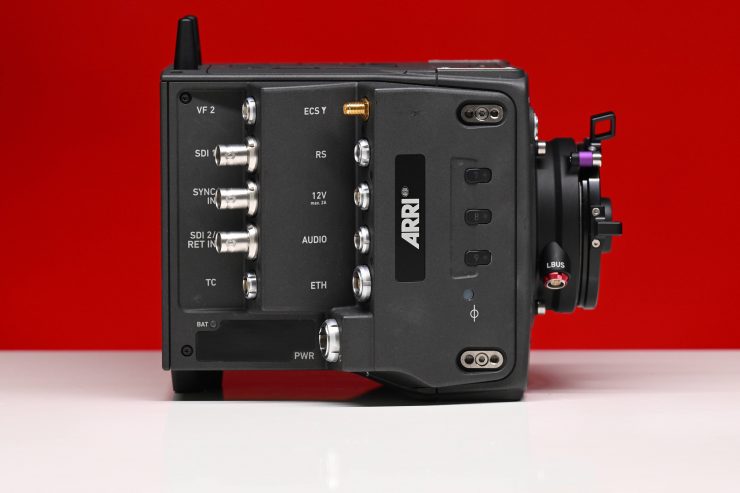
There was only one foil on the test camera I had and for obvious reasons, the ALEXA 35 signage was also missing.
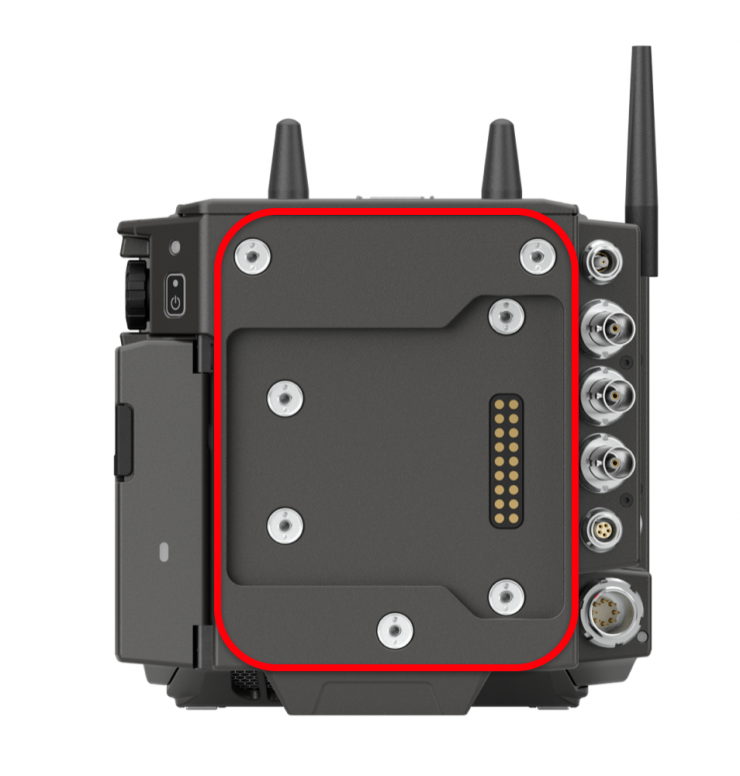
On the back of the camera, there is a 15-pin Pogo connection interface for power and electronic accessories.
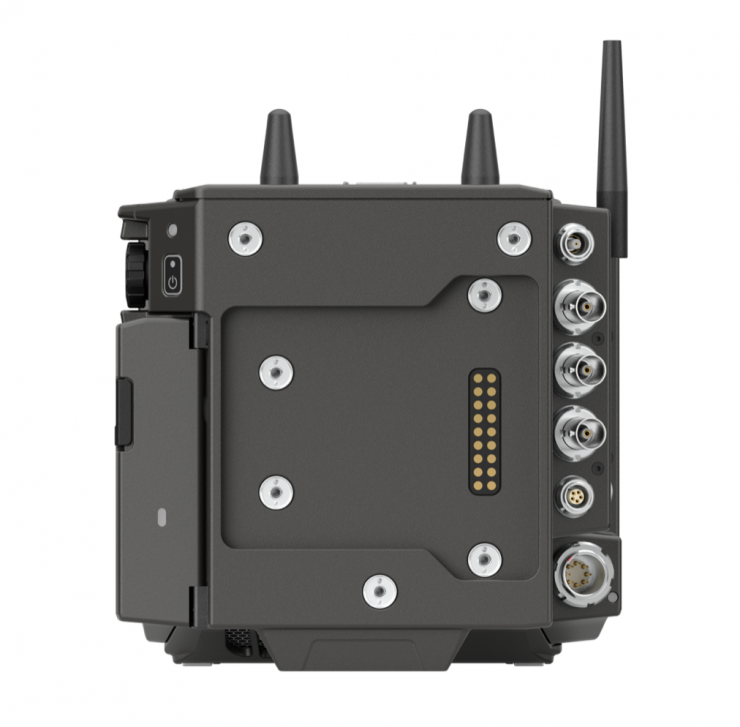
There are also two WiFi antennas that enable you to use third-party remote apps, ARRI Webremote, and the new ARRI Camera Companion App.
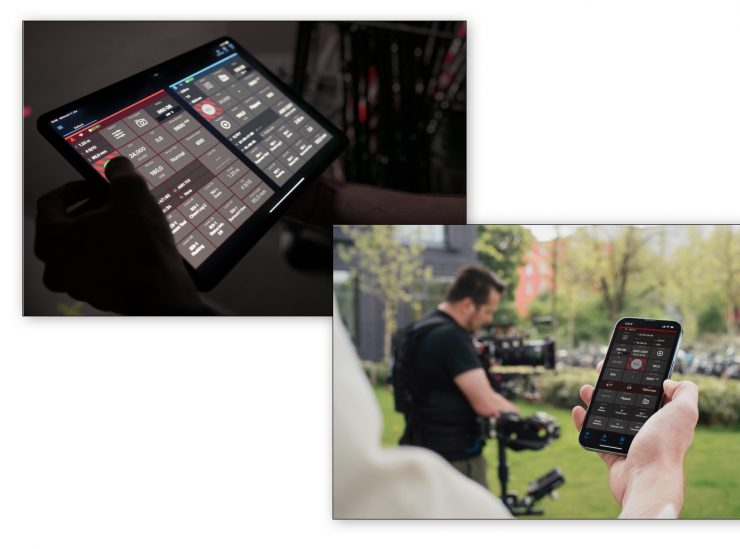
Speaking of the ARRI Camera Companion App, it allows you to remotely control and configure your camera and it offers multi-camera support. The interface is also customizable and it has been designed to be easy and intuitive to use.
The ARRI Camera Companion App is supported by the following devices
- iPhone, iPad (iOS/iPadOS ≥ 15.0)
- M1 Mac (macOS ≥ 12.0 “Monterey“)
- Apple Watch (experimental)
The ARRI Camera Companion App not only works with the ALEXA 35, but also the ALEXA Mini LF, ALEXA Mini, and the AMIRA.
- ALEXA 35
- ALEXA Mini LF
- ALEXA Mini
- AMIRA
Inputs, Outputs & Connectors
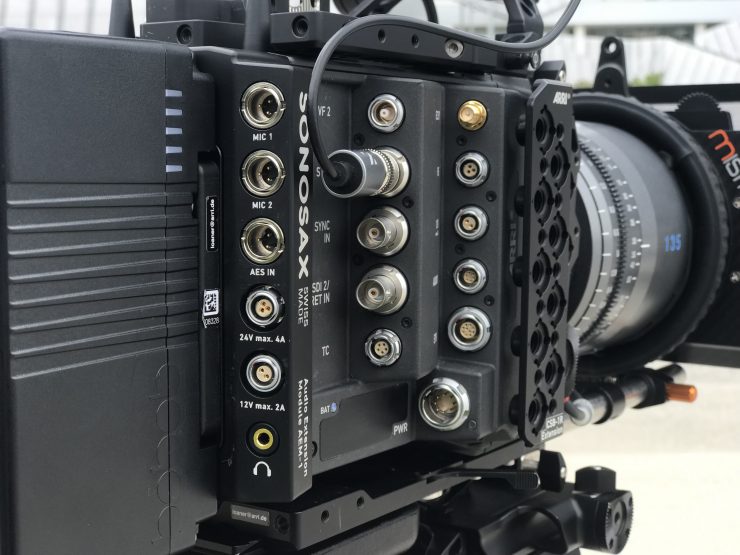
Image copyright Newsshooter
As far as connections on the camera are concerned, ARRI gives you a lot of options. On the front of the camera, there is:
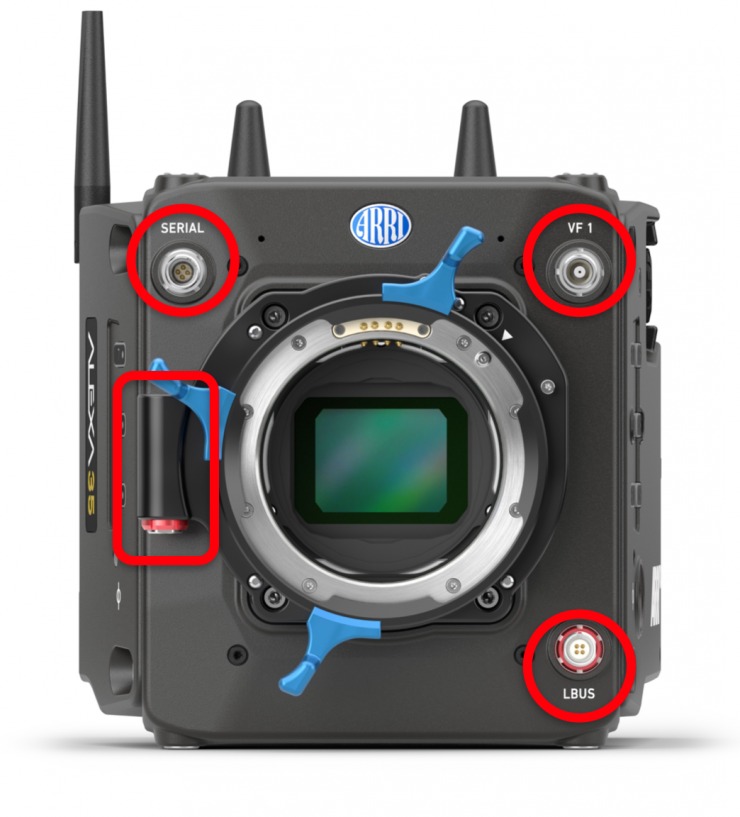
- LBUS On camera: for ARRI ECS accessories
- LBUS On LPL Mount: for ARRI ECS accessories
- SERIAL L-CUBE functions: for UDM-1, Focusbug Cine RT, CE CTM, Ward Sniper)
- VF 1: First viewfinder connector
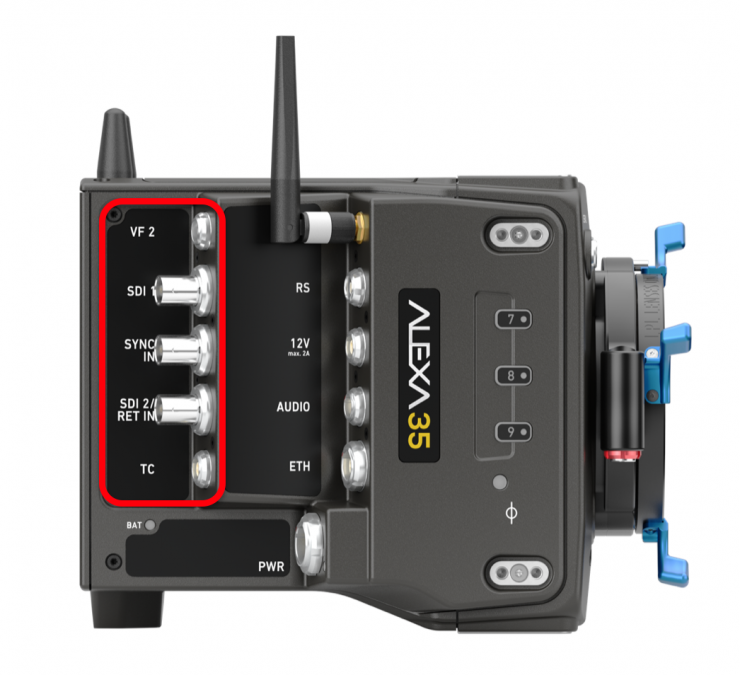
On the right-hand side of the camera, you will find most of the key inputs and outputs. Towards the back of the camera you will find the following:
- VF 2 Second viewfinder connector
- SDI 1 Completely independent (1.5G, 3G, 6G, or 12G)
- SYNC IN Genlock: analog black burst or tri-level
- SDI 2/RET IN Completely independent (1.5G, 3G, 6G, or 12G)
– or return in (1.5G or 3G) - TC Timecode in/out (this uses the same cable as the Mini LF)
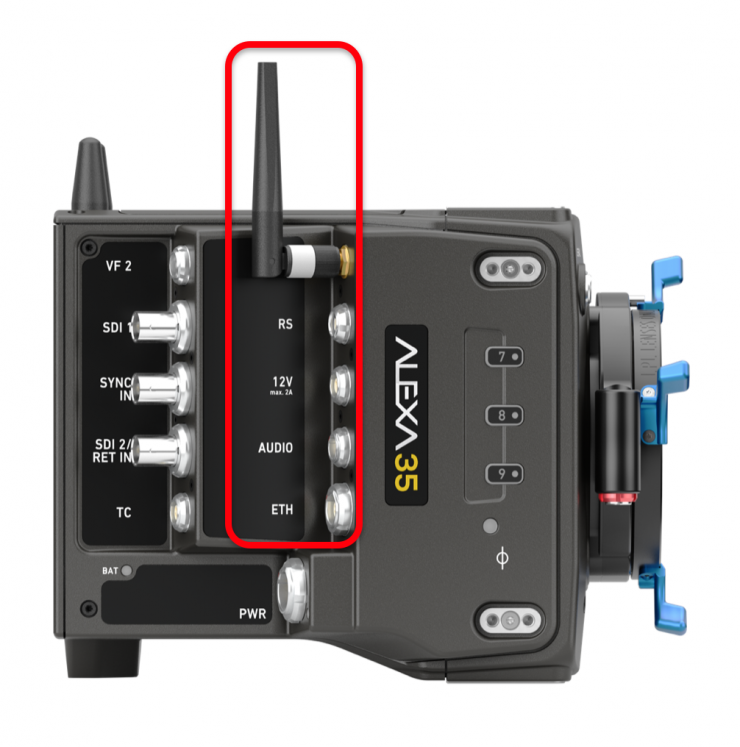
Then if you move slightly forward you have the following:
- ECS Antenna for ARRI ECS radio (Hi-5, WCU-4, SXU-1)
- RS Regulated 24V accessory power out
- 12V Regulated 12V accessory power out
- AUDIO 2x LINE audio inputs
– 12V accessory power out
– Like the Mini LF, uses the same cables
– Camera has 4 audio channels - ETH Service, ARRI Webremote, etc.
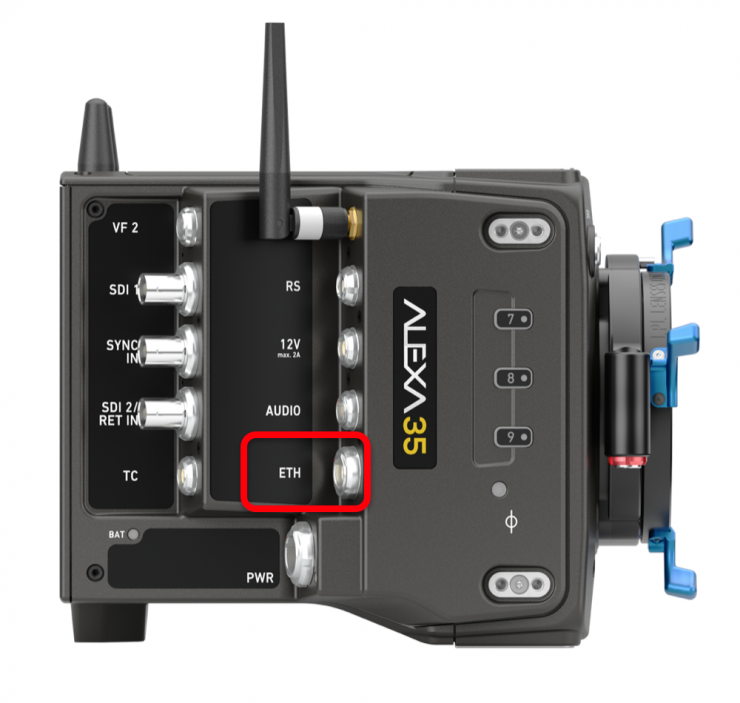
The ETH connector can also be used for real-time streaming metadata which is handy if you are using the camera for Mixed Reality Productions (MRP). This metadata includes all relevant frame-based lens and camera metadata and it can be received by ARRI’s Live Link Metadata Plug-in for Unreal Engine.
Why make a Super 35 Camera?
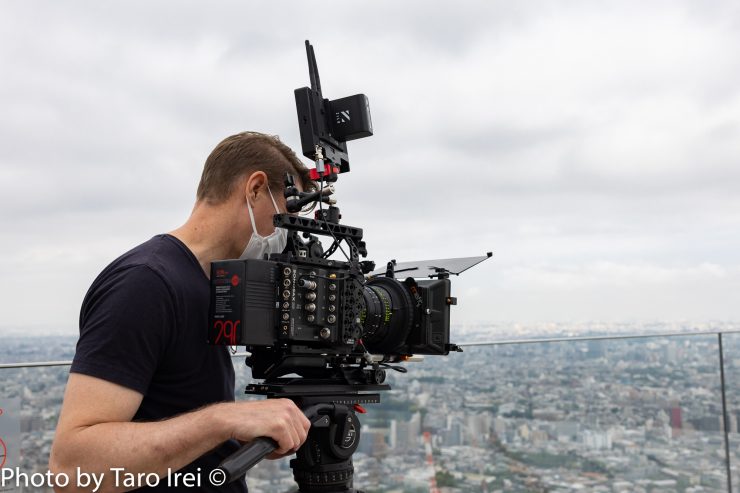
Some people may well be wondering why ARRI would release a Super 35 camera in 2022 when the industry push has been towards larger-sized sensors. Well, ARRI firmly believes there is still a market for Super 35 sensor-sized digital cinema cameras.
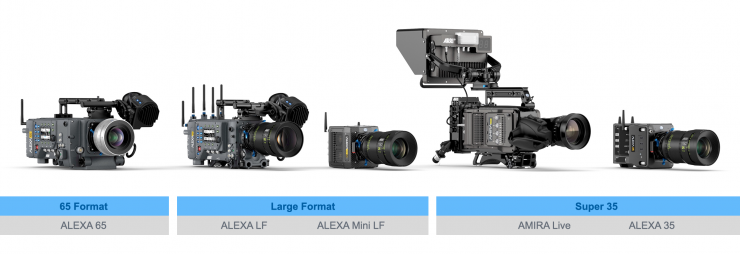
For the foreseeable future, ARRI now has the ALEXA 65 for 65, the ALEXA LF and ALEXA MINI LF for large format, the ALEXA 35 for Super 35, and the AMIRA Live for live and broadcast applications. This is just like in the days of film, where you had the choice of shooting 65mm, 35mm, or 16mm, ARRI is giving you three different choices in digital.
Build Quality
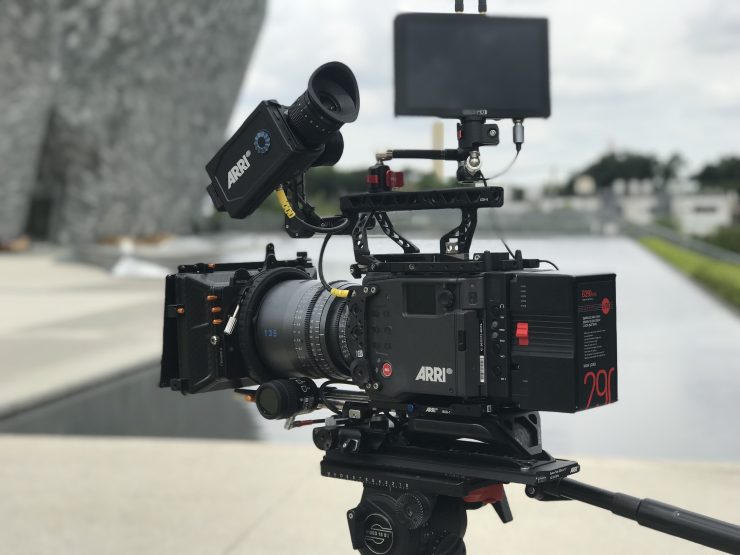
As you would expect from ARRI, the build quality of the ALEXA 35 is superb. When you pick up an ARRI camera there isn’t any plastic, there aren’t any flimsy parts, and there aren’t dials and buttons that feel like they may break. ARRI cameras are built to withstand anything you can throw at them. The ALEXA 35 has been put through rigorous field testing around the world in the most extreme of conditions. ARRI sent cameras out to DPs and purposely told them not to go gentle. Getting feedback from the field from the end-user is an important part of designing any camera and to check if there are any potential flaws that need to be addressed.
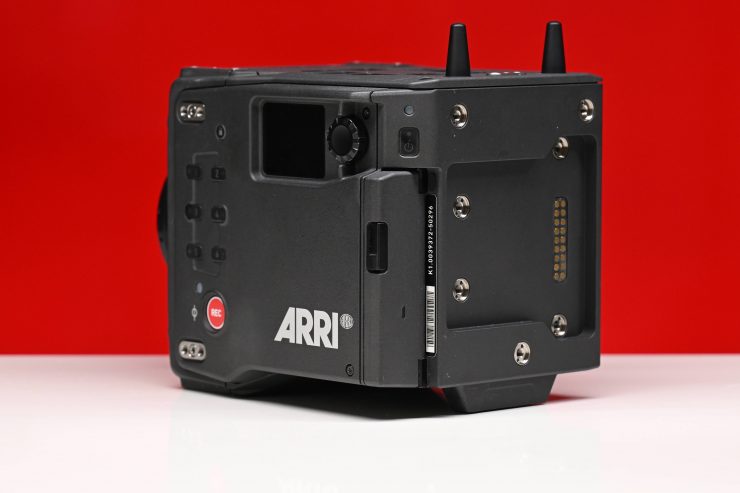
Just like previous ARRI cameras, the design is understated, and that is a good thing. ARRI is more interested in functionality and reliability than they are in style. You won’t see any skulls or eject switches on the ALEXA 35 ;). The ARRI philosophy and always been about functionality, usability, and reliability. They are not in the business of trying to make something that looks cool. And no, there aren’t any white versions of the camera available!
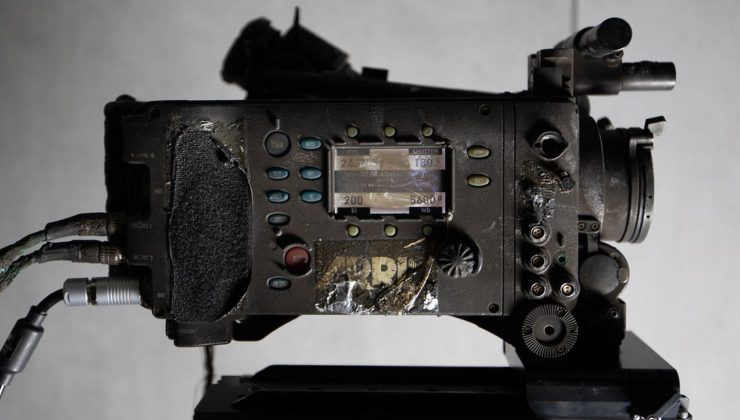
ARRI cameras are designed to be as robust as possible. The entire ALEXA 35 is spray and dust-proof. The camera has the largest operating temperature range in the industry: -20º C to +45º C / -4° F to +113° F. ARRI also told me that the splash and dust proofing was even better than on previous ARRI cameras.
The ALEXA 35 was specifically designed with future hardware and software upgrades in mind. This was done to provide a long product cycle and a safe return on investment.
The electronic boards are made by third-party suppliers to ARRI’s specs under very tight quality control. The sensor bonding (the high-tech and tricky marrying of the sensor to the sensor board) is actually done in-house in a super clean room. This allows ARRI to also repair sensors in-house and to deal with any sensor-related manufacturing issues in-house.
The camera assembly is a modern process done in-house. ARRI has designed its assembly process to be very flexible, so the same people can build the ALEXA 35, ALEXA Mini LF, ALEXA LF, and AMIRA. That way ARRI can quickly react to changes in customer demand.
ARRI has also now moved into a new, modern building and they now have their very own, Amazon-style automated robotic parts warehouse.
ARRI cameras undergo an extensive testing and burn-in phase, that includes frequent image quality and camera functioning checks including a “shake and bake”, where the camera is put in different temperature environments and is shaken by an industrial shaker. What ARRI is doing here, is essentially simulating one week of rough use on the set. ARRI has learned that most things that fail tend to fail in that first week, so they simulate it to catch these things before a customer has an issue on set.
To my knowledge, no other camera company does this.
ARRI cameras are designed to maintain their quality, even decades after they have been released. Yes, they are expensive, but customers profit from this value in two ways: as a camera owner, they can be assured of a high resale value for their equipment, and as a prospective buyer of second-hand equipment from ARRI, you know that you are getting a proven camera that won’t let you down.
Design
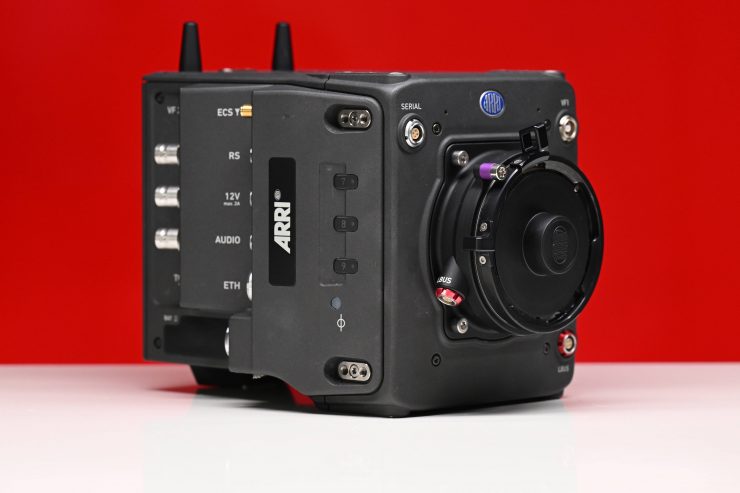
Like so many of today’s digital cinema cameras, the ALEXA 35 is a square box. I have a love/hate relationship with this type of camera design. I love how you can break the camera down and just use it in a small configuration, but sometimes you have to build it up to the point where it increases in size and weight immensely if you want to shoulder mount it.
I actually found the ALEXA 35 was easier to configure and use on the shoulder than the Mini or Mini LF. You don’t need as many accessories with this camera as you previously did with some other models.
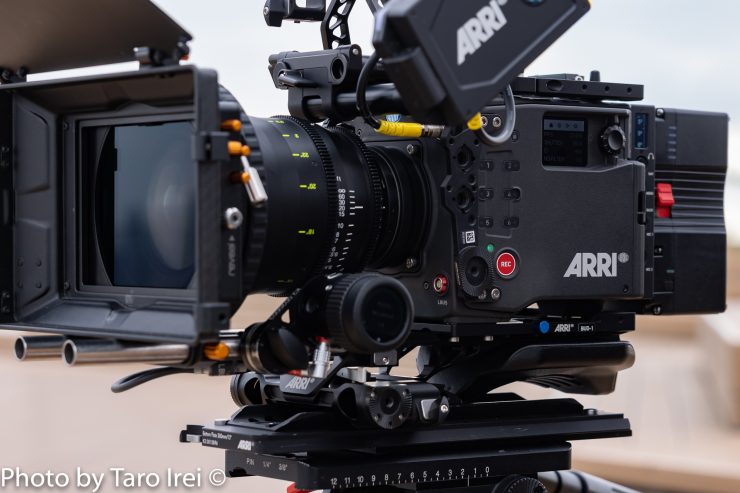
ARRI really has done a great job of making accessories for their cameras. It is amazing to think that there are only a few mounting points on the body, yet you can build up whole systems depending on what you are doing. ARRI accessories are generally well thought out and designed. Having an entire ecosystem of accessories is one of the key factors as to why their cameras are so popular on large productions.
Above you can see a photo gallery showing the base camera being built up into a workable system for tripod and shoulder mount use.
Once you have constructed everything you don’t need any tools to make adjustments.
What I like is that there are so many different accessories that you can really tailor the camera to your exact needs. There are different top handles, different viewfinder mounting brackets, and a host of other accessories for just about any scenario you can think of.
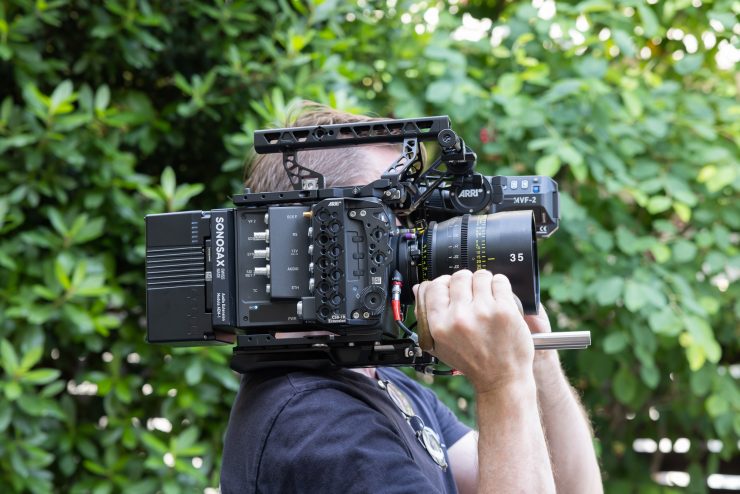
If you are going to shoulder mount the ALEXA 35 you do need a few additional accessories to make that work. I would highly recommend the OCU-1 or the Mastergrips if you plan on using this camera in any type of one-man-band scenario where you need to do your own focus, camera control, etc. I did find that the camera was easier to shoulder mount than the Mini LF, because the battery is physically attached to the camera. However, if you are using very heavy or larger lenses, then you may struggle to get the balance right. In this case, you would need to get an additional accessory called the RAB-2 that places the battery further back on a bracket.
Given this camera is being targeted as a high-end digital cinema camera, it makes sense that it is in this form factor. Just look at movies like 1917 for example, the Mini LF which features a similar design, allowed Deakins to configure the camera so that it could be used in small spaces and also placed on large techno cranes. It is this type of versatility that cinematographers want. ARRI certainly wasn’t the first company to make smaller-sized box-style digital cinema cameras, but after the success of the Mini and Mini LF, it is no surprise that the ALEXA 35 has the same form factor.
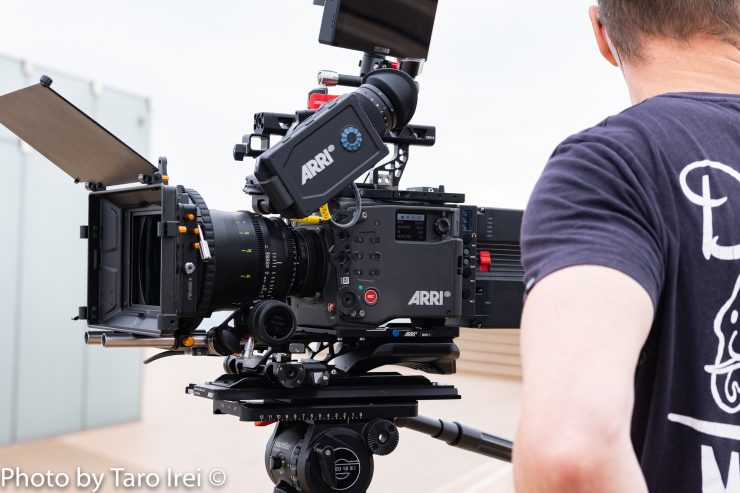
Even though the camera wasn’t designed for solo operators, ARRI has made a lot of accessories that do make it easy to use for that exact purpose. In the limited time I had using the camera I found it intuitive and easy to use. The ALEXA 35 isn’t a hard camera to operate.
Why only 4.6K?
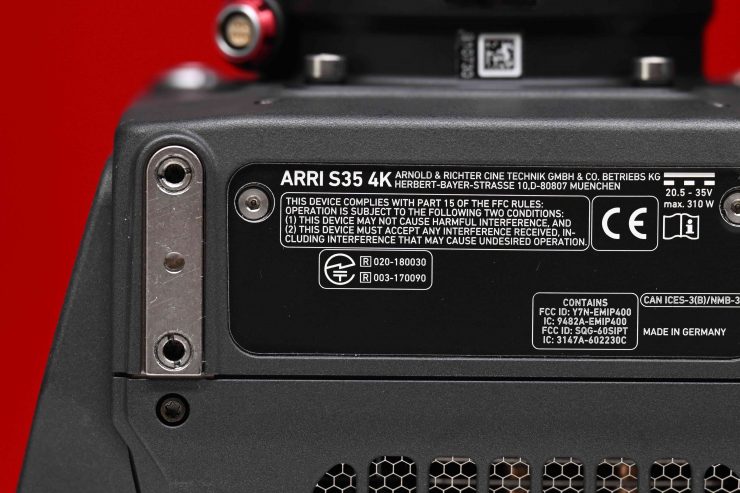
Despite the industry trend of pushing for higher and higher resolutions, ARRI is still releasing cameras that can only record in resolutions no higher than 4.6K. Sony, RED, Panasonic, Canon, Blackmagic, Nikon, Kinefinity and Z Cam all offer cameras that are capable of capturing images in higher resolutions than the ALEXA 35 and MINI LF.
ARRI has never been about more pixels, they have always strived for better pixels. ARRI currently believes that 4K is enough for the foreseeable future is that if you need higher resolutions they already have the ALEXA 65. Plus the ALEXA 35 has way more useable dynamic range than any other camera on the market, which can’t yet be conquered with smaller photosites 😉
What you have to remember is you don’t need a camera that can record 6K or 8K to produce fantastic imagery. Nobody goes to watch a movie in the cinema and complains that it wasn’t shot in 4K, 6K or 8K. ARRI cameras that can only capture in 2.8K or 2K still look great today.
Codex Compact Drives
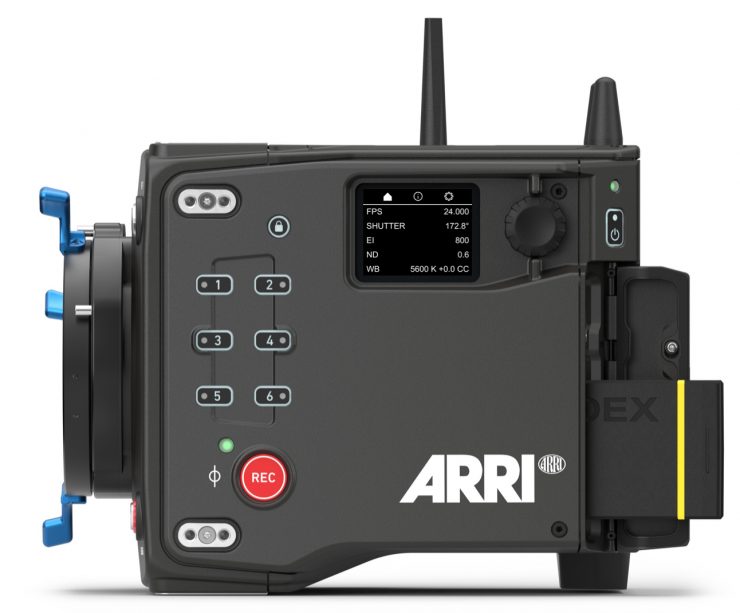
ALEXA 35 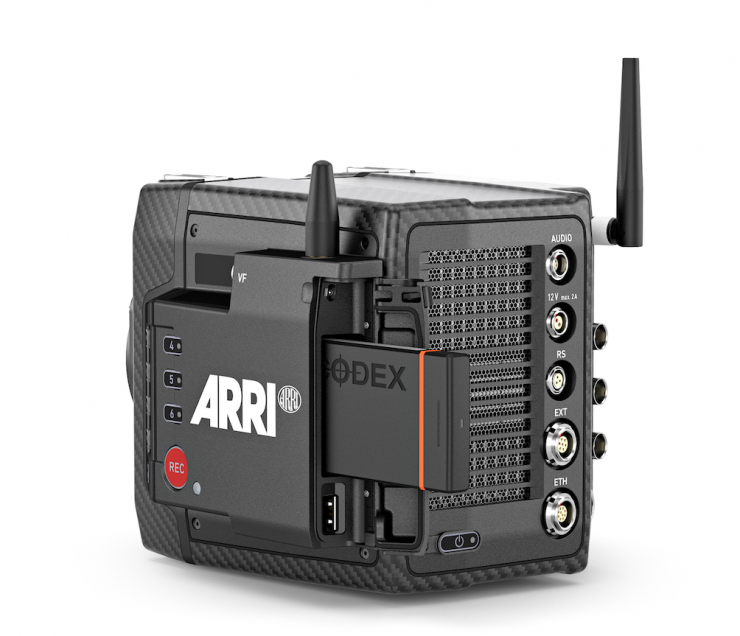
ALEXA Mini LF
Unlike the older ALEXA Mini which uses CFast 2.0 the ALEXA 35 records to Codex Compact Drives just like the Mini LF. The drives are formatted by the ALEXA 35 in the UDF format for ARRIRAW and ProRes. Therefore, both ARRIRAW and ProRes can be recorded onto the same media without reformatting or switching drives. ARRI said quite some time ago that all future cameras will also use this media. This is another aspect of ARRI cameras that I like. You can switch between RAW and ProRes or change your project base settings and you don’t need to reformat or change cards.
Codex High Density Encoding (HDE) uses sophisticated, loss-less encoding to reduce ARRIRAW file sizes by around 40% during downloading or later in the workflow. This lowers storage costs, shortens transfer times, and speeds up workflows, which translates to a direct 40% saving in time and money. HDE is free-of-charge for use with Codex Capture or Compact Drives, openly shared, and fast. ARRIRAW Open Gate 4.6K can be encoded at 24 fps on a modern MacBook Pro and ARRI now offers its own, free-of-charge utility for doing this, the ARRIRAW HDE Transcoder app.
CFast 2.0 cards or some other forms of media wouldn’t have been fast enough to use for some of the resolutions and frame rates that the ALEXA 35 can record in. Yes, Codex Compact Drives are expensive, but they have been purposely designed to meet the requirements of ARRI cameras. A 1TB Codex Compact Drive costs $2,380 USD. If you want to record 3 hours of 4.6K 3:2 Open Gate in ARRIRAW without having to back up any cards, you have to spend a whopping $13,440 USD on media. Media cost is something you certainly need to consider carefully if you are thinking about buying an ALEXA 35.
In saying that, a 512GB CFast 2.0 for my AMIRA cost more than a $1,000 USD a few years ago. The Angelbird 256GB cards that are certified for the Mini and AMIRA are $610 USD each, so the compact drives are actually cheaper per GB.
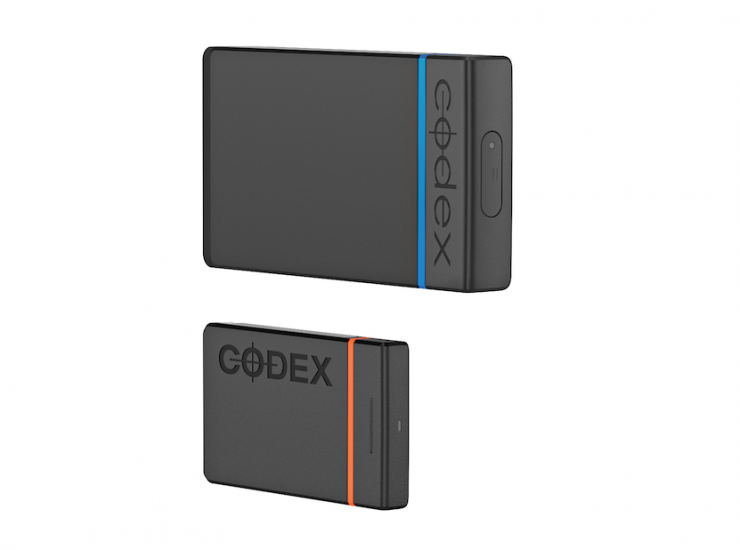
Codex Compac Drives are seen by ARRI as an upgrade to a more professional, robust recording media. The Codex Compact Drives are enclosed in a rugged aluminum housing. The drives are well made and feel a lot more robust than most other media.
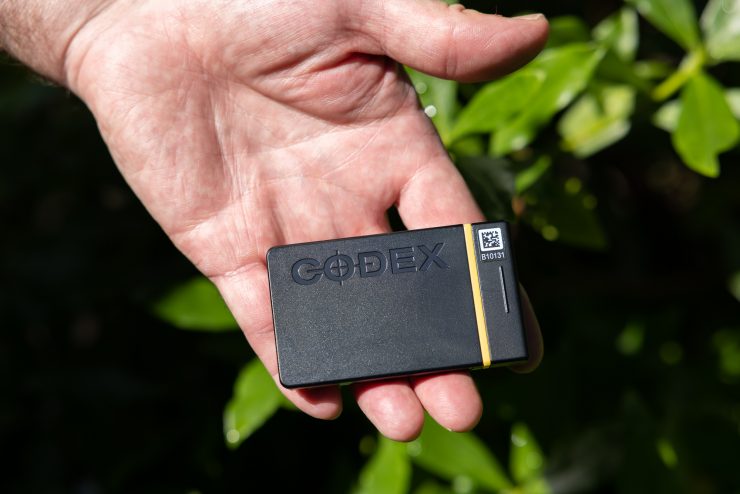
The Codex Compact Drives were only available in 1TB sizes, but now ARRI has introduced a new 2TB version ($4,000 USD). The 2TB has write speeds that are almost twice as fast as the existing 1TB drive.
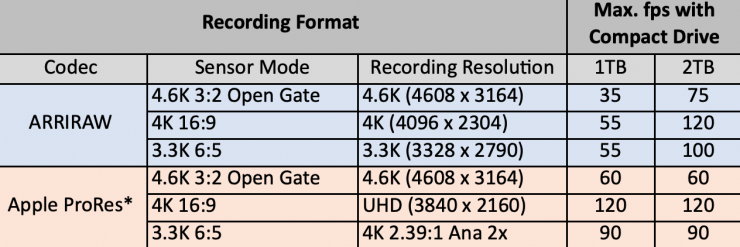
The 2TB version not only allows you to record for longer periods of time but it is also required when using certain frame rates when recording in ARRIRAW. Above you can see that the maximum frame rates when recording in ARRIRAW are essentially almost double if you are using the 2TB drive. With Apple ProRes recordings, there is almost no difference because the limitation isn’t affected by the drive write speed, but by how fast the image can be processed. For three recording formats, the Apple ProRes 4444 XQ flavor has a 5 to 10 fps lower maximum than with 4444 or 422 HQ.
The drives have transfer speeds of 8Gbps and the new 2TB Drive can capture approx. 56 minutes of 4.6K 3:2 Open Gate in ARRIRAW, or 3 hours and 7 minutes of 4K (4096 x 2304) ProRes 422 HQ.
You don’t need any software or drivers to read the footage from the Codex Compact Drive Reader.
The Drive Reader does make quite a lot of noise, especially when you are reading from a card.
There are two options for downloading data from the Compact Drive
- The new Compact Drive Reader (USB-C) is an affordable reader that works with MacOS or Windows without extra software or licenses. Use your preferred data management application to copy data from the drives. To add HDE capability, use the free-of-charge ARRIRAW HDE Encoder from ARRI. The Compact Drive Reader offers download speeds of up to 8 Gb/s. The Compact Drive Reader uses the USB 3.1 Gen 2 interface (backwards compatible) and is powered via the USB-C connector.
- For MacOS users, the new Compact Drive Adapter accepts the Compact Drive and fits in all SXR Capture Drive Docks (Thunderbolt 2 or 3). The Compact Drive Adapter maximizes download speed for Compact Drives up to 15 Gb/s. The host computer must have the free-of-charge Codex Device Manager software installed, which will also provide HDE capabilities.
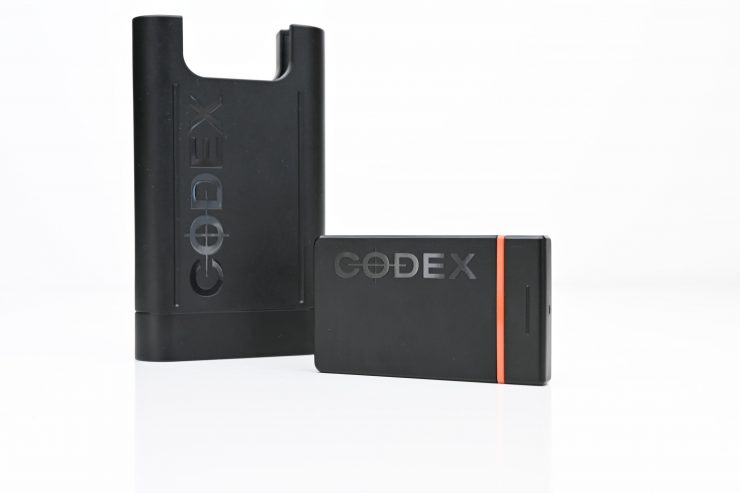
The Codex Reader is very fast and I was able to copy 130GB of material from the card to my hard drive in under 90 seconds. With that speed, I could copy an entire 1TB card in under 12 minutes.
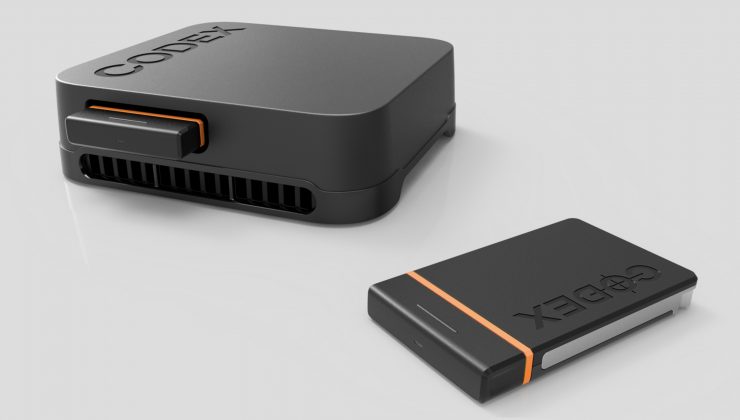
ARRI also has a faster version of the Compact Drive Reader that is called the “Compact Drive Dock” which interfaces through Thunderbolt 3.
Why does the ALEXA 35 record MXF/Apple ProRes instead of QuickTime/Apple ProRes?
ARRI has switched all recording formats to the MXF (Material eXchange Format) container because MXF is an open standard that is widely supported and allows for more flexible access to metadata. Using the same container also allows ARRI to record ARRIRAW and Apple ProRes to the same drive without reformatting.
Apple is supporting MXF/Apple ProRes and they have published the “SMPTE RDD 44: Mapping of ProRes into MXF”. ARRI cameras that currently support QuickTime/Apple ProRes will continue to use QuickTime.
Apple already has an MXF plug-in available for MacOS X 10.14.3 or later that you can download as part of Apple’s “Pro Video Formats”. This allows the MacOS QuickTime Player, FCPX, Motion, Compressor, VLC and other ARRI software to play MXF/Apple ProRes. There is also support for Windows machines.
Speaking of MXF, the ALEXA 35 actually records in a new MXF wrapper. This wrapper allows the camera to record a new extensible, flexible metadata structure for future expansion. It includes:
- New metadata for new processing steps like Enhanced Sensitivity Mode and ARRI Textures
- It can also be used for ARRIRAW, ProRes and ARRIRAW frame grabs (User Pixel Mask and CAP)
Power Draw
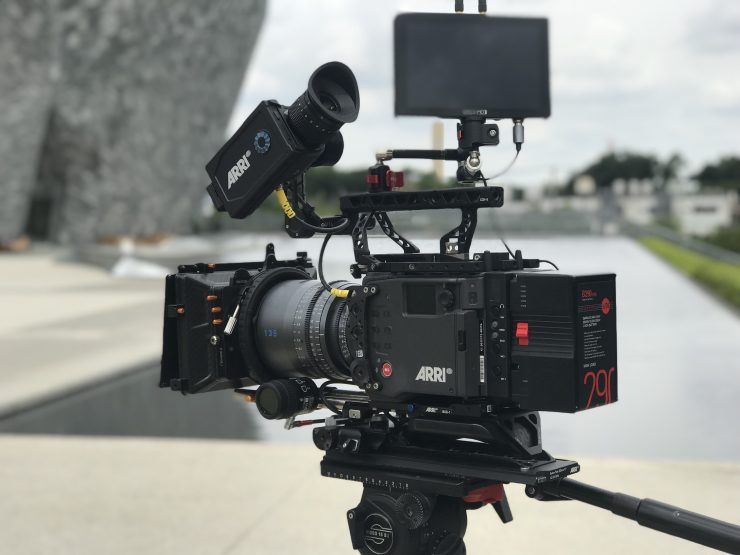
The ALEXA 35 isn’t a 14V camera, it requires 24V. Therefore, it needs to be powered via a 24V onboard battery or an external DC power supply.
The advantages of 24V are that it is a more efficient power supply, and it provides more accessory power. It works well with a smaller sized camera like the ALEXA 35 because there is less to cool.

Yes, some people are bound to be annoyed because they will have to change over batteries and battery charger systems that they already own, and that is a valid complaint. Buying a whole new set of batteries and chargers will cost quite a lot of money. In ARRI’s defense, moving to 24V was the only way to build the ALEXA 35 without compromising on performance.
The camera’s input power range range is 20.5V – 33.6V. The power draw for the camera and MVF-2 viewfinder recording at 24 fps is ~90W. As a comparison, the ALEXA Mini LF draws between 69W and 89W while recording, with the MVF-2 connected, but no further accessories attached.
Yes, 90W is quite a high power draw and you need to carefully think about how many batteries you would need to get through a day of shooting.
The ALEXA 35 is able to deliver up to 290W of power as long as the power source being used can supply that much. This 290W is distributed as follows:
- Up to 140W for camera and viewfinder
- Plus, up to 100W 24V accessory power (including PDM-1 and AEM-1)
- Plus, up to 50W 12V accessory power (including PDM-1 and AEM-1)

ARRI gives you multiple ways to power the camera. You can use battery adapters that mount directly to the camera, including a low-profile B-Mount battery adapter.
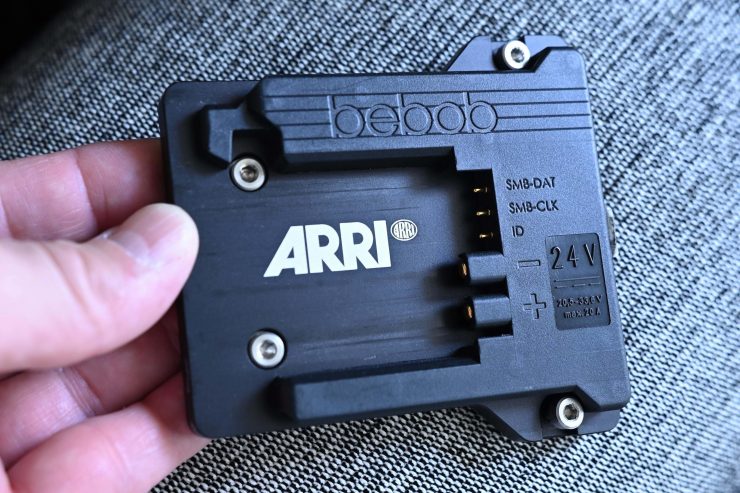
The low-profile B-Mount battery adapter is really small and lightweight. You also have to use this if you are running the ALEXA 35 with one of the additional modules. I’ll talk about the optional modules in a little bit.
If you are not familiar with B-mount it is a 24V global open standard for high-power batteries. It has been designed as one standard for cameras and lights. As I already mentioned, 24V provides power more efficiently and the B-mount gives you a very solid mechanical mounting solution.
B-Mount is capable of supplying up to 15A at 24V. B-Mount will be the standard ARRI moves going forward for all of its cameras, lighting gear, and stabilizers.
Most battery manufacturers such as SWIT, Core SWX, Anton Bauer, bebob, IDX, Hawk-Woods, BlueShape, and FXLION have all introduced or will be introducing B-Mount batteries in 2022.
Now, you may be wondering, well hold on, what happens if I need to travel on aircraft with 24V batteries? You don’t need to worry, most battery manufacturers will be making 24V batteries that are under 100Wh for this very reason. Battery companies will also be making stackable battery solutions and dual B-mount plates that you will be able to use. There is no difference for flight safe capability between 12V and 24V batteries of the same Wh.
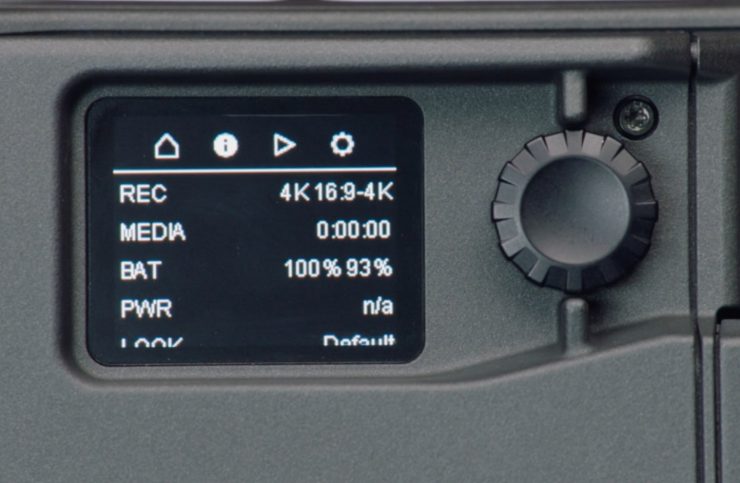
What is nice is that if you use two batteries at once the camera will detect this and display the remaining battery time for both batteries.
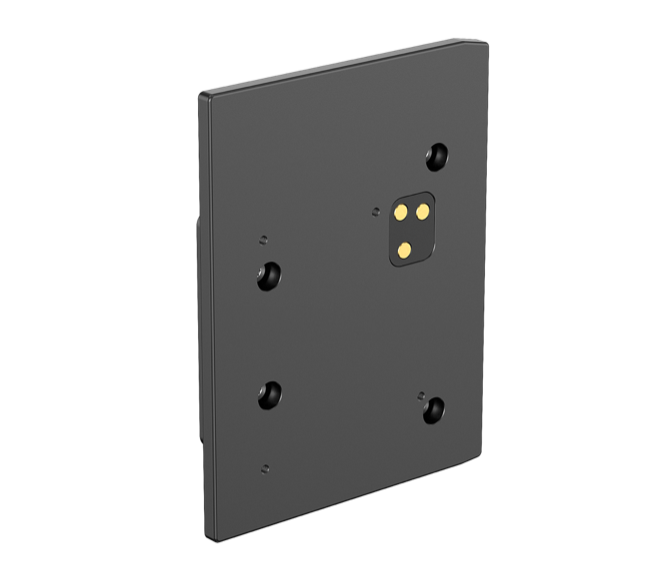
So what happens if you don’t have B-mount batteries? ARRI also has an accessory called the Battery Adapter Back BAB-LF which emulates the back of an ALEXA LF. This allows you to attach third-party power solutions that can convert 12V to 24V, such as Hawk-woods 26V Reel Power batteries or Shark-fins. ARRI recommends against using 12V to 24V up-converters (even though they are in the market), as they get very hot.
You also have the ability to use third-party 26V battery adapters. Some of the options that are available can be seen below, but they will all add a little more length and weight to the camera compared to the B-Mount adapter.
- Anton Bauer (camera to 26V Gold Mount Plus batteries)
- Hawk-Woods (for Reel Power 26V batteries)
- CORE SWX Helix MAX batteries
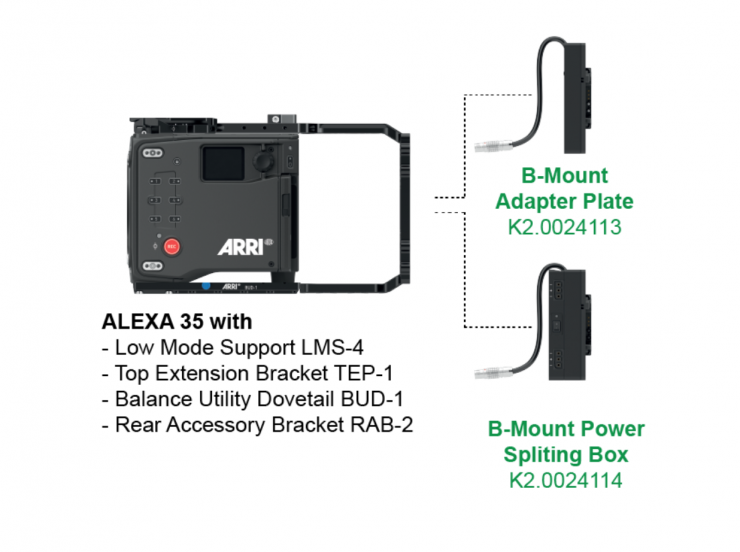
Additionally, if you want to place the battery further back from the camera body for better weight distribution ARRI also has a B-Mount Adapter plate and a B-Mount Power Splitting Box. You can attach these to various support brackets to offset the battery from the camera.
But hold on, we aren’t done with power options just yet! ARRI also has the EPA-1 External Power Adapter that attaches to any B-Mount. This has been specifically designed for Steadicam. Usually, you would have the Steadicam battery powering the camera, but once you are having a break and you turn the Steadicam off the camera is going to drain the Steadicam battery. With the EPA-1 you can connect the camera up to external power and change the power input priority menu so you don’t drain the Steadicam battery.
The ALEXA 35 uses quite a lot of power and you need to factor this in when shooting so you know how many batteries you need. I only had one battery to use with the camera, so I was constantly having to charge it in a vehicle to and from different locations.
In a nice touch, if the power supply is interrupted with the camera switched on, the camera will automatically repower and boot up on reconnection. Speaking of boot-up time the camera is reasonably slow at around 24 seconds from the time you turn it on until you get a picture and are able to record.
Internal ND Filters
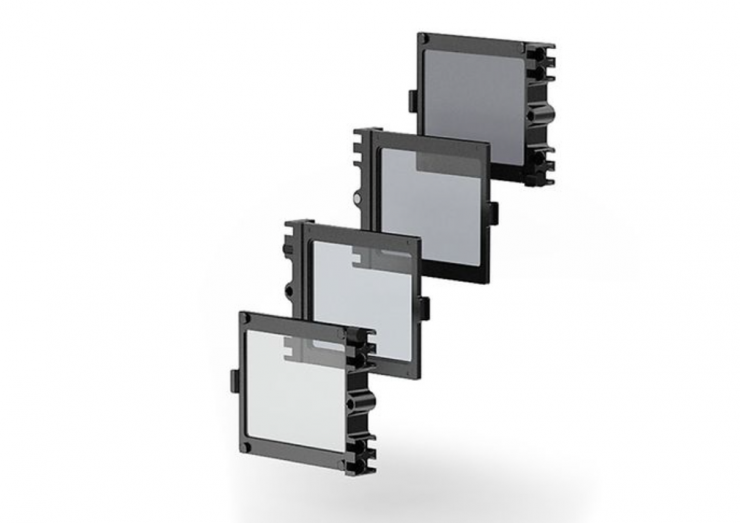
As I have previously mentioned, The ALEXA 35, just like the Mini LF features three internal motorized FSND filters. Here are the filters the Mini LF has:
- 0.6
- 1.2
- 1.8
The FSND filters work really well and it is easy to activate them. I had them set up on User Buttons 5 and 6.
It would have been nice to see even stronger internal ND implemented into the camera. 1.8 is often not enough if you are shooting in bright conditions and you want a very shallow depth of field. I constantly found myself having to add additional ND.
When I asked ARRI if there were discussions to possibly increase the amount of ND in the camera they said that they did look at that closely, but because the camera has a base ISO of 800 they decided to keep the maximum at ND 1.8. On the ALEXA Mini and AMIRA, the maximum was ND 2.1 and not ND 1.8, however, a lot of users complained because they prefer to use increments of 2 stops.
What is nice about the ARRI FSND filters is that they use the exact same glass as the internal filters, so you won’t get any color shifts. I don’t know of any other camera company that has its own ND filters that were made to specifically match the internal ND.
Optional Modules
If you need more power outputs or better onboard audio capabilities, ARRI now has a couple of modules that can attach directly on the back between the camera and the B-mount battery plate.
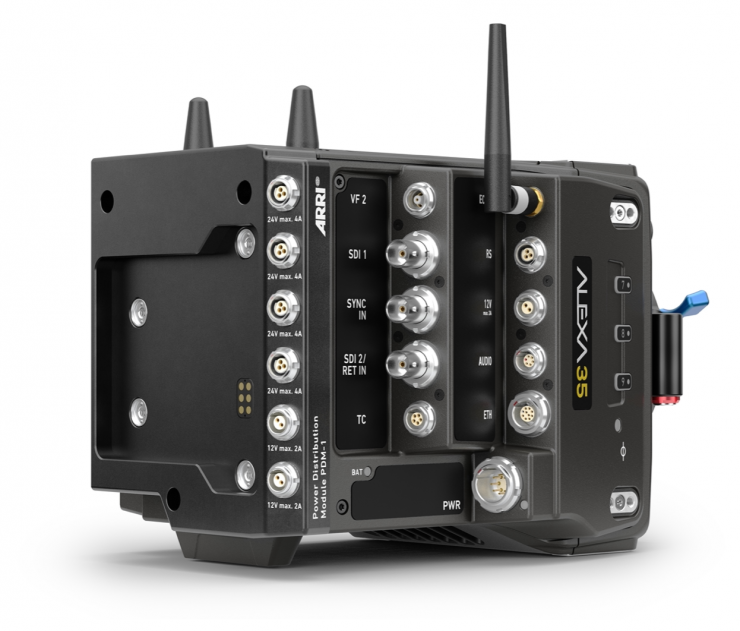
The first is the PDM-1 Power Distribution Module. This is a streamlined module that is internally powered so it requires no cables or extra brackets to use. It is nice and compact and streamlined and it adds the following power outputs:
- 4x Regulated 24 V power out
- 2x Regulated 12 V power out
- 1x 12 V D-Tap power out underneath
- Twist
- with a recessed positive pin
The second module is the AEM-1 Audio Extension Module ($2,170 USD). This is made specifically for ARRI by Sonosax. This adds a lot more audio capabilities to the ALEXA 35. Just like the PDM-1 Power Distribution Module, it is a streamlined module that is internally powered so it requires no cables or extra brackets to use.
It features the following:
- 2x Mini-XLR for analog MIC/LINE in with optional 48 V Phantom power for MIC in, and Phase reversal, adjustable low-cut filter, gain and limiter
- 1x Mini-XLR for AES stereo digital audio in
- 1x Headphones
- 1x Regulated 12V accessory power
- 1x Regulated 24V accessory power
- Dynamic range: 129 dB (MIC), 135 dB (LINE)
- Total Harmonic Distortion (THD): < 0.001%
- Best studio audio quality to match the best image quality
The user interface on the AEM-1 Audio Extension Module is fairly straightforward and easy to use.
It displays the audio levels and the values you have set for input 1 and input 2.
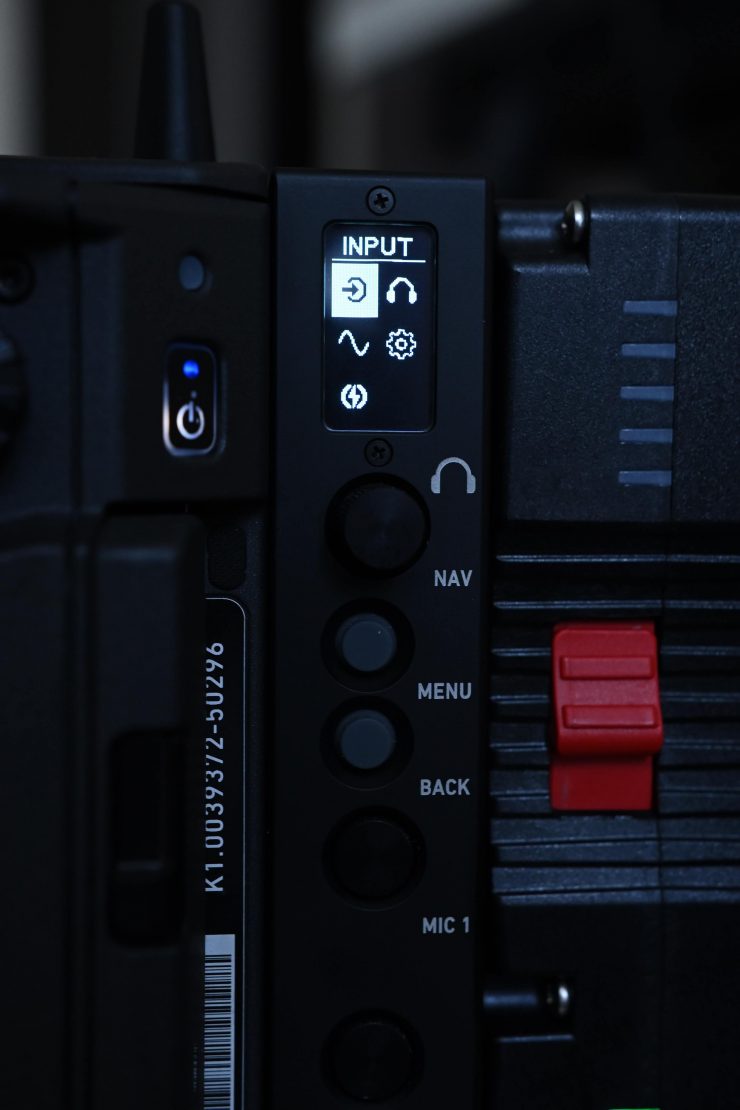
When you press the MENU button you get a graphic user interface and here you can go into the following sections:
- INPUT
- PHONE (Headphones)
- TONE
- SETUP
- POWER
You can go between and navigate the menu and settings by using a recessed NAV button. You press on it and it pops out. When you want to change a selection you press the MENU button again and then that item is highlighted. You then use the NAV button again to toggle the settings.
When you are done using it you just press on it again and it pops back in.
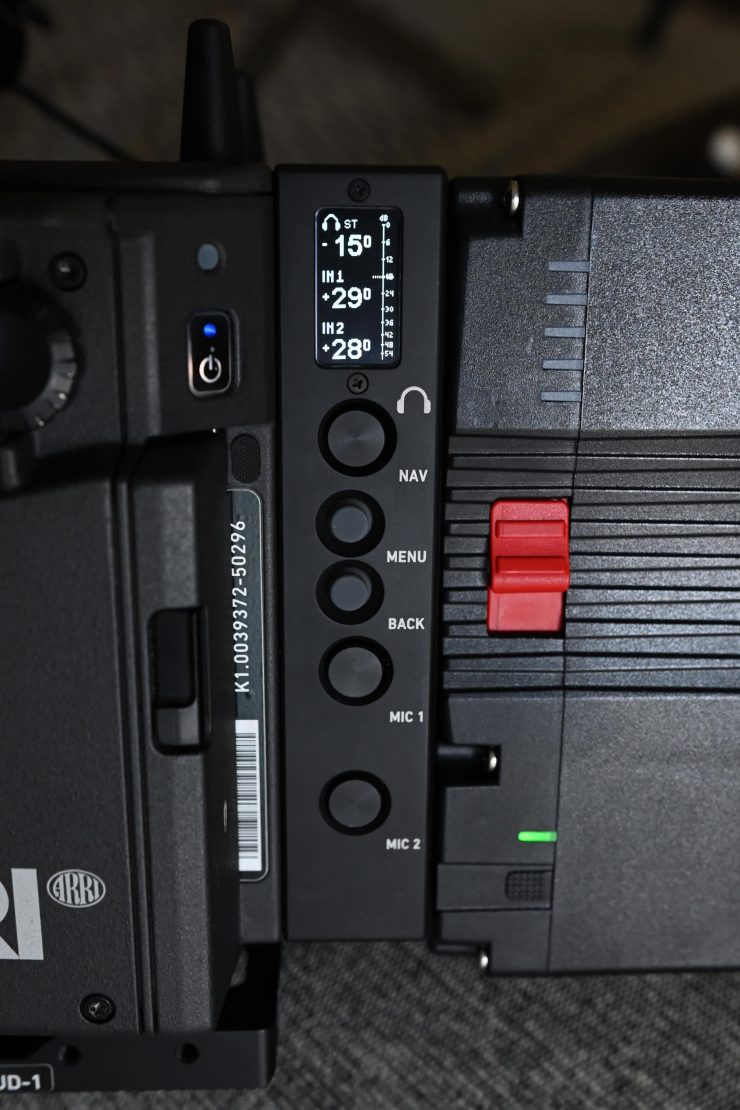
There are also two individual-level controls for input 1 and input 2.
What is also nice is that there are options that allow you to just monitor certain channels. Here are the options available:
- IN 1
- IN 2
- MONO
- ST (Stereo)
- REV ST (Reverse Stereo)
- M/S
Unfortunately, I wasn’t able to test the audio quality of the AEM-1 Audio Extension Module because I couldn’t get hold of the correct mini XLR cables to use with it. Noone had female mini XLR to female XLR cables in stock during the time I had access to the camera. I will be sure to test this at a later date.
You can only use one module at a time. You can’t use both the PDM-1 Power Distribution Module and AEM-1 Audio Extension Module at once due to an existing patent held by another company.
New Accessories
ARRI has come up with a vast array of new accessories that were specifically designed for the ALEXA 35. A lot of these accessories were based on feedback ARRI got about Mini & Mini LF accessories.
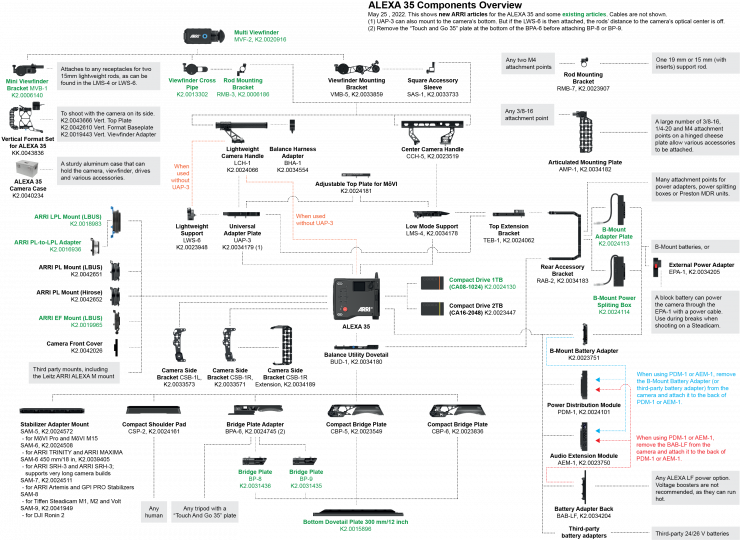
These new accessories were designed to not only expand the camera’s capabilities but also to help maximize speed and flexibility on set. The bad news is, that none of these new accessories are compatible with the ALEXA Mini or Mini LF.
I am not going to go through them all individually because that would take hours. However, above you can see some of the key components more closely.
Future Accessories
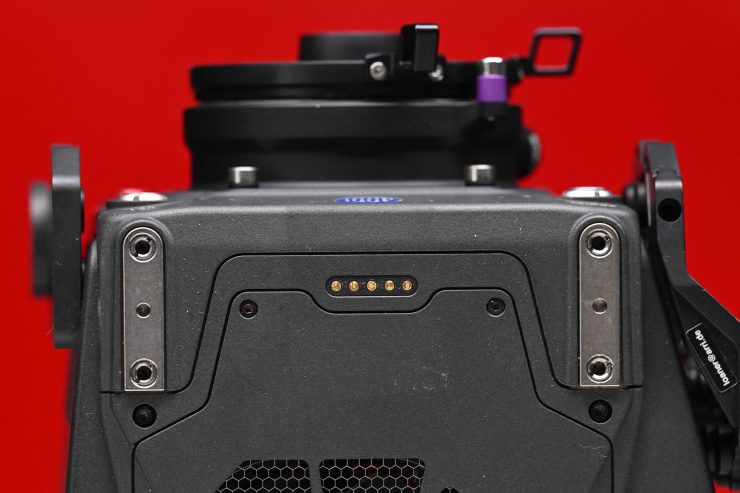
On top of the camera, there are some Pogo Pins and these are meant for future accessories that will be announced at a later stage.
You don’t have to worry about them being exposed (they don’t feature any type of cover), because unless a properly coded accessory is attached they remain inactive with no power, or signal being passed through.
ALEXA 35 Set Options
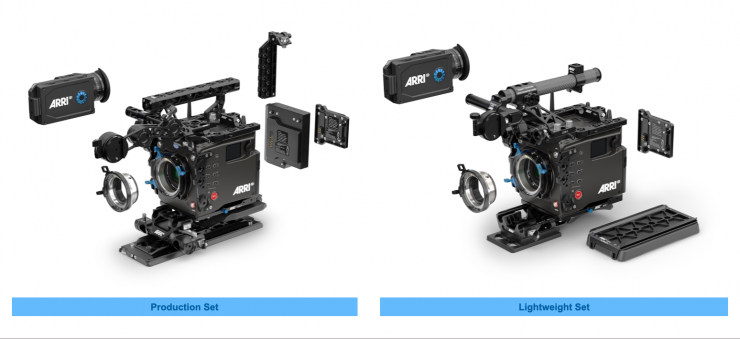
Along with buying the camera and accessories separately, ARRI will also be selling the ALEXA 35 in two different set configurations.
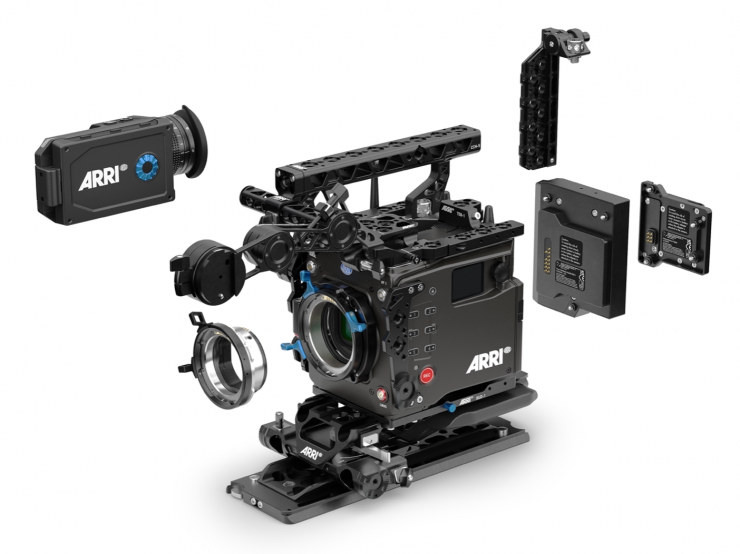
The first is the Production Set which gives you:
- K1.0039373 1x ALEXA 35 camera body
- 10.0043678 1x ALEXA 35 Cine License
- K2.0018983 1x ARRI LPL Mount (LBUS)
- K2.0016936 1x ARRI PL-to-LPL Adapter
- K2.0034180 1x Balance Utility Dovetail BUD-1
- K2.0023751 1x B-Mount Battery Adapter
- K2.0020916 1x Multi Viewfinder MVF-2
- K2.0042857 2x Cable VF Right Angle (0.5m/1.5ft)
- K2.75007.0 1x AMIRA Power Cable Straight 2m/6.6in KC-50
- K2.0024101 1x Power Distribution Module PDM-1
- KK.0041533 1x Production Support Set – Top
- K2.0034178 1x Low Mode Support LMS-4
- K2.0024062 1x Top Extension Bracket TEB-1
- K2.0023519 1x Center Camera Handle CCH-5
- K2.0033733 1x Square Accessory Sleeve SAS-1
- K2.0033859 1x Viewfinder Mounting Bracket VMB-5
- KK.0041534 1x Production Support Set – Side
- K2.0033571 1x Camera Side Bracket CSB-1R
- K2.0033573 1x Camera Side Bracket CSB-1L
- K2.0034189 1x Camera Side Bracket CSB-1R Extension
- K2.0023907 1x Rod Mounting Bracket RMB-7
- K2.0034182 1x Articulated Mounting Plate AMP-1
- KK.0041535 1x Production Support Set – Bottom (19mm)
- K2.0023549 1x Compact Bridge Plate CBP-5 (19mm)
- K2.0015896 1x Bottom Dovetail Plate 300mm/12in
Note: This set does not include recording media, media dock/reader, batteries or lenses, which should be ordered separately.
There is also an ALEXA 35 Production Set (15mm Studio) –this is the same as above , but it comes with 15mm studio CBP-6
There are also additional sets of accessories that are meant to complement the Production Set.
ARRI also has new viewfinder mounting options available.
I know this all sounds. a little confusing, but that’s because there are so many accessories and options that are available.
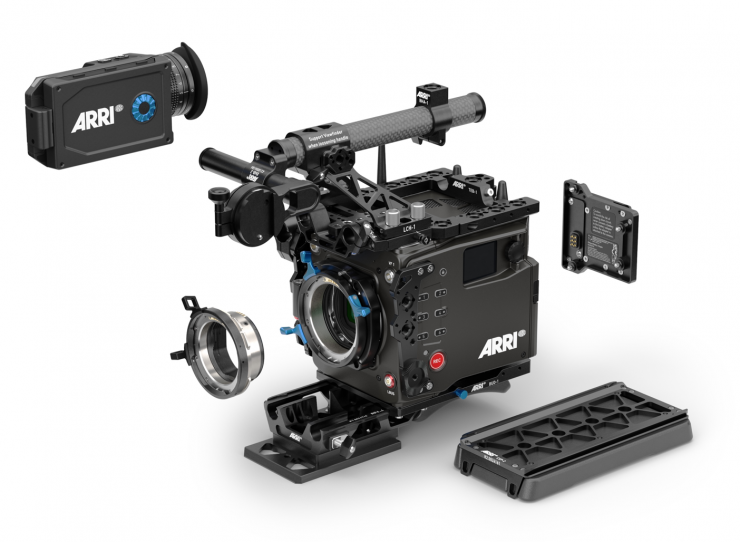
The second is the Lightweight Set which includes:
- K1.0039373 1x ALEXA 35 camera body
- 10.0043678 1x ALEXA 35 Cine License
- K2.0018983 1x ARRI LPL Mount (LBUS)
- K2.0016936 1x ARRI PL-to-LPL Adapter
- K2.0034180 1x Balance Utility Dovetail BUD-1
- K2.0023751 1x B-Mount Battery Adapter
- K2.0020916 1x Multi Viewfinder MVF-2
- K2.0042857 2x Cable VF Right Angle (0.5m/1.5ft)
- K2.75007.0 1x AMIRA Power Cable Straight 2m/6.6in KC-50
- KK.0041537 1x Lightweight Support Set – Top
- K2.0034179 1x Universal Adapter Plate UAP-3
- K2.0024062 1x Top Extension Bracket TEB-1
- K2.0024066 1x Lightweight Camera Handle LCH-1
- K2.0034554 1x Balance Harness Adapter BHA-1
- K2.0023948 1x Lightweight Support LWS-6
- K2.0006186 1x Rod Mounting Bracket RMB-3
- K2.0013302 1x Viewfinder Cross Pipe
- KK.0041538 1x Lightweight Support Set – Side
- K2.0033571 1x Camera Side Bracket CSB-1R
- K2.0033573 1x Camera Side Bracket CSB-1L
- K2.0034189 1x Camera Side Bracket CSB-1R Extension
- K2.0023907 1x Rod Mounting Bracket RMB-7
- KK.0041539 1x Lightweight Support Set – Bottom
- K2.0024745 1x Bridge Plate Adapter BPA-6
- K2.0024161 1x Compact Shoulder Pad CSP-2
Note: This set does not include recording media, media dock/reader, batteries or lenses, which should be ordered separately.
There are also additional sets of accessories that have been designed to complement the Lightweight Set. All of these items can be purchased separately.
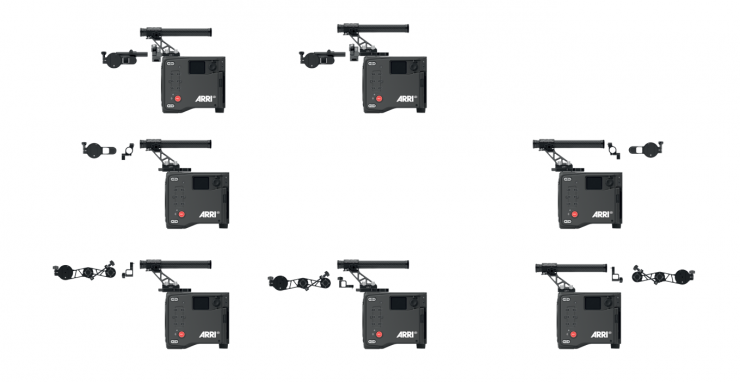
Additionally, there are also different viewfinder mounting options available for the Lightweight Set.
LPL Mount
Just like the ALEXA LF and ALEXA Mini LF, the ALEXA 35 comes with
PL-to-LPL Adapter
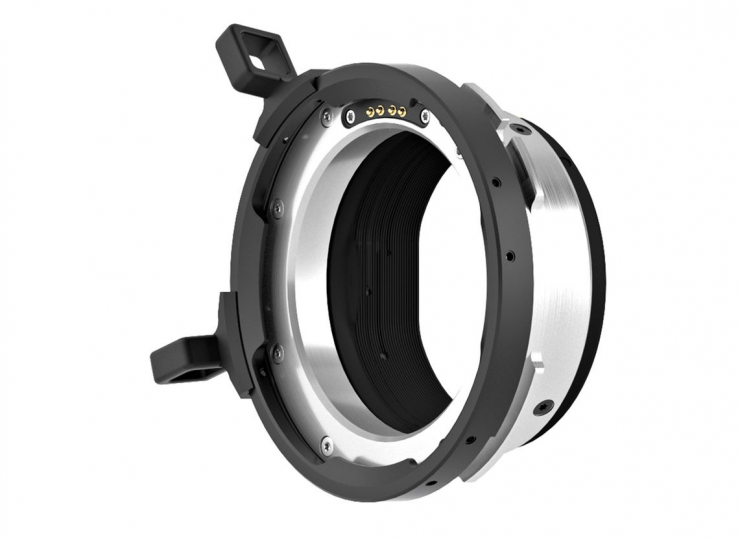
The ALEXA 35 doesn’t ship with a PL-to-LPL Adapter, it is an optional extra, but you can purchase it as part of an ALEXA 35 package. The adapter features black earlobes, while the LPL mount includes blue earlobes. You can set the mount and adapter to 12:00 or 3:00 to accommodate either LDS or /i lens data. The adapter passes LDS protocol and is LDS-2 compatible.
To avoid damage or injury when using LPL mount lenses or PL mount lenses (with PL adapter on LPL mount), ARRI recommends that you only use lenses that do not exceed the following dimensions:
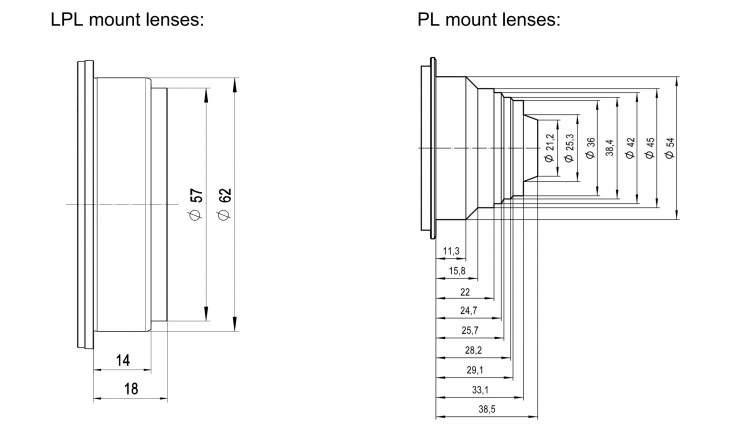
Two New PL mounts
Since the older PL lens mounts from Mini LF, Mini and AMIRA are not stray-light optimized, ARRI offers two new stray-light optimized PL lens mounts for the ALEXA 35, which can also be used on the other three cameras.
Changing the lens mount

The ALEXA 35 is equipped with a universal lens mount base that uses the same camera to lens mount interface as used on the ALEXA Mini LF, ALEXA Mini and AMIRA, so all lens mounts that fit on these cameras will physically also fit on the ALEXA 35.
Required Tools and Precautions
- 3.0 mm Allen key
- Camera switched off and power source disconnected
- Lens removed and properly stored
- Make sure to protect all optical surfaces when changing a lens mount
Audio
If you don’t need the advanced audio capabilities of the AEM-1 Audio Extension Module, then you can use the single 6-pin AUDIO connector that is the same one that is found on the MINI LF.
This 6-pin AUDIO connector allows the ALEXA 35 to provide 12V accessory power to external pre-amplifiers or wireless audio receivers. Those accessories can just one cable to transport audio and power, leaving the other accessory power outputs on the camera still available for other uses.
Just like the ALEXA Mini LF, the ALEXA 35 can record up to four audio channels. You can choose to record the following on any of the four tracks:
- NONE
- Line in L
- Line in R
- AEM-1 L*
- AEM-1 R*
- Internal Mic L
- Internal Mic R
*These can only be used if you have the AEM-1 Audio Extension Module connected to the camera.
What I didn’t like is that the camera only displays two channels of audio, and those channels are 1 and 2. You can’t see channels 3 and 4. I could fully understand this on the Mini LF, because that could only record scratch mics on channels 3 and 4, but now because you can choose to set anything to 3 & 4 on the ALEXA 35, it would have been nice to see a visual reference.
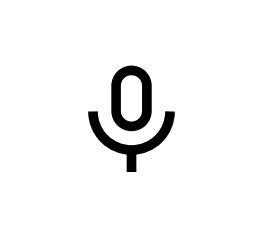
ARRI does have a little microphone icon that you will see in the viewfinder if the internal scratch microphones have been activated.
The ALEXA 35 is certainly a better option than the Mini LF if you need to record your own audio. As an AMIRA owner, it is very easy to capture your own audio in-camera. While it can still be done on the ALEXA 35 it requires additional hardware and you need to go into the menus to make changes to audio settings.
In saying that, you can purchase the optional AEM-1 Audio Extension Module and you can also assign Audio Increase and Audio Decrease to User Buttons.
Built-in Microphones
Because the camera has built-in microphones there is no need to attach an additional scratch microphone. It is nice to have scratch microphones built into the camera, as a good proportion of users will be recording sound separately when using this camera. The microphones are dual-mono and they record at different fixed gains.
The audio recording level of the internal microphones is fixed, with the left microphone (channel 3) using a +18dB higher gain than the right microphone in order to cover a wide range of audio levels.
This microphone quality is ok, but it is not a substitute for having a decent on-camera microphone. In ARRI’s defense, they were designed as a scratch recording device for syncing only.
The two microphones in the front are protected by Gore-Tex membranes that let sound in but protect from water ingression.
Viewfinder
The ALEXA 35 uses the exact same
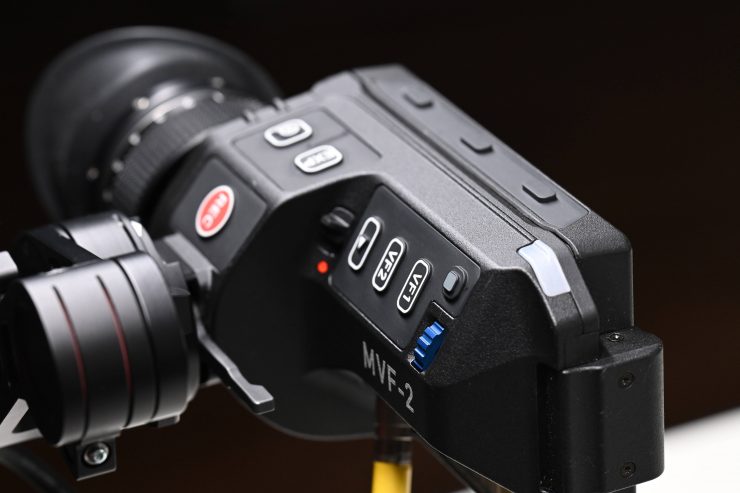
The MFV-2 is a lot higher quality than the previous ALEXA Mini viewfinder. It also features a 4″ instead of a 3″ LCD screen. I found the extra inch to be a welcome addition, and in my opinion, this increase in size makes it a lot more usable.
What is interesting is that even though this is the exact same viewfinder that works with the Mini LF, on the ALEXA 35 it is capable of displaying 500 nits. This is only possible because of the extra processing power that the ALEXA 35 has. This allows you to more accurately monitor HDR in the viewfinder. Now, you may be thinking 500 nits, that’s going to be way too bright for a viewfinder. Well, don’t worry, that 500 nits are only going to be shown as peak brightness for spectral highlights. If ARRI was to just make it 500 nits across the whole viewfinder they would blind people!
The eyepiece is based on the ARRICAM design and according to ARRI, it offers high contrast, low distortion, and an evenly illuminated viewing area for a clean image and a wide exit pupil for greater freedom of movement for the operator.
The eyepiece has a diopter that has a really nice range. My eyes are not so great these days and with a lot of other EVFs, I find that I already have the diopter at its maximum range.
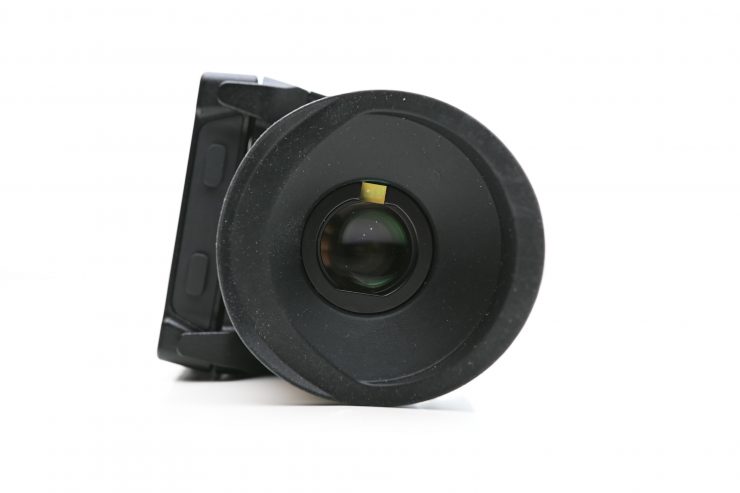
The MVF-2 is a low latency (≤1 frame delay) electronic color viewfinder with 1920 x 1080 high contrast OLED display and 4″ IPS/LCD flip-out monitor. ARRI states that the image exhibits high resolution, high contrast, low distortion, and an evenly illuminated viewing area. It includes a state-of-the-art OLED engine, which has a high screen refresh rate, plus an ARRI optical design that employs the highest quality coated glass optics. Reliable color reproduction at all temperatures is assured through the auto-calibrating, temperature controlled ARRI LED light engine.
The MVF-2 uses reliable and flexible VF cables and features a built-in eyepiece lens heater for de-fogging and a built-in 3.5mm headphone connector.
The headphones out is a 3.5 mm TRS connector (headphone jack), which outputs all four audio channels with a maximum power of 2.5 dBm.
The built-in eyepiece heater prevents fogging of the eyepiece when shooting in cold environments. The eyepiece heater can be activated in the camera menu and only becomes active when the eyepiece has a temperature of 15 °C (59 °F) or below. In extremely cold environments ARRI recommends the use of the Heated Eyecup HE-7
There are a ton of buttons on the MVF-2. You have 8 buttons (3 on the top, 3 on the bottom, and two on the side) of the flip-out screen.
On the actual EVF you have an Image Zoom button, EXP button (this can be set to False Color or Zebras), REC button, Playback button, VF1 and VF2 buttons (these can be set to do a variety of things), and a 2nd Control Dial.
Originally I wasn’t sure if I liked the placement of where ARRI put the main jog wheel on the MVF-2. However, after using the camera for a few days I quickly became comfortable with using it in the position where it is located.
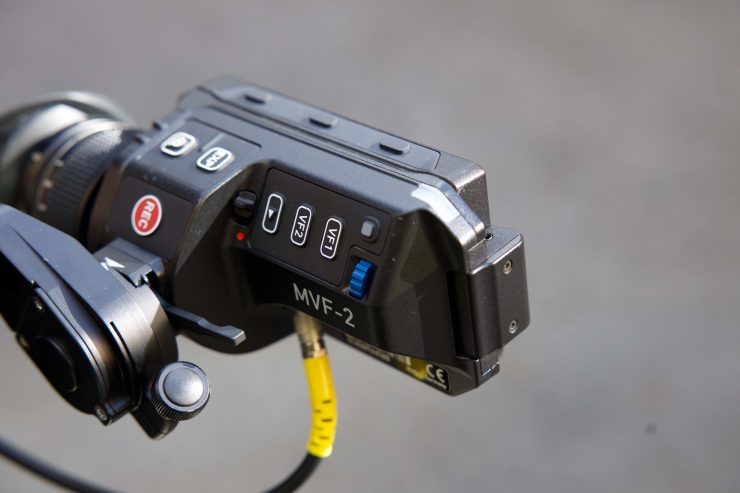
As I mentioned earlier, ARRI has made the MVF-2 HDR compatible so you will be able to monitor your images in HDR. when using it with the ALEXA 35.
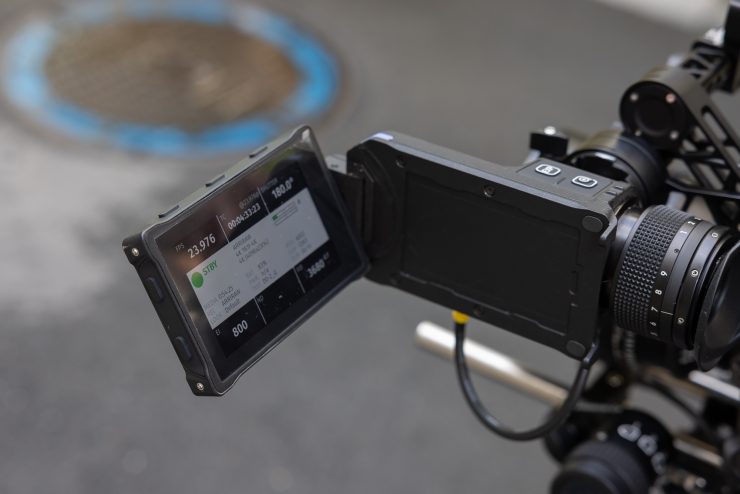
The flip-out LCD screen is really good quality and it is nice and bright. It also makes it very quick to look at all of your key settings and make menu changes.
One thing that is nice is that you can take the MVF-2 off the camera and then use a 10-meter extension cable if you want to control the camera via a hard-wired connection. ARRI also makes a multitude of different viewfinder brackets which is also handy.
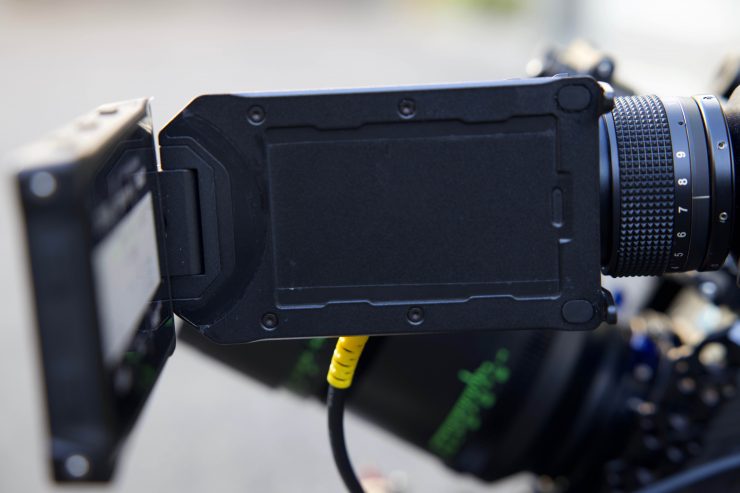
You may have also noticed that there is a strange area on the inside of the MVF-2. What is this for? Well, ARRI noticed that crews like to tape critical information, like the lens’ close focus distance or the names of actors and characters, to the side of their cameras. So, on the MVF-2 there is an empty space with a slot for a business size card.
With the ALEXA MINI LF ARRI includes a card illustrating the false color system on one side and the Signature Prime information on the other. Templates for making your own (DIN A-4 and US Letter/8.5 x 11) can be downloaded below:
ARRI is including a new version of this card with new false color information for the ALEXA 35.
This may be a small thing, but what other camera manufacturer has thought about doing this?
When using False Color with the ALEXA 35, it only looks like you can view it as Log-C based. On the ALEXA Mini LF, you have the choice between viewing False Color as Monitoring-based or LogC-based. I personally prefer to use False Color LogC-based monitoring even when I am using a LUT. As the ALEXA 35 can only record a LogC image and not a baked-in look, it makes sense to have the False Color reflect your LogC image and not that of a LUT.
I found the MFV-2 to be really nice to use and after having experience using it with the Mini Lf I was right at home. The flip-out LCD screen is a massive improvement over the one that was on the AMIRA and ALEXA Mini. The EVF itself is sharp and easy to see and I like the button positions.
The small issue I have with the MFV-2 is that you seem to get image judder when you are doing pans or tilts, even at low speeds. This is something you should not be seeing on a very expensive EVF. If you are running a 25p project rate for example and you are shooting at 50fps the issue isn’t there.
I reached out to Marc Shipman-Mueller who is the Product Manager for the ALEXA Mini LF and ALEXA 35 to find out if ARRI were aware of this problem and if they were coming up with a fix. Here is what Marc told me:
“I have had a number of people mention judder to me. That is a general issue with all bright and contrasty displays. All other high-end viewfinders look the same or worse.”
Marc Shipman-Mueller Product Manager for the ARRI ALEXA Mini LF & ALEXA 35
I don’t have this problem with the viewfinder on my AMIRA and if I hook up a Zacuto Gratical to an ALEXA Mini LF or ALEXA 35 I didn’t see the same issue.
Just like the menu dial, I did find the location of the buttons took some getting used to after years of knowing exactly where my fingers needed to go to make changes when using the AMIRA or ALEXA Mini.
One thing to note about the MVF-2 Viewfinder is that it can be used on ALEXA Mini LF and ALEXA 35, but not other ARRI cameras such as the original ALEXA Mini, or AMIRA. ARRI has said that the MVF-2 will be the viewfinder they will use for all future cameras to come, at least in the foreseeable future.
Menu System
After almost a decade of the ALEXA user interface, ARRI changed things up when they announced the ALEXA Mini LF. They came up with an improved fresh look and better functionality for the menu and operating system. This same system carries over to the ALEXA 35, although ARRI has added quite a lot of additional functionality which I will talk about shortly.
It is ironic that you could teach someone how to use an ARRI digital cinema camera in far less time than most other cameras that are on the market.
The camera’s HOME screen and menus can be accessed through the flip out monitor on the MVF-2 viewfinder, which is larger and has a higher resolution than all previous menu displays on ARRI cameras.
Important settings can be quickly seen on the home screen:
- The location of a menu can be easily seen through overlapping menu levels
- Expanded and improved notifications and alerts
- Easier and faster text entry and list selection
I like the addition of the ND position to the home screen instead of in the EI section in the Mini. ARRI has also put the look settings in the menu instead.
I like the menu system on the ALEXA 35, it is very easy and quick to make changes. There aren’t countless menu pages that you have to navigate through. Menus don’t need to be complicated and that is something ARRI worked out a long time ago.
Having a simplified menu structure means you can make changes without having to scroll through endless pages or consult a menu.
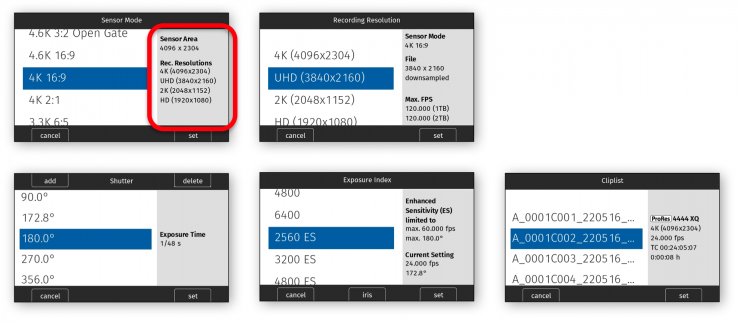
One of the biggest additions to the menu system is that you now have new information panels that display key information for the user. These are available when choosing the sensor mode, recording resolution, shutter angle/speed, exposure value, and on the cliplists.
I really like this new addition because it provides clear, concise information. It also can take away some of the confusion when you are choosing sensor modes and recording resolutions.
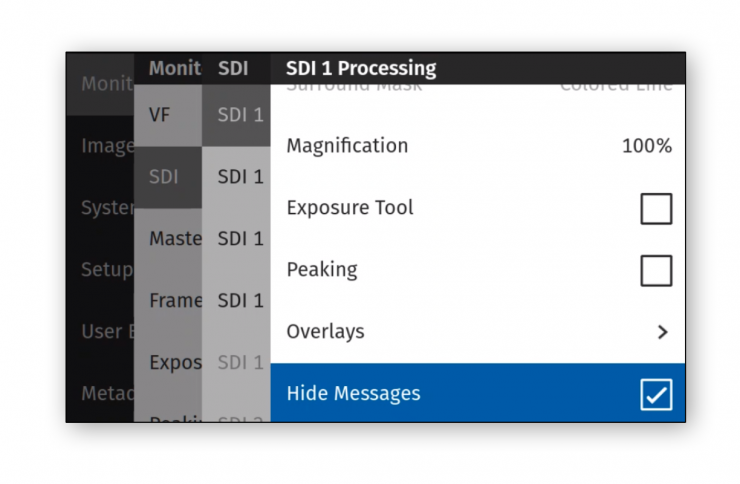
What ARRI has now added to the menu system is the ability to turn off warnings on SDI 1 and/or SDI 2. This is a great feature because directors, producers, etc. don’t need to see battery warnings popping up on their screen!
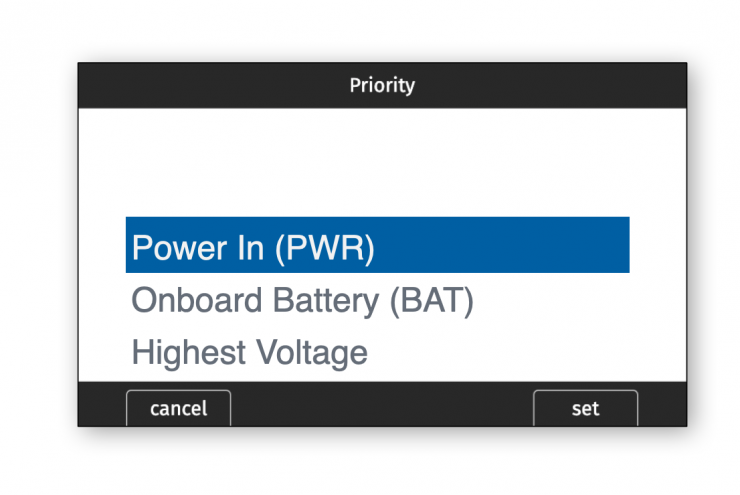
There is also now the ability in the menus to choose what power source has the priority. You can select from Power In (PWR), Onboard Battery (Bat), or Highest Voltage. Why has ARRI included this? Well, I am glad you asked. As the ALEXA 35 is a 24V camera, some 26V batteries have a higher voltage than some block batteries. What this means is that without having the ability to prioritize the power input, the camera would have just drawn power from the attached battery and not the block battery. This is why ARRI now gives you the ability to prioritize the power source you are using.
Other new additions include:
- Individual framelines can now be turned on/off in camera
- User button for Mirror Image
- Individually show or hide left/right/top/bottom SDI overlay
- SDI overlay: Adjust brightness
- SDI overlay: Show Master Grip status
Attention to detail
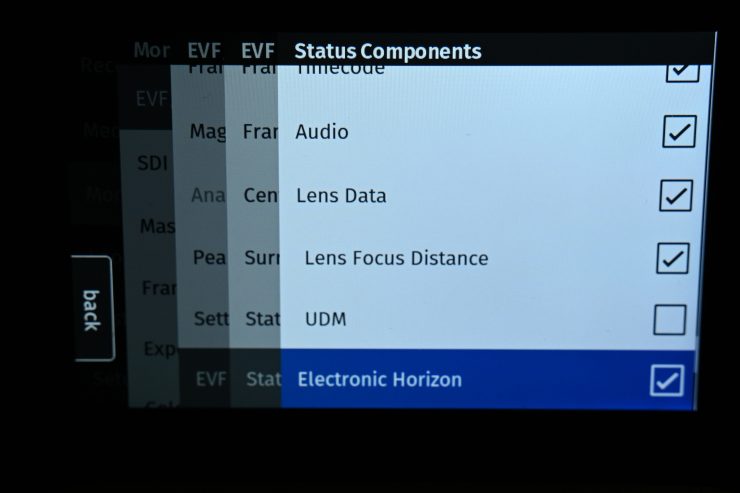
Just like with the Mini LF there is an Electronic Hiriozon that you can activate in the Status Components section of the menu. On the Mini LF It displays a horizon overlay representing the roll and tilt of the camera measured by the camera’s position sensor, however, on the ALEXA 35 (at least with the firmware I was using) it only shows the tilt and roll of the camera in degrees as measured by the camera’s position sensor This sensor can be reset, if it appears to have an offset.
This Horizon data doesn’t cover up your image, it is displayed on the outside. It is really quick to reference and you can tell instantly if your horizon is off. This works really well if you are shooting handheld. I found this feature to be incredibly useful. Again, it is a small detail, but this is why ARRI cameras stand out. Paying attention to details.
I imagine, in the shipping firmware that you will actually be able to see a horizon bubble and not just tilt and roll of the camera in degrees.
Another nice feature (and this is something that is available on the AMIRA, ALEXA Mini, and ALEXA 35 is that the Overlay Menu can be assigned to a User button or one of the VF buttons. This allows you to press a single button and then scroll through and make changes to all of your key components right from the viewfinder without having to go into any menu.
There are also some user button functions that support smart behavior. For these, a short press (i.e. less than half a second) toggles the function, while a long press (i.e. longer than half a second) activates the function only temporarily, as long as the user button is pressed. This is good for items like image zoom, peaking or false color.
For example, assume a user button is configured with EVF Zoom:
Short press of user button: EVF zoom is activated and stays activated. Press again to deactivate.
Long press of user button: EVF zoom function is activated while you are pressing the button, the release of the button deactivates EVF zoom.
No Multicam
The camera can’t do Multicam as there is currently no fiber option, or multi-cam painting. ARRI is, however, looking into these things.
Mirroring the Sensor Image
You can mirror the sensor image in horizontal and vertical directions. This is a very handy function to have, especially if you are using the camera upside down on say a dolly or crane.
You have the following options on the ALEXA 35:
- Off Mirroring is inactive.
- V The sensor image is vertically mirrored.
- H The sensor image is horizontally mirrored.
- V+H The sensor image is vertically and horizontally mirrored (rotated by 180°).
Horizontal mirroring is applied to all output paths and internally recorded material. Vertical mirroring is only applied to output paths; internally recorded material is not rotated, but rotation information is written into metadata. Frame grabs of rotated images will be displayed upside down on a computer.
In a nice touch, ARRI now lets you assign one of the user buttons to do the sensor mirroring.
New Clip Names
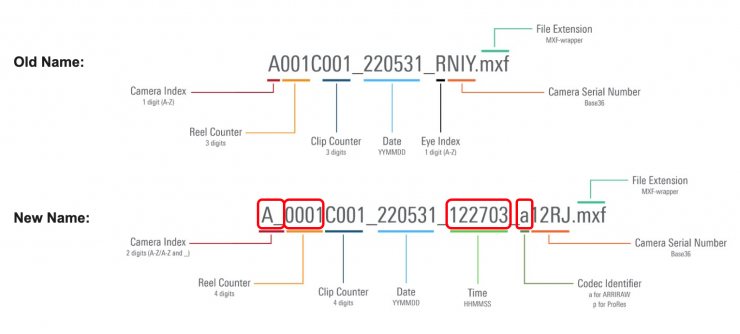
ARRI has also added new clip naming conventions to the ALEXA 35.
- Camera index: added one more letter for stereo shoots (eye index) or large productions with more than 26 cameras
- Reel counter: added one more digit for long-term TV series that continue to count reels across seasons
- Added time of day
- Added codec identifier (ARRIRAW or Apple ProRes)
- Frame grab name shows which SDI path it was captured from
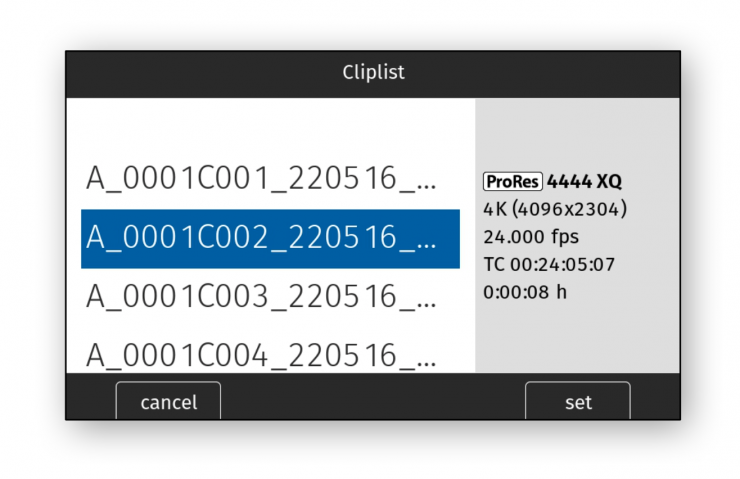
When you view the cliplists you now can also see the recording codec, framerate, timecode and duration of the clip.
New Workflow Tools
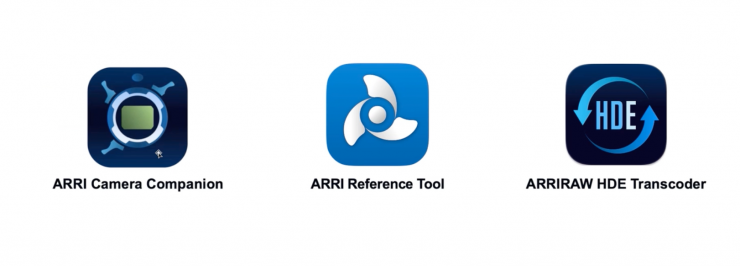
Along with the ARRI Camera Companion which I have previously talked about, ARRI also has a new Reference Tool and a ARRIRAW HDE Transcoder.
ARRI Reference Tool
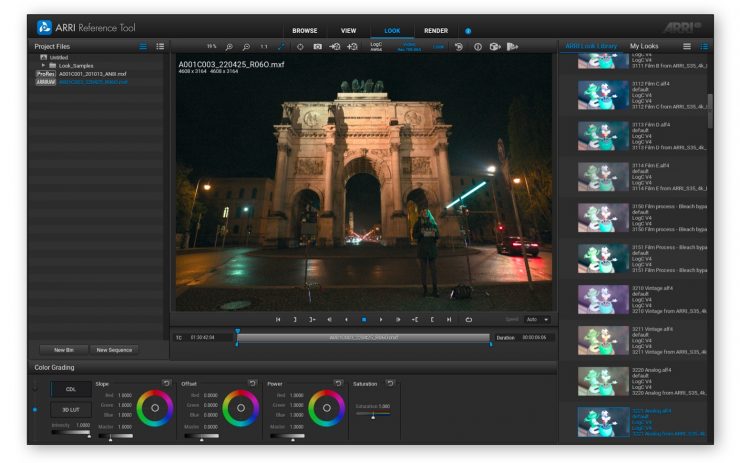
Below you can see an overview of what the ARRI Reference Tool does.
- Combines the features of the existing ARRIRAW Converter, ARRI Color Tool and ARRI Meta Extract
- Supports playback and rendering of ARRIRAW and ProRes from all ARRI digital cameras
- Conversion to a variety of SDR and HDR color spaces with the application of creative looks
- Creation of ALF4 look files using a Log-to-Log 3DLUT
- Export to Apple ProRes, OpenEXR and TIFF
- Includes ARRI Look Library for LogC3 and LogC4
- For macOS 10.15 and Windows 10 or later
ARRIRAW HDE Transcoder
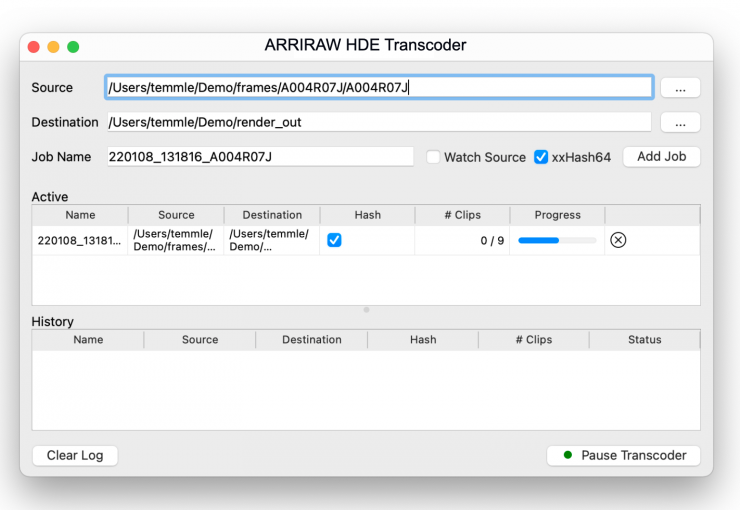
As the ALEXA 35 utilizes a new MXF wrapper it required a new HDE workflow.
- HDE with ALEXA 35 – option A: Transcode directly from Compact Drive to the destination folder
- HDE with ALEXA 35 – option B: Use third-party copy tool to copy ARRIRAW from Compact Drive to computer. You can also Transcode from copy destination to another folder.
Third-party tool makers are working on integration into their tools. The ARRIRAW HDE Transcoder is for macOS 10.15, Windows 10 and CentOs Linux 6 or later.
Third Party Tools
ALEXA 35 footage can be processed through the new ARRI Image SDK 7.0, which is the underlying debayering engine which works with these tools:
- ARRI – ARRI Reference Tool (ready)
- FilmLight – Baselight and Daylight (Beta)
- Blackmagic – Resolve (Beta)
- Pomfort – Silverstack (Beta)
- The Foundry – NUKE (Beta)
- Colorfront – On Set Dailies (in progress)
- Autodesk – Flame (in progress)
- Assimilate – Scratch (in progress)
- Adobe – Premiere Pro (in progress)
- Nablet – AMA Plugin Avid (in progress)
- Codex – Device Manager (in progress)
- YoYotta – YoYotta (in progress)
- and others …
Electronic Control System (ECS)
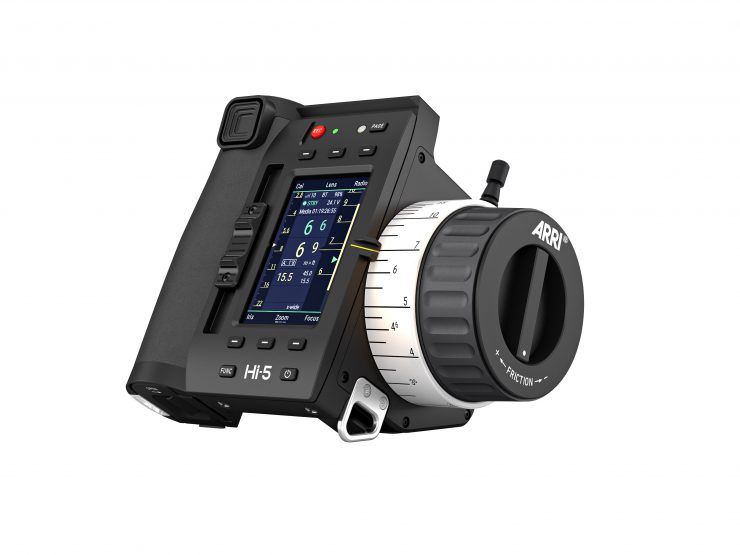
The camera contains a radio unit that allows for wireless lens control, lens data communication and remote control of basic camera functions in combination with the ARRI Hi-5, ARRI Wireless Compact Unit WCU-4 or ARRI Single Axis Unit SXU-1. The radio system is called white radio. The white radio antenna connector is located at the camera rear.
Lens Motors
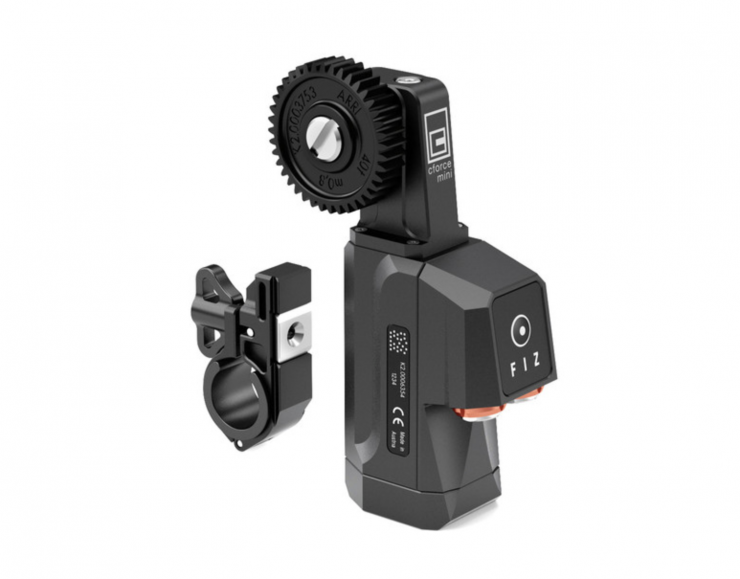
The ALEXA 35 supports the use of cforce mini and cforce plus lens motors. Lens motors can be directly connected to the LBUS on the lens mount and can be daisy-chained. The motors can be hot-plugged, no need to switch off the camera.
When connecting a cforce plus motor to the camera you need to make sure that the LBUS connector(s) on both motor and lens mount are equipped with a silver washer placed below the red nut of the connector. If the LBUS connectors on either cforce plus motor or lens mount (or both miss the silver washer, the cforce plus motor needs to be supplied with external power (e.g. D-Tap from a battery adapter plate) in order to ensure proper performance.
Sample Images
The ALEXA Mini LFs highlight retention was the best that I had seen from any camera I have ever used until I got hold of the ALEXA 35. You can see such much detail and it is very hard to clip highlights.
I went out and shot around Tokyo Harbor at sunset to see how well the camera handled the setting sun and high dynamic range scenes. I was impressed with the performance. It gives the user the ability to shoot in situations where highlight retention is critical.
I’m no colorist, with the edited version I tried to not crush the shadows down so you can see what the camera is capable of. I have made very few adjustments to the images and most of what you see is how it was shot. I
Low Light Performance
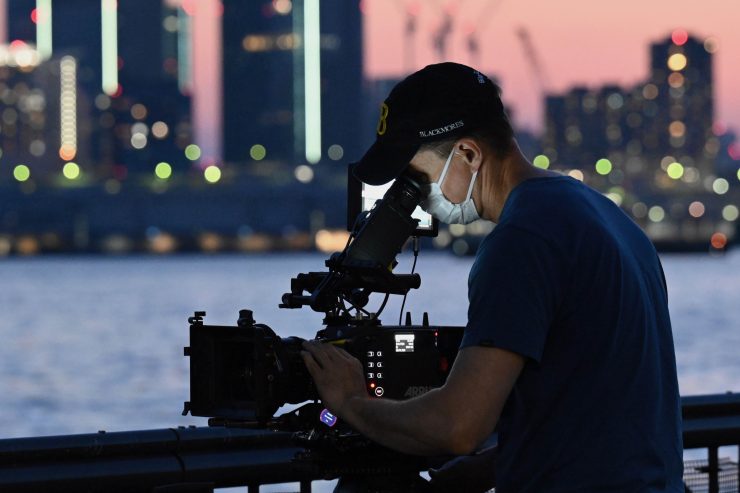
ARRI cameras have never been known as low light cameras. Considering the base sensor being used on previous ARRI cameras is 12 years old, ARRI was probably limited as to what they could do.
The Mini LF, just like the AMIRA, ALEXA Mini and the ALEXA LF can only shoot at up to 3200 ISO. In 2022, that is a very low ISO number and most other cameras can go far beyond 3200 ISO while still producing a limited amount of noise. The ALEXA 35 is certainly sustainably better in low-light environments. The new sensor and the ES modes allow you to shoot in conditions that you previously couldn’t with ARRI cameras. It still isn’t a low-light beast, but for the types of productions this camera will primarily be used for I think everyone will be happy with the increased low light performance.
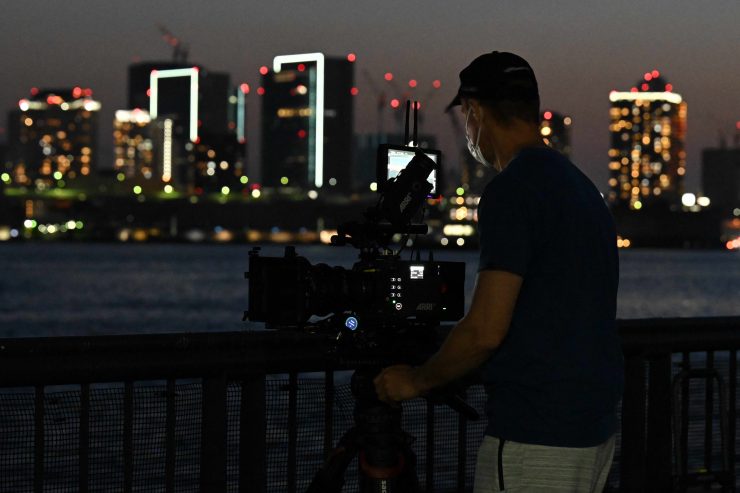
I shot material at various EI values and even quite a few shots at EI 6400 ES in conditions where there was almost no available light. The results you can obtain are pretty good at some of the higher EI levels, however, EI 4800 and EI 6400 are pretty noisy. Yes, EI 6400 ES is really pushing it and you will need to use post noise reduction, but it allowed me to capture images that wouldn’t have been possible with previous ARRI cameras. Not many people are going to shoot at EI 4800 or EI 6400, but it is good to know that if you have to you can.
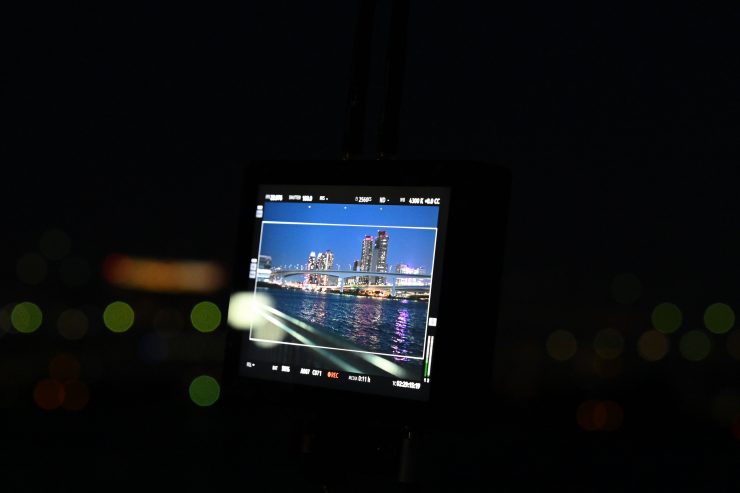
I haven’t been able to try the ES mode when shooting in ProRes because ProRes recording wasn’t available in the camera I was testing.
One of the reasons I like ARRI cameras so much is that you can shoot in very mixed lighting conditions and still get nice skin tones and color rendition, whereas most other cameras would look horrible.
Thoughts after using the camera
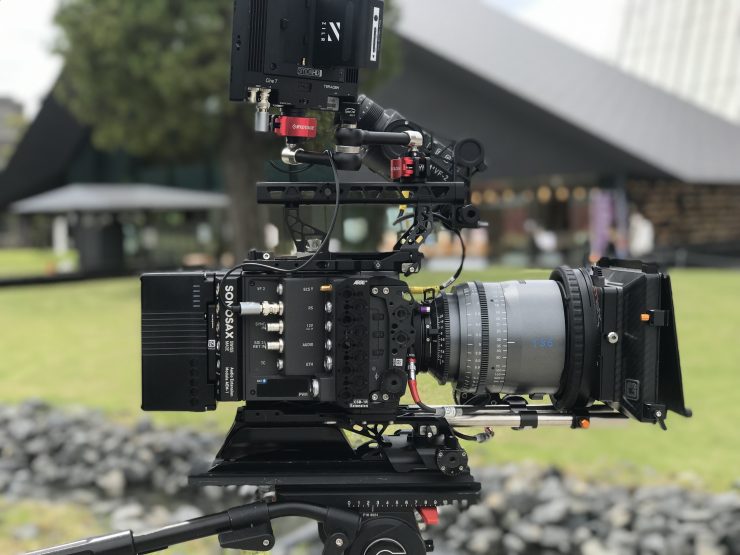
Image copyright Newsshooter 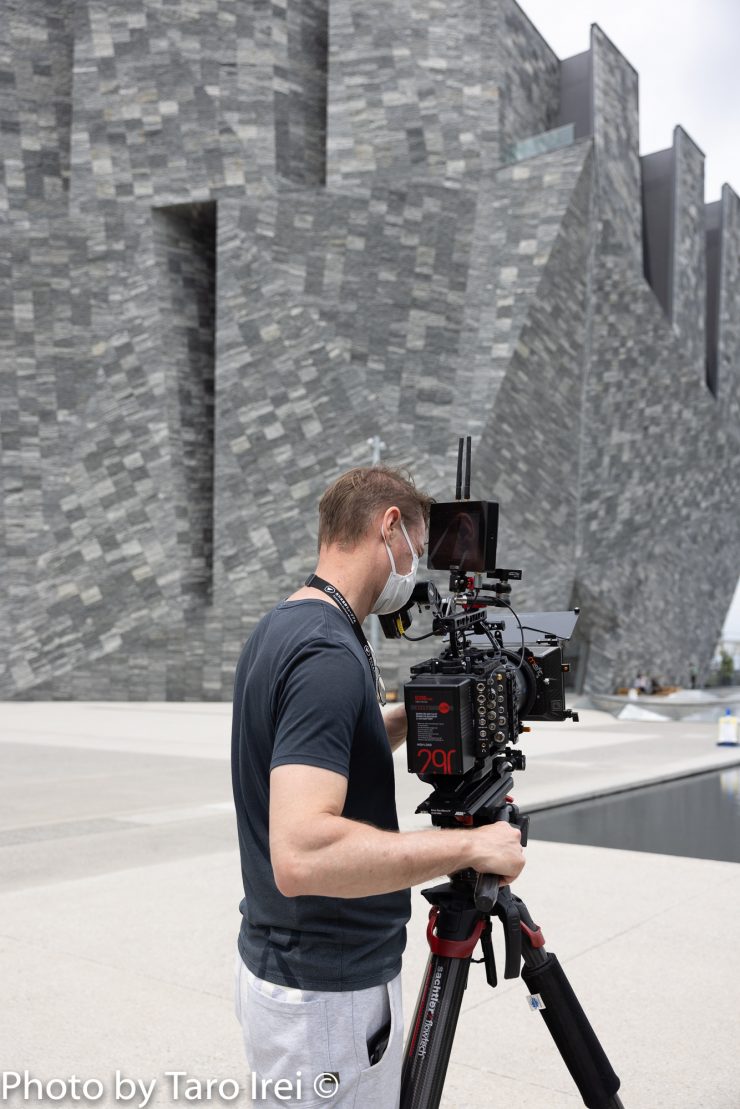
It was very evident to me from just looking at some images from the camera that the amount of highlight retention is better than any camera I have ever used or seen. I could see details in the highlights that I couldn’t see with other cameras. The usable latitude that the camera has is extremely impressive. This allowed me to shoot in environments where previously I would have had to use more lighting to not blow out high-contrast scenes with bright windows. Look, not every scene is going to be so challenging as to require 17 stops of dynamic range, but it is nice having that additional headroom to work with.
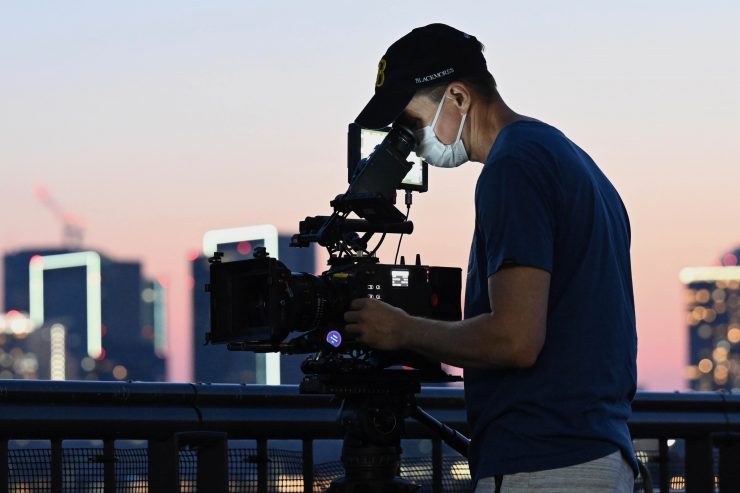
Any camera can look good in heavily controlled conditions, for me, the mark of a great camera is one where it can look good in any conditions, regardless of how much control you have. 1917 and the Revenant are prime examples of movies where they relied very heavily on natural lighting and shooting in conditions that weren’t always ideal. With the camera spending a lot of time moving and covering large distances in a single shot or being used in extreme environments, you are not going to be able to control the conditions regardless of the budget or the size of the crew.
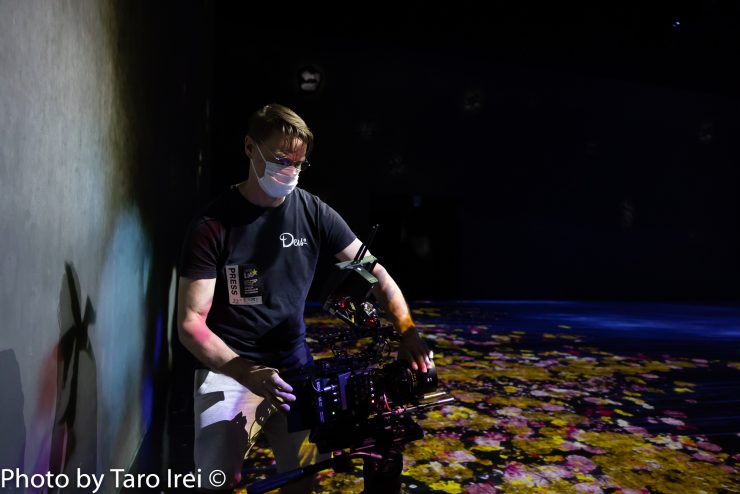
I like to take as much as possible out of the equation when evaluating the camera. I don’t want to shoot in super-controlled environments, I don’t want to use lots of lighting, and I don’t want to shoot with a ton of equipment and plenty of people to help me out. To test a camera I like to strip it down to the basics. In controlled environments, you can tailor the conditions to the camera you are using, but in uncontrolled conditions, the camera has to be able to perform no matter what you throw at it. This is where, at least in my opinion, the ALEXA 35 excels.
I used the ALEXA 35 for a couple of TVCs where I had to shoot a lot of the content in very challenging lighting environments where there were very high dynamic range scenes with a lot of mixed lighting. I was extremely impressed by the results I could obtain. This is a camera that you can throw anything at and still achieve excellent results.
Now, I can’t show you any of this footage because it hasn’t gone to air yet.
At the end of the day, it is still just a camera
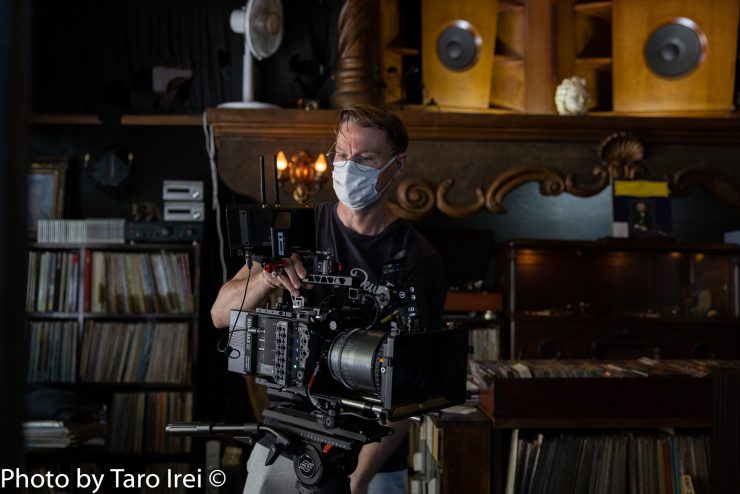
The ALEXA 35 is an extraordinarily good camera. Is it the perfect camera, of course not. This is not a camera that is going to suit everyone. At the end of the day, it up to the person using the camera to take the pictures. You could buy a race car, but if you’re not a race car driver you are not going to be able to win any races. A camera is just a tool. Having a good tool is always helpful, but it is still just a tool. You work within the confines of what equipment you are using.
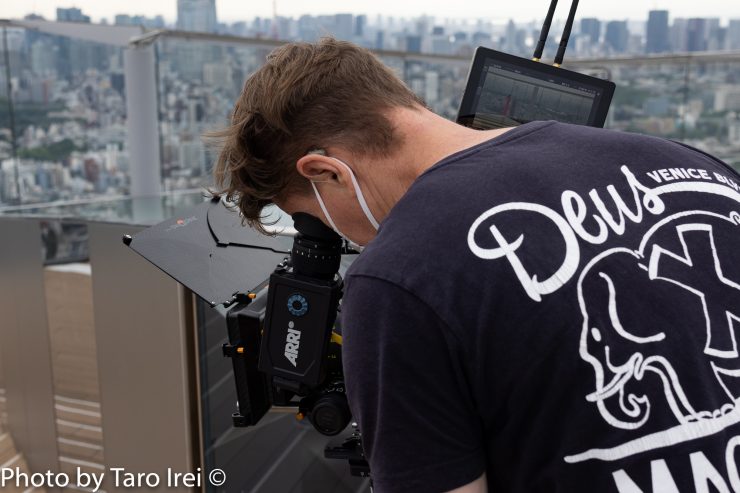
The additional latitude you get over the original Mini, coupled with a better design, more user buttons, better processing, and better low light performance, shows just what a few years of R&D can do. Anyone who thinks this is just a mildly updated ALEXA Mini is severely underestimating just how good the improvements are.
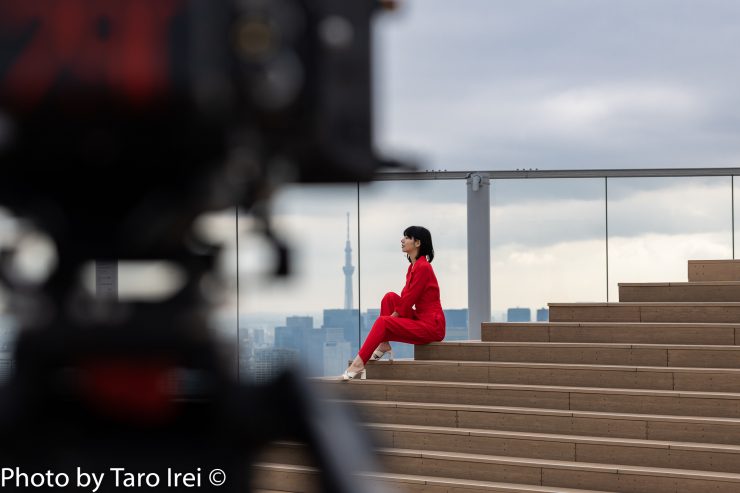
The ALEXA 35 is very easy to use and the results you get are impressive. It is far and away the best camera I have ever used when it comes to straight image quality, although the Mini LF certainly gives it a run for its money. The highlight retention, dynamic range, color accuracy, and usability are all excellent. No matter what you throw at it, the footage always seems to look good. It is also so easy to grade and deal with the footage after you have finished shooting. I personally don’t tend to shoot RAW very often, and with this camera, I would probably be shooting most of my material in ProRes 4444/4444 XQ.
If you can’t produce good results with any of today’s digital cinema cameras then you are probably in the wrong occupation.
At the end of the day, a camera is just a tool, and it is up to the user to get the best results out of it. The camera doesn’t frame up a shot or capture material for you. Without having someone who knows how to use it, it is just an expensive doorstop.
Buying an ALEXA 35 or any high-end digital cinema camera isn’t suddenly going to make you a top tier cinematographer.
Almost any camera on the market today is capable of producing great results in the right hands. The gap between high-end digital cinema cameras and mirrorless hybrids, at least when it comes to image quality, is not nearly as big as it once was.
Is shooting S35 a benefit or a hindrance?
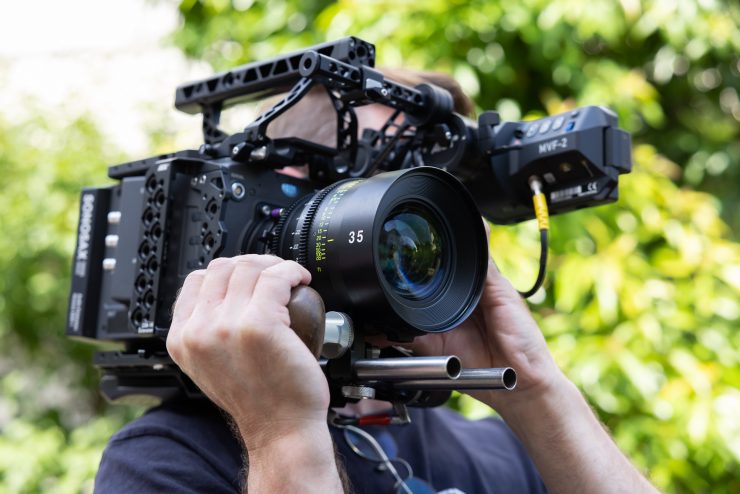
Well, it’s both. It really depends on what you are shooting. I love the ability to get ultra-wide, undistorted shots with a full frame or larger sensor, but on the other hand, I like the extra reach, and more affordable and lightweight lens options there are when shooting on an S35 camera. With the ALEXA 35, I was able to use all of my existing S35 zooms from Fujinon and Angeniuex, which is something I couldn’t do with the ALEXA Mini LF.
There really aren’t that many full-frame cinema zoom lenses out there on the market that have a long reach. If you are shooting documentaries or wildlife on a full-frame sensor you are going to lose that added length you get when shooting S35.
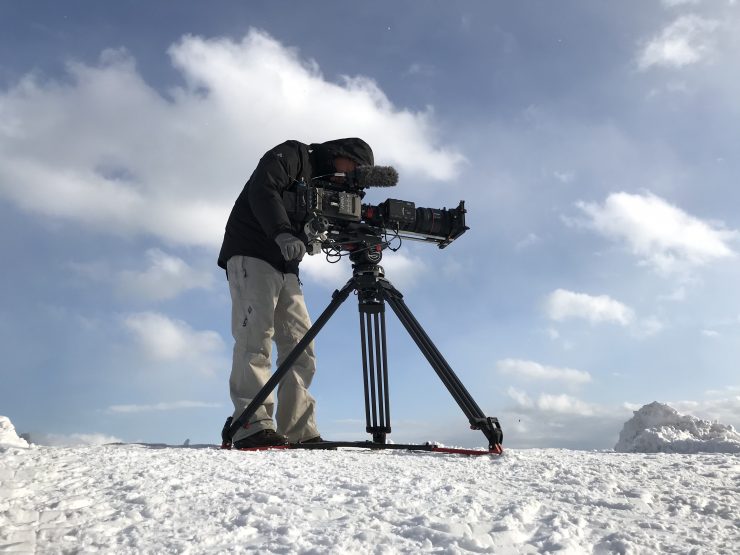
For instance, I can’t use the Canon Canon CINE-SERVO 50-1000mm without using some sort of adaptor or cropping the image in post. The benefit of some full frame cameras is that they do have dedicated S35 shooting modes so you could arguably get the best of both worlds.
The other problem with full-frame and shooting in 4K and above resolutions is your focus has to be spot on, otherwise, it looks horrible. It is very easy, especially if you want to shoot fairly wide open, to mess up the focus if you are not careful. I found that on occasion when I was using the ALEXA Mini LF I was getting images that were a little soft because I wasn’t checking the focus closely enough.
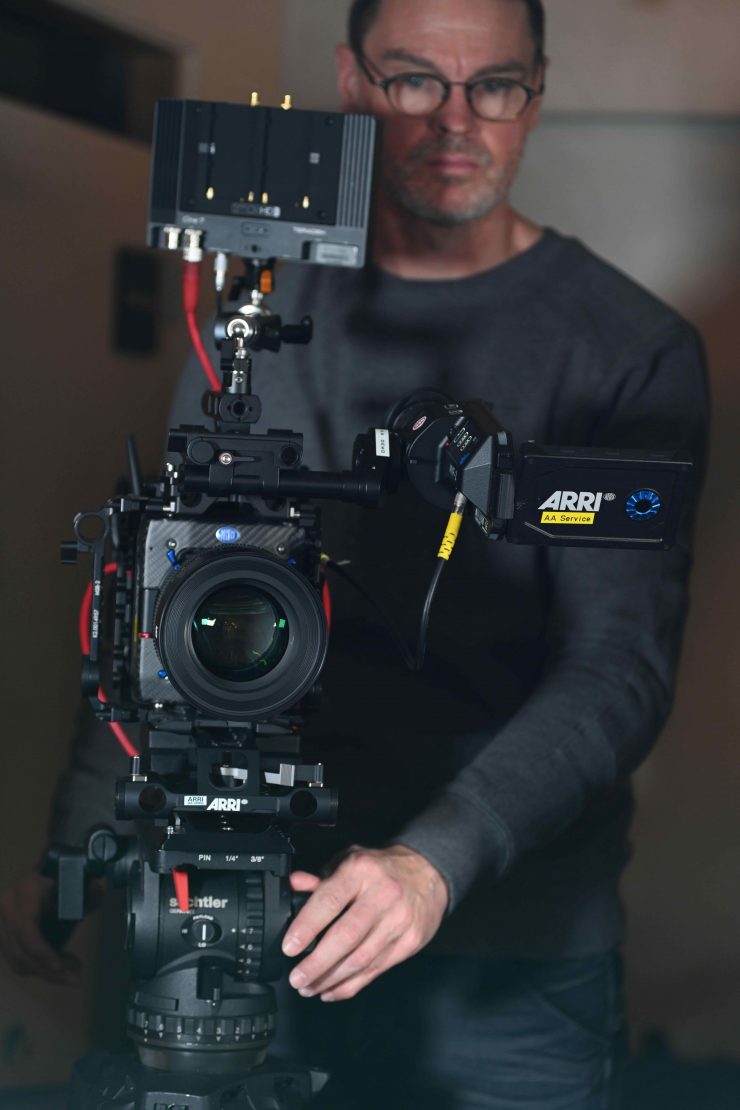
If you chose the ALEXA Mini LF over the ALEXA 35, you could, of course, use a smaller area of the sensor with certain S35 lenses if you need to, but the majority of S35 glass won’t cover that sensor. The Mini LF does have S35 modes now, since the release of Mini LF SUP 7.0. Below you can see what they are.
ALEXA Mini LF Super 35 Recording Formats
These Super 35 (S35) recording formats allow the use of an ALEXA Mini LF instead of or alongside an ALEXA Mini with identical recording formats. The same workflow can then be used for Mini LF and Mini (except that Apple ProRes has an .mxf container on Mini LF and a .mov container on Mini). If all you need is the S35 sensor area, these new formats also provide a lower data rate than the LF formats. Please note that these S35 recording formats, like their equivalents in the ALEXA Mini, are not Netflix 4K approved.
MXF/ARRIRAW 3.4K S35 3:2 – 3.4K
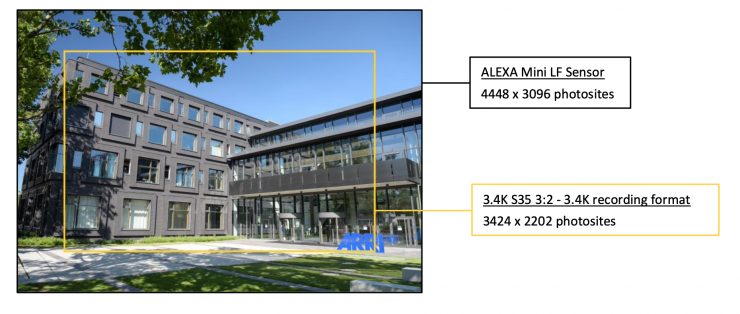
This format is great for shooting with many S35 lenses. This is the most flexible format for S35 projects and used by many feature films, drama series and commercials. The maximum frame rate of this Mini LF recording format (60 fps) is twice that of the same recording format on the ALEXA Mini (30 fps).
MXF/Apple ProRes 3.2K S35 16:9 – 3.2K
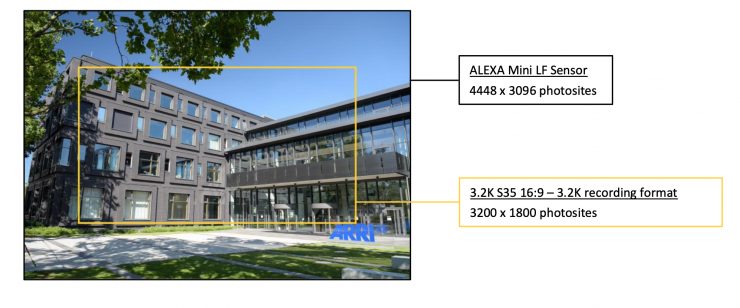
Very popular for drama series and commercials without a 4K sensor resolution mandate, this format is ideal for shooting with most spherical S35 lenses for a 16:9 target deliverable. Using fewer photosites than S35 Open Gate reduces the data rate by 76%. Various post workflows are possible: for instance, if cropping to an HD image, this format provides ample extra resolution for resizing, repositioning, rotating, stabilizing, or tracking in post. Alternatively, up-sampling to UHD in post is easy and delivers great results. The maximum frame rate of this Mini LF recording format (75 fps) is higher than the same recording format on the ALEXA Mini (60 fps).
MXF/Apple ProRes 2.8K S35 4:3 – 2.8K
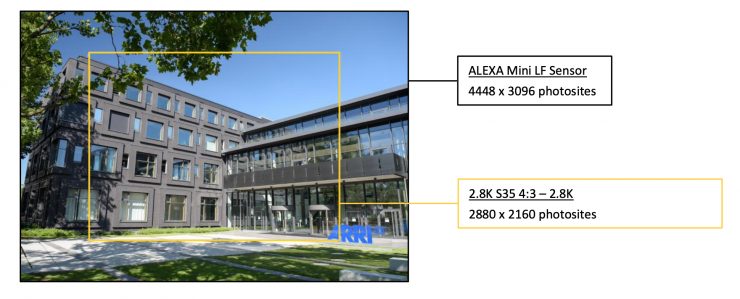
This format is designed for shooting with anamorphic S35 2x lenses for a target deliverable of 2.39:1 or for shooting with spherical S35 lenses for a target deliverable of 1.85:1 with extra room above and below the image. This is a popular format for the S35 ALEXA cameras, and was chosen to be included in Mini LF SUP 7.0 instead of the S35 6:5 as it provides a lot more flexibility for only a slightly increased data rate. The maximum frame rate of this Mini LF recording format (75 fps) is higher than the same recording format on the ALEXA Mini (50 fps). Please note that the recorded file container (border of black pixels around the image) differs in this format in size from the equivalent ALEXA Mini format.
MXF/Apple ProRes 2.8K S35 16:9 – HD
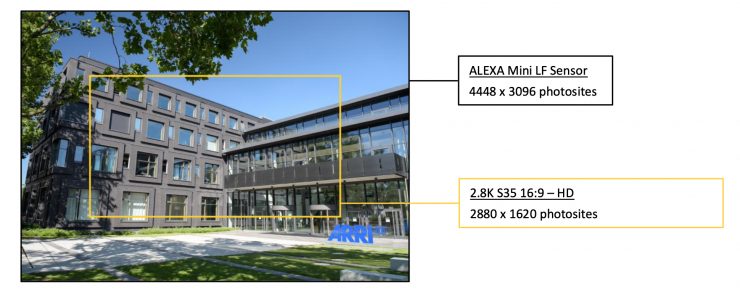
This was the first recording format ever released with the ALEXA Classic EV in 2010. It allows for shooting with any spherical S35 lens (they all cover the sensor area of 2880 x 1620), with a target deliverable of 16:9 HD (1920 x 1080). This is your format of choice if you want the quickest way to an HD deliverable with a super low data rate and the assurance that the sensor area is covered by any S35 lens. The maximum frame rate of this Mini LF recording format (100 fps) is lower than that of the same recording format on the ALEXA Mini (200 fps).
Remote Control
The ALEXA 35 can be remotely controlled in a variety of ways:
- ARRI Camera Companion App
- The Hi-5 3-axis hand unit for wireless remote lens and camera control
- The Wireless Compact Unit WCU-4 is a sophisticated, feature-rich and user-friendly 3-axis hand unit for wireless remote lens and camera control. It includes an integrated lens data display and offers extended ALEXA camera control.
- The Single Axis Unit SXU-1 controls a single lens axis. On set the SXU-1 perfectly complements the 3-axis WCU-4 as a separate iris control unit, or it can be used on its own, offering a low cost option to productions that do not need multi-axis wireless lens control.
- By connecting the Multi Viewfinder MVF-2 with a 10 m/33 ft VF cable to the ALEXA 35 the viewfinder becomes a handy remote control for all camera functions as well as a monitor for the live image the camera is capturing.
- The ALEXA 35 can be controlled wirelessly (over WiFi) or by cable (ETH connector) from a computer, tablet or smart phone running a web browser with the web remote.
- The Operator Control Unit OCU-1 is an addition to the WCU-4 lens control system on ALEXA Mini, ALEXA LF, ALEXA Mini LF, and ALEXA 35 that connects to the camera via an LBUS cable. The OCU-1 enables operators to over-ride and return focus, iris, and zoom controls at the touch of a button.
- The Master Grips combine effective camera stabilization with comprehensive lens and camera control. They connect to the camera via LBUS cables.
Color Management & Image Processing
The camera supports ARRI Look Files available for SDR, HDR PQ, and HDR HLG. The ARRI ALEXA 35 offers 18-bit linear in-camera image processing
ARRIRAW and ProRes files are very straightforward and easy to use.
For ARRIRAW files you simply import them into the new ARRI Reference Tool, or you can use other compatible software such as Davinci Resolve or Baselight.
The camera is capable of capturing and storing a ton of different metadata.
The footage the camera produces is so easy to work with. I would go as far as to say that an ALEXA 35 file is incredibly easy to grade.
With the majority of footage I took, if I wanted to, I could literally just place the same viewing LUT I was using on the footage and it looks great. This is nice to be able to do if you need to turn material around quickly and it isn’t going to be graded by anyone.
This is an ALEXA Mini replacement
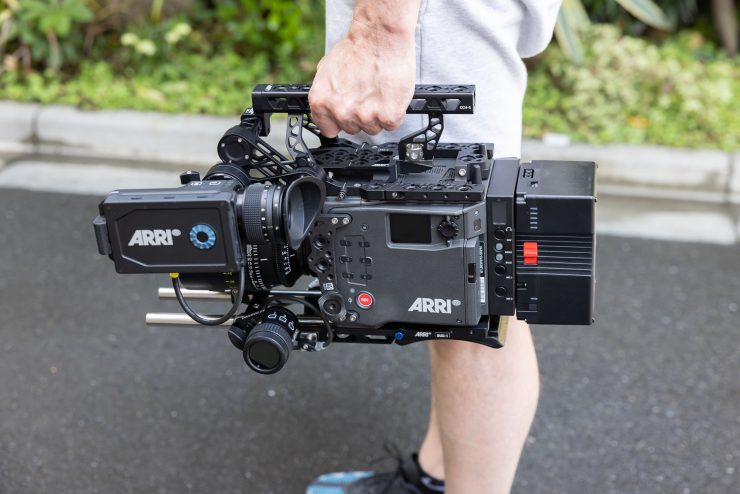
The ALEXA 35 is the ALEXA Mini replacement. ARRI is longer accepting orders for the ALEXA Mini. The camera has been superseded by the ALEXA Mini LF and the ALEXA 35.
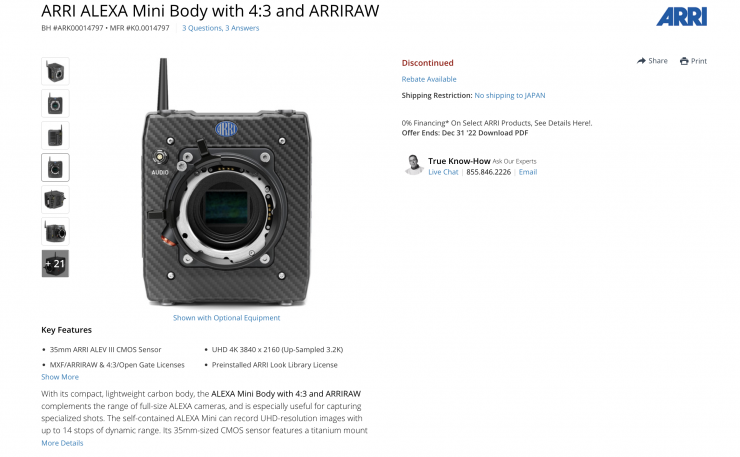
ARRI announced the ALEXA Mini back in 2015. It was a shrunken down version of the ALEXA with the same sensor with excellent dynamic range and fabled ‘ALEXA look’. The camera was designed with fast and flexible filmmaking in mind. At the time ARRI had no idea just how popular the camera would become. The ALEXA Mini was and is still being used on major productions all over the world.
What does this mean for existing ALEXA Mini owners?
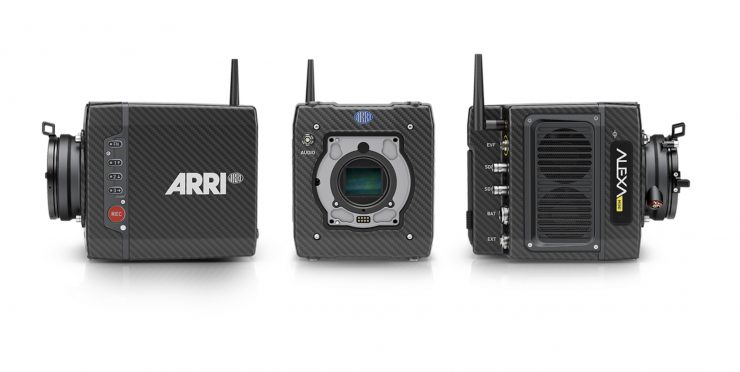
ARRI will still continue to sell the viewfinder, recording media, and licenses. They will also continue to manufacture spare parts and offer service for the camera, for many years. You don’t have to worry if you own any ARRI camera, the company can still repair, refurbish and calibrate the ALEXA Classic from 12 years ago.

Although you won’t be able to buy a brand new ALEXA Mini anymore, you will still be able to buy a refurbished or ex-demo one through ARRI CPO (Certified Pre-Owned).
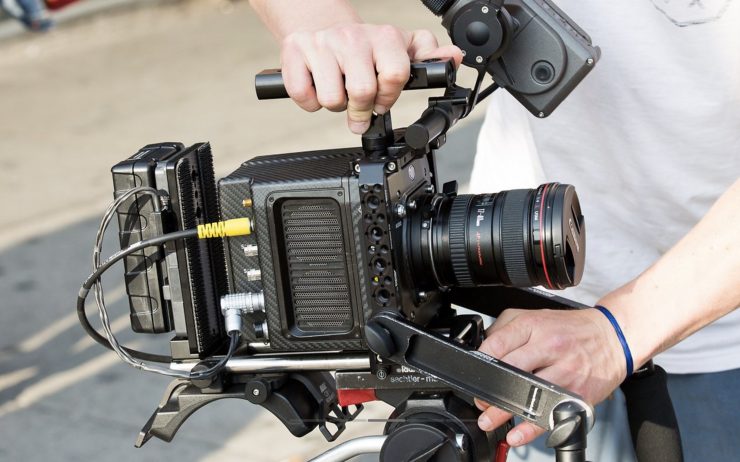
If you think you will suddenly be able to pick up a used ALEXA Mini for $10K you are sadly mistaken. The camera still holds its value incredibly well and most second versions still sell for upwards of $40,000 USD.
Do existing ALEXA Mini accessories still work?

In short no. There are some ALEXA Mini accessories that will still fit and work on the ALEXA 35, but the majority of components won’t.
What does this mean for the AMIRA?
That is a good question. I have a strong feeling that we won’t see another AMIRA, especially since ARRI now has an audio module available for the ALEXA 35. I think the ALEXA 35 is both an AMIRA and an ALEXA Mini replacement.
I would love to see the new sensor in an updated AMIRA, but I don’t think that will happen. Even though at least in my personal opinion, the AMIRA features the best form factor for shoulder-mounted work, the industry trend has been to bring out smaller-sized box-style cameras and then build them up if they need to be shoulder-mounted.
Price & Availability
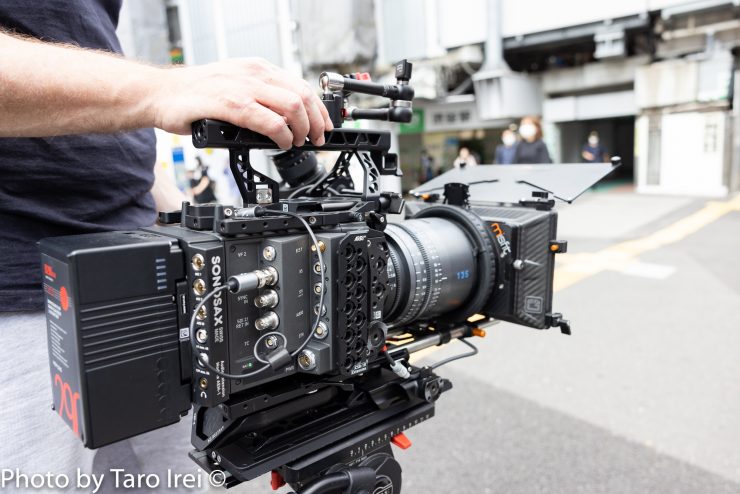
The price of the ALEXA 35 is not for the faint-hearted, but you have to clearly remember that this is a high-end digital cinema camera and it is not a product that will sell in huge numbers. Here are the prices:
K0.0041726 ALEXA 35 Production Set (19mm Studio): $77,940 USD (€71,500)
Includes:
- K1.0039373 1x ALEXA 35 camera body
- 10.0043678 1x ALEXA 35 Cine License
- K2.0018983 1x ARRI LPL Mount (LBUS)
- K2.0016936 1x ARRI PL-to-LPL Adapter
- K2.0034180 1x Balance Utility Dovetail BUD-1
- K2.0023751 1x B-Mount Battery Adapter
- K2.0020916 1x Multi Viewfinder MVF-2
- K2.0042857 2x Cable VF Right Angle (0.5m/1.5ft)
- K2.0024101 1x Power Distribution Module PDM-1
- KK.0041533 1x Production Support Set – Top
- KK.0041534 1x Production Support Set – Side
- KK.0041535 1x Production Support Set – Bottom (19mm)
K0.0041722 ALEXA 35 Lightweight Set: $75,100 USD (€68.900)
Includes:
- K1.0039373 1x ALEXA 35 camera body
- 10.0043678 1x ALEXA 35 Cine License
- K2.0018983 1x ARRI LPL Mount (LBUS)
- K2.0016936 1x ARRI PL-to-LPL Adapter
- K2.0034180 1x Balance Utility Dovetail BUD-1
- K2.0023751 1x B-Mount Battery Adapter
- K2.0020916 1x Multi Viewfinder MVF-2
- K2.0042857 2x Cable VF Right Angle (0.5m/1.5ft)
- K2.75007.0 1x Camera Power Cable Straight 2m/6.6in KC-50
- KK.0041537 1x Lightweight Support Set – Top
- KK.0041538 1x Lightweight Support Set – Side
- KK.0041539 1x Lightweight Support Set – Bottom
K0.0041724 ALEXA 35 Body & ARRI LPL Mount Set: $64,880 USD (€60.800)
- K1.0039373 1x ALEXA 35 camera body
- 10.0043678 1x ALEXA 35 Cine License
- K2.0034180 1x Balance Utility Dovetail BUD-1
- K2.0023751 1x B-Mount Battery Adapter
- K2.0018983 1x ARRI LPL Mount (LBUS)
- K2.0016936 1x ARRI PL-to-LPL Adapter
Pl;ease note that none of these sets include recording media, media dock/reader, batteries or lenses, which should be ordered separately.
As a comparison, below is what the ARRI ALEXA Mini LF costs:
- The ARRI ALEXA Mini LF Digital Cinema Camera Body $68,820.00 USD
- ARRI ALEXA Mini LF Camera & Lens Mount Set $70,300 USD
Accessory Costs
- The MVF-2 EVF costs $8,030 USD
- A 1TB Codex Compact Drive costs $2,490 USD
- Codex Compact Drive Reader (USB-C) $690 USD
- Codex Compact Drive Adapter $550 USD
You do need to factor in the cost of media, batteries, and battery chargers if you plan on purchasing an ALEXA 35. The cost of a reasonable amount of media and new batteries will run you north of $10,000 USD.
Competition
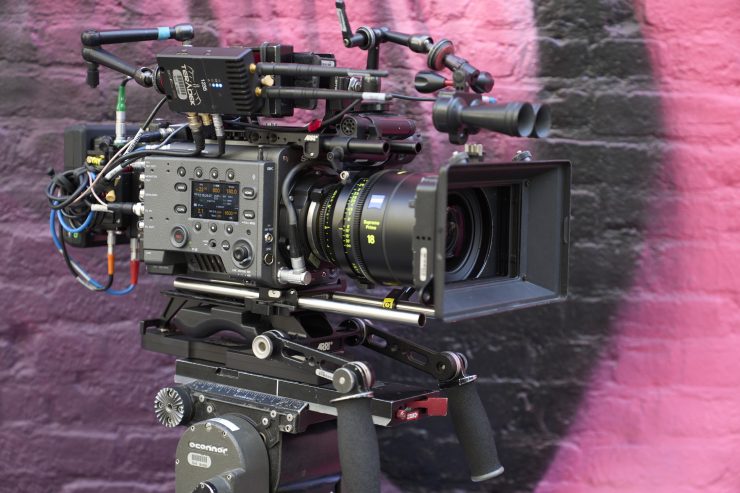
As far as competition is concerned, that is a hard one. Apart from RED, nobody else is making a high-end S35 digital cinema camera, although cameras such as the Sony VENICE 2 and RED V-RAPTOR could also be viewed as competition.
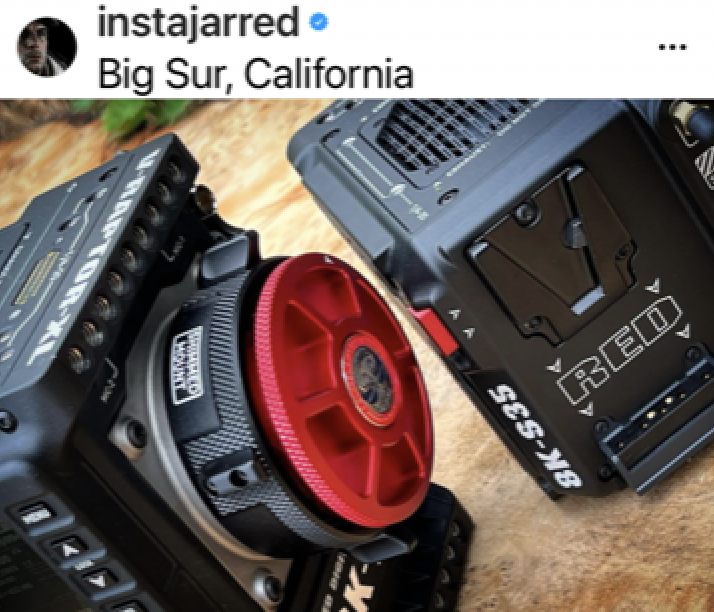
RED recently announced that there will be an 8K S35 variant of V-Raptor, but it is unclear whether that will have the form factor of the regular V-Raptor body or the XL.
Camera choice comes down to using the right tool for the right job. A VENICE 2 might be the right choice for one project and a RED V-RAPTOR could be the right choice for another. There is no such thing as the perfect camera and there is not one camera system that is perfect for every scenario.
How will the ALEXA 35 be received?
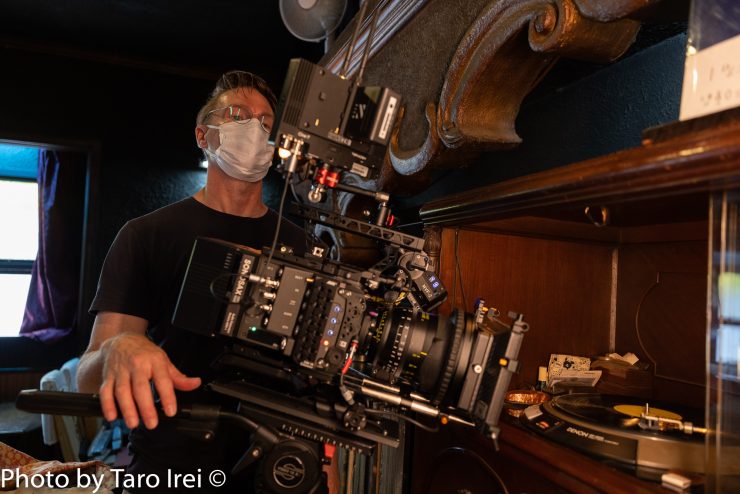
The ALEXA Mini LF has been an extremely popular camera and ARRI has struggled to keep up with the demand. They still have more orders than they can currently fulfill. I would imagine that the ALEXA 35 will also be a very popular camera. Everyone loves the image, reliability and simplified operation of the ALEXA Mini and Mini LF, and I am sure those same people will like the ALEXA 35. ARRI’s goal with any camera is to make sure it has the same best image quality full stop. This is why they don’t chase resolution and have numerous shooting modes that don’t come with caveats.
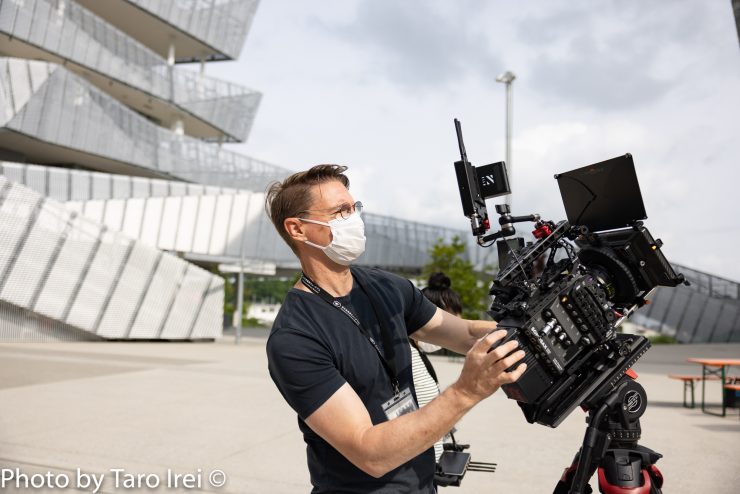
While a lot of people are likely to complain about the incremental improvement in resolution and the high asking price, the actual cinematographers and camera operators that will be using this camera probably won’t. ARRI has been successful because they know the market and they know what their users want. There is a reason the ALEXA Mini and Mini LF are such popular cameras and why ARRI dominates the high-end rental market. They don’t buy into the marketing BS, and they aren’t going to start following companies down the never-ending resolution road. As ARRI has always said, it’s about better pixels, not bigger pixels.
ALEXA 35 Specifications
| Sensor Type | ARRI ALEV IV 4:3 CMOS sensor with Bayer pattern color filter array |
| Sensor Size | 27.99 x 19.22 mm ⌀ 33.96 mm |
| Photosite Pitch | 6.075 μm |
| Sensor Frame Rates | 0.75 – 120 fps |
| Sensor Active Image Area (photosites) | ARRIRAW 4.6K 3:2 Open Gate : 4608 x 3164 4.6K 16:9: 4608 x 2592 4K 16:9: 4096 x 2304 4K 2:1: 4096 x 2048 3.3K 6:5: 3328 x 2790 3K 1:1: 3072 x 3072 ProRes 4.6K 3:2 Open Gate : 4608 x 3164 4.6K 16:9: 4608 x 2592 4K 16:9 Sensor Mode- 4K: 4096 x 2304 4K 16:9 Sensor Mode- UHD: 4096 x 2304 4K 16:9 Sensor Mode- 2K: 4096 x 2304 4K 16:9 Sensor Mode- HD: 4096 x 2304 4K 2:1 Sensor Mode- 4K: 4096 x 2048 3.3K 6:5 Sensor Mode- 3.3K: 3328 x 2790 3.3K 6:5 Sensor Mode- 4K 2.39:1 2x Ana: 3328 x 2790 3K 1:1 Sensor Mode- 3K: 3072 x 3072 3K 1:1 Sensor Mode- 3.8K 2:1 Ana: 3072 x 3072 2.7K 8:9 Sensor Mode- UHD 16:9 Ana 2x: 2743 x 3086 2K 16:9 S16 Sensor Mode- 2K: 2048 x 1152 |
| Sensor Active Image Area (dimensions) | ARRIRAW 4.6K 3:2 Open Gate : 27.99 mm x 19.22 mm (Ø 33.96 mm) 4.6K 16:9: 27.99 mm x 15.75 mm (Ø 32.12 mm) 4K 16:9: 24.88 mm x 14.00 mm (Ø 28.55 mm) 4K 2:1: 24.88 mm x 12.44 mm (Ø 27.82 mm) 3.3K 6:5: 20.22 mm x 16.95 mm (Ø 26.38 mm) 3K 1:1: 18.66 mm x 18.66 mm (Ø 26.39 mm) ProRes 4.6K 3:2 Open Gate: 27.99 mm x 19.22 mm (Ø 33.96 mm) 4.6K 16:9: 27.99 mm x 15.75 mm (Ø 32.12 mm) 4K 16:9 Sensor Mode- 4K: 24.88 mm x 14.00 mm (Ø 28.55 mm) 4K 16:9 Sensor Mode- UHD: 24.88 mm x 14.00 mm (Ø 28.55 mm) 4K 16:9 Sensor Mode- 2K: 24.88 mm x 14.00 mm (Ø 28.55 mm) 4K 16:9 Sensor Mode- HD: 24.88 mm x 14.00 mm (Ø 28.55 mm) 4K 2:1 Sensor Mode- 4K: 24.88 mm x 12.44 mm (Ø 27.82 mm) 3.3K 6:5 Sensor Mode- 3.3K: 20.22 mm x 16.95 mm (Ø 26.38 mm) 3.3K 6:5 Sensor Mode- 4K 2.39:1 2x Ana: 20.22 mm x 16.95 mm (Ø 26.38 mm) 3K 1:1 Sensor Mode- 3K: 18.66 mm x 18.66 mm (Ø 26.39 mm) 3K 1:1 Sensor Mode- 3.8K 2:1 Ana: 18.66 mm x 18.66 mm (Ø 26.39 mm) 2.7K 8:9 Sensor Mode- UHD 16:9 Ana 2x: 16.66 mm x 18.75 mm (Ø 25.08 mm) 2K 16:9 S16 Sensor Mode- 2K: 12.44 mm x 7.00 mm (Ø 14.27 mm) |
| Exposure Latitude | 17 stops |
| Exposure Index | Adjustable from EI 160-3200 in 1/3 stops EI 800 base sensitivity |
| Shutter | Electronic shutter, 5.0°- 356° or 1s – 1/8000s |
| Recording Formats | MXF/ARRIRAW MXF/Apple ProRes 4444 XQ MXF/Apple ProRes 4444 MXF/Apple ProRes 422 (HQ) |
| Recording Media | Codex Compact Drives |
| Recording Frame Rates | ARRIRAW 4.6K Open Gate: 0.75 – 75 fps 4.6K 16:9: 0.75 – 75fps 4K 2:1: 0.75 – 120fps 3.3K 6:5: 0.75- 120fps 3K 2:1: 0.75 – 100fps ProRes 4.6K Open Gate: 0.75 – 60 fps 4K: 0.75- 75fps 4K 2.39:1 2x Ana: 0.75 – 90fps UHD 16:9: 0.75 – 120fps UHD 16:9 2x Ana: 0.75 – 100fps 3.8K 2:1 2x Ana: 0.75 – 100fps 3.3K: 0.75 – 3K: 0.75 – 90fps 2K: 0.75 – 120fps HD: 0.75 – 120 fps |
| Recording Modes | Standard real-time recording Pre-recording |
| Viewfinder Type | Multi Viewfinder MVF-2 with 4″ flip-out monitor |
| Viewfinder Technology | OLED viewfinder display LCD fold out monitor |
| Viewfinder Diopter | Adjustable from -5 to +5 diopters |
| Viewfinder Resolution | 1920×1080 |
| Color Output | Rec 709 Rec 2020 LogC 4 Custom Look (ARRI Look File ALF-3) |
| Look Control | Import of custom 3D LUT |
| White Balance | Manual and auto white balance, adjustable from 2000K to 11000K in 10K steps Color correction adjustable range from -16 to +16 CC 1 CC corresponds to 035 Kodak CC values or 1/8 Rosco values |
| Filters | Built-in motorized ND filters 0.6, 1.2, 1.8 Fixed optical low pass, UV, IR filter |
| Image Outputs | VF 1: First viewfinder connector VF 2 Second viewfinder connector SDI 1 Completely independent (1.5G, 3G, 6G, or 12G) SYNC IN Genlock: analog black burst or tri-level SDI 2/RET IN Completely independent (1.5G, 3G, 6G, or 12G) or return in (1.5G or 3G) |
| Lens Squeeze Factors | 1.00 1.25 1.30 1.50 1.65 1.80 2.00 |
| Exposure and Focus Toolsr | False Color Zebra Zoom Aperture and Color Peaking |
| Audio Input | 1x LEMO 6pin balanced stereo line in with 12V power output (Line input max. level +24dBu correlating to 0dBFS) |
| Audio Output | SDI (embedded) 3.5mm stereo headphone jack (on MVF-2) |
| Audio Recording | 4 channel linear PCM, 24 bit 48 kHz |
| Remote Control Options | Hi-5 Hand Control Unit MVF-2 viewfinder can act as wired remote control with 10m/33ft cable Web-based remote control from smart phones, tablets and laptops via WiFi & Ethernet Camera Access Protocol (CAP) via Ethernet & WiFi GPIO interface for integration with custom control interfaces WCU-4 and Hi-5 hand-unit with control over lens motors and operational parameters via built-in white radio SXU-1 hand-unit with control over one lens channel OCU-1 and Master Grip control of lens and user buttons |
| Interfaces | LBUS On camera: for ARRI ECS accessories LBUS On LPL Mount: for ARRI ECS accessories SERIAL L-CUBE functions: for UDM-1, Focusbug Cine RT, CE CTM, Ward Sniper) VF 1: First viewfinder connector VF 2 Second viewfinder connector SDI 1 Completely independent (1.5G, 3G, 6G, or 12G) SYNC IN Genlock: analog black burst or tri-level SDI 2/RET IN Completely independent (1.5G, 3G, 6G, or 12G) or return in (1.5G or 3G) TC Timecode in/out (this uses the same cable as the Mini LF) |
| Wireless Interfaces | Built-in WiFi module (IEEE 802.11b/g) Built-in White Radio for ARRI lens and camera remote control |
| Lens Mounts | LPL lens mount with LBUS connector PL-to-LPL adapter PL adapter (LBUS) PL adapter (Hirose) EF Mount (LBUS) |
| Flange Focal Depth | LPL mount: 44 mm with PL-to-LPL adapter: 52 mm |
| Power Input | 20.5V – 33.6V RS Regulated 24V accessory power out 12V Regulated 12V accessory power out |
| Weight | 2.9 kg / 6.4 lb (camera body with LPL lens mount) |
| Operating Temperature | -20° C to +45° C / -4° F to +113° F @ 95% relative humidity max, non condensing, splash and dust proof through sealed electronics |
Final Thoughts
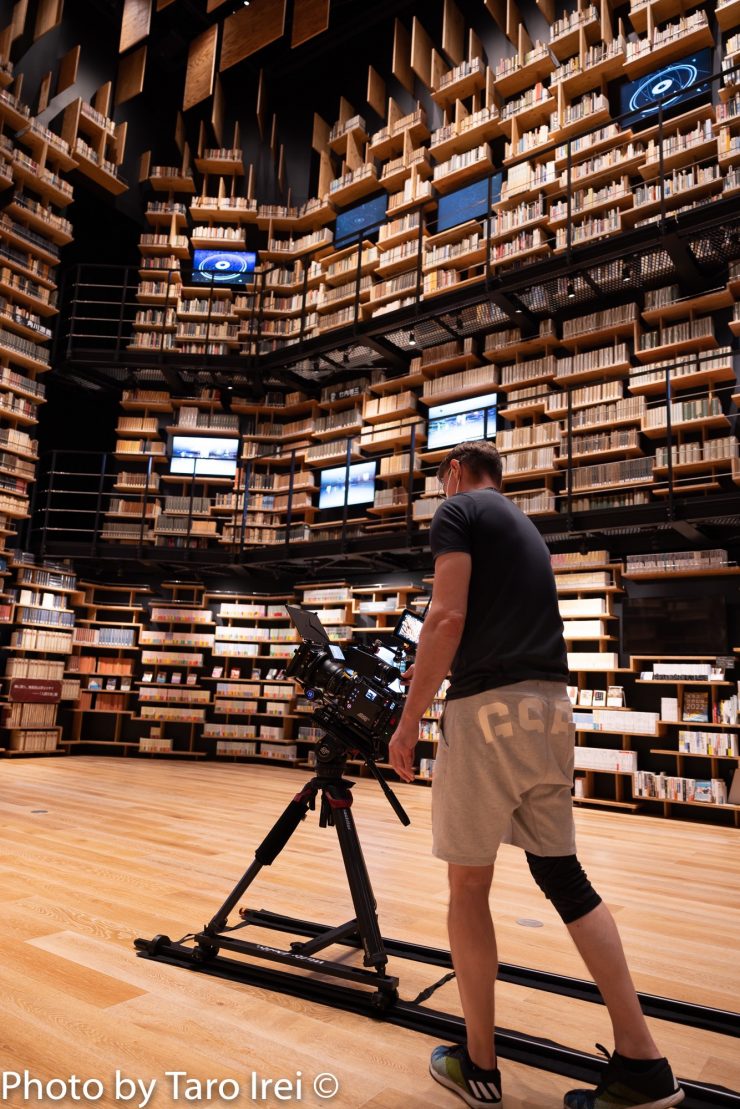
The ALEXA 35 is a very impressive camera and a prime example of why you should never judge a camera from specifications alone. There are plenty of cameras out there that cost considerably less money than have far better specifications on paper. While specifications are all good and well, they almost never tell you the full story about any camera. You have to actually use a camera in the real world in real shooting environments to see how it performs because usability is just as important as image quality.
There are plenty of great cameras out there, and yes, in a lot of controlled conditions, you can make just about any camera look good. Image quality alone is not what makes a great camera, it’s those intangibles that working professionals rely on that set the great cameras apart from the good ones. At the end of the day usability, reliability, customization, workflow, and ease of use; are all things you rarely hear people talking about, but these are the things that ARRI cameras excel at.
The color tonality and highlight rendition are at another level from any camera I have ever used or seen. I thought the Mini LF was superb at highlight handling until I used the ALEXA 35. The colors and overall look of the images you get are extremely pleasing and you don’t have to do much to get a great-looking image. The new sensor and processing provide a great base and all ARRI then had to do was to build a camera around them.
My biggest takeaway from using the camera is that it just looks good no matter what you throw at it. The camera produces such good results that you don’t need to spend much time in post fiddling with the image to try and get it to look nice. This alone is a huge time saver. It doesn’t matter what the lighting conditions are, it just looks good. The ability to shoot in highly contrasty conditions and not have to use as much lighting because the camera won’t clip the highlights gives you a huge safety net to work with. It allows you to spend less time having to solve lighting issues and more time to shoot.
Everybody loves to harp on about the ARRI look, and yes, while that is a huge reason why cinematographers choose ARRI cameras, they also choose them for a host of other reasons.
Cinematographers working on episodic television and feature films can usually choose to use any camera they like, so why do so many end up choosing ARRI? Well, mainly for all of the reasons I have mentioned.
In a world where marketing hype runs rampant and everyone wants to try and blind you with 8K, big specifications, and unrealistic dynamic range figures, the ALEXA 35 just re-iterates what ARRI has always been about, image quality, reliability, and usability. These are the key items DPs look for in a camera.
It is fairly easy to rest on your laurels when you are the predominant camera system being used on high-end episodic TV, commercials, and feature films. In some ways, you could argue that ARRI was only innovating at its own pace, but patience is key. When you had a sensor that was as good as the ALEV there was no point in bringing something out that was worse. Yes, all of the previous cameras were a rift on the same sensor, but if it ain’t broke, don’t fix it. ARRI has spent years and years getting to the point where they felt that they had a good enough new sensor and new color science to place in a new camera.
For ARRI to lose its position as the predominant high-end digital cinema camera choice competing companies can’t just make a camera that is close or just as good as an ARRI, it needs to be a lot better. Like it or not, that is the reality.
Again there is no such thing as a perfect camera and what camera you use is often determined by the type of work you do and what the project entails. Just because the ALEXA 35 is a great camera, doesn’t mean it is a suitable tool for everyone or every job. The best camera is the camera that is best for you.
ARRI has always been in a good position because once your camera’s become a de-facto industry standard, everyone is familiar with how they work, how to use them, and what results they are going to get. There will always be a subconscious urge to use tools that we are familiar with and comfortable with. In saying that, DPs who choose to use ARRI cameras usually have the option to choose any camera system they want. Although, the streaming mandates forced a lot of DPs to use RED and Sony cameras because they couldn’t use a Mini or AMIRA.
The ALEXA 35 is a worthy successor to previous ARRI cameras and the amount of work that went on behind the scenes to create this camera was truly remarkable. I don’t know of too many companies in our industry that would have spent the time obsessing over small details and making sure that they got everything right. In a world where camera manufacturers are pushing out new models so frequently, ARRI takes its time and only releases a camera when they think it is ready.
It has its flaws and faults like any camera, but it offers those intangible elements that very few other cameras can. The dynamic range, color processing, image quality, user experience, and total ecosystem that ARRI provides make the ALEXA 35 a compelling option despite the high price tag.
The ALEXA 35 is a worthy new addition to the ALEXA family, and at least in my personal opinion, they have once again set a benchmark that now all other cameras will be judged by.
If anybody has any questions about the camera please leave a comment below and I will attempt to answer them for you.

